EXCLUSIVELY FOR RAIL INDUSTRY LEADERS

February 2023




Steve Murphy


“Today’s railway is far better because Adrian was one of its leaders for so long”
Emma Porter
Creating an environment for workers to thrive
Warrick Dent

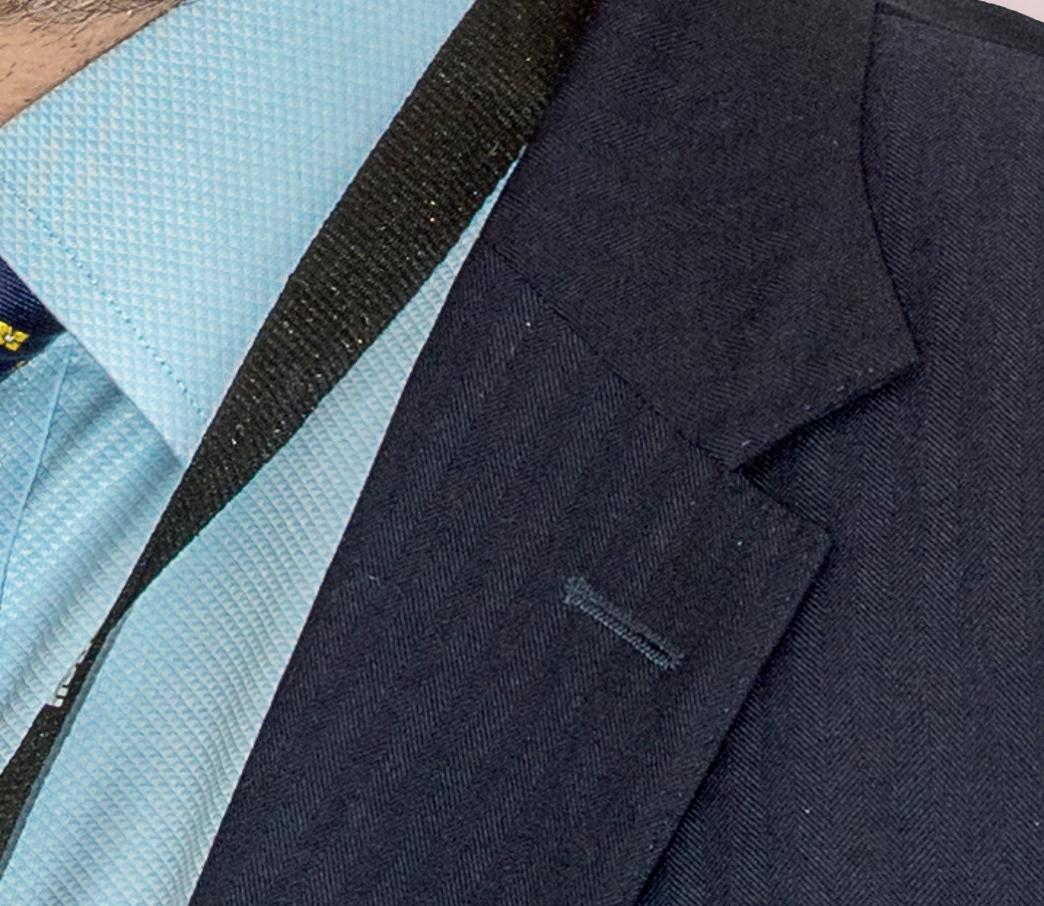

Putting LNER on track to become the UK’s most responsible train operator
Mike Roberts
Why everything falls on communication


NEIL HOLM

New management structure for TRU
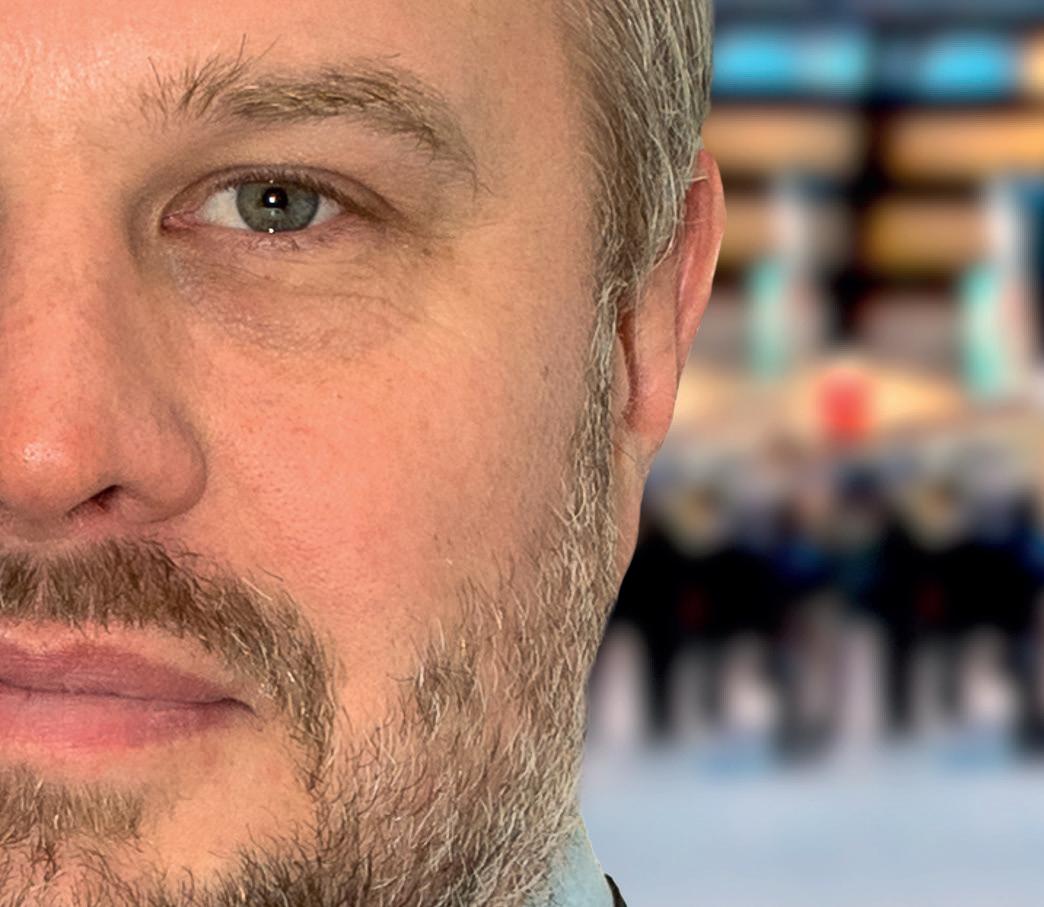
NOWINCLUDING
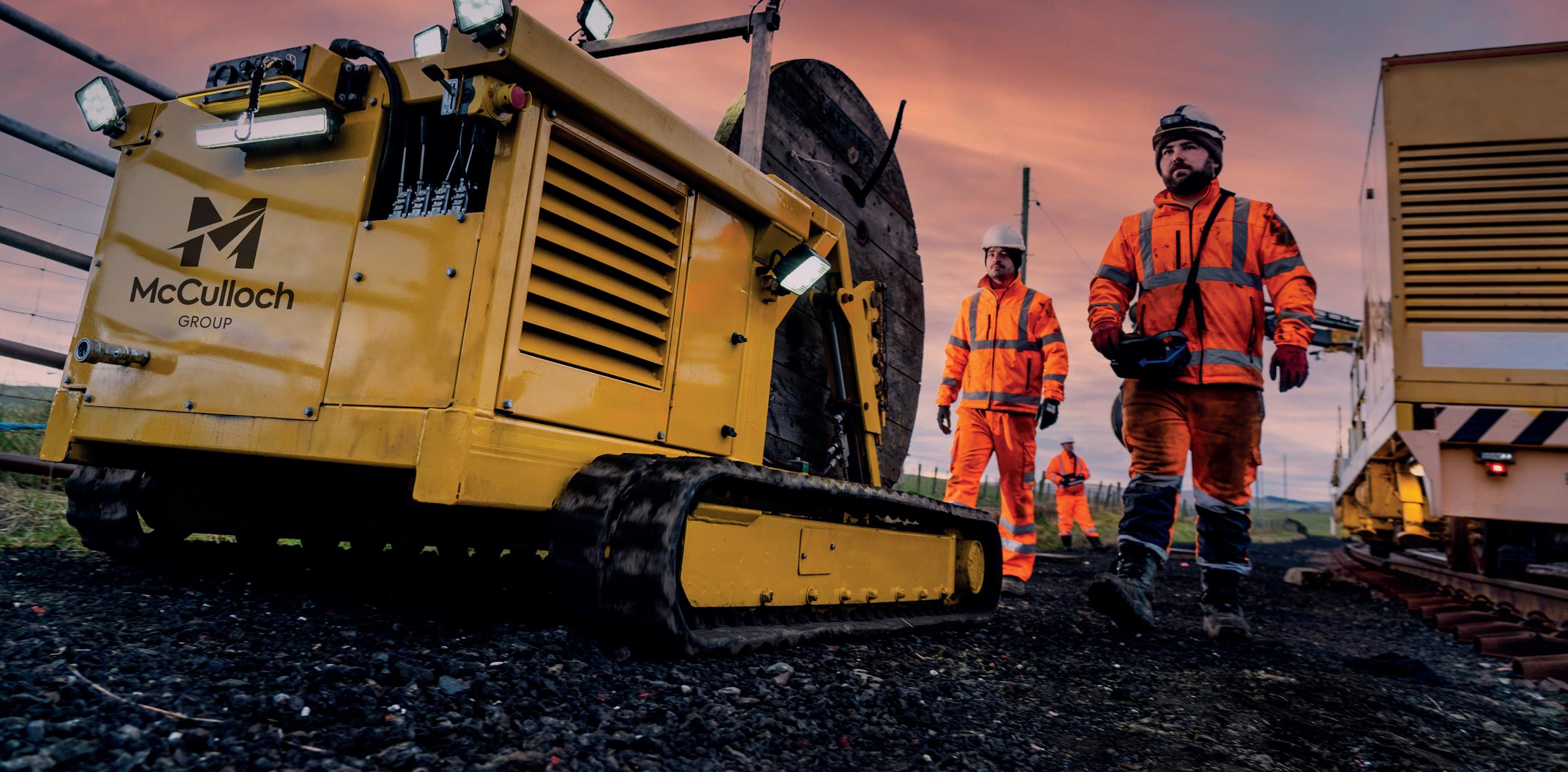









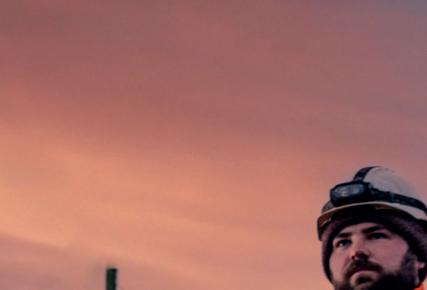

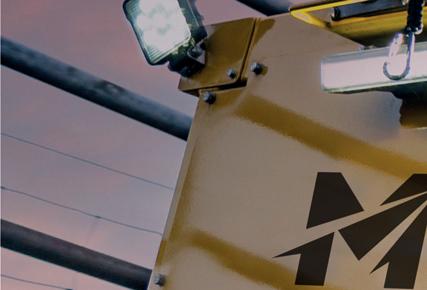
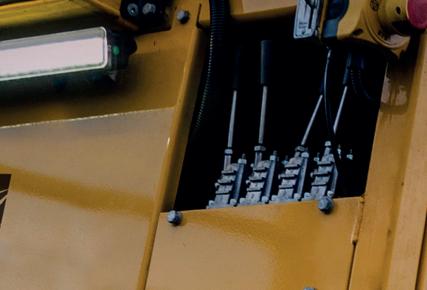
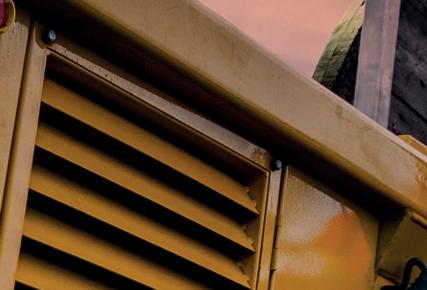

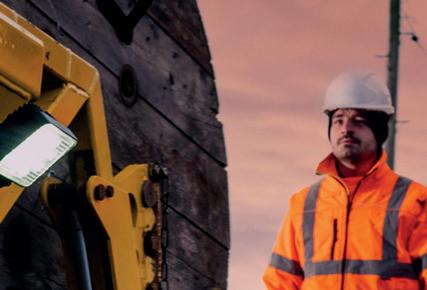
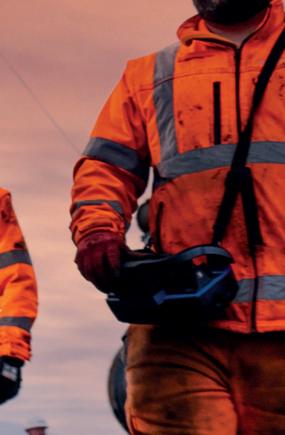
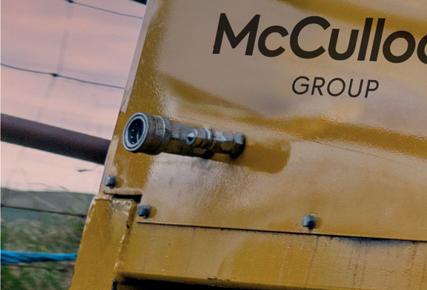
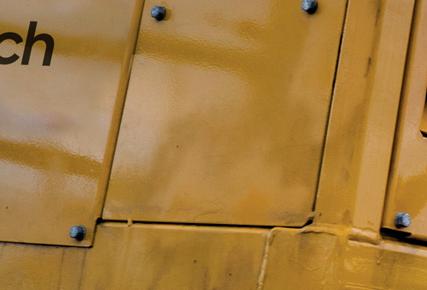
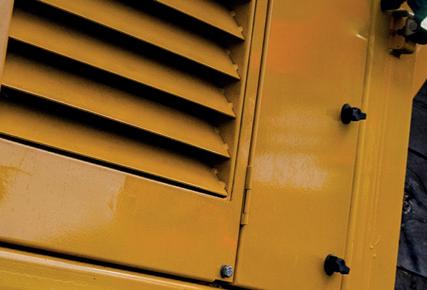
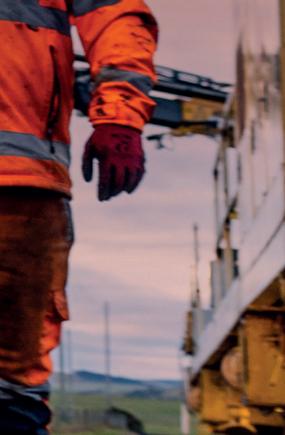
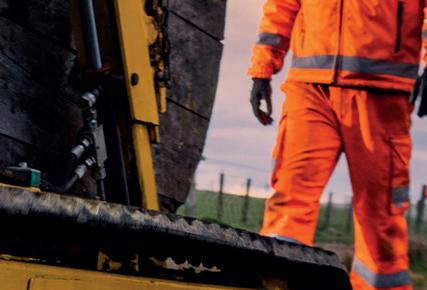
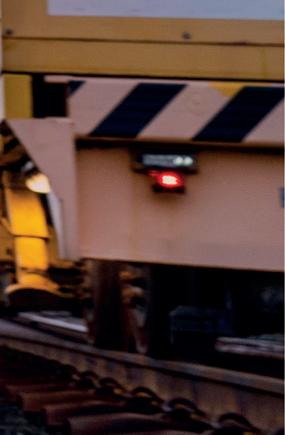
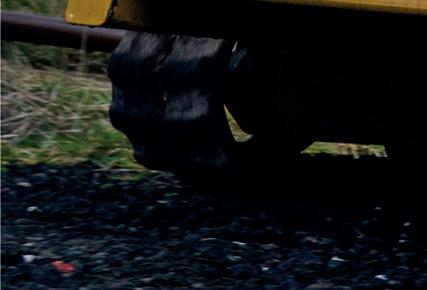
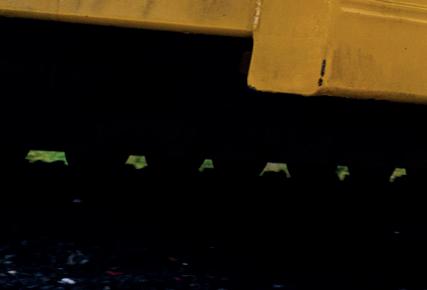
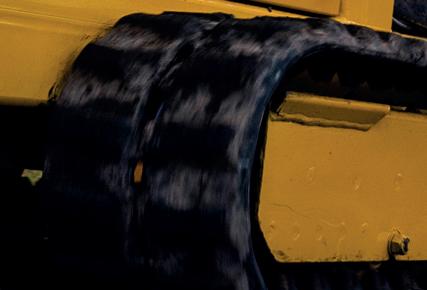
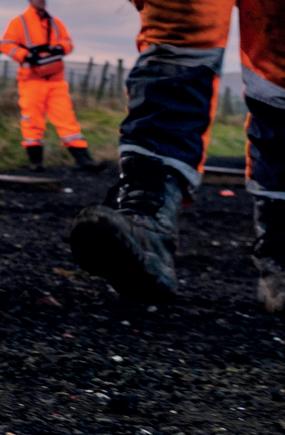



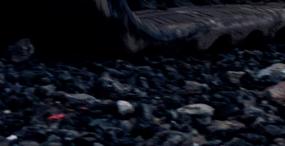




























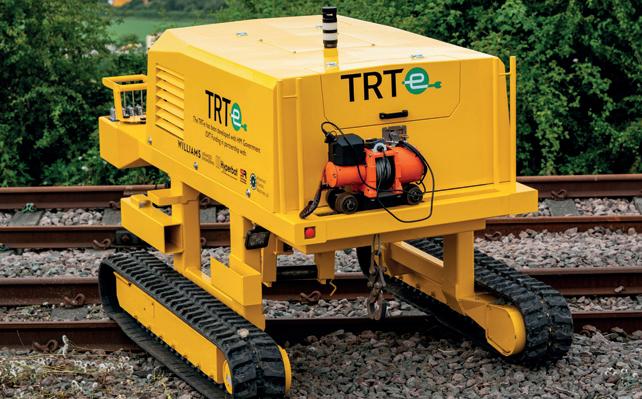
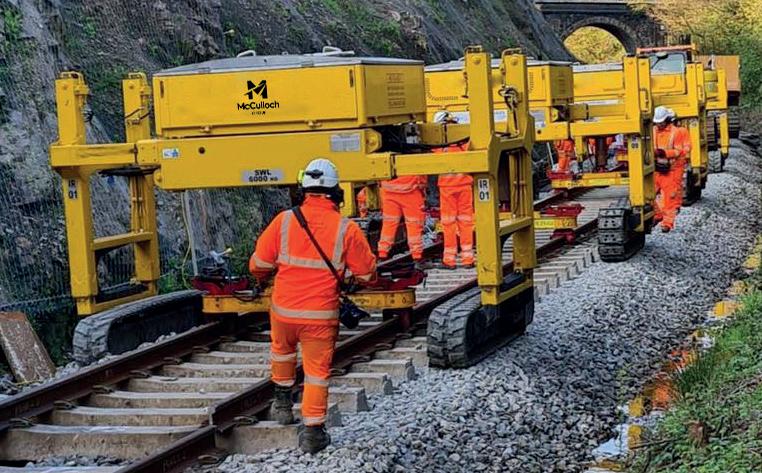
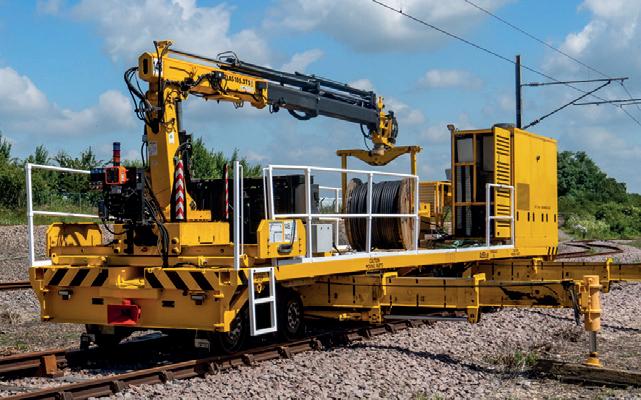
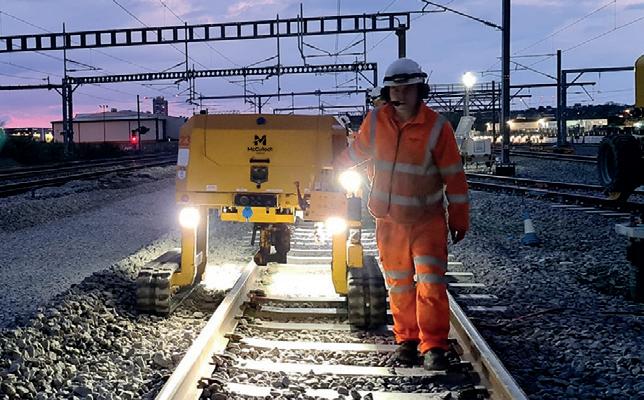 Operated during the day or at night
Operated during the day or at night
Change and innovation


Greetings and welcome to the latest Rail Director. It is only when I take stock of the last month that it hits home how much is currently happening in the UK railways. Among these developments is the Global Centre of Rail Excellence, a fascinating project to create the UK’s first purpose-built railway research, testing and innovation complex. I was delighted to be invited to the centre in January. The site looked stunning with a dusting of snow and the team leading the project really brought to life the vision and its importance, something I will follow with great interest as it progresses.
Like many, I also listened with bated breath to the Transport Secretary Mark Harper’s speech at the George Bradshaw Address. I don’t think there will be many, if any, who don’t agree with his comment that “the railways need fundamental reform” and it was good to hear of a commitment to Great British Railways, changes to fares and the creation of a dedicated Strategic Freight Unit. All very promising, but the proof will be in the progress made in the months and years ahead, and I can’t help but agree with the Rail Industry Association’s call to ensure there is a smooth and visible pipeline of work, with rail suppliers represented in those plans.
I know the speech wasn’t about patting the industry on the back, but I do think for all its issues, there should have been some recognition to the workers who go above and beyond and take an enormous amount of pride in the work being done and the service delivered. I’m in the lucky position of being able to speak to a lot of these individuals about the work they do and their passion in doing it, which takes me nicely to the plug of what to expect in the latest magazine.
This month features the Transpennine Route Upgrade’s managing director Neil Holm on the cover, discussing the project in more detail, as well as the upcoming milestones. Although it is in theory a new role for Neil, he initially joined the programme in January 2021 so is no stranger to the major project. This month we have also spoken with Story Plant’s Emma Porter about her career, and LNER’s Warrick Dent, who discusses the train operator’s Responsible Business Strategy.
During his George Bradshaw Address, the transport secretary paid tribute to Adrian Shooter CBE, highlighting the huge role he played in the growth and modernisation of the railways, so I was pleased that MTR’s chief executive Steve Murphy took time to share his memories of Adrian in an emotional piece. I think he sums up Adrian’s impact well in his comment that “today’s railway is far better because Adrian was one of its leaders for so long.”
Following the success of last month’s edition, I am delighted the magazine also features the brilliant Inside Track, which includes a round-up from editor Nigel Wordsworth on the huge amount of work that was carried out by Network Rail and its suppliers over the Christmas period.
I hope you enjoy this month’s offering and if you would like to get your products or services in front of rail industry leaders in the March edition get in quick, as the available space is running out.



Thanks as always to everyone who has contributed to the magazine and everyone who takes the time to read it. All the best.
Danny Longhorn Editor

Rail Director magazine is part of the Business Daily Group of companies, which includes the hugely popular railbusinessdaily.com. We deliver more than 70 stories a week to +70,000 rail industry professionals who now subscribe to our 7am daily newsletter. Please subscribe and encourage your colleagues and team members to do the same. It’s free and it’s easy: www.railbusinessdaily.com. This is the very best way to keep abreast of what is happening on Britain’s railways. There is a digital copy of Rail Director on our website.

LIFTING JACKS & BOGIE LIFTS
Lifting and inspection equipment you can rely on for all maintenance of rail vehicles.

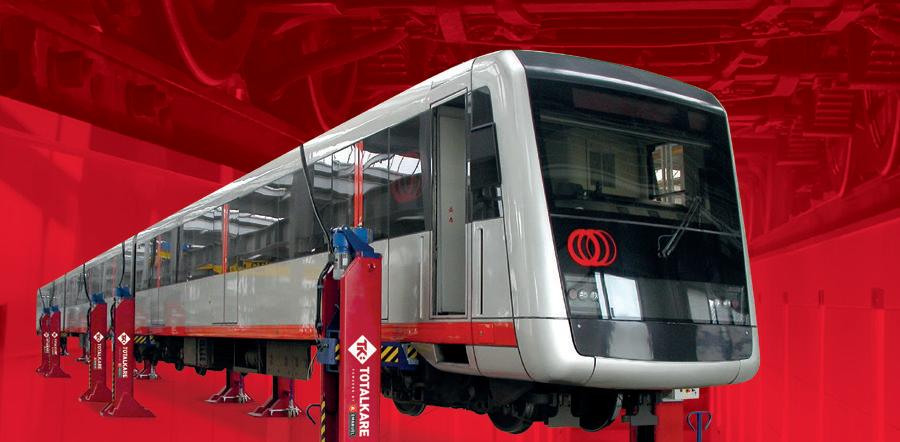

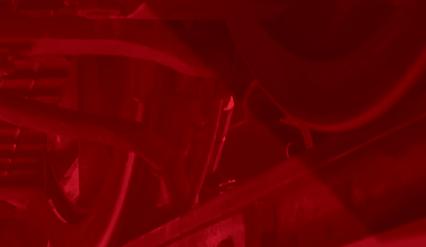

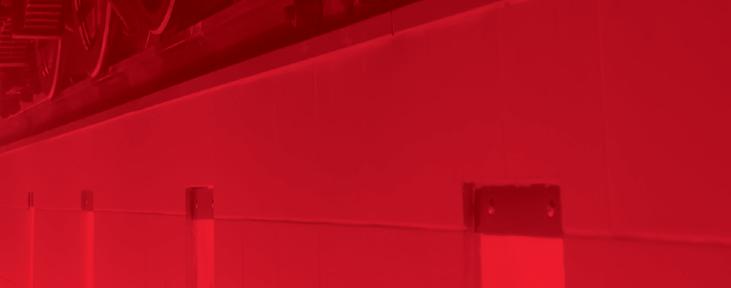

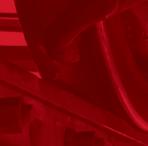

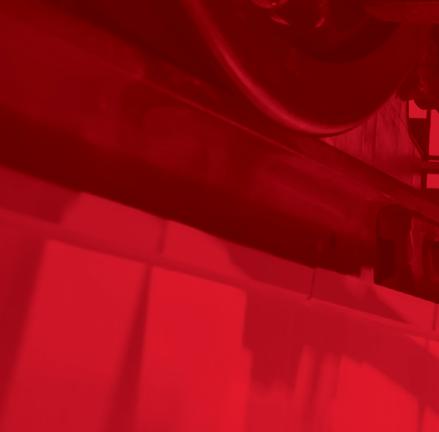
With over 40 years’ experience of high quality, heavy duty vehicle lifting, Totalkare combines world class products with industry leading support to facilitate effective maintenance and repair.
BOGIE LIFTS
6,000 - 14,000KG












COMPLIANT WITH DIFFERENT RAIL GAUGE SYSTEMS














HYDRAULIC LIFT PLATFORM

RELIABLE SYNCHRONISED MOBILE LIFTING JACKS SERVICING TRAINING LIFTING
HEAVY DUTY
There should have been some recognition to the workers who go above and beyond
INTRODUCTION 3 February 2023
6 Apprenticeships can benefit your workforce – what next?
Barry Smith, head of assessment and skills at NSAR – the rail skills organisation – writes about the importance of apprenticeships and how NSAR can help
8 New management structure for TRU







As the cost of the enhanced Transpennine Route Upgrade jumps from £3 billion to over £10 billion, changes are being made at the top to improve project management. The project’s new managing director, Neil Holm, explains more about the programme
14 Creating an environment for workers to thrive

Emma Porter, managing director of Story Plant, discusses her career so far and a vision to take the business to the next level

24 Putting LNER on track to become the UK’s most responsible train operator
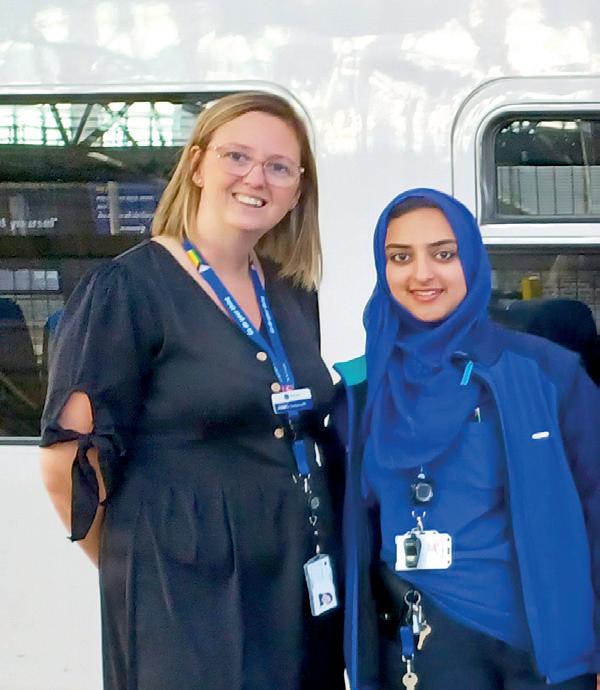
Warrick Dent, safety and operations director at LNER, discusses the organisation’s updated Responsible Business Strategy



30 Challenge accepted



Delivering a multimodal freight strategy that meets the UK’s current and future requirements
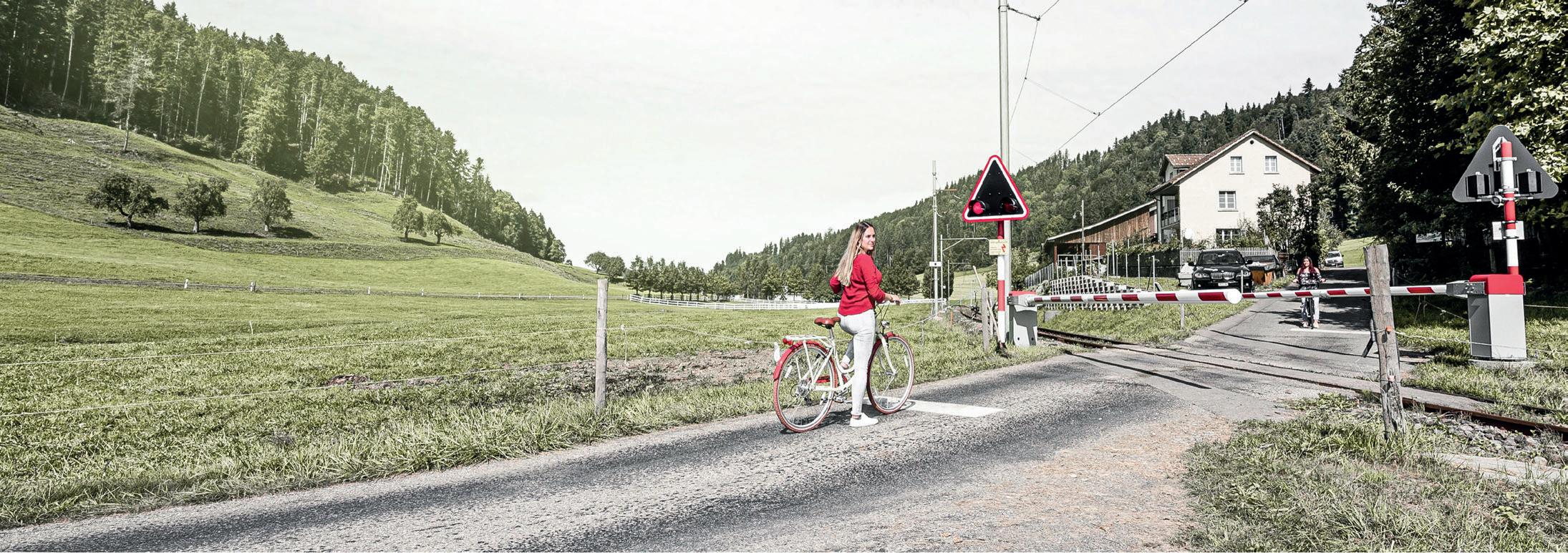
34 “Today’s railway is far better because Adrian was one of its leaders for so long”


Steve Murphy, chief executive officer at MTR UK, leads the tributes to Adrian Shooter CBE, who passed away in December aged 74

46 Calling innovators everywhere…


Kelvin Davies is one of those people you naturally gravitate to at a conference. With an infectious grin and a barrel full of ideas, he’s always good value to engage in a side-of-hall conversation about the latest concept in rail

February 2023
14 34 66 safety on tracks find out more at schweizer-electronic.com contact: info.SEUK@schweizer-electronic.com CONTENTS 4 Contents
54

HS2 in the spotlight
Inside Track – February 2023
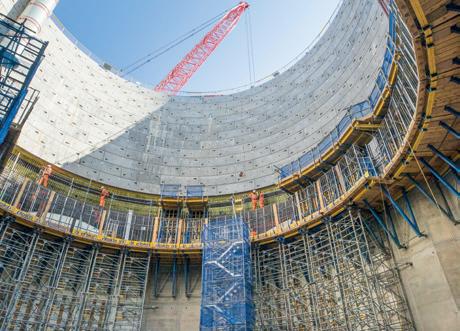
An in-depth look at what is happening across the industry by those who make the decisions. This issue’s features include: A detailed look at the vast tunelling operation being undertaken for HS2, an overview of the works completed over the Christmas period and cyber-security in the rail industry
Kick-starting

a year of celebrations for the Tube
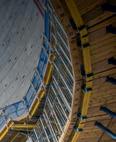
The world’s first underground railway is marking its 160th birthday. Sadiq Khan, Andy Lord and Sam Mullins OBE are among those reflecting on its significance
58 Insulin and pantographs
Railway Chaplain Mike Roberts explains why everything falls on communication


61 International News
66 Inspiring young Asian females working within the rail industry
Train conductor Zahida Sultana has been recognised at the Yorkshire Asian Young Achiever Awards
68 Movers and Shakers
76 A bright outlook for Tyne and Wear Metro’s new recruit
TV weatherman Joe Avary has gone from the Cayman Islands to the North East of England and now works for the train operator as a customer service advisor


Tel: 0800 046 7320

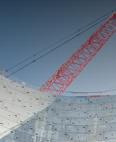

Sales: 020 7062 6599

Editor Danny Longhorn danny@railbusinessdaily.com

Designer/Production Manager
Chris Cassidy
Production Editor
James Jackaman Director of Marketing

Phil Loades


Editor (Inside Track)
Nigel Wordsworth nigel@railbusinessdaily.com


Advertising Team Christian Wiles chris@rbdpublications.com
Amy Hudson amy@rbdpublications.com
Published by RBD Media

15 Mariner Court, Calder Park, Wakefield WF4 3FL
Printed by The Manson Group
© 2023
All rights reserved. Reproduction of the contents of this magazine in any manner whatsoever is prohibited without prior consent from the publisher.
All rights reserved. Reproduction of the contents of this magazine in any manner whatsoever is prohibited without prior consent from the publisher. For subscription enquiries and to make sure you get your copy of RailDirector please ring 0800 046 7320 or email subscriptions@rbdpublications.com
The views expressed in the articles reflect the author’s opinions and do not necessarily reflect the views of the publisher and editor. The published material, adverts, editorials and all other content is published in good faith.
February 2023
EXCLUSIVELY FOR RAIL INDUSTRY LEADERS Steve Murphy “Today’s railway is far better because Adrian was one of its leaders for so long” Emma Porter Creating an environment for workers to thrive Warrick Dent Putting LNER on track to become the UK’s most responsible train operator Why everything falls February 2023 New management structure for TRU NOWINCLUDING
NEIL HOLM
safety on tracks find out more at schweizer-electronic.com contact: info.SEUK@schweizer-electronic.com 2 Breaking new ground 10 Christmas 2022 delivers major benefits 22 Lydney landslips 28 Cyber in rail – it’s all about people (and elephants) 32 Creating a world-class facility that can transform rail innovation
An update on the vast tunnelling project February 2023
CONTENTS 5
Barry Smith, head of assessment and skills at NSAR – the rail skills organisation – writes about the importance of apprenticeships and how NSAR can help




Apprenticeships can benefi t your workforce – what next?












Earlier in February was National Apprenticeship Week, with businesses employing apprentices across all industries looking to use the week as a platform to celebrate their apprentices’ success. There will also be employers that know they
could be doing more to make the most of the opportunities that apprenticeships present but have other issues demanding their attention – or are not sure just how to take advantage of these opportunities.









At NSAR we can help employers start the process







of setting up and delivering their programme. As an industry, rail needs to start thinking about how we can use apprenticeships to address skills shortages and develop a new generation of talent that plays a key role in building a greener, more productive and better-connected country.

OPINION 6 February 2023
The rail industry is fortunate to have a range of well-funded apprenticeships available. These apprenticeships cover almost all business functions in the industry – including engineering, passenger transport and digital technology – and are all ready to use. Rail-related apprenticeships sit among the 700+ apprenticeship standards that range from level 2 (GCSE level) to level 7 (master’s degree level).
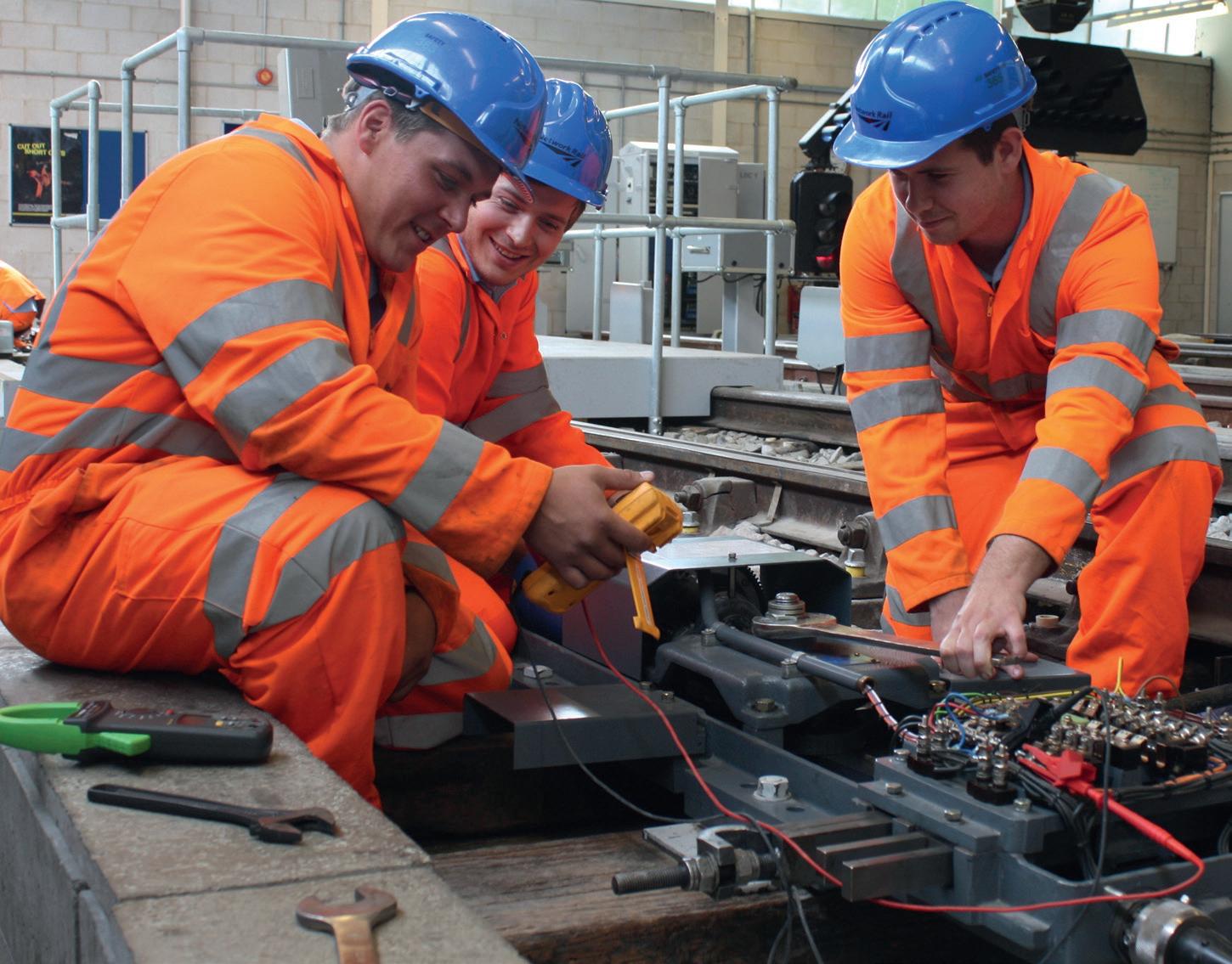
Apprenticeships offer many opportunities to employers seeking to build various skill types and levels within their businesses. Apprentices develop the right skills for the business and are a great way to transfer knowledge to a new generation of talent. Degree apprenticeships help employers reach sixthformers looking for alternatives to full-time university routes. Apprenticeships can also help with up-skilling by offering existing staff progression opportunities and continued professional development.
Apprenticeships are a valuable means of bringing diverse talent into your business that is reflective of the communities rail serves. They are a valuable tool to offer employment opportunities to people from diverse backgrounds and a great way to respond to the call to action of the Levelling Up agenda and increase the social value of the rail industry.
Deciding to take on an apprentice is only the first step in the journey – setting up and delivering a quality apprenticeship is vital to successful skills development for the individual and your business. Apprenticeship set-up and delivery can be daunting. Processes and plans need to be developed for an induction; training and relationship management between the business, the apprentice and training providers are key, as is maintaining apprentice wellbeing. End-point assessments also need to be prepared, while staff must be supported to provide quality training. There is a lot to organise and get right – but the benefits of the apprenticeship rely on a quality programme.
If you want to ensure that you are making the best use of apprenticeship opportunities and delivering a quality apprenticeship, NSAR’s dedicated team is here to help.
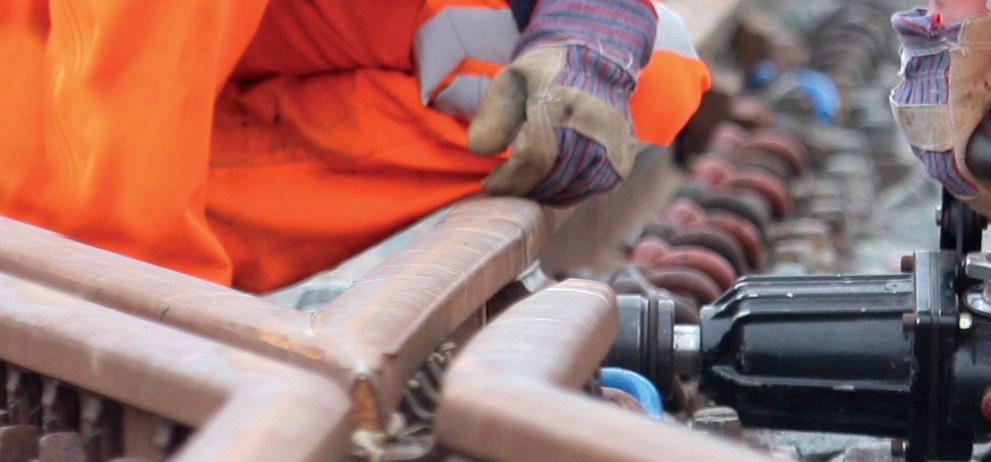
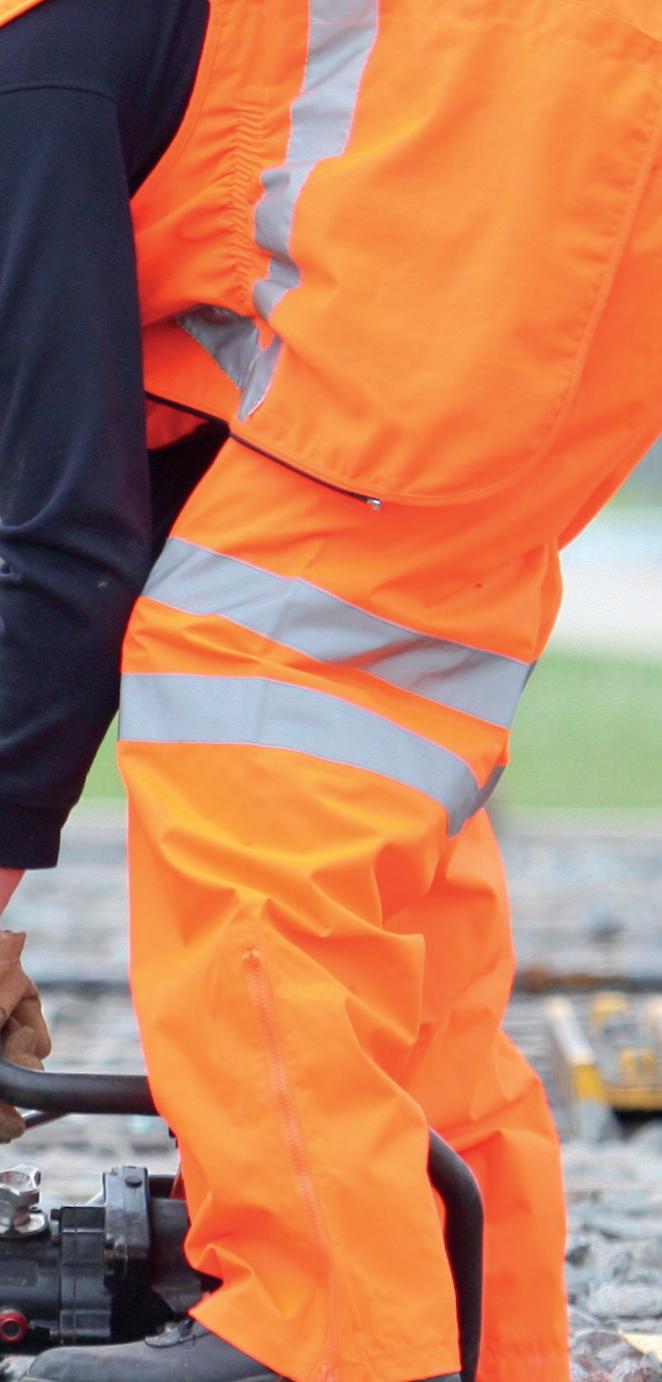
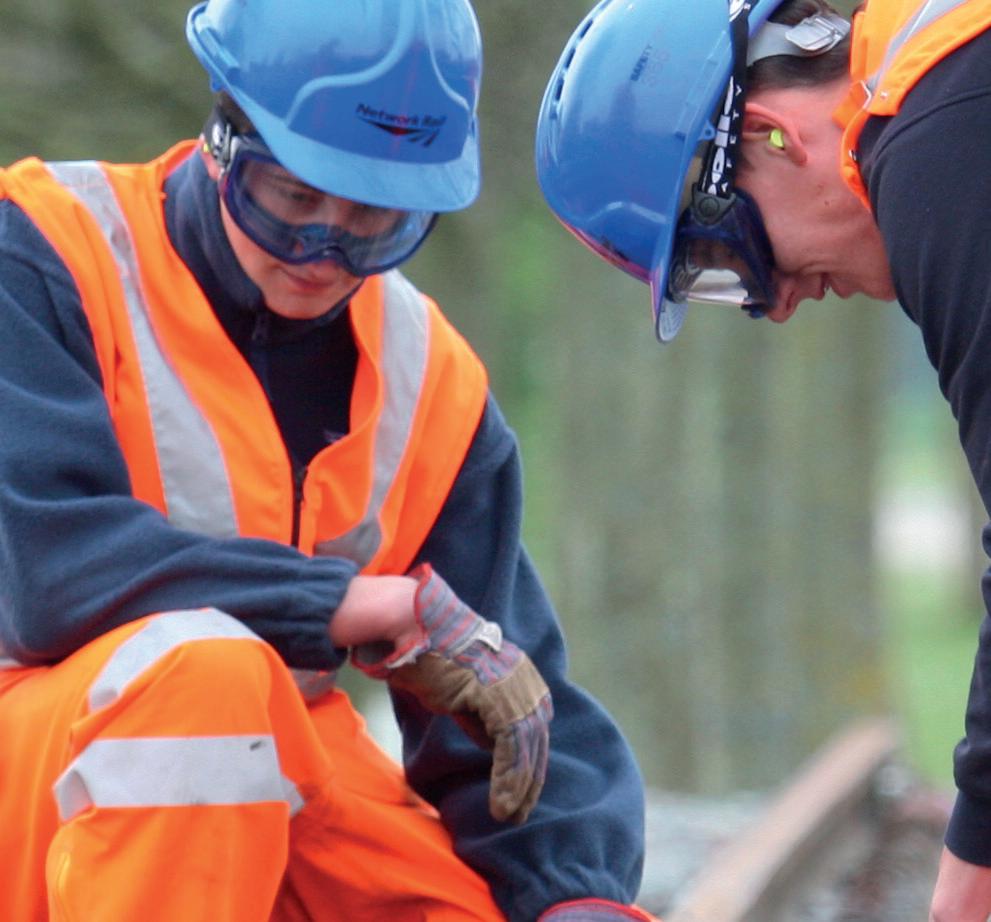
Using our workforce planning expertise, we can support you to evaluate where apprenticeships might benefit your workforce and how you can reinforce commitments to Equality, Diversity and Inclusion (EDI).
We can provide support with navigating the apprenticeship standards currently offered, deciding which apprenticeship level is right for the skills you want to build in your workforce and optimising levies and funding.
Our support also extends to assisting you to acquire the apprentice talent you need to reach your business goals.
Utilise our expertise in designing apprenticeship programmes at whatever stage you are in; we can help with creating quality apprenticeships or reviewing and finding ways to make your existing programme work more effectively.
Visit nsar.co.uk for more details about NSAR and how the organisation can help with apprenticeships
OPINION 7 February 2023
Apprentices develop the right skills for the business and are a great way to transfer knowledge to a new generation of talent
New management structure for TRU
The Transpennine Route Upgrade (TRU) is a multi-billion pound programme that will improve connectivity in the North, supporting economic growth and delivering benefits for passengers and communities along this important route.
Stretching across the North of England between York and Manchester via Leeds and Huddersfield, the 70-mile transpennine railway serves 23 stations, crosses over or under 285 bridges and viaducts, passes through six miles of tunnels, and passes over 29 level crossings.
TRU will transform this line into a high-performing, reliable railway for passengers with greater punctuality, more trains and improved journey times.
First announced in July 2012, initial work was carried out in a piecemeal fashion. Reconstruction of bridges to make way for electrification started between Leeds and York and between Manchester Victoria and Stalybridge in 2015. Further civil engineering contracts were awarded in 2017.
By 2021, the pace of work on the Manchester to Stalybridge section was increasing. During a two-week blockade of the line in August 2021, the bridges at Dantzic Street and Queens Road in Manchester were completely reconstructed and two others strengthened and waterproofed. Three kilometres of track were upgraded and 17 new signals installed.
The government published its Integrated Rail Plan for the North and Midlands in November 2021. This included a commitment to electrify the Transpennine railway in full by 2032.
On 19 July 2022, then Secretary of State for Transport Grant Shapps MP announced the release of £959 million of funding for the upgrade, stating: “One of the first tangible benefits will be enabling electric trains to run between Manchester and Stalybridge by the middle of the decade.”

However, he went further: “We are also more than trebling the investment in the Transpennine Route Upgrade from £2.9 billion to between £9 billion and £11.5 billion.
“This additional investment will enable the rollout of digital signalling technology, electrification of the full route and the provision of additional tracks for commercial and freight services, giving rail users more reliable, more punctual, more comfortable and greener rail journeys.”
This funding will allow key sections of the route to be upgraded from two tracks to four, allowing ‘fast trains’ to pass slower ones (passenger and freight) and so giving more flexibility and resilience to the timetable.
There will also be other improvements at stations along the route, including, most recently, the build of the new station at Morley, Leeds, that is being built 75 metres from the existing station and will have
footbridges and lifts that will make the two longer platforms fully accessible. While TRU had been a £3 billion programme, the Department for Transport was content that this was managed in line with the way Network Rail typically manages enhancement programmes. However, following the announcement of greater levels of investment, the creation of an independent board to oversee the whole programme was a government requirement.
As the cost of the enhanced Transpennine Route Upgrade jumps from £3 billion to over £10 billion, changes are being made at the top to improve project management. The project’s new managing director, Neil Holm, explains more about the programme
TRANSPENNINE ROUTE UPGRADE 8 February 2023
Our experience will make all the difference, with in-house Access Planning, Safety Critical Staff & CAA Accredited UAV Pilots.
We provide survey data for today and future BIM environments.
Using the latest technology our services include Gauging • 3D Modelling Asset Management OLE • UAV Surveys Signal Sighting S&C Surveying

Neil Holm had joined the programme as programme director in January 2021. He arrived from BAE Systems, where he had been project management director responsible for the delivery of the HMS Queen Elizabeth and HMS Prince of Wales aircraft carriers. With his experience of multi-billionpound projects, he was asked to take on the role of managing director of TRU.
“We spent most of last year (2022) setting up and getting the board members identified,” Neil explained. “Then, in the second half of last year, we set up that independent board as part of a new operating model, which changed the focus of the programme. Up until then, the programme, fundamentally, was focused on delivering infrastructure against outcome specifications as opposed to outputs. We didn’t have hardwired into the programme the other elements of running the railway – train operations and timetabling.”
The new board includes representatives of train operators Transpennine Express and Northern as well as Network Rail and the Department for Transport. Neil’s appointment as managing director was made by the board, not solely by Network Rail, making him relatively independent.
“We looked long and hard at what happens to major rail programmes, particularly those that are delivered on the live railway,” Neil continued. “By and large, they have some big issues and challenges around the integration between train, track and infrastructure, and timetabling. So the key philosophy we agreed was that, if the railway is a complex integrated system, then we need a team that represents that system in its entirety.
“The enterprise approach that we’re putting in place, under my leadership, brings together all of the levers that we need to both deliver the works effectively – particularly the blockades, there’s bound to be some disruption and we want to make those as
productive as possible – and to make sure we get the right outcomes, not for the infrastructure, but the right outcomes for passengers.”
Customer centred
Neil continued: “So, it’s a much more customerfocused enterprise organisation, where the tension between Network Rail and the train operating companies is to make sure that customers actually get what we expect them to get, be it passengers or freight, and the communities we work in benefit too.
“Starting with the customer means that we have a different enterprise operating model. If you just focus on infrastructure, dependencies on other parts of the industry mean it is difficult for the infrastructure project, in isolation, to ensure the customer will end up getting the train service expected or needed in that area. So, we started off by saying, we’ll bring the train operating companies more formally into the programme, with the Department of Transport and route teams, and then it’s not just about focus on infrastructure, it’s about delivering for customers.”
One obvious area that the board will look at as a whole is that of rolling stock, to make sure that the rolling stock that is procured integrates with the infrastructure and will deliver the service that passengers want. The specification will be decided by the board, not by the train operators or the Department for Transport in isolation.
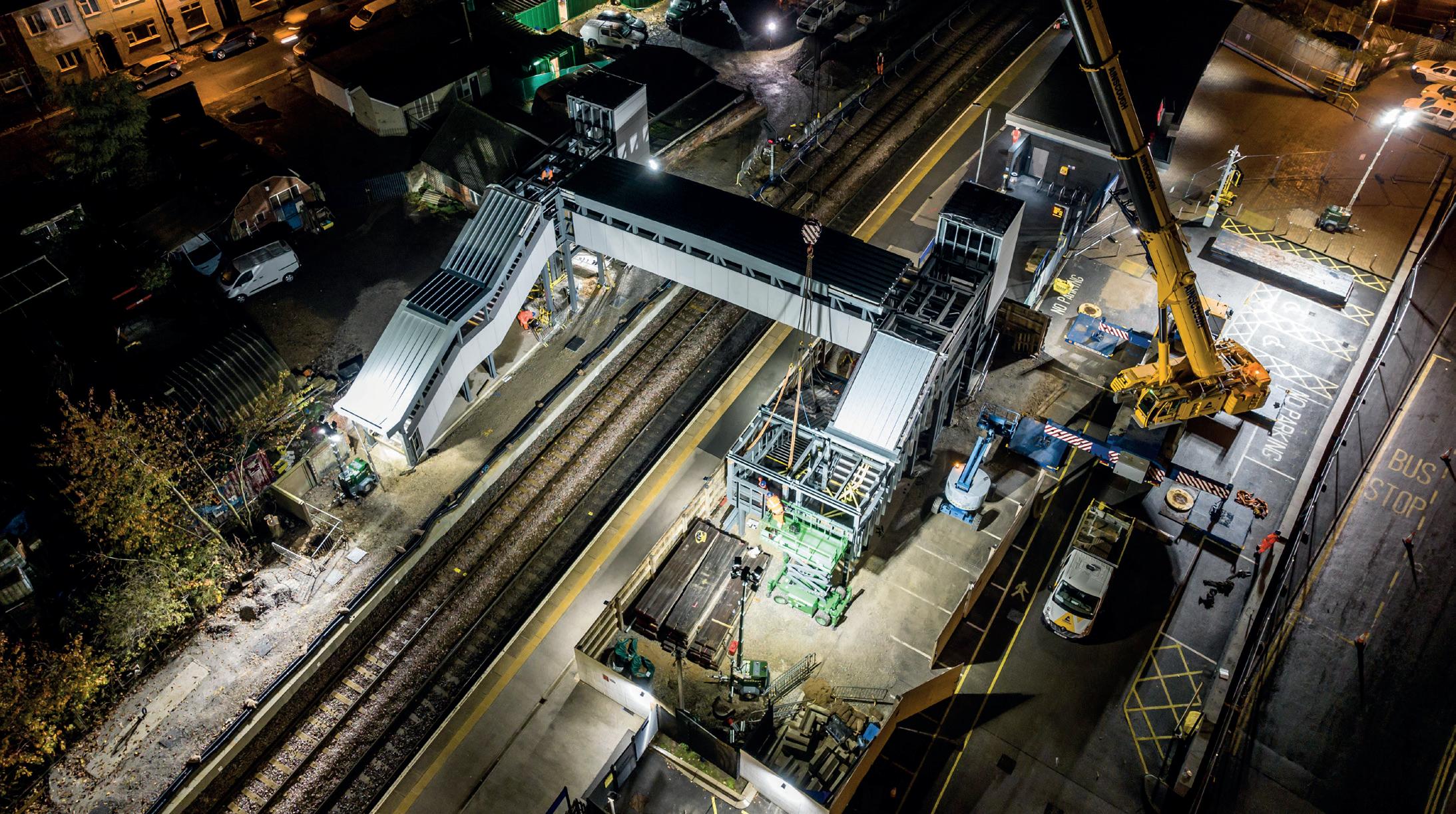
Focus on freight
Another area that the team is working on is that of encouraging more freight to use the route. Increasing sections of the route to four tracks will help separate fast passenger services from slowermoving freight trains, but a lot of work is needed to allow W12-gauge freight trains (standard shipping containers on flat-bed wagons) to pass through the four tunnels on the route.
TRANSPENNINE ROUTE UPGRADE 10 February 2023
One of the first tangible benefits will be enabling electric trains to run between Manchester and Stalybridge by the middle of the decade
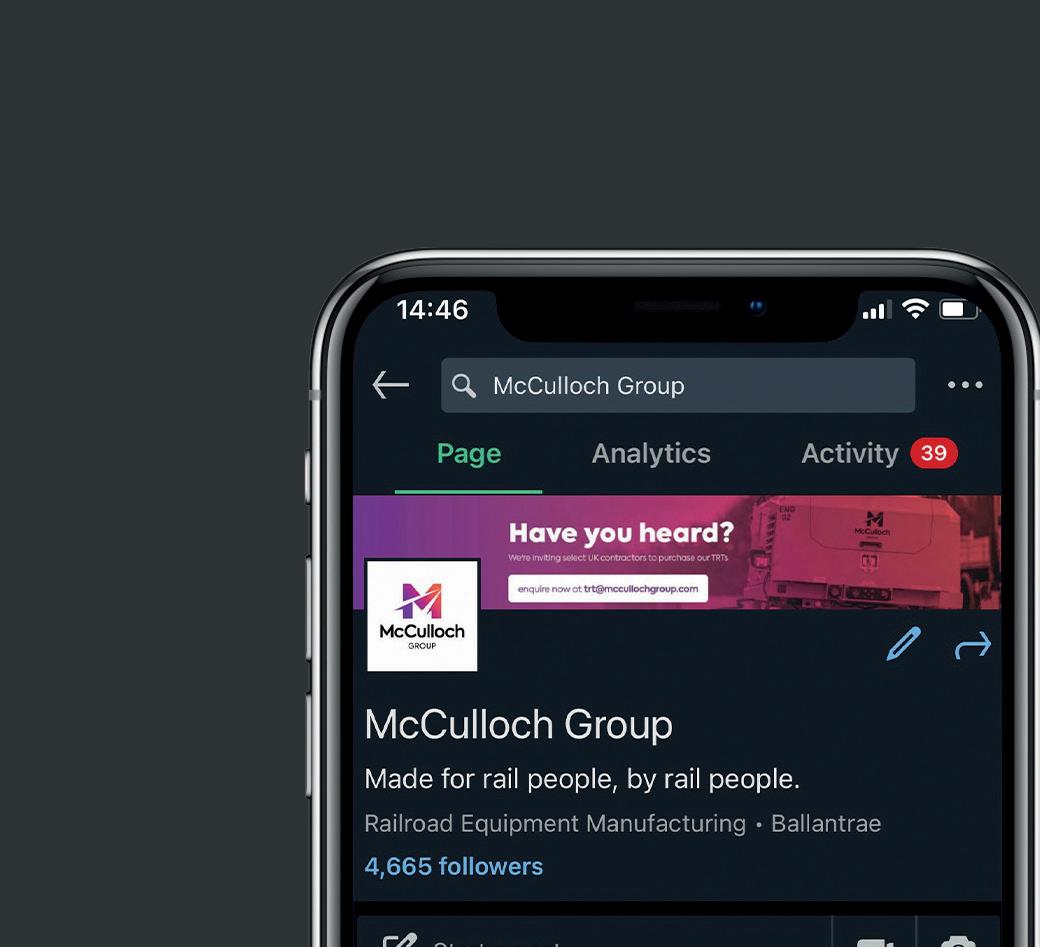


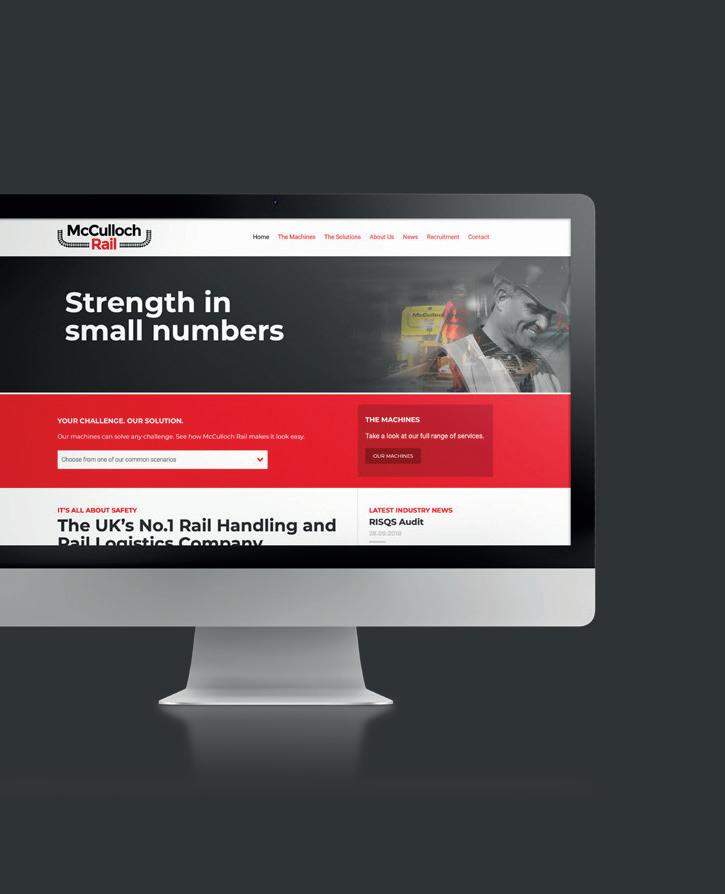



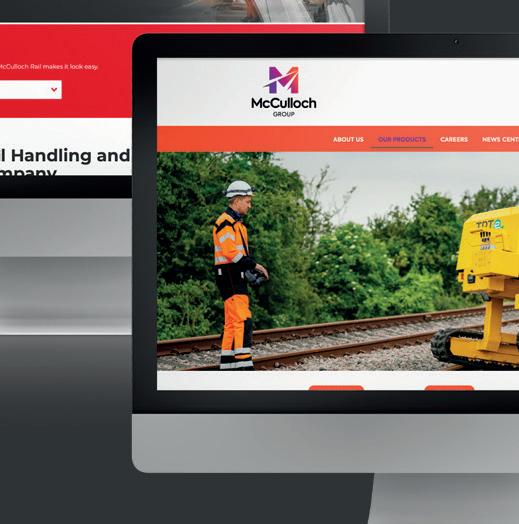
Whilst McCulloch innovate on track, It’s time to learn the di erence e ective marketing and communications support can make to your business. LinkedIn Stats becreativeagency.co.uk mccullochgroup.com be innovate their brand. Website Visitors 1,900% increase in average daily visitors. Call our Lead Consultant Dylan on 07547 362 525 or email dylan@becreativeagency.co.uk Don’t take our word for it, look at the stats...
“The focus has really changed over the last two years, particularly due to the decarbonisation agenda,” Neil stated.
“The programme started focused on passenger outcomes, but now our remit is expanded to consider both freight capacity and capability. The question is – can you get a standard ISO container on a standard wagon across the Pennines? And, today, you can’t.”
As well as being able to take freight through the tunnels and allow slow freight trains to be overtaken by faster passenger trains, there are other considerations due to the nature of the terrain. The fact that the whole route will be electrified helps with this.
“It’s interesting that, when we do all our modelling, the issue isn’t freight on this route. The issue is how fast can the freight go?” Neil explained. “On a normal flat railway, that’s not such a big issue. It’s not ideal, but it’s not such a big issue.
“But because we’ve got such a big hill coming out of Manchester towards Huddersfield, we need freight trains to be able to go up that hill fast. Because if they don’t, and they begin to slow down, we can’t feed the freight in between the passenger services. So electric freight is something we’re looking at in quite a bit of detail.”
Improved communications





Of course, passenger services are still hugely important to the programme. Having the train operators on the board, sitting alongside Network Rail, makes planning work much simpler.
Deciding whether to carry out disruptive work over a number of weekends or to close the railway completely for a shorter period can now be discussed between all parties in a constructive manner around the table.
“Over the next couple of years, we thought we would need quite a lot of weekend closures,” Neil commented. “But operator colleagues said they would rather we just close the railway once or twice for a longer blockade. That’s a much richer plan and we are making it at the suggestion of the train operators rather than in conflict with them.”
A good example of planning in the round is the regular freight train that supplies biomass to Drax power station. Any line closure would involve provision being made for a diversionary route to keep Drax supplied. Instead, why not close the railway during the power station’s annual shutdown?
“There’s always an opportunity for people to communicate a little bit better,” said Neil.
Diversionary routes are available if needed, with the two main ones being the Calder Valley line from Manchester to Huddersfield and the route through Castleford from Leeds to York. Indeed, the station at Castleford is being upgraded with the second platform being brought back into use.
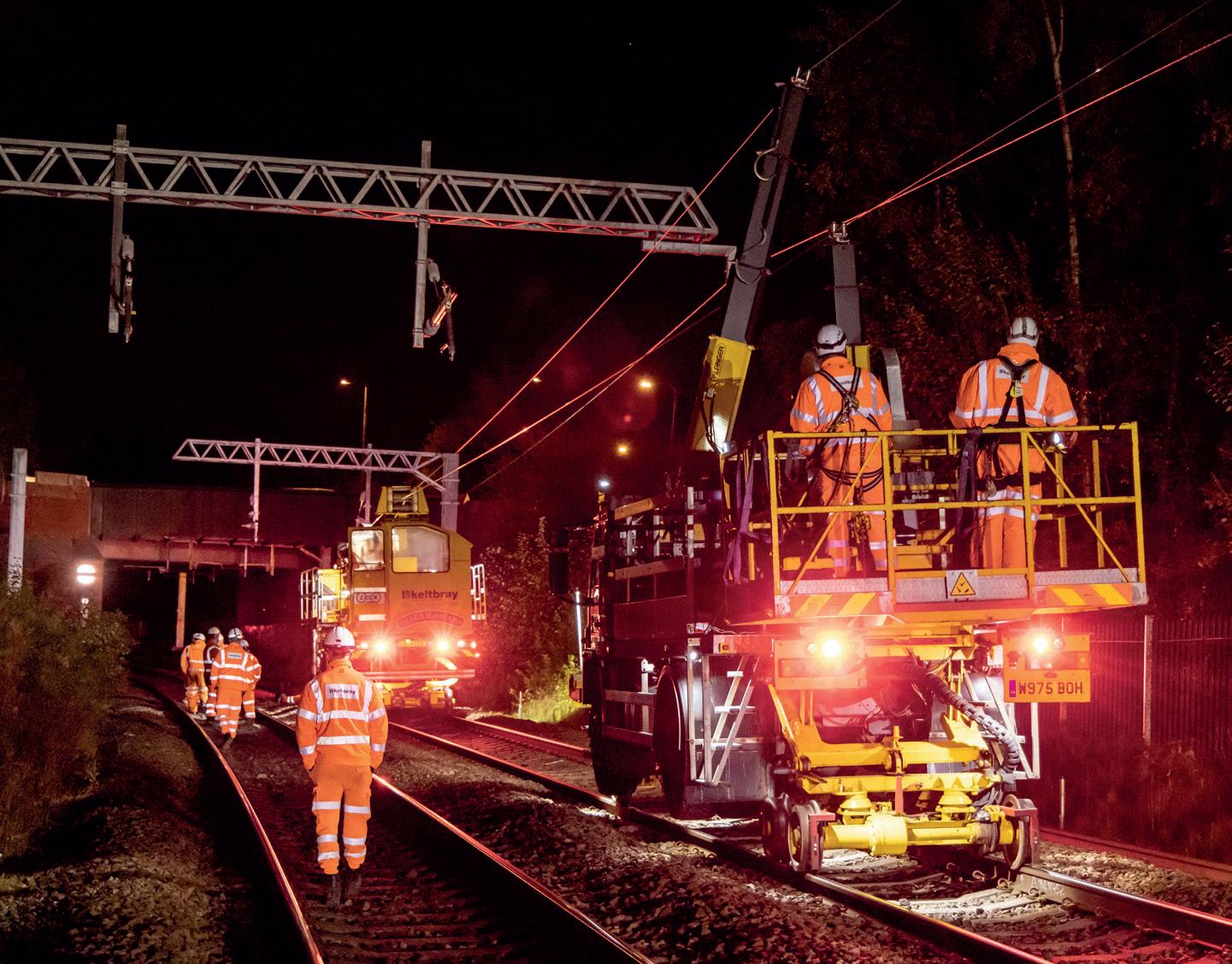
Regular direct services between Castleford and York ceased in 1970, though the route still exists and local residents are campaigning to have services reinstated.
TRU conducted a survey of local passengers about diversionary routes, and the overwhelming result was that they didn’t mind if the train took 20 minutes or so longer to reach its destination.
What they didn’t want was to have to change modes of transport – forced to leave the train to catch a bus or vice versa.
As well as the other organisations on the TRU board, Neil also has regular discussions with bodies such as Transport for the North and the city-region mayors who have an interest in the programme.
“We’ve already structured the way we work to make the most of this because there’s lots of opportunities. I think that’s a lot of what GBR is all about, that there is a better way to organise ourselves on the railway.”
In that respect, the TRU is a microcosm of the railway as a whole, striving to improve its organisation, consult with both internal and external interested parties, and deliver a better railway for its customers.
E ectr f cat on del vered throughout York Leeds Batley Morley Mossley Marsden Dewsbury Mirf e d Deighton Garforth Ulleske f Greenfield Cott ingley Slaithwaite Cross Gates M cklefie d Stalybridge Huddersfie d East Garforth Manchester Victoria Church Fenton Ravensthorpe Asht onUnder- Lyne TRU SC OPE 202 2 Legend D versionary Routes Station Existing electrification New electrification TRU West TRU East
TRANSPENNINE ROUTE UPGRADE 12 February 2023
If the railway is a complex integrated system, then we need a team that represents that system in its entirety
The insurances for White-Collar

Self-Employed Rail Consultants








e often hear that a rail employer has imposed a requirement upon their self-employed white-collar engineering staff to buy their own Public Liability and Professional Indemnity insurance.

They do this under the mistaken impression that it may protect their own insurance if the self-employed individual causes a claim due to their negligent decision advice or design.
However, our UK court system will rarely allow an employer or their insurer to recoup a loss against an individual, particularly where they have been employed through a labour agency.
The cheap insurance schemes for the self-employed are only really required to pay for occasional legal defence to bat a claim away, hence why they have very narrow policy wordings
with wide safety critical exclusions and are priced accordingly.


However, if the individual provides a more sophisticated service and is providing fixed price consultancy and design packages to customers, brings others into the project working for them, is bidding for work against others and may be RISQS accredited, then the cheap selfemployed insurance packages will not insure any claims arising.
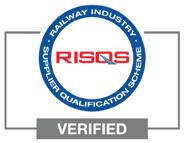
This is because those cheap policies will not insure the railway contractual liabilities that arise in the commercial deal between the parties where, usually, the customer imposes supplier terms on the consultant.

(The cheaper policies are simply a product that has evolved mainly to provide the accountants for the individual with evidence towards their HMRC IR35 test.)

Here a far more robust Public Liability/Professional Indemnity policy is required that provides a far wider EL PL and professional indemnity wording, with no safety-critical injury or damage exclusions. We specialise in this type of
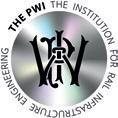

coverage, which requires a far more detailed material fact disclosure to ensure that the underwriters are fully advised of the extent of the rail activities and what contractual arrangements apply.

Insurers have a statutory right, under the Insurance Act 2015, to refuse to pay claims where they can say “we were never told”; hence why we write detailed bespoke risk presentations that replace the Pi proposal form.
My co-directors and I have up to 20 years’ experience each in railway contractual liability. Our EL PL Pi packages start at £4,000 a year (plus tax) and we can write up to £10 million under each of the EL PL and Pi headings.
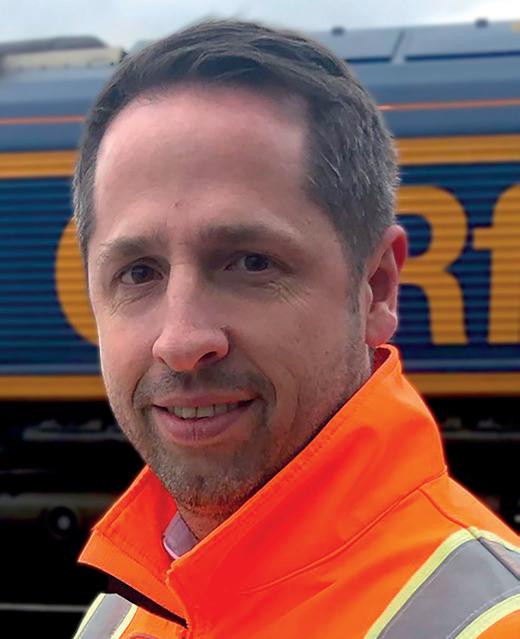 Richard Allen Dip CII, NEBOSH Client Director - Jobson James Rail
Richard Allen Dip CII, NEBOSH Client Director - Jobson James Rail


07973 963350

Contact Keven Parker on 07816 283949 | 0121 4528717 keven.parker@jjrail.co.uk WE ARE A RAIL SPECIALIST INSURANCE BROKER (RISQS LINK UP APPROVED) We insure • RRV and Plant Companies • P-Way/S&C, S&T, OLE/Third Rail and Civils contractors • Rolling Sock Turnkey Modifications companies • Manufacturers, Wholesalers and Installers of rail products • ROSCOs and TOCs supply chain • Rail Consultants, Surveyors and Design Companies Why us? • Specialist Rail Knowledge • NEBOSH/Safety approach producing lower premiums • Contractual Liability checking • Better Technical advice • Specialist rail safety consultancy site audits funded by insurers info@jjrail.co.uk www.jjrail.co.uk RAIL HEALTH AND SAFETY CONSULTANCY - £5M TURNOVER
The existing Employers & Public Liability & Professional Indemnity had key exclusions related to the work of the consultancy business which we negotiated out.
Gaps in the cover were identified and advice given to reduce/mitigate liability and to protect the businesses insurance claims experience. • Management meetings carried out to understand the company’s future and how the insurance would need to evolve. • Risk analysis compiled and quotations obtained from specialist rail insurers. • A competitive and appropriate insurance was secured on the correct basis for the company going forward. HAPPY TO RECOMMEND TERMS & CONDITIONS ANALYSED PROFESSIONAL INDEMNITY EMPLOYERS LIABILITY PUBLIC LIABILITY DIRECTOR’S LIABILITY RISK REPORT TO INSURERS 10-PAGE £5M TURNOVER GAPS IN COVER CLOSED Jobson James Rail is a trading name of Aston Lark Limited. Registered in England and Wales No. 02831010. Registered o ce: One Creechurch Place, London, United Kingdom, EC3A 5AF.Aston Lark Limited is authorised and regulated by the Financial Conduct Authority. 0223 W
•
•
Advice from Richard Allen, Dip CII NEBOSH Client Director at Jobson James Rail ADVERTORIAL 13 February 2023
Emma Porter, managing director of Story Plant, discusses her career so far and a vision to take the business to the next level
Creating an environment for workers to thrive
Emma Porter, managing director of Story Plant, is passionate about finding solutions to make the rail industry and its workforce more sustainable. She is a strong believer that collaboration, good communication and maintaining a strong culture will all contribute to delivering long-term change.
Her vision centres on sustainability and creating an environment for people of all backgrounds to thrive; one which is also welcoming to the next generation of workers.
“Creating diverse workforces is central to the rail industry’s success in ensuring we have a culture
where people can speak up and be themselves, which creates an environment in which they can do their best work,” she said. “Inclusivity and diversity are essential to unlocking the potential in our people and the rail industry.”
One of the challenges we’re currently facing is attracting more females to a male-dominated industry. Emma was exposed to the construction industry from a very young age – with her father, Fred Story, owning a contracting company, for which Emma worked in several different roles during summer holidays.
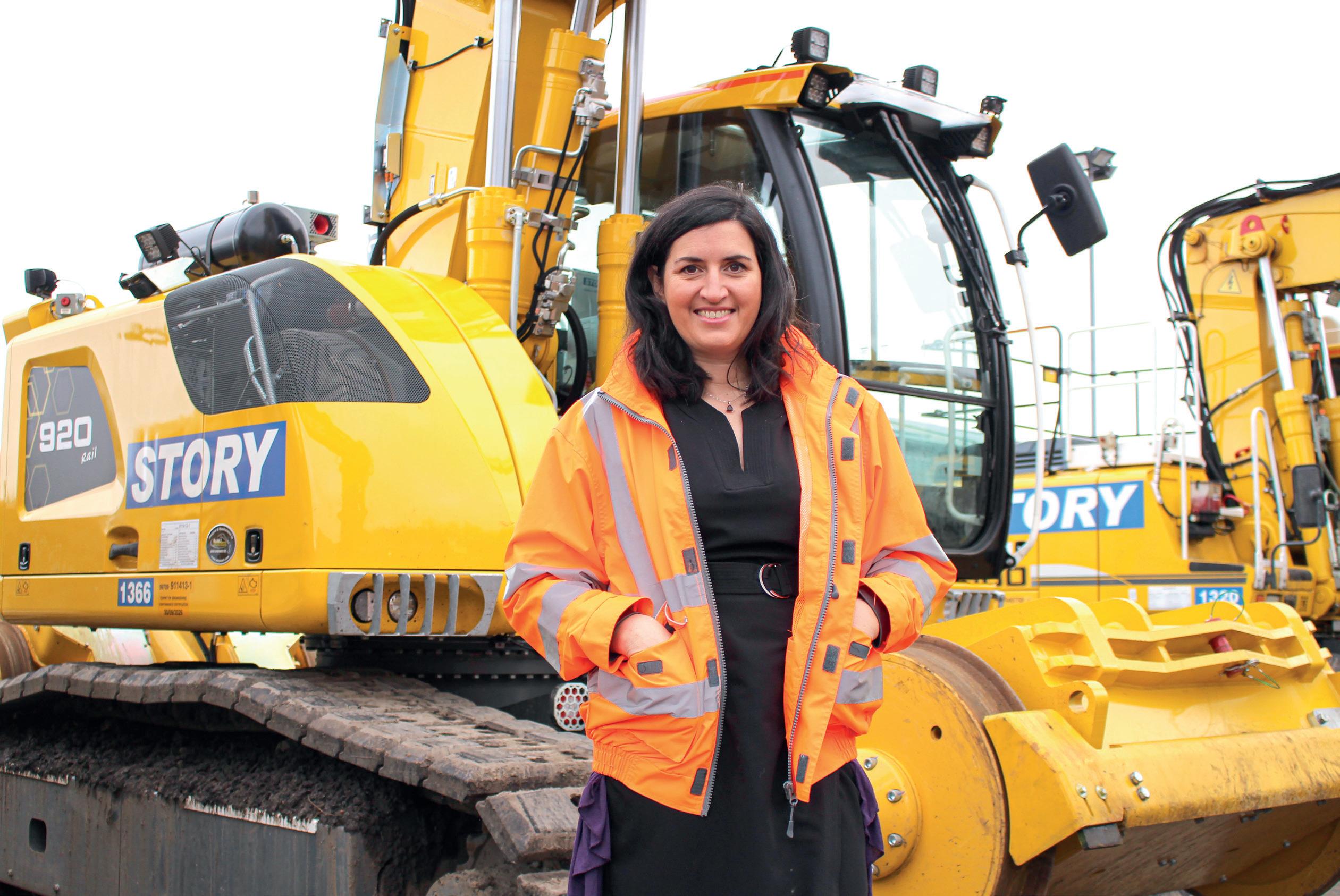
She went on to study psychology at Leeds
University and started working in operations at Carlisle United football club after graduating.
“I’ve worked in a few male-dominated industries; first football then nuclear and construction.” She said. “I’ve never really had a set plan of what I wanted to do. But what I’ve always found is that if you work hard, do a good job and push yourself out of your comfort zone, then opportunities come along.”
Emma is the first to admit her working career has been more of a squiggly line than a linear one. She was offered a funded PhD following her psychology degree, which she turned down just before she was due to start.
PEOPLE 14 February 2023
“I had a wobble before I’d even started, deciding I didn’t want a career in academia,” she said. “I was offered the job of operations controller at Carlisle United football club, and it gave me a good insight into business.”
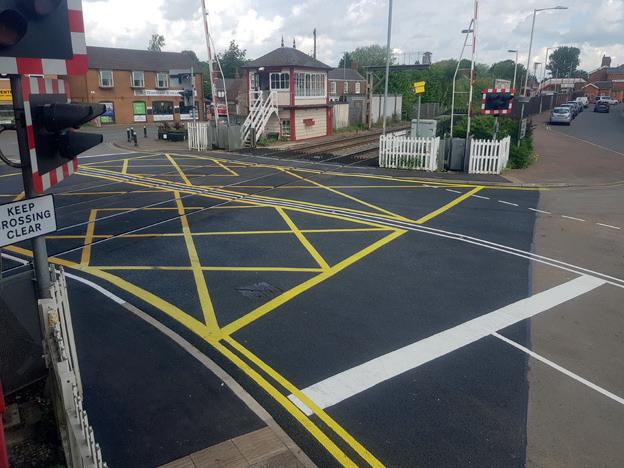
Looking for a new challenge, in 2007 Emma joined the family business full-time as planning assistant, where she was part of a team within the land division that acquires and prepares land for development.
The way back
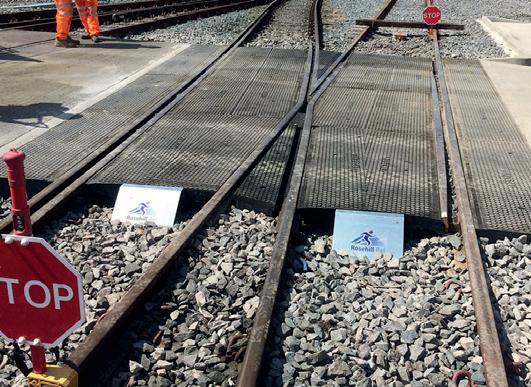
Following maternity leave, she returned to Story Contracting as business development co-ordinator, a role which involved responsibility for all PQQ (prequalification questionnaire) submissions, actively seeking opportunities, extending the client base, securing tenders and meeting clients. After having her second child, Emma returned to the Story Group as group performance manager, supporting the delivery of the overall objectives of the company through the establishment of performance management arrangements.
A pinnacle in her working career came 12 months later when she went to France to complete an MBA at Europe’s leading business school INSEAD. As well as learning new skills and meeting lifelong friends from all over the world, she gained confidence in her leadership style; one which put empathy, compassion, good communication and empowering people to think for themselves at the heart of the success of a business.
“You work for your team and feed them with the right environment and what they need to succeed, allowing them to work hard and be the best they can be,” said Emma, who was the first Cumbrian woman to be accepted on the programme, in which she learnt everything from finance and organisational behaviour, through to economics and strategy.
“As part of my year at INSEAD I did a course in negotiation. I was used to a tough, out-to-win style of negotiation, which really wasn’t my style. Initially, I thought the negotiation course was going to teach me how to be a tough negotiator, but it actually ended up giving me confidence in my own style; one which looked at hearing different points of view and taking the time to understand what everyone is trying to achieve.”
Inspiring people
She has stood true to her words, with her leadership style leading to a reputation for getting things done and getting the best out of colleagues.
Returning from France she wanted experience outside the family business and joined Arup as an operation consultant for nearly six years, before returning to Story, as managing director in Construction, delivering a growing portfolio of multidisciplined civil engineering, infrastructure, bridges and industrial building projects.
Earlier this year she took on her latest new challenge, joining Story Plant Ltd as managing director.
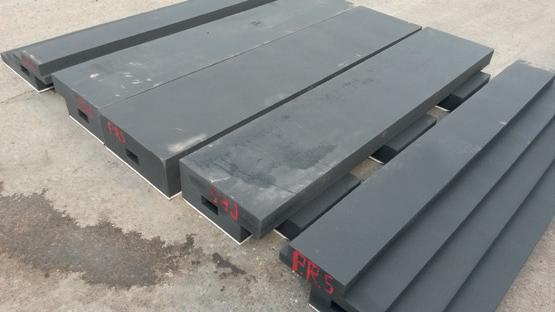


PEOPLE 15 February 2023
I’ve always found is that if you work hard, do a good job and push yourself out of your comfort zone, then opportunities come along
“It’s safe to say it has been a bit of a learning curve for me,” she said, commenting on the move to Plant. “Plant doesn’t tender, plan, deliver or manage work like Story Construction does; there are no estimators, engineers, site managers, joiners, gangers or brickies and you’re not really in control of the culture of the sites you’re working on.
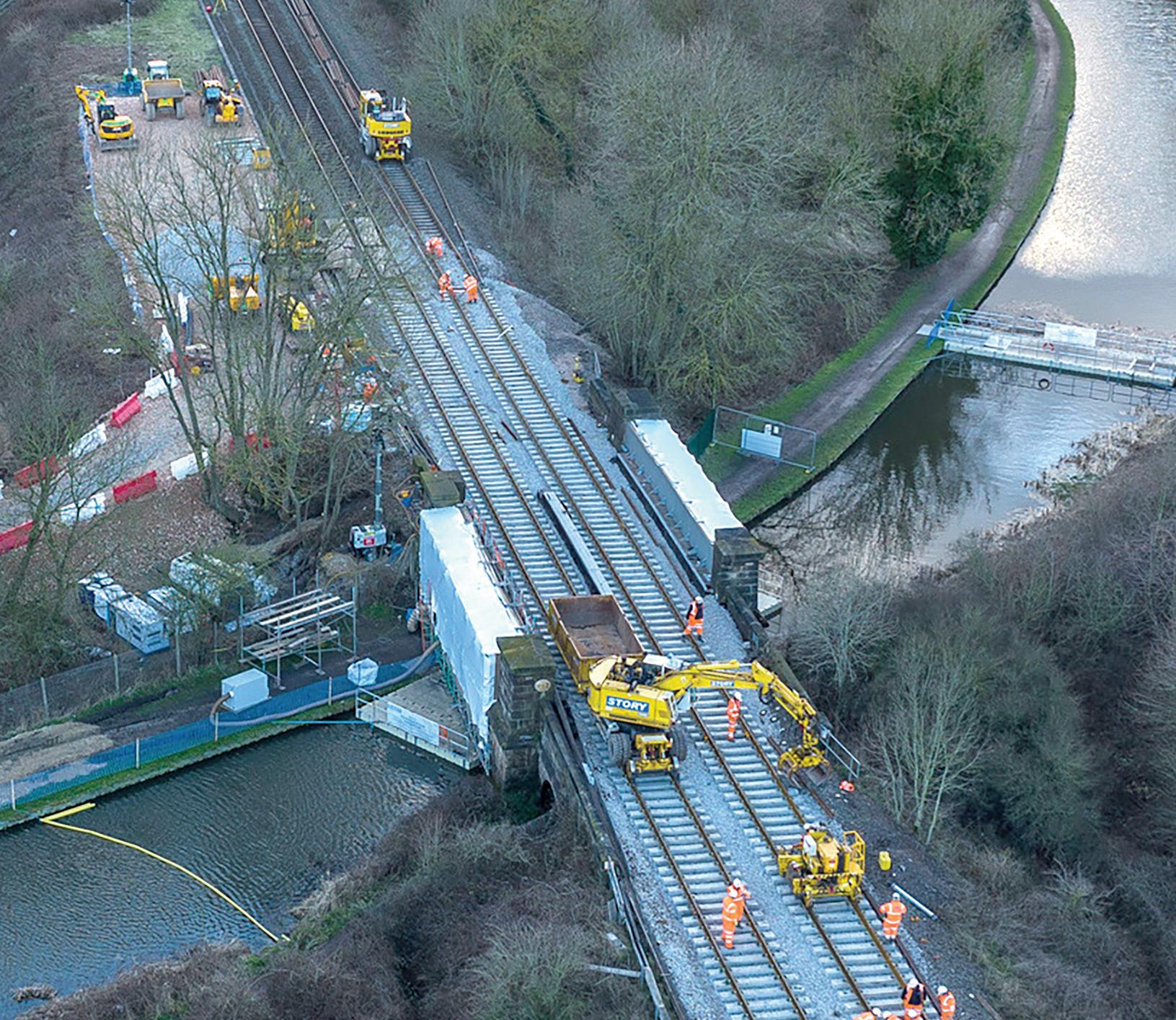
“But it is a division full of extremely hard-working, committed and knowledgeable people with a huge amount of pride in their work. We are great at delivery and play a critical part in the successful delivery of projects.”
One priority for Story Plant is ensuring customers see the business as a delivery partner, involving them in the work earlier on in the project.
“Plant is about logistics and getting the right kit and right people to the right place at the right time. But in a lot of cases, it is last minute, when it doesn’t need to be,” she said. “Although the work is planned way in advance, particularly possessions, a lot of the plant hire details aren’t confirmed until a few days before which is just an inefficient way of doing business.
“From a sustainability perspective one thing that is going to reduce our carbon footprint is the fuel used to power our fleet and a key to reducing that is greater efficiency in movements and in engines. The latter will be longer term, but immediately we can coordinate fewer transport movements by being given more time to plan.”
A new mindset
Around a quarter of Story Plant’s work is internal clients, so Emma is keen to get as much pipeline visibility as possible, but there is no reason this mindset can’t be extended to external customers.
“I would like Story Plant to be seen more as a delivery partner for our clients instead of a ‘pick up the phone’ transaction,” she said. “The earlier we are involved, the more we can make suggestions around appropriate attachments and different types of kit. Longer term, this means we can also invest in specific and innovative bits of equipment to suit our clients’ needs.
“A client recently utilised our test track to trial loading a rig onto a trailer. It highlighted that the ramps we use could be modified and we’re going to fabricate some in our workshop ready for the job. Just one example of early involvement leading to a smarter way of delivering work. I accept there are always going to be some last-minute changes and we’ll be able to continue to be reactive and fast, but that shouldn’t be the norm.”
Another change Emma would like not just Story, but the whole industry to look at, is mid-week working. Currently, a lot of the work takes place overnight on weekends, avoiding mid-week commuting.
She said: “So much work is being done on a Saturday night, which squeezes an already stretched pool of skills into a short time scale and in terms of attracting people into the industry, how do you do that when you’ve not got consistent work through the week?”
Despite the challenges ahead, Emma is incredibly optimistic for the future of Story Plant, building on its already impressive reputation in the UK rail industry.
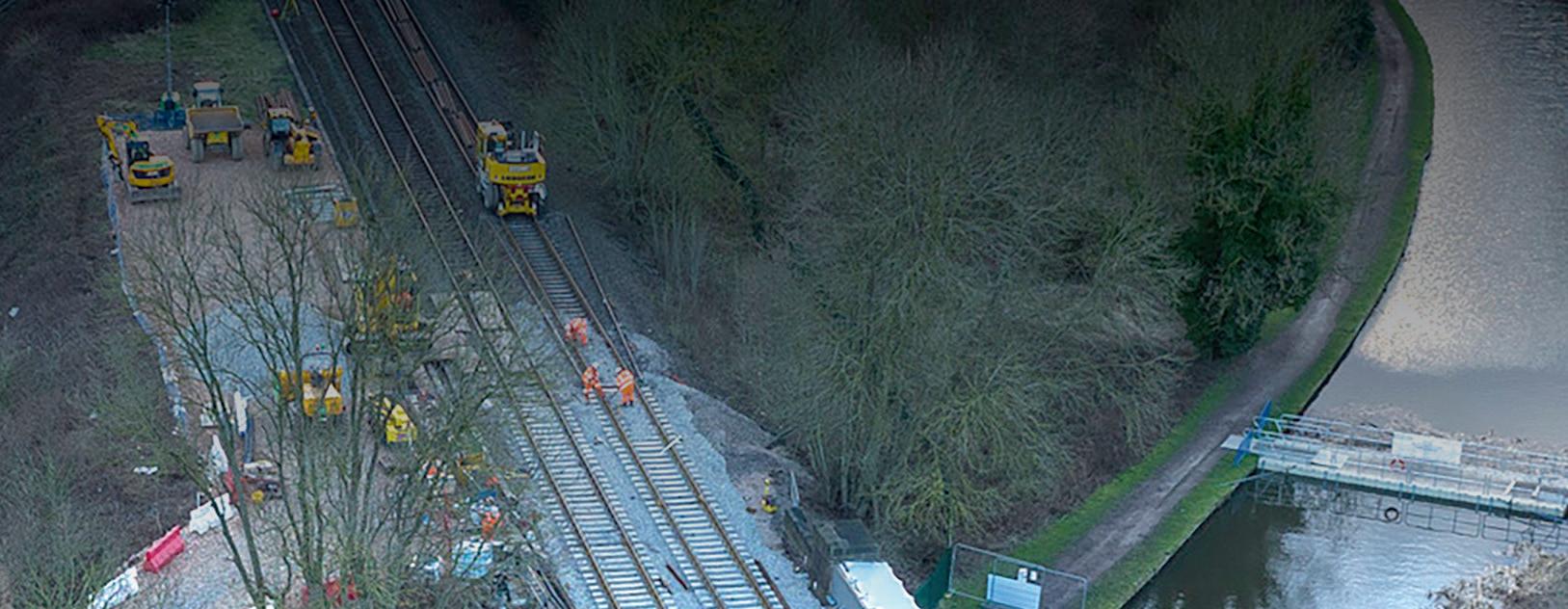
“We know how to deliver, we have reliable kit and we’ve got very skilled operators and hard-working teams,” she said.

“I also think there is so much potential to do more if we have an inclusive workplace and industry that is open to learning lessons, collaborating.
“We already do a good job, but we could do an even better job if we got that stuff nailed and I think I have got a good chance of unlocking some of those things. I am massively optimistic for the future of Story Plant, especially working alongside my brother John (John Story is chair of Story Plant Ltd). And I know we can do better if we are more involved; this isn’t about working harder, it is about thinking through what everyone is trying to achieve.”
Emma’s passion to be a force for good goes beyond her role at Story. She is chair of the Carlisle Town Deal Board and Cumbria Local Enterprise Partnership and director and founder of The Rebuild Site – a new social enterprise that takes surplus material from construction sites and puts it to good use.
“Our purpose is to encourage everyone to rethink how to better use materials, reclaim materials that
are currently being thrown away or down-cycled, and reuse as much excess and ‘nearly-new’ materials as possible, creating value in what is often treated as waste,” said Emma.
“As well as giving it for free to community projects and selling it to the general public, we are also doing research around why the surplus material is becoming available in the first place. It is kind of a proof of concept in making sure that usable materials don’t go to waste.
“As a small team, open three days a week, we’ve collected around 68 tonnes since opening in January last year, which otherwise would have gone in a skip. The real impact is going to be more through our research looking at why the materials are becoming available and using that research to reduce stuff going into skips; that circular economy perspective.”
Visit www.storyplant.co.uk for more details about the business, or www.rebuildsite.co.uk/ for more on the social enterprise.
16 February 2023 PEOPLE
TBF offers financial and medical benefits, a wide range of complementary and alternative therapies, bereavement grants and welfare advice. Supporting members during times of need, hardship and distress for less than 20p per day.




















































































































































































































































































































ABOUT PEOPLE
...people like you!
ALL
people working in public transport...
1923 TO 2023: ONE HUNDRED YEARS OF SUPPORT FOR PUBLIC TRANSPORT WORKERS DURING TIMES OF NEED.
live-in
and
Join online today www.tbf.org.uk Transport Benevolent Fund CIO, known as TBF, is a registered charity in England and Wales, 1160901, and Scotland, SC047016.
£1.25 a week covers you, your
partner
dependent children.
One of the UK’s most trusted and respected multi-disciplinary surveying and engineering companies, City Surveys Group is driving innovative technologies and methodologies. Operations director Andy Turver discusses the organisation’s core values and future plans
City Surveys Group: Leaders in multi-disciplinary surveying and engineering
Established in 2003 to supply engineering and railway surveying services from design to construction and monitoring, City Surveys Group (CSG) quickly expanded and diversified into structural investigation, geotechnical engineering and utilities mapping.
The company was acquired by global engineering solutions specialist Xrail Group in October 2020 as part of a service portfolio expansion, adding greater capabilities to support growth, innovation and holistic service offering to clients.
“Being fully integrated with Xrail Group means we are able to offer a complete and comprehensive service to the client, from surveying to engineering solutions,” said Andy Turver, CSG operations director.
“Our professional and competent teams deliver real, measurable value to projects, no matter the size, value or complexity and we are now building on that, exploring more opportunities with our existing clients and securing new business.”
CSG has been a coveted Network Rail Principal Contractor’s Licence holder for the past seven years, working at the heart of the nation’s railways since 2003.
The company has evolved to become one of Britain’s leading railway engineering, surveying and consulting organisations, with expertise in everything from renewals requiring extensive track surveys to the installation of cutting-edge communication and warning systems at level crossings.
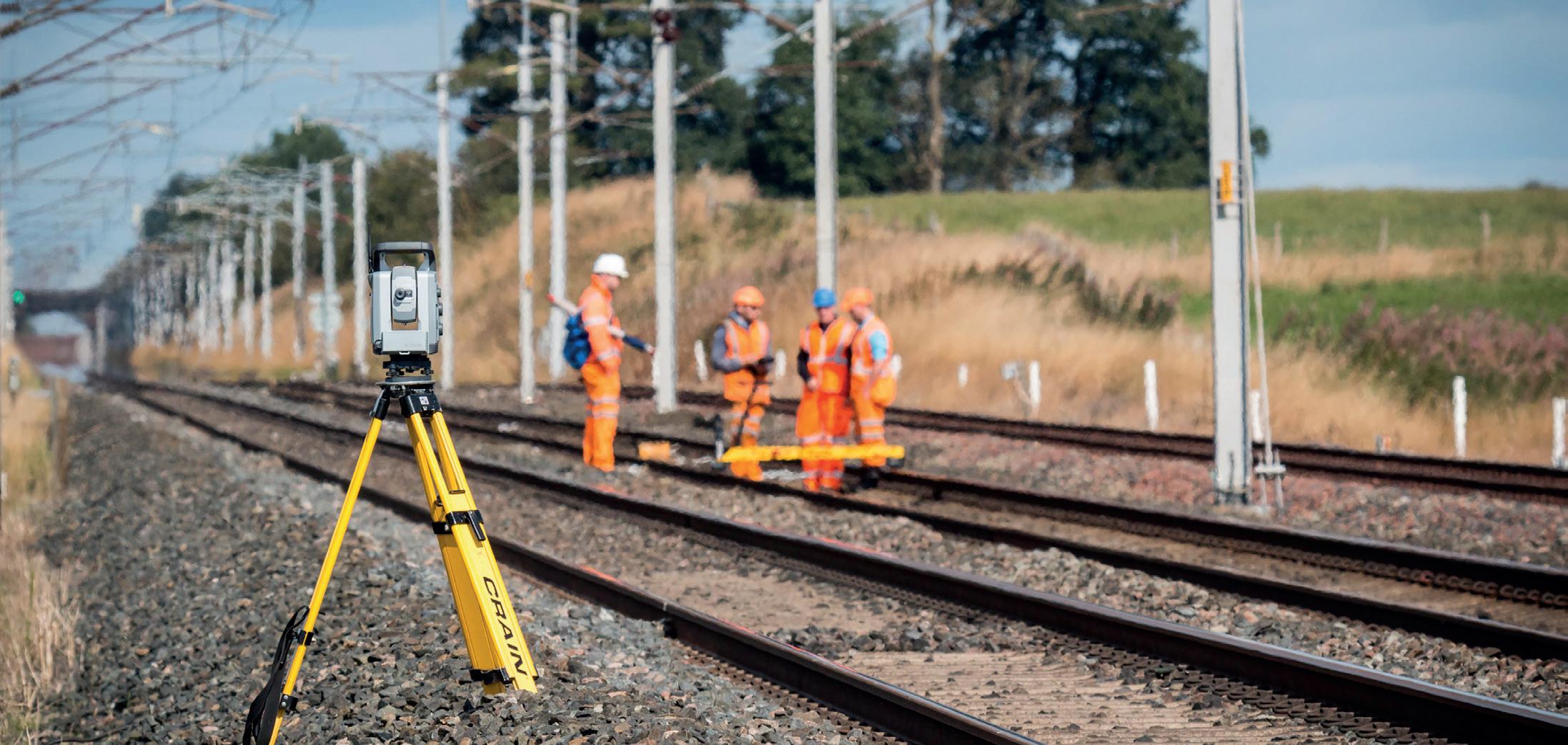
It offers a fully integrated solution from design, to construction and monitoring, with survey data used for various activities, including council consultations.
“We have several direct Network Rail frameworks, and the workforce all have Personal Track Safety and associated safety qualifications, including necessary highways interface competencies,” said Andy, who has 15 years’ experience in the rail industry, including more than seven at Network Rail.
“The key to our success has been establishing relationships, developing a reputation as a trusted partner, collaborating with clients to add value and
looking at what the end deliverable is and ensuring it is completed in the most effective and efficient way. If that means researching a different methodology or different technology, then we are more than happy to go the extra mile.
“We have also developed a strong network of trusted supply chain partners to provide end-to-end multi-disciplinary survey solutions.”
Works and major programmes
It is for those reasons that it comes as no surprise that CSG has supported Network Rail and many tier one contractors to deliver works and major programmes including Crossrail, Brighton Main Line, and the high-profile national Accessibility For All scheme.
“We are committed to minimising disruption, improving safety and recommending alternative methodologies and ways of working, including integrated multi-discipline surveys and logistics planning, to create efficiencies,” explained Andy.
ADVERTORIAL 18 February 2023
As an Internationally recognised rail infrastructure service supplier, we offer a comprehensive range of services, covering S&T, civils, operational communications & overhead line equipment.


2022
Our Services Include: Delivering Engineering Railway Solutions • System Design • System Integration • System Assurance • Installation, Test Commisioning • Surveying • Civils • Life Extention Works • Isolation & Possession Management xrailgroup.com +44 (0) 3450 600 700 Engineering Together
“As an agile SME with extensive surveying and project delivery experience, and a technically competent multi-disciplinary workforce, we are proactive, responsive and flexible, enabling integrated, multifunctional and more efficient working, and minimising disruption to the network and passengers.”
Knowledge and experience
With an expert team boasting decades of site, management and processing experience, CSG invests time and money in the latest training and equipment to further bolster the quality and accuracy of its services, something that has been strengthened following the organisation’s acquisition by Xrail Group.
“We are always looking at better ways of doing things, which ultimately saves money for clients and gives the end customer a better service,” said Andy. “CSG explores and invests in cutting-edge scanning technologies and methodologies to remove boots from ballast, enhance workforce safety, create further efficiencies and add value.
“Innovation is being employed to survey multiple assets at the same time and deliver digital information/big data sets; one source of truth that can be shared and used by multiple organisations and disciplines in supporting the digital railway.
It also enhances interdependency understanding, with CSG able to verify this data every six months as per the data standard.
“Underground utility mapping is a key focus, especially at the front end of a project as not only does it provide information to improve safety, but also supports project delivery and minimises delay risk. This applies to all sectors.”
CSG works across a range of sectors from construction, civils and transportation to ecology, telecoms and utilities and its core capabilities include:
Geo-spatial – topographic surveys, 3D laser scanning and modelling, elevations, and measured building surveys
Utilities – ground penetrating radar surveys, electromagnetic surveys, utility plan sourcing and composite CAD drawing production
Structures – non-intrusive concrete scanning, construction materials testing and dilapidation surveys
Geo-environmental – ground investigation and environmental risk assessments
Transport – specialist rail and highways surveys, including railway technical engineering
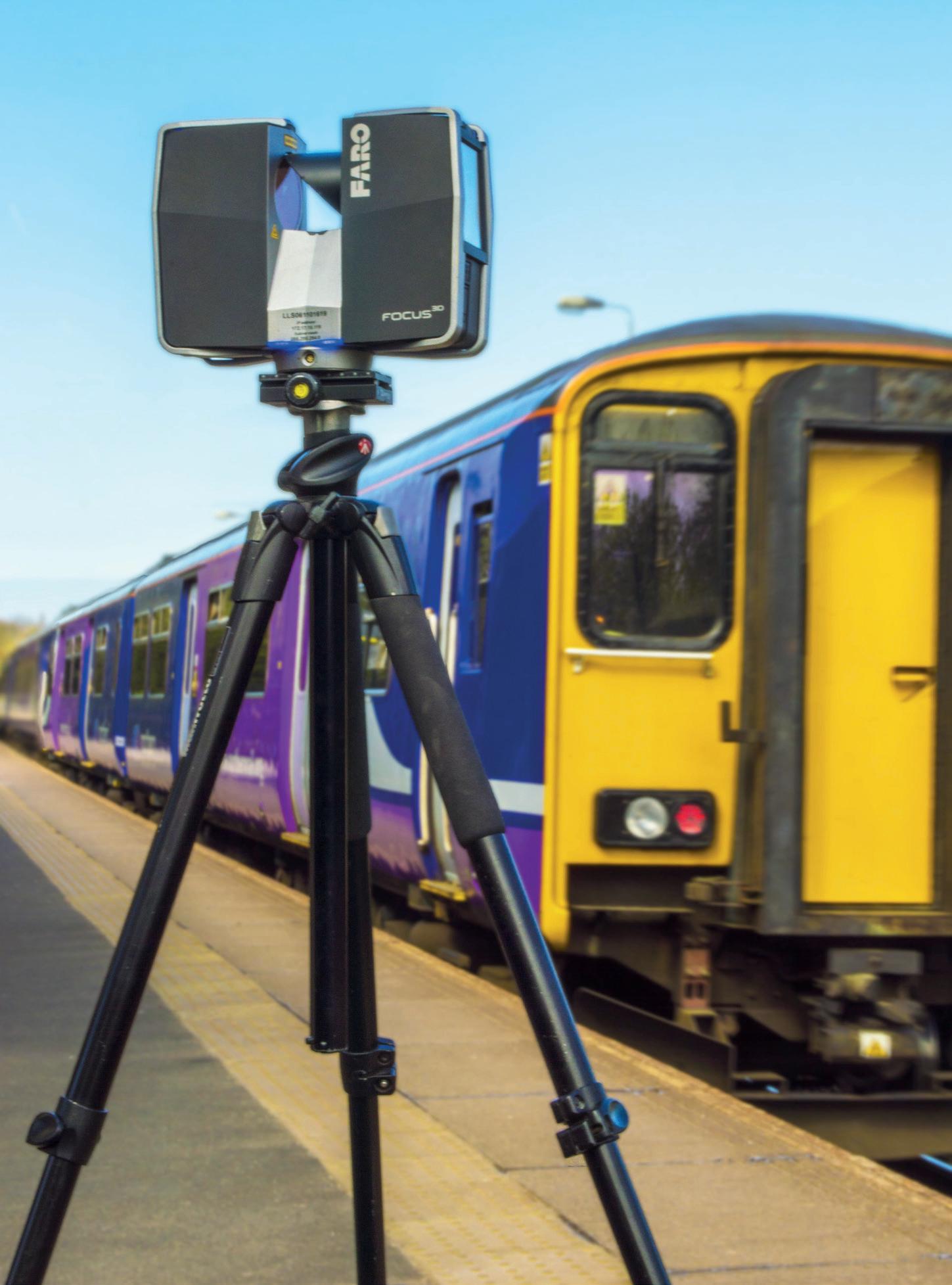
Site engineering – setting out, machines control, levelling and volume calculations
Environment – ecology surveys, ecological assessments, tree surveys, noise and vibration assessments
Monitoring – structural monitoring, railway track monitoring, vibration monitoring and noise monitoring
Telecoms – telecoms planning, duct and cable installation, reinstatement, utilities mapping, project management, design and as-built surveys
“Corporate social responsibility (CSR), climate change and sustainability – challenges facing the whole industry – are at the forefront of how we work,” Andy said. “Every package of work we put together is always built around the client’s requirements associated with sustainability and CSR and we are continually looking at new innovations to support these ambitions.
“With climate change impacting infrastructure and assets across all sectors, from embankments to bridges and schools, we are currently monitoring multiple assets and providing reports on numerous issues including subsidence and potential flooding and landslip risk areas.
“I’m excited for the future of CSG. We and Xrail Group are united in the same mentality of getting the job done safely, efficiently and to the highest quality. Everything is about building that client relationship, understanding their requirements and looking to the next level when it comes to the quality of service we offer.”
Visit www.citysurveysgroup.co.uk/ for more details
ADVERTORIAL 20 February 2023
Our professional and competent teams deliver real, measurable value to projects, no matter the size, value or complexity
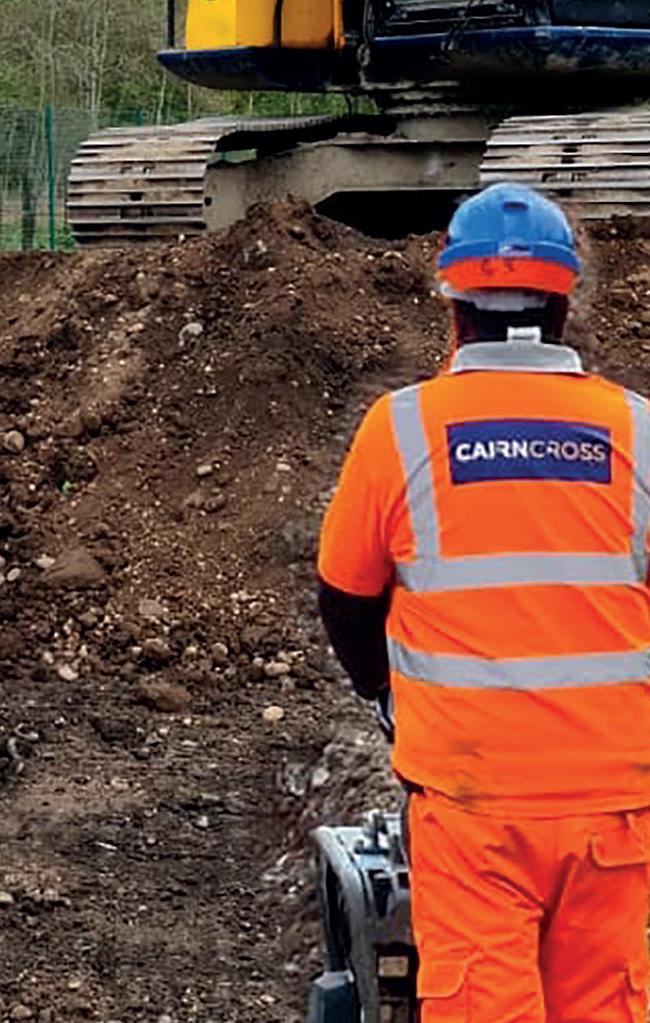
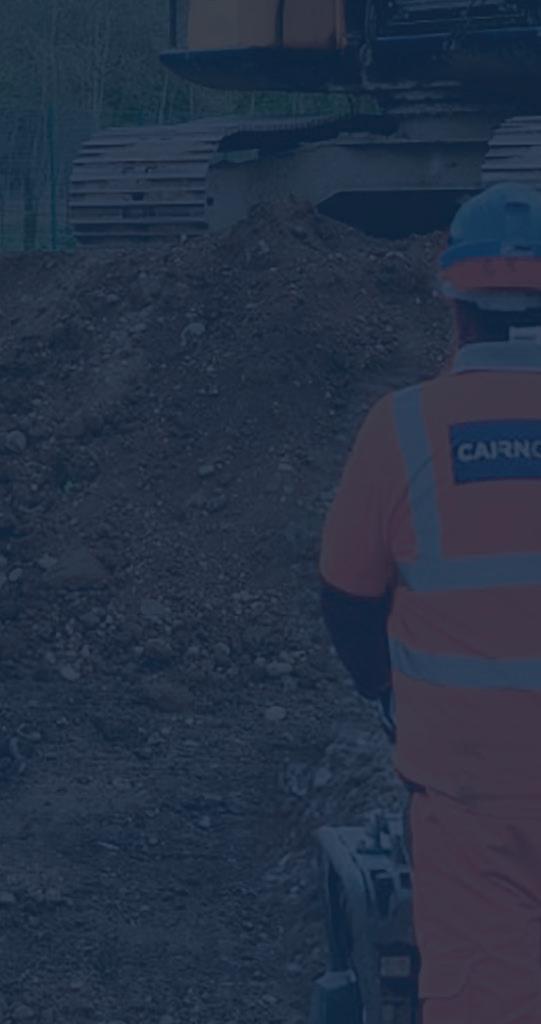



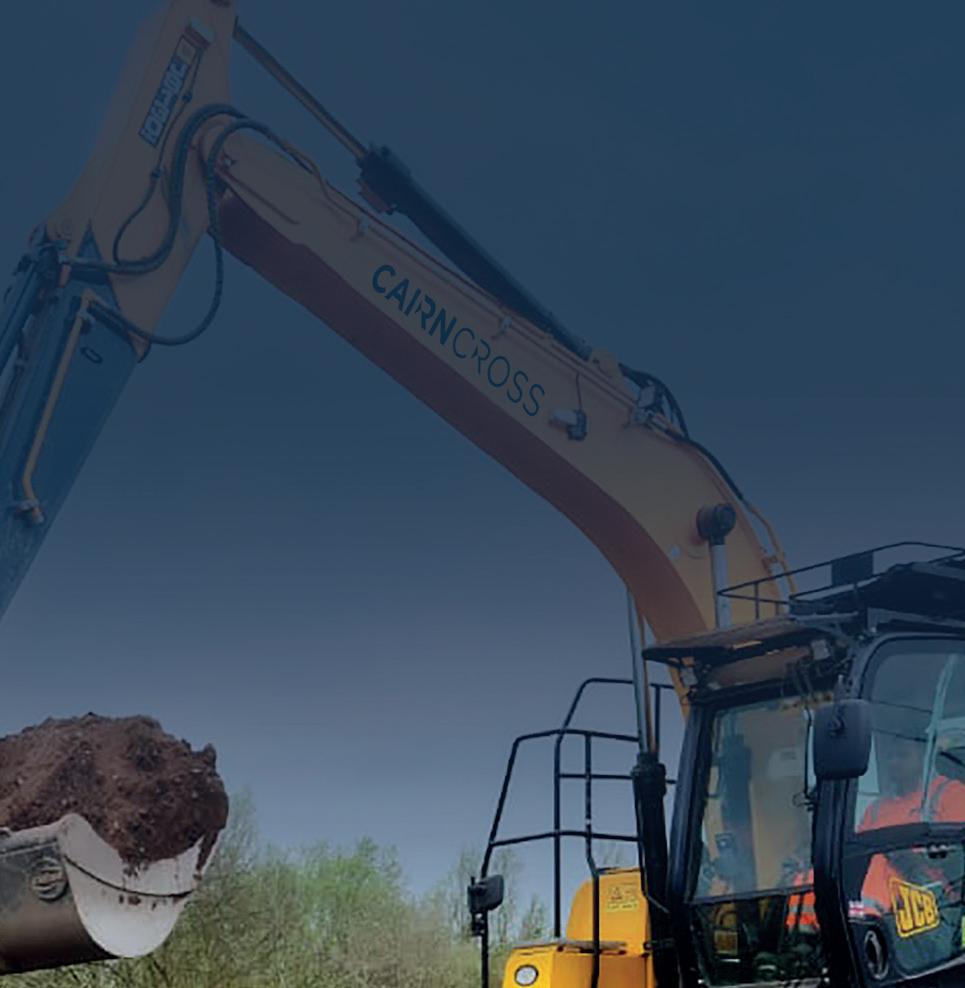
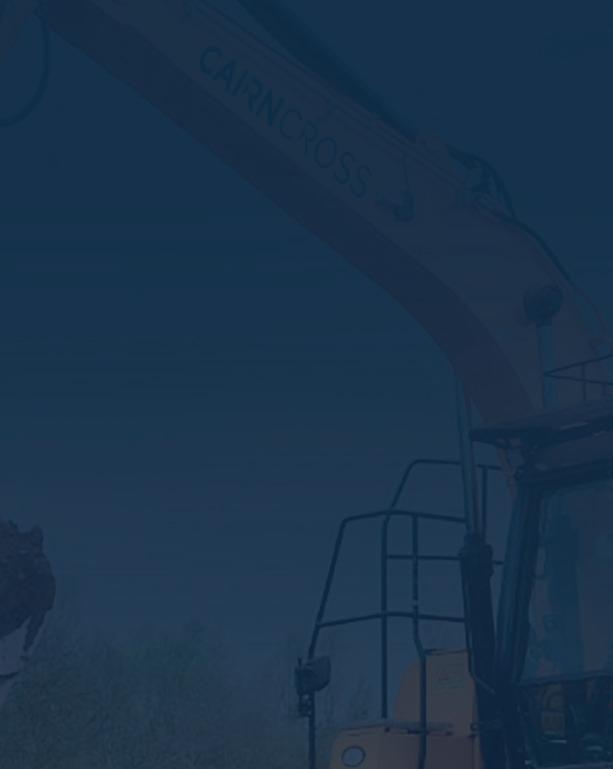






Shaping Future Infrastructure A multi-disciplined design and build specialist main contractor for rail depots and bespoke projects Speak to our rail experts and discover how Cairn Cross can enhance your rail infrastructure Capabilities & Experience Email: info@cairncross.uk.com or Call: 0113 284 2415 Providing complete in-house design and build capabilities and also offering a mechanical and electrical specialism, meaning Cairn Cross can deliver complete turnkey projects to suit your requirements Plus much, much more www.cairncross.uk.com • AVIS Infrastructure Facilities • Bogie Drop Installation • Carriage Wash • CET • Civils Infrastructure • Depot Cranes • Depot Modifications • Depot Protection • Fuelling & AdBlue • Fume Extraction • Gantries • Heating & Ventilation • Maintenance Pits • Mechanical & Electrical • Modular Buildings • OLE • P-way • Steel Portal Frames • Synchronised Jacks • Track Crossings • TrackPan • Underfloor Wheel Lathes Utilities & Services • Walkways & Lighting
Andy Bell, vice-president of Ground Transportation Systems UK at Thales, discusses the role his team is playing in UK rail’s digital revolution
Signalling a seminal moment for the UK’s rail industry
The UK rail industry has arrived at a “seminal” moment in its long history; that’s according to Andy Bell, vice-president of ground transportation systems UK at Thales. Speaking with Rail Director, Andy added that the sector had an exciting opportunity to make rail travel the transport mode of the future – and that Thales, with its expertise in digital technology and cyber security, was well placed to support these efforts.
Cautious optimism
Andy joined Thales 14 years ago as a project manager, and has overseen a range of high-profile programmes – including the £700 million Jubilee and Northern Line signalling upgrade project.
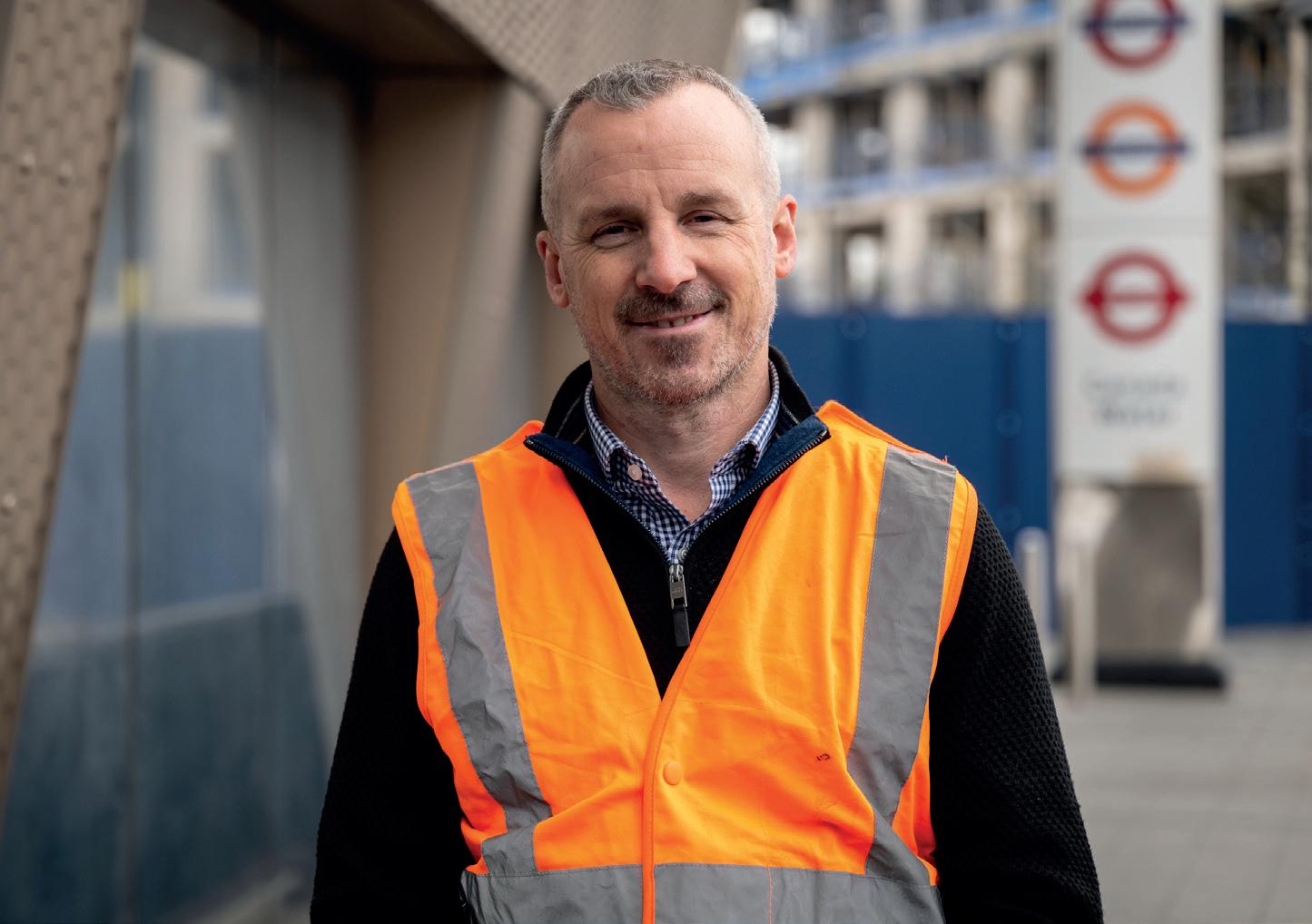
Reflecting on 2022, he said that he had ended the year feeling “cautiously optimistic.”
“It was a year of looking forward – of seeing the start of some things that will hopefully mean real transformation to the railway,” Andy commented. “The last few years – with budget constraints, uncertainty over the future and lots of change – have been challenging. Towards the second half of last year, we started to see a bit more clarity and some really positive signs as to why we might be optimistic about the future of technology in the railway.”
Andy acknowledged that the industry was still facing a range of operational challenges, but spoke of “green shoots” for technology providers.
“There are developments in areas like European Train Control System (ETCS) implementation, communications initiatives and cyber security,” he added. “Now, I hope we can get a clearer plan, joined up across the industry, of what we want to achieve and how we get there.”
New technologies
As these technological developments gather pace, Thales is keen to support and guide the industry. Renowned for its digital solutions (which include capacity management, smart maintenance and railway operations management systems), the company is already well-established across Europe – and has now begun to strengthen its presence in the UK.
Andy said: “Here in the UK, we have a long history of working with various kinds of railway systems technologies. Our work with Transport for London (TfL) and Network Rail dates back several decades.
“In Europe, we’re one of the largest signalling providers – and as the industry moves towards digitalisation, that gives us the opportunity to look at how we can bring our global technology into the UK.”
Thales is already supporting a range of UK projects, including the East Coast Digital Programme (ECDP), which will see traditional lineside signals replaced with the more modern in-cab ETCS signalling on the East Coast – starting with the southern section.
As part of the project, Thales is retrofitting ETCS to three of Porterbrook’s Class 43 high-speed trains. In 2021, it was also awarded a contract to fit out three heritage and charter vehicles.
Indeed, Andy believes that, with its “global capability”, increasingly strong local team, and experience of working with rail industry stakeholders, Thales has something unique to offer the UK.
“We think we’ve definitely got something to offer the UK main line market around the introduction of new technologies and innovation,” he said. “Recognising, obviously, that it must be integrated into the existing infrastructure and be part of wider business-change activity.”
Cyber security
Andy added that, while digitalisation will make rail travel faster, safer and more passenger and freight-friendly, it also leaves the industry open to cyber-attacks – something Thales is already helping to combat in the UK. In 2021, it was contracted to provide the online key management system (OKMS) for the ECDP.
“We’re introducing technology from outside the rail sector – from the security and banking sectors,” Andy said. “Thales secures billions of bank transactions every week, and we’re bringing that technology into the cybersecurity that secures digital communications as part of the East Coast programme.”
ADVERTORIAL 22 February 2023
He explained that, while the rail industry has lagged behind these sectors in terms of cyber security, stakeholders are beginning to recognise its importance.
Andy said: “We’re definitely seeing an increased awareness among our customers. We live in a digital world and there are threats that need to be safeguarded against. The advantage of working with a business like Thales is that you get that added capability – we can leverage technology developed by Thales in other sectors.”
With threats constantly evolving, Andy explained that Thales was committed to staying one step ahead.
“As a technology provider, it’s really important that we continue to look at these threats, and at how we reinforce our solutions,” he said. “It’s not a one-time fix; it becomes an ongoing service that moves with the people who, unfortunately, want to cause trouble.”
East Coast Digital Programme
Reflecting on Thales’ work to secure the ECDP, Andy said: “Our role includes providing the OKMS, which secures all the data that is transmitted between the signalling system on the East Coast Main Line.
“As discussed, we are also retrofitting the Class 43s and heritage and charter vehicles with our ETCScompliant on-board unit. It’s been rolled out across Europe, and we recently had it approved for roll-out across the UK. We’ve completed our first-in-class on the 43s and are working on the steam trains at the moment.”
Andy hailed the programme as “really important for the industry,” adding that “the move towards ETCS technology must be the future for mainline signalling.”
While acknowledging that Thales’ role in ECDP is still relatively small, he said he was keen to offer further support to, not simply East Coast main line, but the wider UK market.
Andy commented: “We can offer support with cybersecurity and also with the roll-out of ETCS, as digitalisation happens over the coming years. Although most new trains come with on-board units fitted, there’s still a large fleet of older trains without them, including engineering and freight vehicles as well as steam trains. We’re happy to play a role in fitting them.”
Andy also believes that Thales is well-placed to support the digitalisation of wayside signalling, adding that more competition in this area would be beneficial.
“Obviously our first priority is to make sure the East Coast Digital Programme goes well and that everybody sees the benefit of ETCS signalling,” he said. “We look forward to working with other organisations – including Network Rail – to establish what the implementation programme should be across the rest of the UK.”
Looking to the future
Andy is optimistic about the future of UK rail. He said: “The digitalisation of main line signalling is a hugely positive thing for the industry. While I think we’re behind some of our European colleagues, the sector is starting to pull together to look at how

we can upgrade old technology, with benefits all around – improved operations and maintenance, as well as improved passenger experience.”
He added that the industry has an opportunity to better serve both the travelling public and freight operators, establishing itself as “forward-thinking and progressive” and positioning rail at the heart of the connected journey – but only if it can resolve some of its internal issues.
He also believes that the industry should aim to accelerate the development and deployment of next generation technologies – including ETCS Level 3, which has the potential to reduce costs and further improve passenger journeys.
Indeed, experienced programme director Andy is as passionate about serving passengers and freight customers as he is about new technologies. Reflecting on his career to date, he commented: “It’s been a challenging journey, but I think we’ve delivered benefits to both passengers and the industry.
“You can catch a train or use the underground and see the impact of the work you’re doing, whether that’s through a telecoms or signalling system. Working across the UK and seeing the benefit the rail industry brings to people’s lives gives you a real sense of pride and purpose.”
Now, at an “exciting and transformational time” for the UK rail industry, Andy’s goal is simple.
“As a technology provider, my aspiration is that we continue to help our customers – whether it’s Transport for London, Network Rail or Transport for Greater Manchester for example – to provide a modern, seamless service to the travelling public and freight operators,” he concluded.
Visit www.thalesgroup.com/en/markets/transport for more details
ADVERTORIAL 23 February 2023
We live in a digital world and there are threats that need to be safeguarded against
Warrick Dent, safety and operations director at LNER, discusses the organisation’s updated Responsible Business Strategy
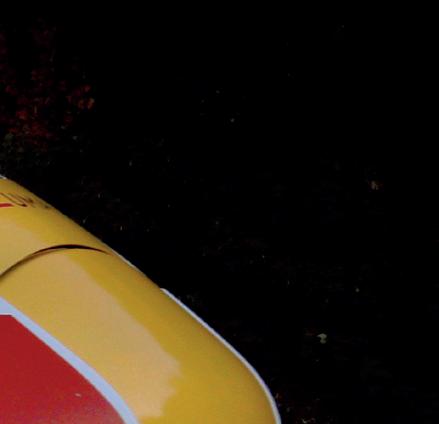

Putting LNER on track to become the UK’s most responsible train operator
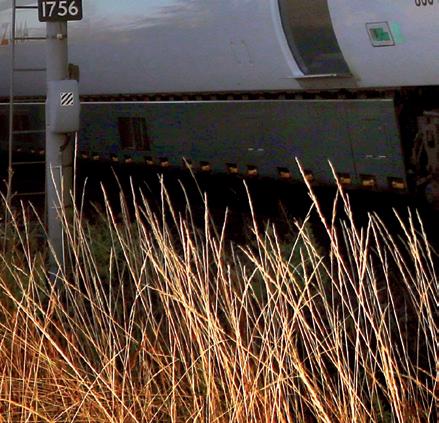
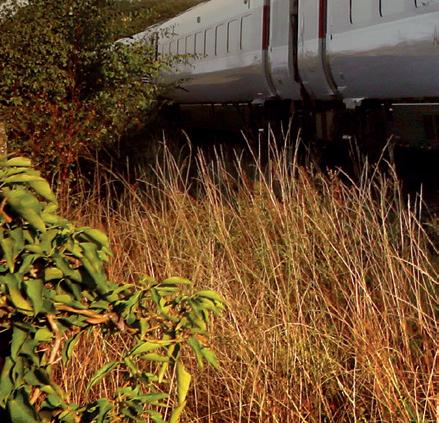
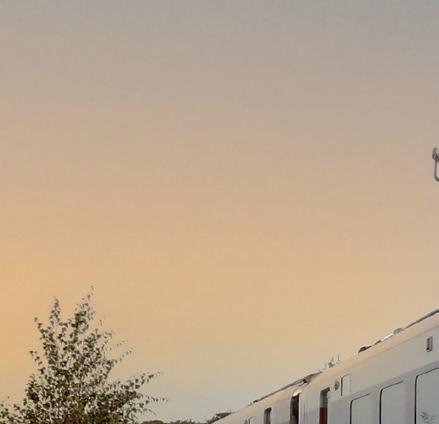
London North Eastern Railway (LNER) is on a journey to grow its business in a way that delivers a positive and sustainable impact on its communities and the environment.
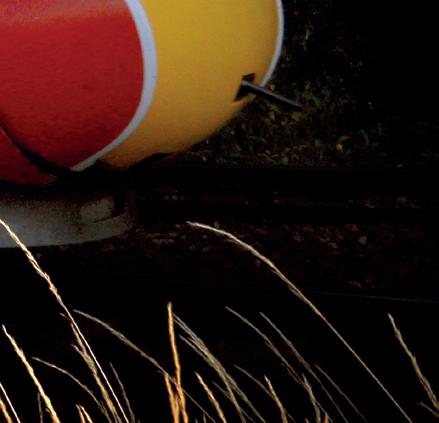
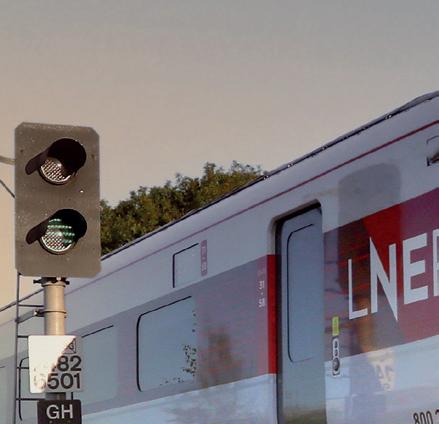




Managing director David Horne has set the bar high; the ambition is to become the UK’s most progressive and responsible train operator and be recognised as such by its colleagues, customers and the communities it serves.
Warrick Dent, the organisation’s safety and operations director, is the man tasked with helping to create that platform.
“Being a responsible business is something I feel very strongly about, and just like the rest of the LNER team, we all want to leave a legacy and to make this a better place to work,” he said.
“We recognise the role we have in our communities and with our customers and colleagues, and we are
in a very good position in terms of the environmental credentials of the rail industry, especially with our new Azuma fleet of trains too. It is a good firm foundation to build on, but it is just the start.”
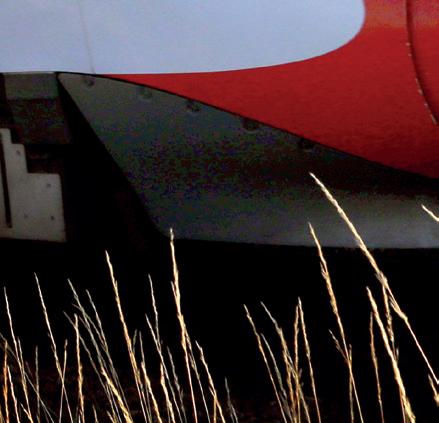
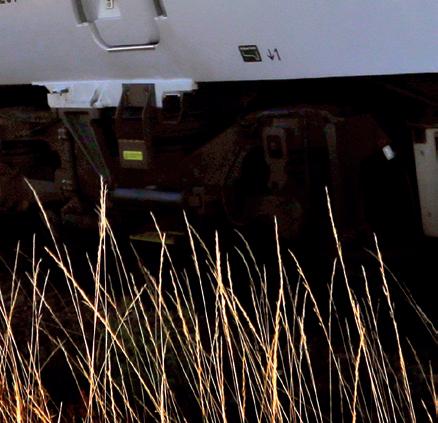

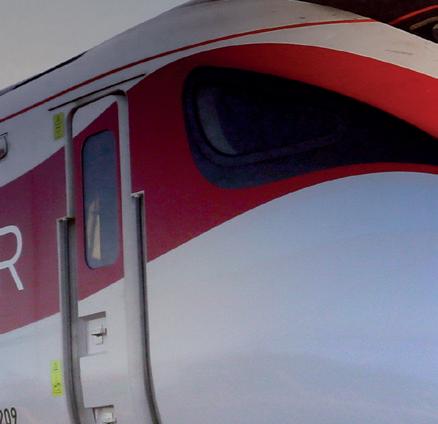
Warrick spoke with Rail Director shortly after the train operator released the latest edition of its Responsible Business report, covering April 2021 to March 2022. It not only celebrates the achievements, but also outlines ambitious targets across its focus areas for the first time, refining Key Performance Indicators (KPIs) to give a measure of the impact of its work across any given timeframe.
“We are trying to lead from the front as an organisation in the industry as I truly believe there are some great possibilities within LNER to really demonstrate to our customers and colleagues about responsible business,” said Warrick.
“It is more important than ever, especially as more and more people look to organisations that can










show and demonstrate their commitment to being a responsible business. It also has a positive impact when it comes to the jobs market, because people want to work for a company that takes it seriously, so this will allow us to attract the best talent to continue to build this company.
“Among the progress we’ve made includes attracting top talent from a diverse range of backgrounds and giving those already in the business opportunities to progress their careers with us. We have supported colleagues through initiatives such as mentoring, menopause support and leadership training.
“We’ve reduced our emissions by 46 per cent since 2018/19. A big part of this has been from the introduction of our new, bi-mode Azuma trains, which have allowed us to remove all diesel-only trains from our fleet. The Azumas can run on lower carbon electricity for most of our route, and only switch to diesel power in areas where the line is not electrified.
OPERATING COMPANIES 24 February 2023
This has significantly reduced our diesel consumption and, subsequently, our carbon emissions. From a community perspective, during this period we also provided support for communities, raising more than £400,000 for the Campaign Against Living Miserably and colleagues gifted 665 hours of volunteering activity to good causes.”
The updated strategy outlines stretch goals for the medium and long term, which will see LNER address climate change by increasingly positioning rail as the preferred low-carbon way to travel. The train operator is also committed to stepping up on its work to support the wellbeing of colleagues, customers and communities.
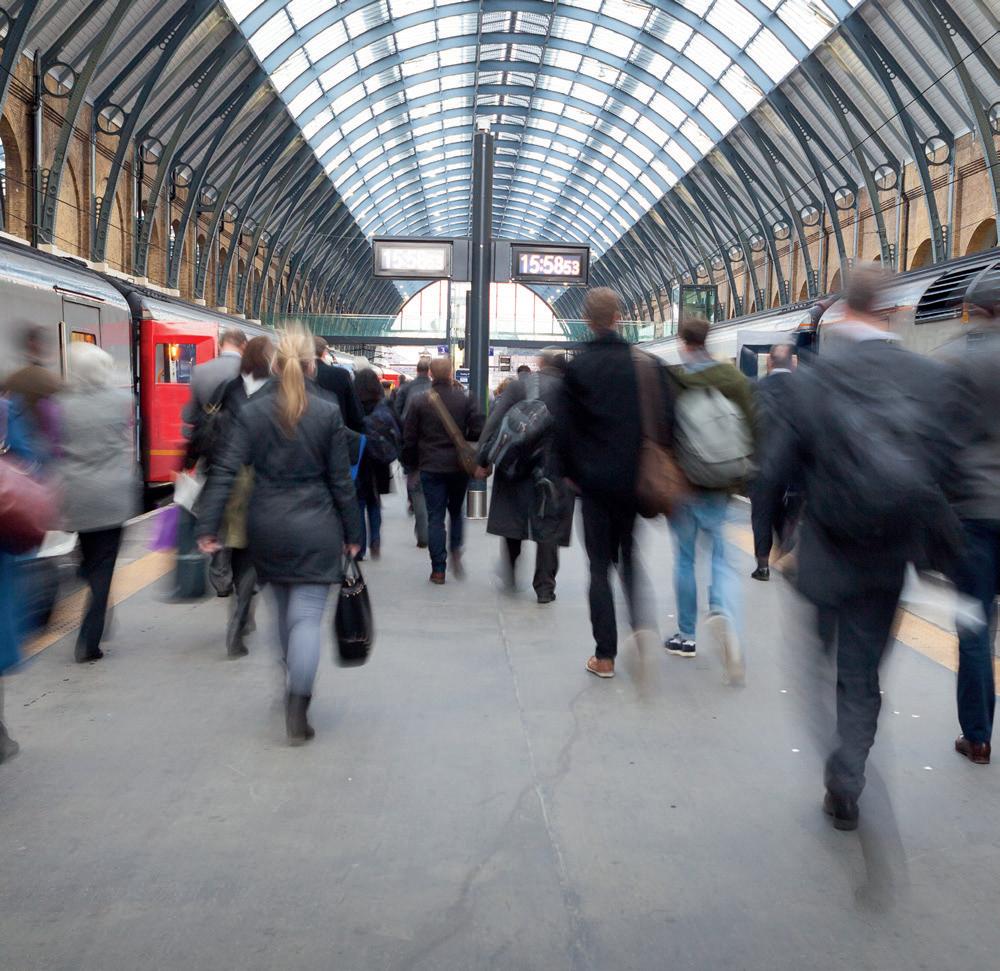
The targets include:
10 per cent overall ethnicity representation and 45 per cent overall female representation by 2025. Achieve net zero carbon by 2045, with interim targets of 21 per cent by 2025 and 67 per cent by 2035.
Achieve 50 per cent circular economy target for waste streams and maintain zero waste to landfill.
Ensure that 50 per cent of colleagues are trained in suicide prevention awareness.
“There is a lot to do, but the good progress we’ve made in recent years shows what can be achieved and also that the team are committed to the improvements,” said Warrick.
Goss Consultancy Ltd (GCL) are working across the Rail Industry to hardwire access and inclusion into project management and delivery.
Our services include:
• Access and Inclusive Design Appraisals
Access and Inclusive Design Training
• Access and Inclusion Project Management Support
Access and Inclusion Strategy Reviews
• Access Audits/Reviews
Digital Accessibility Reviews
• Diversity/Equality Impact Assessment Training and Development
Equality, Diversity and Inclusion Audits/Reviews
• Inclusive Customer Service Training
• Policy/Practice Development
• Stakeholder Engagement
We are supporting the transport sector to future-proof the Rail Industry, for all.
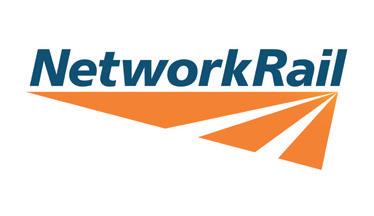
Clients include:
“We’ll continue to commit a huge amount of effort and thought to try and become the most loved, progressive and responsible way to travel.
“A real step change in the journey was two years ago when we added responsible business to our list of six strategic priorities which are used to shape LNER. It now sits alongside safety and performance, with the same profile and importance of things like revenue. It means that when we are putting business plans together and looking at investment and areas for improvement, responsible business is front of mind in the decision-making process.”
Love the journey
The updated strategy sees LNER maintain its areas of activity of Business with Heart, People with Heart and Places with Heart, with its refreshed ‘Love the Journey’ initiative aiming to focus on the issues that matter most to customers, colleagues and communities.
These categories drive its ambition to become the preferred low-carbon way to travel, reinforcing its commitments to diversity and bringing alignment across its communities and people strategies by integrating employability and education programmes with its talent pipeline.
Warrick said: “Reducing carbon and getting to net zero is certainly one of the biggest challenges facing the rail industry, but we come from a position of strength with rail as a mode of transport. Moving to the bi-mode fleet has allowed us to make a massive step change in carbon usage.
Development OPERATING COMPANIES 25 February 2023

Reducing carbon and getting to net zero is certainly one of the biggest challenges facing the rail industry
Promoting a world of
accessible to all.
opportunity
Get in touch, email us at: info@gossconsultancy.com or call on: 01442 877117 J93665 GCL Railway Magazine Ad.indd 1 16/02/2022 12:16
“As well as the trains, there are lots of other initiatives we can look at. We have secured funding and planning to replace all our station boilers from gas to heat source, and we are looking at the provision of solar panels, including looking at a project to install solar panels on some of our station roofs, with the ambition to make two of our stations carbon neutral in the next couple of years.
“This year we will be taking it to the next level by reporting against Scope 3 emissions. It will be a challenging thing to do, but it is important that we have a full picture of our carbon emissions and how much we are reducing it year-on-year. This will entail us looking at all the things we buy in, from products to services, and analysing how much carbon is emitted. It will enable us to ensure all areas of the business are more efficient.
“There are no silver bullets when it comes to a responsible business. It is really about embedding it in everybody’s mindset regardless of what your role is or where you fit in. We need to make sure we are always thinking about how we can all contribute to the responsible business challenges.
“One example is our catering offer. We try very hard to source all the food and drink we use along the route, which is helping reduce the carbon footprint but also helping to support the economies of the communities that we serve with our train service –helping generate wealth along the route.”
Improving the customer journey
There are several exciting developments that Warrick is leading, particularly around the whole customer journey, from entering the LNER website, right through to getting into the station and getting on the train.
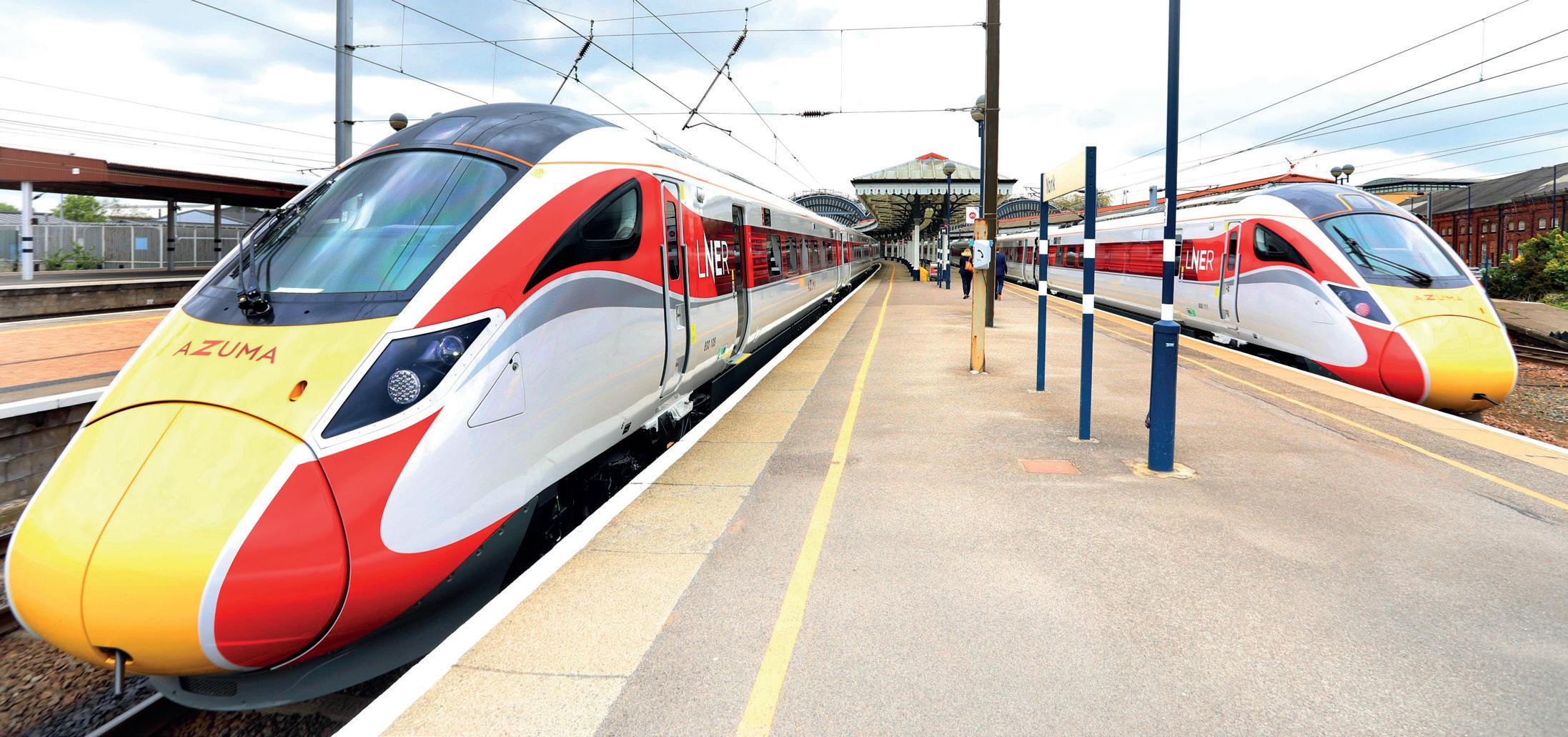
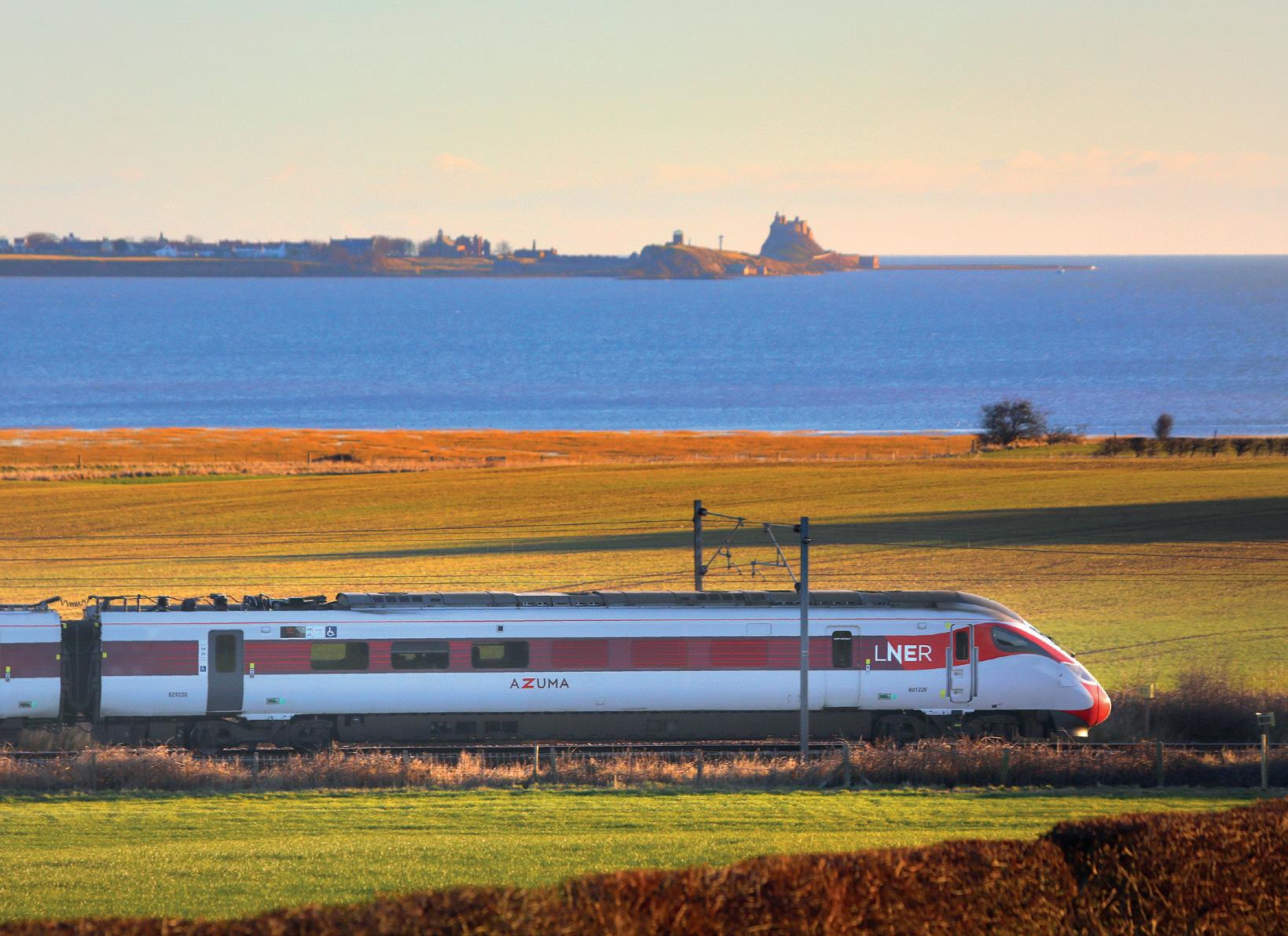
“We are about to trial a product that is a monitor featuring sign language which replicates the announcements that are being made. Technologywise, there are some great examples out there and we keep talking about things other people are doing that we ought to be taking advantage of.
“There is no forgetting that the greatest asset is our people and without doubt, we need to look after ourselves.
“It has been a bumpy ride for the last few years and that does impact on health and wellbeing. We have a partnership with MIND who provide all sorts of tools and access to all sorts of facilities for colleagues around mental health and mental health awareness. In-house we have our own medical teams and doctors.
“Each part of the jigsaw is vital in creating a responsible business, which will drive revenue and growth. We’ve got to set ourselves that vision and be recognised for that, with everything we do having to be connected to a responsible business. We talk about people with heart, business with heart, place with heart, so it is those three things. It is about the communities, it is about our colleagues, and it is about our customers.
“Within the report, we are focusing on some real tangible activities because I do think people have struggled to take those fine words and translate them into real positive action that can demonstrate that we are a responsible business. Lots of people talk about it, but we’re keen at LNER to demonstrate we are actually doing it as well.”
OPERATING COMPANIES 26 February 2023
Each part of the jigsaw is vital in creating a responsible business, which will drive revenue and growth
Maintenance provider of choice
We’ve been keeping rail moving for the last 150 years. Our maintenance and asset management capabilities are second to none, taking care of every aspect of your maintenance requirements from service, parts management and overhaul through to innovative engineering solutions and life-cycle cost reduction.
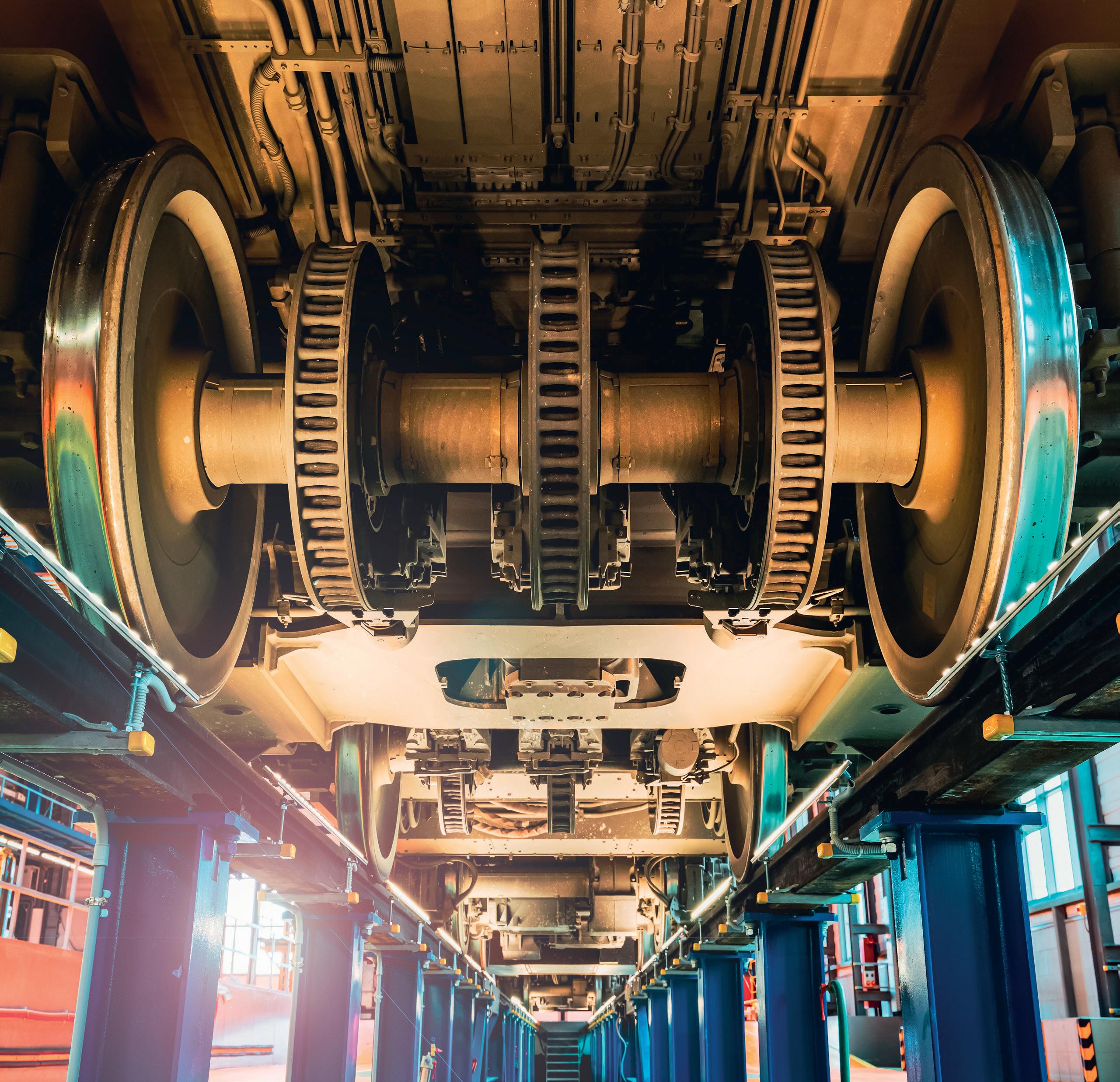
Whether for passenger rolling stock or freight vehicles our skilled experienced operators combined with our envious range of nationwide services will ensure you stay on track.

After a year of uncertainty, KPMG’s UK head of transport Ed Thomas welcomes Mark Harper’s Bradshaw address – in particular, his clear commitment, with support from the Prime Minister and Chancellor, to establish Great British Railways (GBR) as a new ‘guiding mind’ for the sector
KPMG’s UK head of transport welcomes the acceleration in rail reform
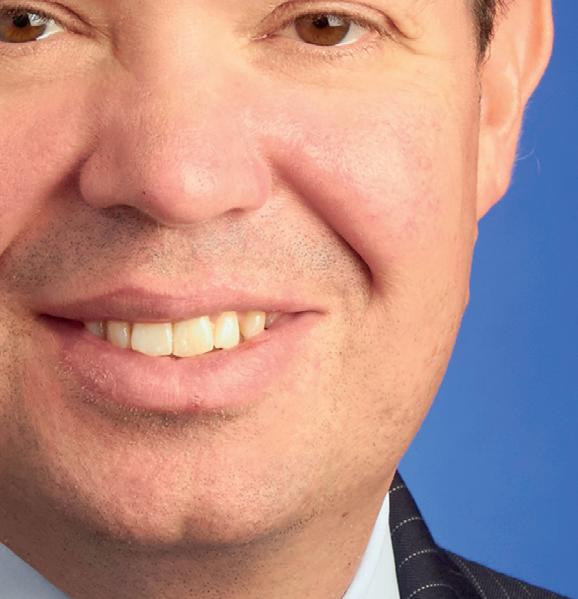

Speaking to Rail Business Daily, Ed Thomas – who leads KPMG’s 300strong UK transport team – stated that the conclusions of the ‘Williams-Schapps plan for rail’ were still valid, and that today’s rail industry needed a guiding mind to “set its strategic direction”.
KPMG’s transport team offers a range of advisory services. Working with both public and private sector clients, it advises on business case development, transformation programmes and technological change and provides deal support. KPMG is currently working with the Great British Railways Transition Team (GBRTT) on a number of aspects of Rail Reform.
With two decades of transport industry experience, much of it in rail, Ed is particularly wellplaced to comment on the political and commercial issues that are impacting the sector.

Of the need for a “guiding mind” Ed ((whose clients include GBRTT and a range of other major organisations across the public and private sectors) stated that “while the old system delivered some notable successes, in particular strong growth in passenger numbers, its complexity and fragmentation meant that at times the industry could be less than the sum of its parts.
“You’d have train operators and Network Rail each producing detailed plans, but not in an integrated way. Ultimately targets and incentives were not aligned across each of the parties,” he said.
“Also, while operators had strong incentives to deliver growth in individual markets, this was not always the best thing on a whole industry basis – there was insufficient focus on the impact of decisions on overall industry costs and revenues.”

“Finally, segregating infrastructure operations made it very difficult to deliver the major changes required as passenger numbers grew. Great Western electrification and Thameslink are examples of programmes that failed to deliver on their business cases – in part due to problems of co-ordination across a wide array of industry players”.
Ed believes that if the sector is to thrive, a new “guiding mind” as signalled by the Bradshaw Address is essential.





ADVERTORIAL 28 February 2023
He added: “Government is still looking at delivering major investments in the railway – the Integrated Rail Plan for the North and Midlands, and the Transpennine Route Upgrade, for example. You don’t want to replicate the issues you’ve had with previous big investments which were planned and delivered through a highly fragmented system.
“Going forward, there’s a big cost challenge in the railway. That can only be dealt with effectively if you have one body looking at the overall finances, trying to establish how you get costs out in the most intelligent way without simply cutting services.”
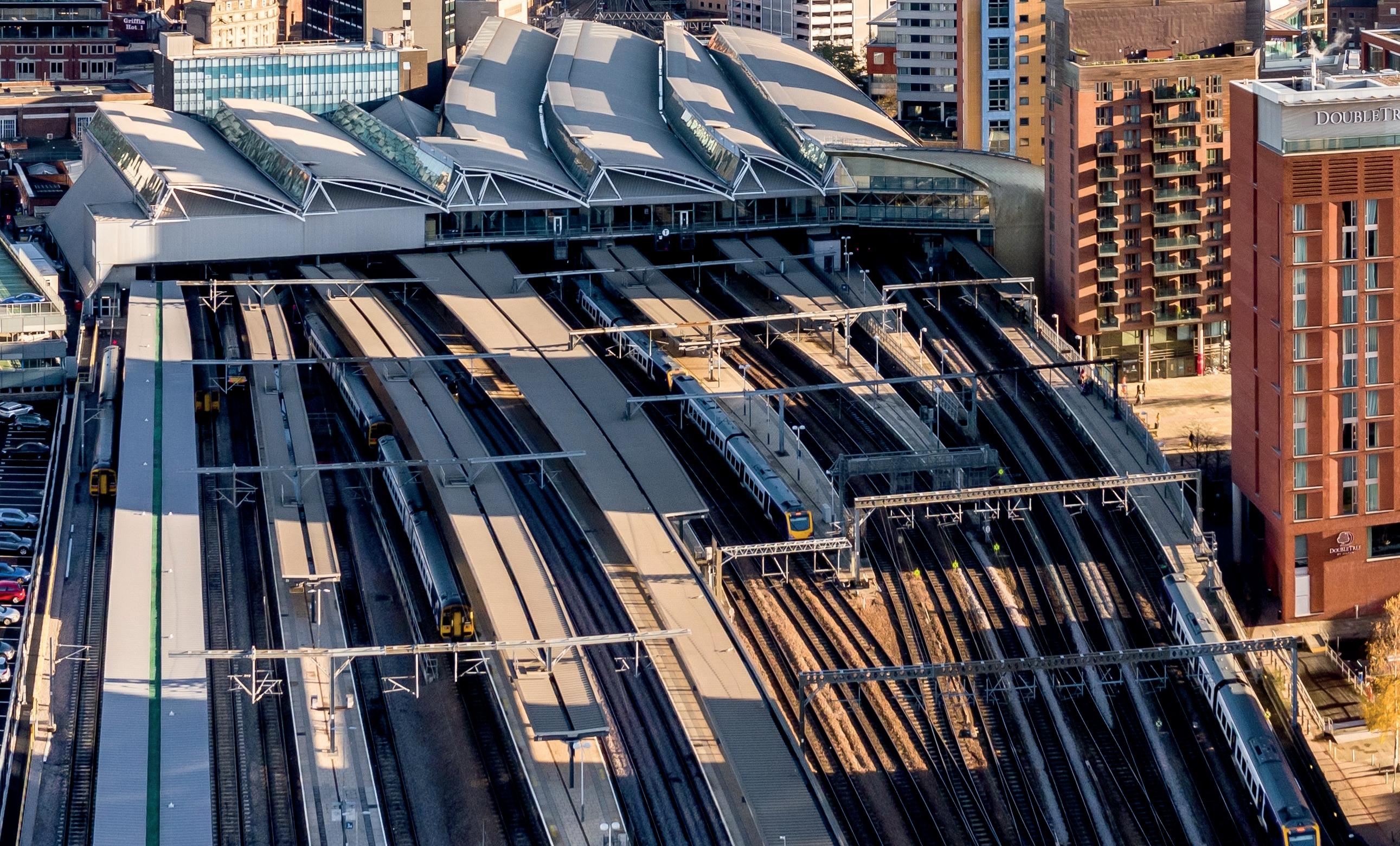
“A ‘guiding mind’ type organisation is also best placed to provide the leadership and longterm strategies required to deliver on government objectives such as simplifying fares and increasing freight traffic on the network. Moving detailed operational decisions a step away from government should also make the industry more agile in responding to changing circumstances”
A bright future
Ed believes that the clear policy direction provided by the Secretary of State – that the core of the White Paper would be retained and that it will not be a case of going back to the drawing board – will provide the industry with a sense of relief. He said: “In the course of my work with train operators and Network Rail, I’ve been struck by how committed people are to the railway, and how passionate they are about what they do. I think they found the loss of momentum that has occurred since the publication of the White Paper in 2021 really frustrating. They knew that change was coming, but they didn’t feel that they could help to shape it without a clear signal of where the industry was headed.”
However, Ed stresses that a “guiding mind” is not a silver bullet in itself – it will need to be set up with the right mindset and capabilities if it is to succeed.
He commented: “The Secretary of State was right to emphasise the importance of the private sector in delivering better outcomes. If you look at the railway in the UK, 80 per cent of all expenditure is undertaken by the private sector – so GBR doesn’t need to be a micro manager with all the answers. Rather, it needs to set the strategic direction for the railway and bring out the best of the private sector and the supply chain to deliver the outcomes that government and passengers want.”
Ed adds that GBR will also need to find the right culture and ways of working. “Whatever happens, GBR is going to be responsible for significant sums of government money, and there’s still going to be lots of political interest in the railway – both nationally and locally. GBR must set itself up to be trusted to deal with government and stakeholder issues in a fair and transparent way and back its decisions with strong, credible evidence. The Strategic Rail Authority, which was established in 1999 to perform a similar task to GBR failed to build this trust and lasted only five years before decision making was brought back closer to ministers.”
Ed concludes that, if delivered properly, GBR could serve as a “vital coordinating force”, setting a clear strategy for each rail region, and then harnessing the private sector to deliver the improvements required by passengers and taxpayers. When the legislation to set up GBR is passed, Ed and his team are on hand to support clients to take advantage of the new opportunities that a reformed sector will present.
ADVERTORIAL 29 February 2023
There’s a big cost challenge in the railway. That can only be dealt with effectively if you have one body looking at the overall finances
Delivering a multimodal freight strategy that meets the UK’s current and future requirements

Challenge accepted
The freight and logistics sector in the North is critical to the UK economy, given that more than 33 per cent of goods enter through the Northern ports, 25 per cent of GB freight starts in the North, and the same proportion of journeys end in the North. By 2050 it could be worth more than £30 billion to the North’s economy and employ more than 500,000 people. Lucy Hudson, principal policy officer of freight and logistics at Transport for the North, explains more.
I was asked over Christmas to summarise the Transport for the North (TfN) Freight and Logistics Strategy in 10 words or fewer by my interested but realistic parents. They know I can talk… Here was my answer:
More containers from road to rail Now, that was a flippant, loaded response to a very serious question. In truth, the strategy is properly multimodal and considers all forms of freight in all their glory. Each mode – be it road, rail, coastal or inland waterway – has its challenges and strengths. In the strategy, we say a huge amount about
the position of the industry in the context of the UK-wide economy. This strategy is not just about the North of England. It turns out, freight doesn’t just stop at mandatory boundaries that are set by people and politicians. It responds to real markets, where consumers and business drive decisions and deliveries need to be made to the agreed cost and time constraints.
Look around you. Virtually everything you can see has been delivered via road, rail or port. The freight and logistics sector is vital in helping us all get the things we need to go about our daily lives – from supplying food to supermarkets and transporting raw materials to our factories to delivering letters and parcels to homes and businesses.
Some facts and figures
The freight and logistics sector remains a key enabler for the North, as identified through the Northern Powerhouse Independent Economic Review (NPIER). This means it has a huge role to play in closing the 25 per cent productivity gap between the North and South of England. In addition to being a huge opportunity for
the North, it is a key issue for the UK, given that more than 33 per cent of goods enter through the Northern ports, 25 per cent of GB freight starts in the North, and the same proportion of journeys end in the North. Freight accounts for nine per cent of the country’s GDP and supports every industry with access to goods and services. In the UK, a total of around 1.65 billion tonnes of freight are lifted by all modes per annum. Over a third of freight tonnes lifted comes from the Northern ports, covering both international and domestic traffic – clearly any investment in freight is an investment in a high-value economy.
Containers on trains
More freight on rail is one of the backbones of the strategy. It was one of the mantras that attracted me to specialise in the industry in the first place.
Knowing of the huge carbon reduction opportunity that getting containers onto trains – even those powered by diesel – offered was enough in my early days. 76 per cent reduction in carbon by getting that container on a train? My lungs and the environment said yes please!
FREIGHT 30 February 2023
Digging deeper into the decarbonisation issue, I swiftly realised that if we were to achieve zero carbon rail transport for freight then realistically, electrification of freight routes was the only show in town.
This is complex, but TfN is committed to making the case at every opportunity, and at both local and national levels, as we continue in our role of giving statutory advice to the Secretary of State as was agreed when we were formed in 2019.
Through our research, which informed our strategy, we identified some major pinch points on the rail network that would have an impact on increasing rail’s modal share. These include the West Coast main line north of Golborne, the East Coast main line two-track section through Durham, Midland main line through Sheffield, and across Manchester, which includes the heavily congested Castlefield Corridor. We shared these results and our workings with colleagues at Network Rail and Great British Railways. Thankfully the methodology and findings were understood by both organisations, which gives me confidence that we can continue to make the case for investment in the railways that will open opportunities for more rail freight.
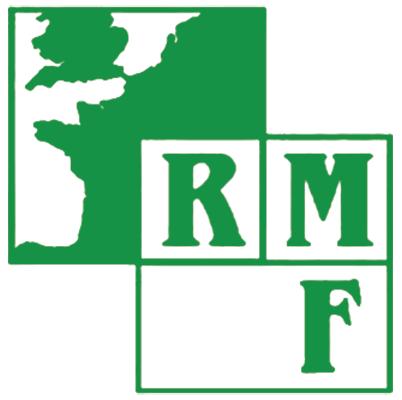
The biggest travesty, which I still struggle with today, is that a container train cannot run the most efficient route from East to West on our existing rail network. This means that containers cannot be put on the railway between the Humber and Liverpool ports – now both freeports. It also means that road transport is king on that axis, which makes the already congested M62 even more so.
The simple reason is that container trains need to be able to fit through and under the bridges and tunnels on that route, something that needs investment to fix.
Removing the barriers
If the North was connected in the right way, we would see almost £100 billion in additional GVA, and the freight and logistics sector could be worth more than £30 billion to the North’s economy, employing more than 500,000 people in the North by 2050.
To see growth in the sector requires additional investment to address three main areas of constraint across the road, rail and inland waterway networks: network capacity and capability, terminal availability and decarbonisation. Without being able to move our goods around the North better, we will simply not be able to make those figures a reality.

The benefits of investing in freight to the UK, from an economic, social and environmental perspective, must become something we talk about. Poor and unreliable connectivity is holding our people and businesses back, constraining growth, and hampering accessibility and social mobility.
The role of TfN is to provide statutory advice to government on key investments in infrastructure related to the North. This strategy sits very much within the spirit of that. TfN will continue to be active in the right places to support the development of freight and logistics programmes of work that will benefit the North. Visit transportforthenorth.com for more details
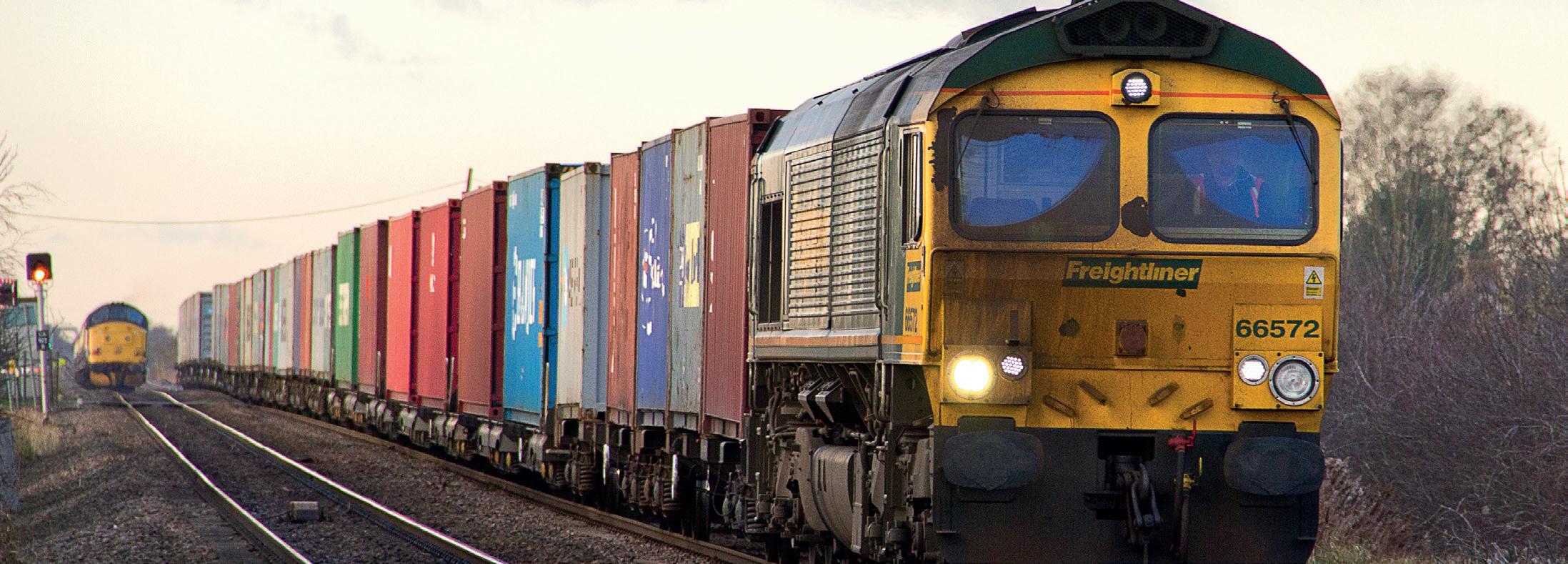
Containers
Times House, Bravingtons Walk, Regent Quarter, London N1 9AW | +44 (0)20 7042 9961 | david.hiscock@rmf.co.uk www.rmf.co.uk RMF
of
reservation based international settlement
clearing services, providing sophisticated revenue and cost allocation,
business critical management information. FREIGHT 31 February 2023
cannot be put on the railway between the Humber and Liverpool ports
is a leading provider
railway
and
including
KITE Projects is fl ying high as a leading brand for safer compliant access systems in infrastructure projects. Founder and sales manager Garth Holmes explains more
A safe footing for the UK railways
KITE Projects combines expertise, experience and manufacturing competence to enhance and protect the daily lives of personnel who work in, support and maintain vital rail infrastructure.
For the last 16 years it has developed solutions in handrail and access systems, enhancing efficiency and total job cost-effectiveness through early engagement with specification compliance and a solution-orientated approach.
“We work collaboratively with our customers to create an environment where they trust us to come up with a good solution,” said Garth Holmes, sales manager and one of the founders of KITE Projects.
“Our best advice and best relationships come out of collaboration and that is how we work.
“There has been significant transition in our business in the last 16 years and we have found that a preparedness to adapt to the marketplace and listen to what it is saying to us has helped us grow, even during the COVID pandemic.
“Doing that has enabled us to fill the gap between design intent and design realisation and deliver on customers’ aspirations.”
A safer way
Several years ago, the company recognised the need for innovation in the provision of safe embankment access-way systems, with the installation of conventional systems such as masonry and wooden staircases potentially slippery.
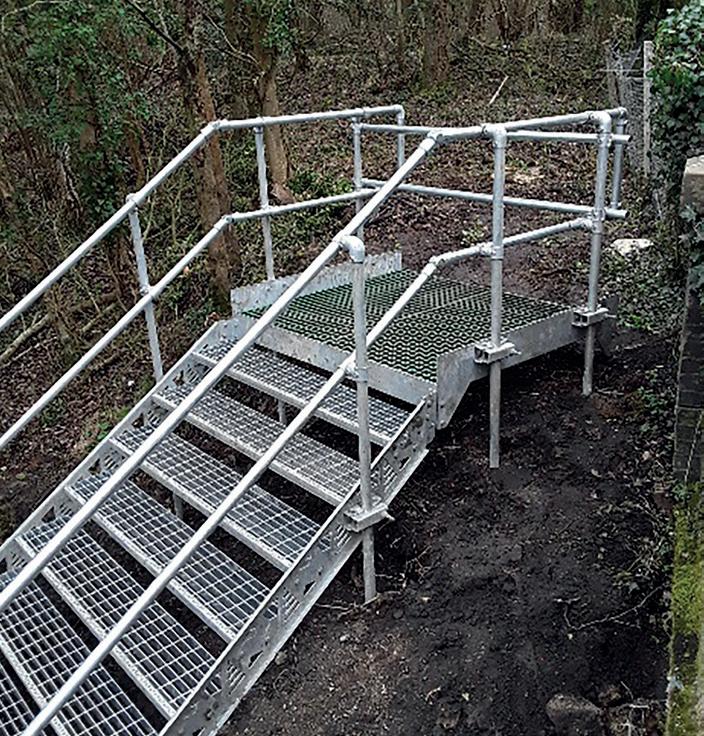
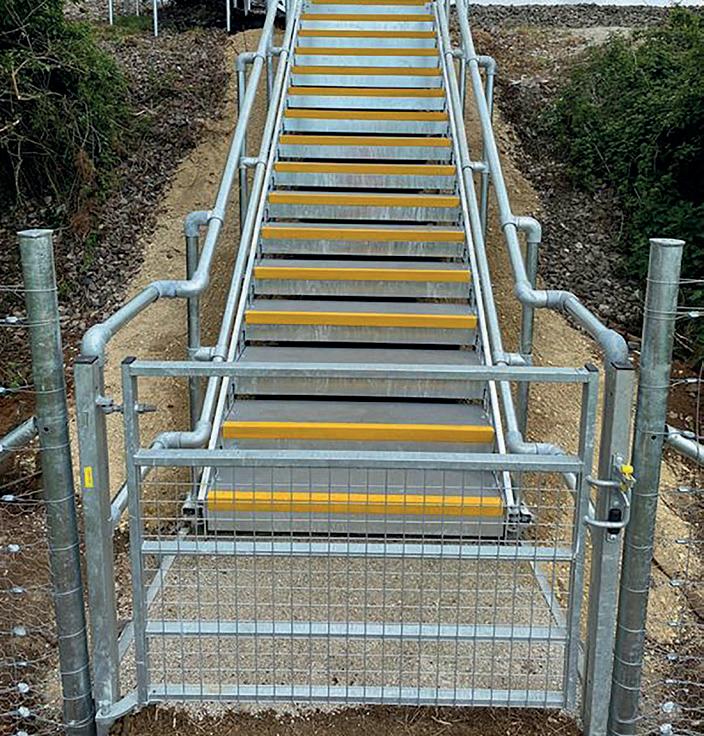
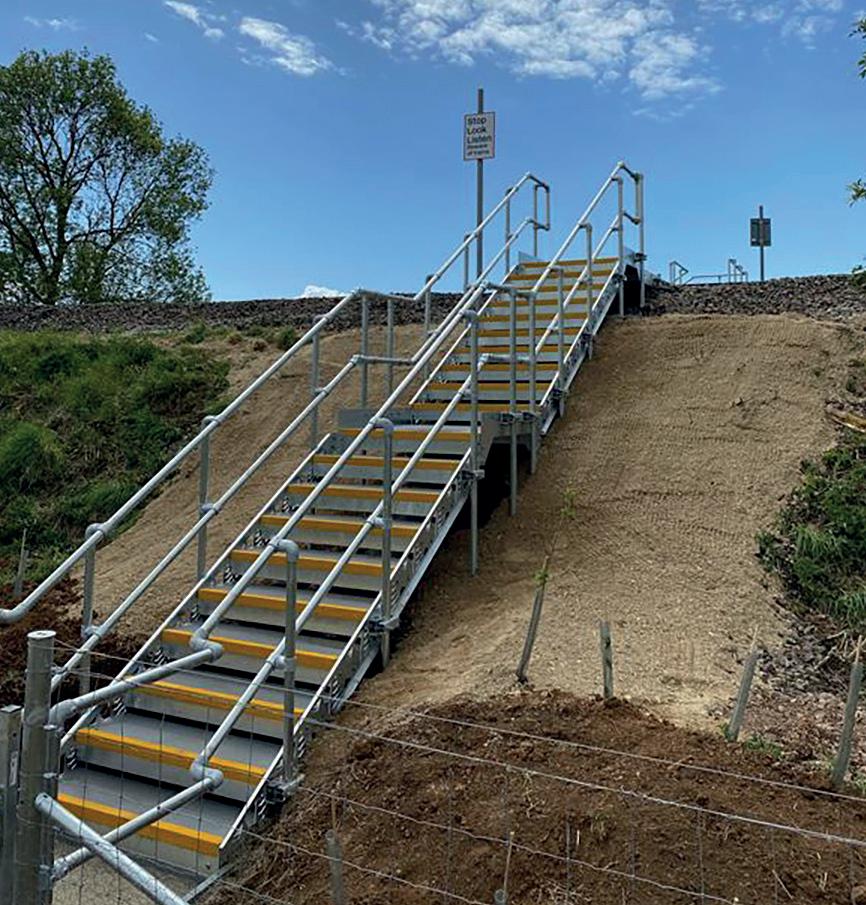
It led to the design of KITEStep, a modular system of high-strength steel runners and treads that weigh less than 50kg per component (dependent on project specification) and that can be installed and ready for use immediately upon completion. The posts that hold the system in position can be mounted in concrete foundations, or fitted to screwpiles, whichever solution is most appropriate.
KITEStep also helps achieve sustainability as compared to traditional construction methods such as brick and concrete; the steel components are fully recyclable at the end of their product life and could possibly be re-positioned to a new location.
As part of the service, the company can arrange a topographical survey, site-specific design and engineering appraisal documents to client approval, which includes compliance with loadings, corrosion and slip resistance.
“KITEStep is proving very popular in the rail industry because it is well engineered and with a back-up of a full set of combined design documents,” said Garth.
“The solution is pretty much bespoke for every access point, and it has been extended to give the same approach to level crossings.
“What we are about as a business is keeping the network moving. We’ve embraced in our minds the concept of ensuring compliant safe access for workers to complete a day’s work, and also connecting communities without the risk of danger.”
Also part of the KITEStep solution is its pedestrian crossings, with closed treads and risers that are appropriate for public use where footpaths cross the railway.
“They are designed to maximise sighting distance and give the public safe access across railway land where there is a public right of way.
“This is a great example where KITE is working with Network Rail to enhance the safety of the network but to give something back to the wider community at the same time.”
Innovation
Following the success of KITEStep, the business has recently unveiled KITEBridge, an adaptable and modular design for handling purposes, which is designed for pedestrian use.
“Designed for 0.5kn/mz loading, it can be used over flood routes, ditches and culverts, and has a galvanised finish for a 40-year design life.
“I am very optimistic for the future of KITE Projects,” said Garth.
“We are already working with several of Network Rail’s regions so the hope is that our role can expand to further areas in the months ahead.
“We need to continue providing that platform, taking on the design process and continuing to provide those solutions that are 100 per cent compliant and correct.
“We can give that certainty along with the paperwork to back it up.
“Our role is to undertake everything from the design stage to generate a proposal and then to engage with the contractor to ensure they have all the information required for the installation.”
Visit www.kite-projects.co.uk/, or kitestep.com for more details about KITEStep.
ADVERTORIAL 32 February 2023
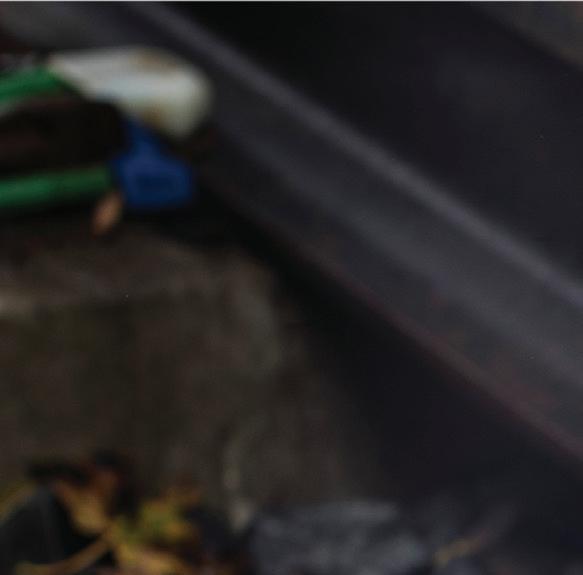
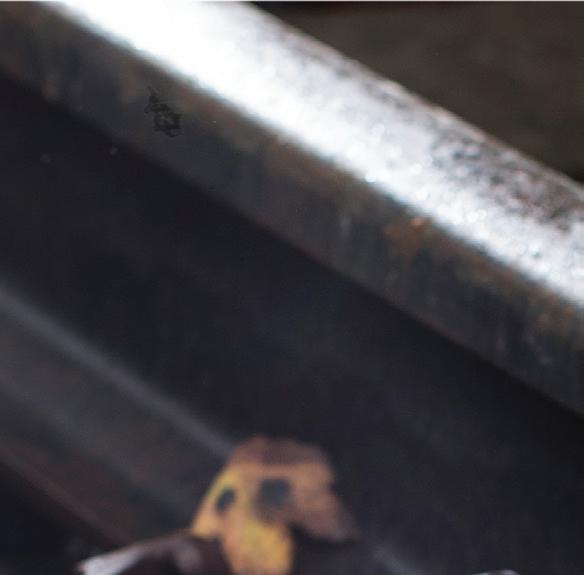

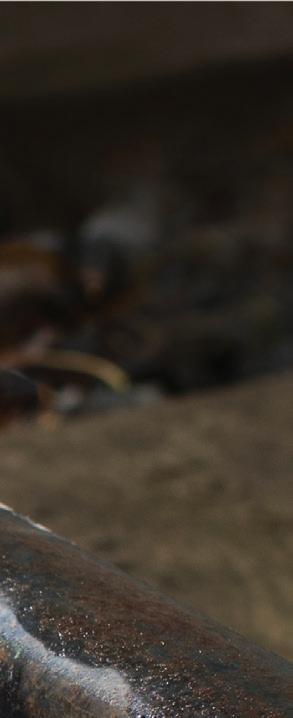
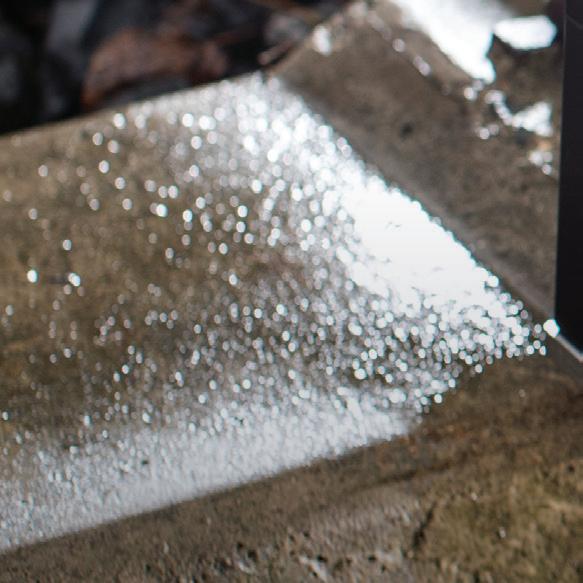
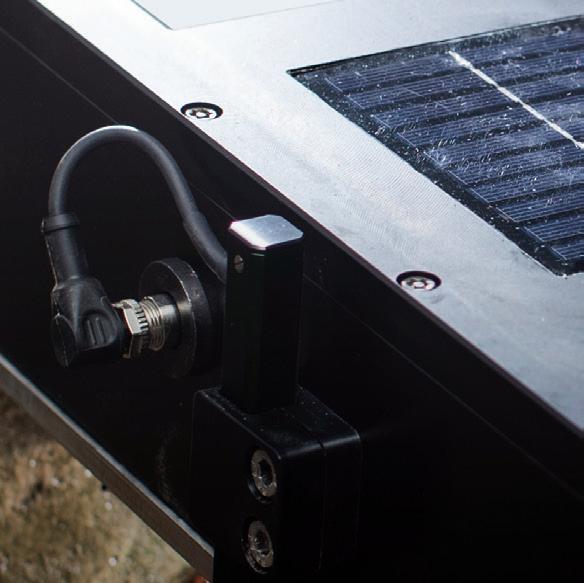
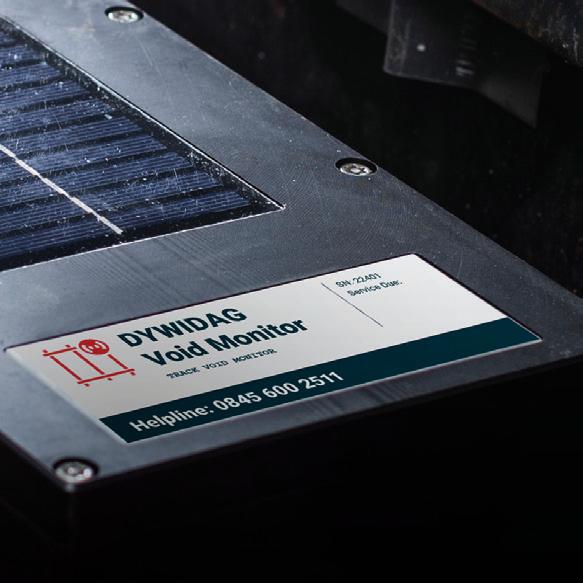


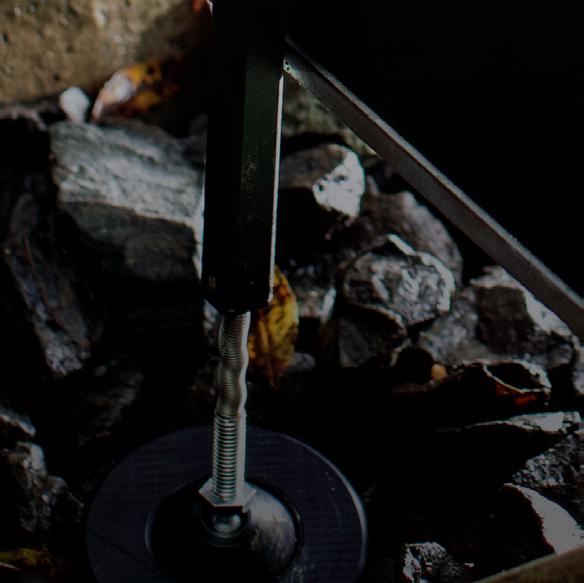
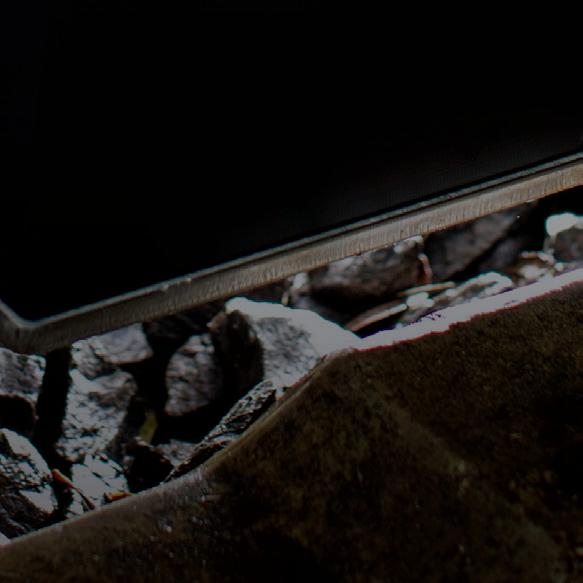
The DYWIDAG Void Monitoring system - remotely programmable, providing continuous recording of track stability. dywidag.com For more information please contact sales.uk@dywidag.com Rail monitoring solutions
Steve Murphy, chief executive offi cer at MTR UK, leads the tributes to Adrian Shooter CBE, who passed away in December aged 74
“Today’s railway is far better because Adrian was one of its leaders for so long”
e was an absolute entrepreneur and at the same time, he was a remarkably gifted engineer in his own right. He had an overarching passion for the railways. It was his job and his career but also the driving force in his life. When you bring these all together, that creates a truly unique individual.”

Those are some of the words Steve Murphy, chief executive officer at MTR UK, chooses to describe the












late railway pioneer Adrian Shooter CBE, who passed away in December.

The first time they met, Steve was a fresh-faced 21-year-old, who had recently graduated from university and was doing a master’s degree. He’d applied to British Rail for its graduate training programme and was in London Euston for all the tests and assessments.



“There were around six of us shortlisted and I thought I was in trouble because not only was the







economy in recession at the time and good graduate roles were hard to come by – but in the shortlisted group, I was up against academics with first-class degrees,” said Steve.
“Adrian came into the room and said he’d take the six of us to lunch. He was a physically awe-inspiring figure, an enormous person with a significant presence – you could sense that electricity around you.

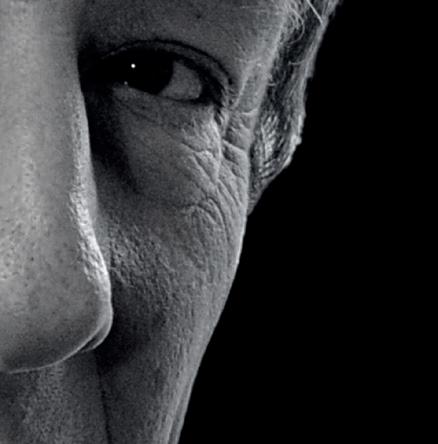



“H
PEOPLE 34 February 2023
“I remember looking up at him. He set off at a marching pace from Euston station to the canteen at British Rail headquarters. We almost had to run to keep up with him. That exuded every part of his personality – so driven and focused.”
A golden opportunity
With a mouth full of food, Steve – half choking as he spoke while eating – says he blagged an answer to Adrian’s question on what they thought the future freight strategy should be for the UK rail industry, making sure none of the other candidates could get a word in edgeways.
“Various other people interviewed us but, in the end, I was the only person selected from that particular group. The only person who would have recruited me that day was Adrian,” he said.
“He was very intuitive with people and interested in being told something different, not what others thought he wanted to hear. He may have seen I was quite driven, that I’d be willing to take risks. I started in November 1991 as a graduate trainee. I was taken on to work for the parcels division directly under Adrian’s leadership, which was the first part of British Rail that became privatised.
“Adrian could appear quite brusque at times and his manner could sometimes intimidate people. He could come across as a very establishment type person (he was very well-connected) but he was also a complete maverick who would do his own thing.”
Adrian began his career with British Rail in 1970 and is considered one of the leading architects of the modern railway.
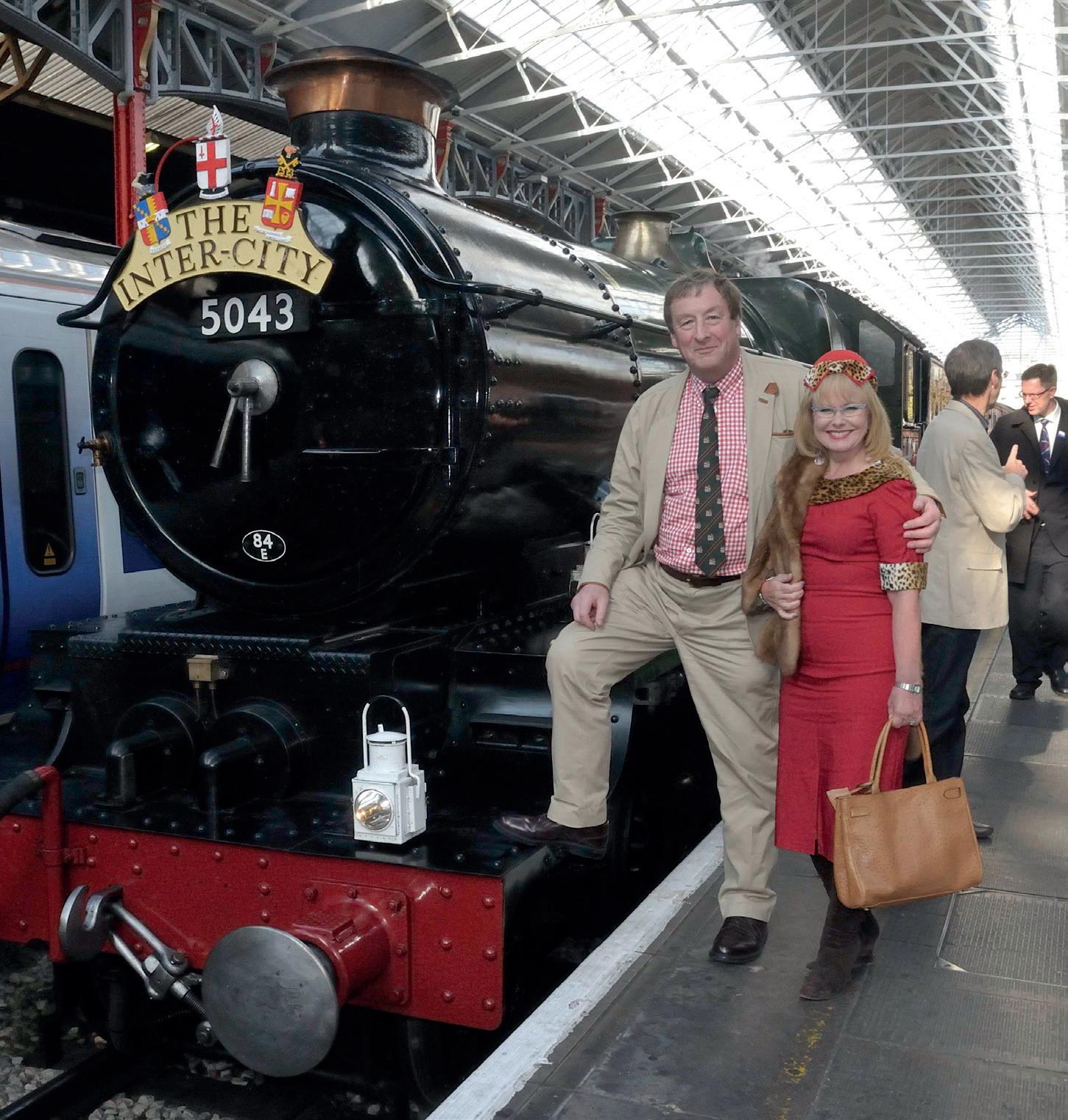
He worked at and led maintenance depots throughout the country, managed London St Pancras station and held various senior positions within the industry. He is especially famed as the founder of Chiltern Railways and the chairman of DB Regio UK, which later became known as Arriva Rail. More recently he was chairman of Vivarail and SLC Rail.
“It is difficult to think of anyone in the modern era that has had a bigger impact on the rail industry,” said Steve. “For his generation, he stands out as one of the most influential people in the industry. He was a great innovator and an inventor and when you combine this with being a natural-born entrepreneur and a talented engineer – he brought innovation along with the practical capability to invent things.
“There are technologies on the railways today that are in use because of Adrian’s direct involvement. For example, he was directly involved in the creation of the key safety system the Train Protection & Warning System (TPWS), the advance passenger train, and the central door locking system. There is little doubt that because of his innovation and ingenuity, he’s prevented accidents and saved lives”.
Ahead of his time
Steve continued: “He was a key campaigner for the electrification of UK railways (working with Iain Coucher, the chief executive of Network Rail at the time). He was well ahead of the game – making the case for electrification based on sustainability when not many were making that link. He was then very successful in getting the government to adopt that policy.
“We have railways that link cities that wouldn’t have happened without Adrian’s involvement.”
For example, under his leadership at Chiltern: London-Oxford. He also created a second LondonBirmingham inter-city route that dramatically improved passengers’ choice.
Steve added: “His leadership made this happen. He also restarted the rolling stock manufacturing business for trains in the UK after privatisation. Had Adrian not done that, we may not be manufacturing trains in the UK now – his influence is all around us in today’s railway.”
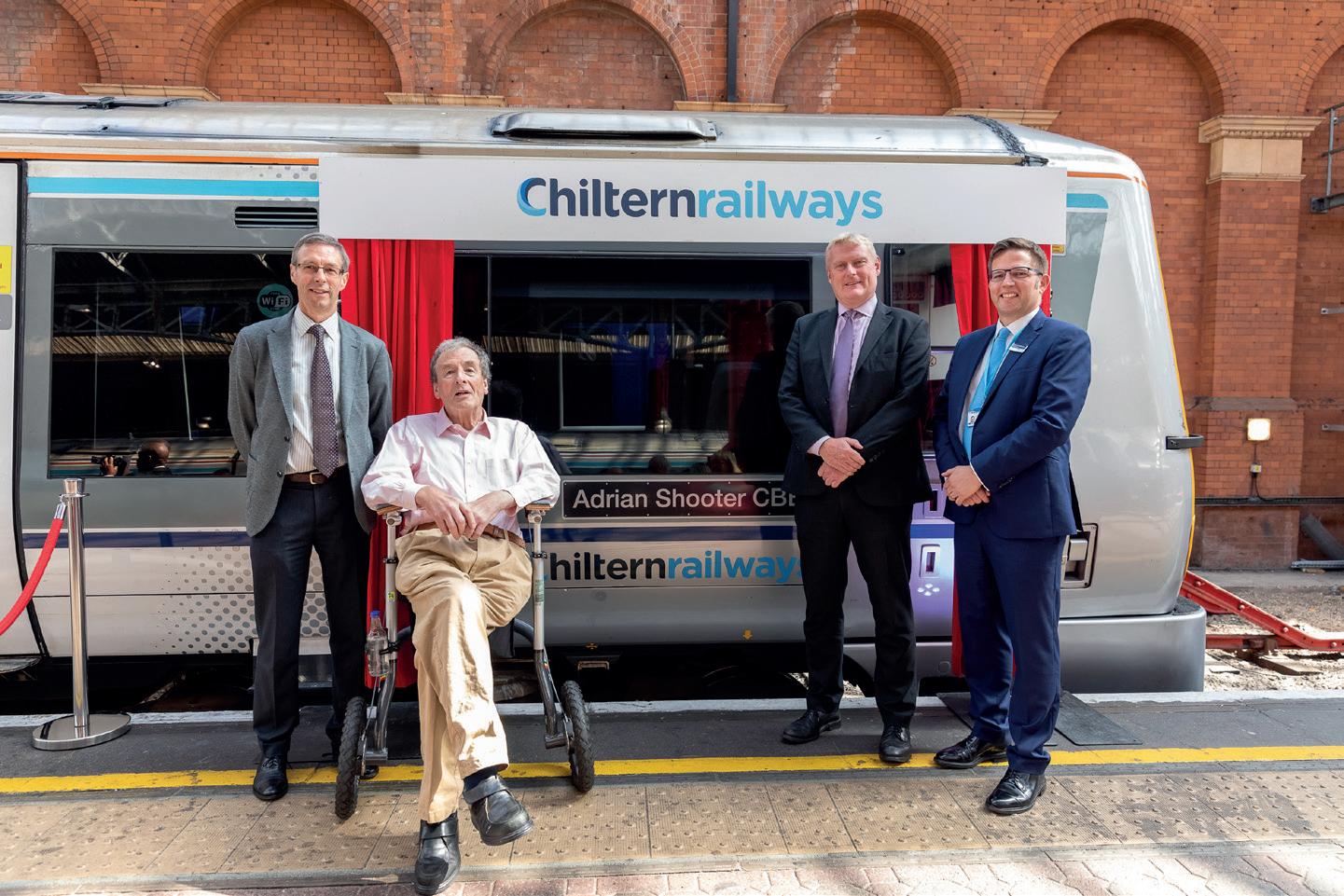 Above: Adrian Shooter tribute Image: Chiltern Railways
Above: Adrian Shooter tribute Image: Chiltern Railways
PEOPLE 35 February 2023
Below: Adrian and Barbara Shooter Image: Ian Baxter/SLC Rail
Steve describes Adrian as being the biggest influence on his career by a significant margin. He worked directly for him for a decade and Adrian was a mentor to Steve right up to his present role at MTR UK.
It didn’t come without its challenges though. In his early 20s, while Steve was doing marketing work for Adrian, he was asked to attend an Association of Train Operating Companies board (the forerunner of Rail Delivery Group) on his behalf. He had a huge board pack to take to the meeting and when asked what line to take, was told it was up to him.
“It was terrifying, but also reassuring that he trusted my judgement,” said Steve. “All of that was preparing and developing me for future responsibilities. I’ve never seen anyone else take that approach.
“Another example, at the same time, was when Chiltern was starting its pay negotiations with the Trade Unions and Adrian came in to say, ‘I can’t do the pay negotiations this year but you’re doing it’. I had to get on with it and figure it out. He liked throwing people in at the deep end, but they were all calculated risks.
“Throughout my career, he was always very accessible, which allowed me to learn so much from him. He was a very good teacher and had more knowledge of railways than anyone I’ve ever met, yet he’d be able to impart that knowledge in a way you could understand. While he knew all the technical details, when he spoke to me, he’d break it right down into simple everyday terms I could relate to. That’s a real skill as a teacher.”
Innovation and investment
While managing director and chairman of Chiltern Railways, Adrian was the visionary and determined driving force in its trebling of passenger numbers through innovation and investment in the ambitious development of train services and infrastructure.
He chaired London Overground, Tyne & Wear Metro, DB Regio UK (Deutsch Bahn), Laing Rail, the West Midlands CBI Council and was involved in many other groups. After retiring from Chiltern Railways, Adrian set up Vivarail in 2012, leading the world in developing technology for environmentally sustainable battery-powered trains.
Last year, his efforts were recognised with a ninefoot bronze statue and plinth, that was unveiled at London Marylebone station. The statue was crowdfunded by current industry leaders and close associates of Adrian and presented in front of 100 guests with a keynote speech by ex-Transport Secretary Lord McLoughlin.
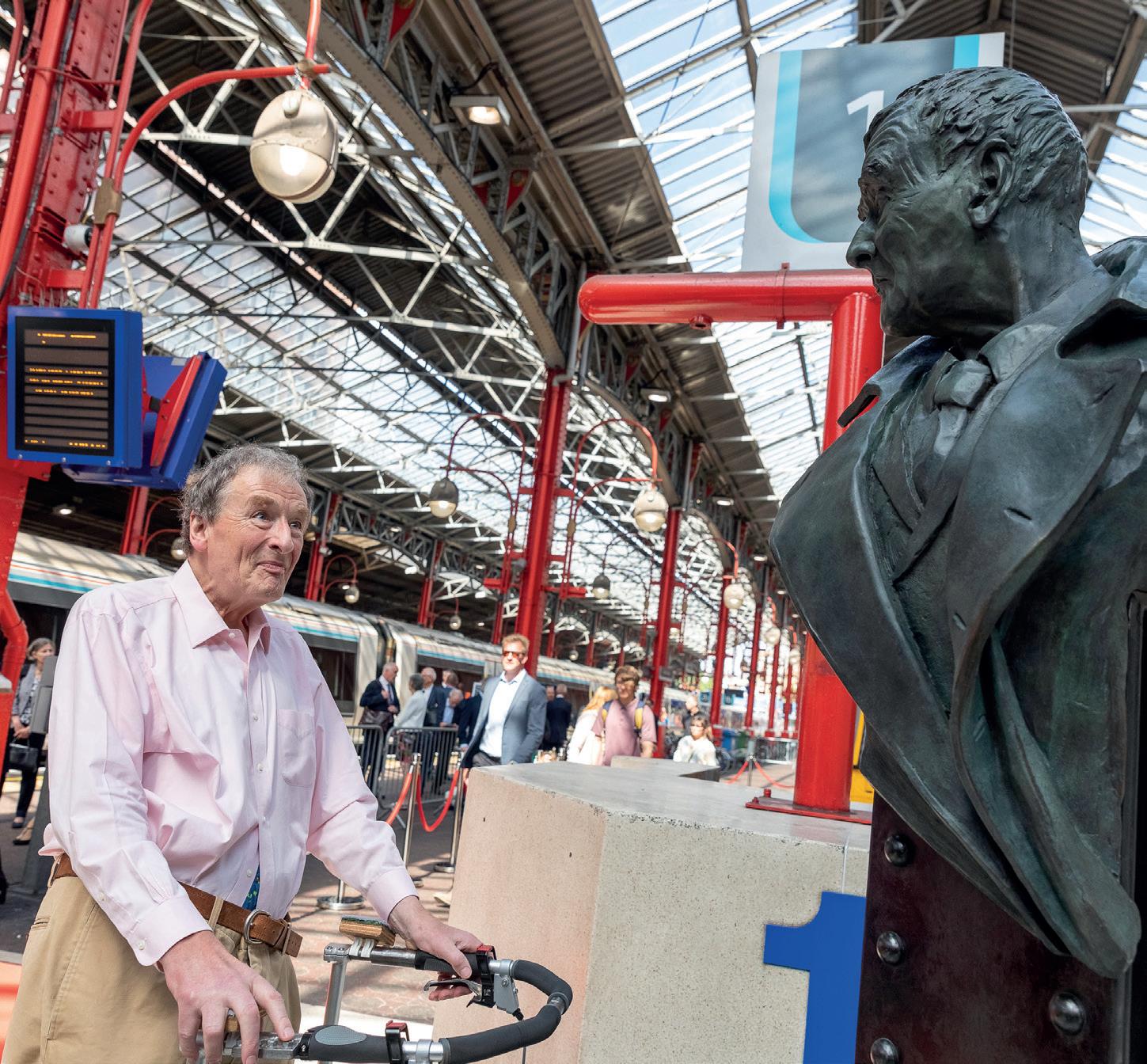
Modest of his achievements, at the unveiling Adrian said: “I feel very honoured to be recognised by the industry in this way. However, I accept this honour only on the condition that it recognises the amazing efforts of the hundreds of railway men and women who I have worked with.
“All I ever did was create the vision, hire the very best people and then help them to do their best. They, not me, were the people who delighted our passengers. They had to work in all weathers and run a safe railway whatever the problems.
“Some of them relieved me of the tedium of negotiating and implementing the many overcomplicated legal agreements we had been saddled with.
“It has been a very real pleasure to see so many people grow in confidence and help create a bigger and much better railway supported by private sector investment.”
Steve was among the high-profile industry leaders at the ceremony last year.
He concluded: “We can learn a lot from Adrian’s career – his connection and his affinity with the people who run the railway every day – is something the industry has got to protect and something that is vital in building successful railways. He was also ruthlessly focused on the customer in all he did. His ambition was huge – he would go after things that others would say were unattainable. Working with Adrian, you’d often achieve the impossible!
“As well as his extensive industry work, Adrian gave up his own time to support a multitude of railway-related causes. More recently, Adrian fought motor neurone disease with courage and dignity, raising the profile of the condition and the MND Association.
“After Adrian passed away part of his legacy was how many people wanted to share the impact he’d had on them personally. He would have loved that. During his career, he could be a controversial figure and had some serious opponents. But when he passed away – it was interesting how resoundingly positive people were about his influence. That suggested to me that even his fiercest critics respected him. Today’s railway in the UK is far better because Adrian was one of its leaders for so long.”
Adrian with the bronze statue in London Marylebone station Image: Chiltern Railways
PEOPLE 36 February 2023
It is difficult to think of anyone in the modern era that has had a bigger impact on the rail industry
Closing the skills gap – building a future talent pipeline
he majority of signalling technology on the railway is at least 50 years old, designed and developed by those who are now nearing retirement. This bow wave of departing expertise is leading to a ‘skills gap’, where existing technologies are becoming obsolete but still in use in large parts of the infrastructure. If we don’t take action now, then that gap will become a chasm and all progress will falter.”
That’s according to Tim Brain, technical director at TXM Consult’s Australian sister company, 2XM Consult, who is warning of a growing experience and technology disconnect that’s only getting worse. “To ensure the gap starts shrinking, we need to consider how we develop and nurture future talent,” Tim said.
Lessons from the past
“Looking back, it was standard practice within technology and engineering to use apprenticeships and graduate schemes to bring in all the skills that an organisation required, technical skills taught by existing experts and soft skills nurtured by a mentor.
“Modern apprenticeship and graduate schemes have become predominantly focused on only the soft skills and the behavioural requirements of the modern workplace.
“Soft skills remain important, but there is a clear separation and technical skills are now only gained outside of the workplace, in lectures and classes at universities and colleges. As a result, it is now much harder for organisations to engage emerging talent specifically for their requirements.
“Add to this the advent of hybrid working and virtual or remote engagement with the workplace, and the gap has further stretched between the employee and the employer, and no one seems to mind the gap. However, if we use the same rearview mirror to reflect on the problems with modern technology deployment, we can start to see that the separation from source is causing issues.”
Signalling change

Tim added: “The railway in one form or another has existed in the UK for over 200 years, and as such, the need for signalling has been ever-present. The very first signalling was technically moving block using policemen, and the current aim is a return to that system, albeit with digital technology doing the policing.
“There have been attempts on main line railways to obtain a moving block system.
“The West Coast main line was supposed to be a moving block when upgraded, which would have allowed the trains to travel over 125mph, but technology limitations and complexity meant it reverted back to fixed block.
“Today, the existing infrastructure is at, or near, capacity and the land needed for new railways is not readily available. The solution is to look back to moving block principles but with 21st-century technology.
“The challenge for European Train Control Systems and the bigger solution of European Traffic Management Systems is that the workforce who have delivered complex signalling are retiring and their legacy and learning will be lost – a big risk for an industry that is based on lessons and learning from experience.”
Investing in future talent
Having monitored this skills gap, TXM Consult is future-proofing its talent pipeline. AnneMarie Hoyle, principal consultant and director of people, explained: “We’re developing exciting and rewarding careers for all our people, championing and accelerating cross-generational, cross-service offer and cross-border learning in the workplace.
“We’re bridging the gap between experienced and emerging talent, partnering our industry veterans with our brightest new talent to ensure we facilitate the transfer of knowledge, expertise, and technical know-how, mentoring from one generation to the next.
“Mobility is central to our people strategy. We’re providing opportunities for apprentices and graduates to rotate within and across our portfolio of service offers and our geographies, to gain different perspectives, insights, knowledge, and experience. Ultimately, this will prevent future skill gaps in our business and keep us at the forefront of the industry.”

Established in 2020, TXM Consult has more than 130 specialists who have worked with operators, manufacturers, maintainers, asset owners and partners on key projects in the UK, Australia, the Middle East, and North America.
TXM Consult and 2XM Consult are part of the TXM Group, a global organisation providing consultancy and resourcing solutions worldwide, specialising in engineering, healthcare, and technology.
Interested in joining a dynamic, fast-growing, people-focused consulting business? Visit www.txmconsult.com.
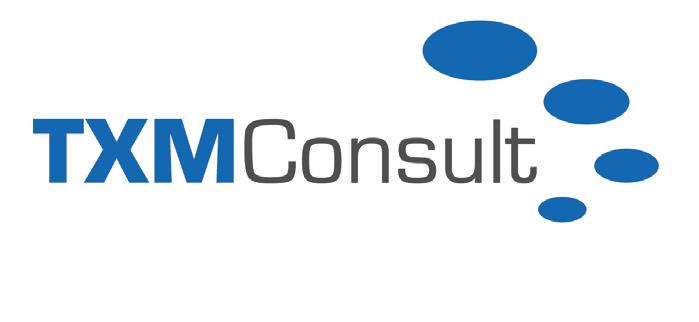
“T
Tim Brain sheds light on the growing skills gap in the rail industry and Anne-Marie Hoyle explains how TXM Consult is innovating with its talent strategies to reverse an industry trend
ADVERTORIAL 37 February 2023
We’re bridging the gap between experienced and emerging talent, partnering our industry veterans with our brightest new talent
In 2022, Sopra Steria acquired transport simulator expert Graffica. Mark Oldfield, Sopra Steria’s head of transport UK, describes the impact it could have on the rail industry
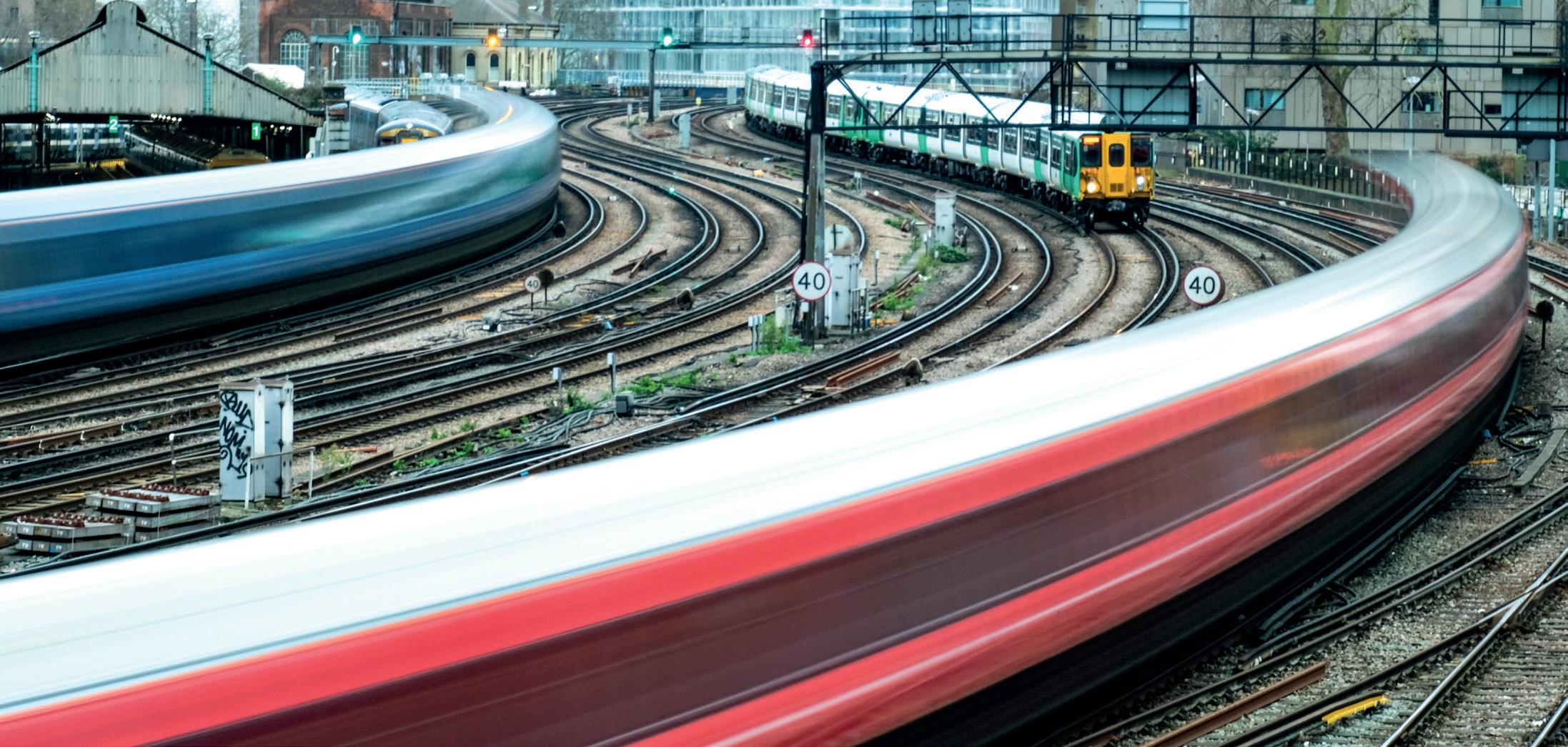
Data-led transformational opportunities
As a purpose-led digital transformation expert, Sopra Steria prides itself on leveraging digital technology and using collective intelligence to build a positive future for all. It’s an approach that has seen the company go from strength to strength, further bolstered by the recent acquisition of Graffica, a specialist provider of simulation products, software systems and consultancy services to the transport industry.
The acquisition adds an in-depth knowledge and understanding of systems architecture, proven simulation and modelling capabilities, and further specialist industry expertise to Sopra Steria’s fastgrowing transport business in the UK. In just the last three years, this has included being awarded a range of public sector contracts with a total value of around £83 million.
“This acquisition marks a significant milestone in
our commitment to delivering best-in-class solutions to the UK transport network,” said Mark Oldfield, Sopra Steria’s head of transport UK.
He added: “Together, we bring to market the knowledge, expertise and advanced technology that will transform the way future transport networks are designed and delivered; a safer, more efficient, and customer-friendly transport system.”
Graffica, which now sits firmly within the Sopra Steria UK family, has 30 employees who specialise in providing research and prototyping and validating future systems and concepts.
Its simulation services, which include the design and development of the Network Rail-verified, highfidelity microscopic simulator HERMES, complement Sopra Steria’s existing ‘digital twin’ capabilities and will enable the implementation of operational systems that enhance the safety and efficiency of the UK’s transport network.
ADVERTORIAL 38 February 2023
We bring to market the knowledge, expertise and advanced technology
Mark said: “Graffica is a great brand that has seen huge success in its 20 years in the market. It has retained its identity while being provided with the full support and backing of Sopra Steria to fulfil its growth potential.
“We were delighted to welcome its expert employees to the Sopra Steria UK family and are now working to pursue the huge growth opportunity the digitalisation of transport provides, while also continuing to support the innovative ambitions of our clients.
“We work with some of the rail industry’s leading organisations, which already benefit from using our HERMES tool.
“One of the strategies we want to implement is to look at how we productionise HERMES so it can be used more widely, rather than purely just project lead. One of our key priorities is to expand the use of Graffica’s expertise across the rail sector.”
HERMES provides a great base to digitally explore rail challenges. It allows organisations to design and evaluate infrastructure, timetables and technology to identify opportunities or issues and find the right solution.
The timing could not be better, with Network Rail looking to renew its ageing signalling infrastructure with a new, more affordable approach.
As part of its Target 190plus, Network Rail is looking to reduce the current whole-life cost of signalling from a unit rate of £419,000 to the required £190,000 by 2029, enabling the ETCS (European Train Control System) long-term deployment plan to be achieved(1)
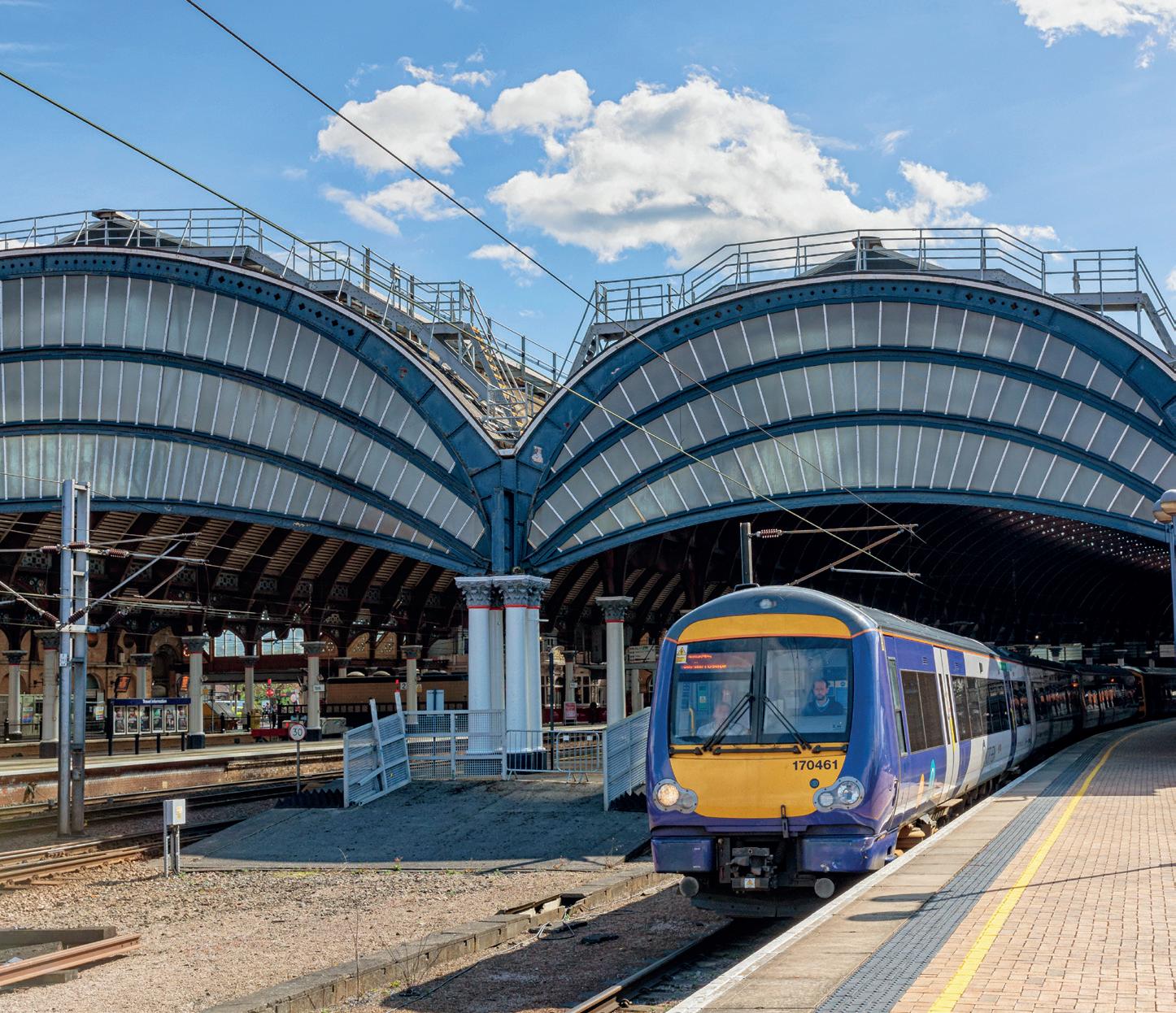
A new approach
A synthetic environment, or digital twin, offers a radically different approach. Ultimately, this consists of building a digital twin of the infrastructure world for organisations to run schemes to determine effectiveness and iron out bugs.
During the design phase, new tools are brought together in an integrated design platform. This enables greater use of machine intelligence to automate design processes, using proven building blocks based on the appropriate technologies for radio-based signalling solutions.
“HERMES gives a great platform to rapidly innovate by exploring situations in a virtual simulated environment. This is much cheaper and safer than doing it in the real world and a fundamental way to save money,” said Mark, who has been at Sopra Steria for nearly four years.
“Being able to simulate and model effective train operations in a real-time data model will offer a real-life picture of exactly what’s going on within the network, ultimately helping to improve passenger experience.”
As part of Sopra Steria UK, Graffica will have access to additional investment and an extensive client base to potentially double the size of its operations.
Mark said, “Sopra Steria has a great track record in highways and urban traffic management in the UK and is a key partner to several train operators in mainland Europe. We have a substantial rail capability right across the continent.”

Sopra Steria’s extensive transport sector expertise has also seen it assist other leading transport operators across Europe.
Expert knowledge
Its local and operational teams of consultants, architects, programme directors, and cloud, cybersecurity and artificial intelligence experts, regularly use their experience and knowledge to improve flow and resource optimisation, infrastructure, equipment security and the passenger experience.
“Traditionally, engineering innovations have been used to plan and manage infrastructure across rail and roads,” Mark added.
“But what we’re now starting to see and hear from our clients, is that a lot of the problems they’re finding can be solved by using data they already have.
“That’s why Graffica’s modelling capability and simulation ability are really important to the future success of the transport sector. We’re putting data at the heart of transformation.”
Commenting on the acquisition, former managing director at Graffica and current simulation chief technology officer at Sopra Steria UK Mike Vere said: “Graffica was founded 22 years ago with the ambition of using our simulation expertise and system architecture knowledge as vehicles to improve transport systems across the globe for the common good.
“We were ambitious to take our technology solutions to the UK and beyond. By being part of Sopra Steria, we have a unique opportunity to build on our outstanding achievements in this field and expand substantially within existing markets, and across a range of new ones.”
Visit www.soprasteria.co.uk for more details
About Sopra Steria
Sopra Steria, a European tech leader recognised for its consulting, digital services and software development, helps its clients drive their digital transformation to obtain tangible and sustainable benefits. It provides end-to-end solutions to make large companies and organisations more competitive by combining in-depth knowledge of a wide range of business sectors and innovative technologies with a fully collaborative approach. Sopra Steria places people at the heart of everything it does and is committed to making the most of digital technology to build a positive future for its clients.
(1) https://www.networkrail.co.uk/industry-andcommercial/research-development-and-technology/ research-and-development-programme/target190plus-sustainable-signalling-renewals/
Mark Oldfield, Sopra Steria’s head of transport UK
ADVERTORIAL 39 February 2023
Willian Santos,
Repair over replacement
Replacing faulty industrial technologies with new ones is wasteful, unnecessary and aggravates an E-waste issue, which according to the United Nations University equates globally to 60 million tonnes every year.
The railway is adding to this waste with circuit boards among the products being thrown away instead of repaired at the right standard. Something must change if the sector is to be fully sustainable, and leading the way in reducing the amount of waste – and in doing so, lowering emissions and saving precious resources as well as money – is ABI Electronics. For four decades, the company has been designing, manufacturing and selling test, measurement and fault diagnostics equipment for the electronics industry all over the world, with repair over replacement at the centre of everything it does.
Strong connections
Over that time, it has built partnerships in the rail industry with the likes of Alstom, Irish Rail, Metro
Sao Paulo, CAF and Indian Railways. Its solutions provide a platform for a more sustainable future, while at the same time saving customers thousands – and in some cases millions – of pounds a year.
“We have never supplied more systems to the rail sector as we have done in the last five years, with more than 65 rail operators using our products and certified training from San Francisco to Beijing,” said Willian Santos, international sales manager at ABI Electronics. “We have the likes of Metro Sao Paulo fully equipped to repair the one million circuit boards they have on their network in-house thanks to the partnership they developed with us 20 years ago, saving them millions of dollars.
“Worldwide the whole industry is awakening to the need to change their modus operandi. We believe that investing in your own in-house repair and maintenance capabilities is crucial for all industries that are focused on emissions and
E-waste reductions and our specialist test and measurement systems enable companies to do just that.”
ABI was founded in 1983, with the initial concept of the business coming from a simple, everyday incident, when its founder (Ian Fletcher) accidentally stepped on an electronics integrated circuit (IC) which had fallen to the floor and questioned ‘I wonder if it still works?’
In the wake of this question, ABI produced the ICT-24; the world’s first low-cost digital IC tester. This product proved to be popular, leading to the rapid expansion of the fledgling business, and the rest is history.
Willian, who has been at the business for 16 years, said: “As technology has advanced, so has ABI. The business brought to the international market the BoardMaster; an advanced diagnostic solution which provided a previously unseen level of fault diagnosis capabilities.
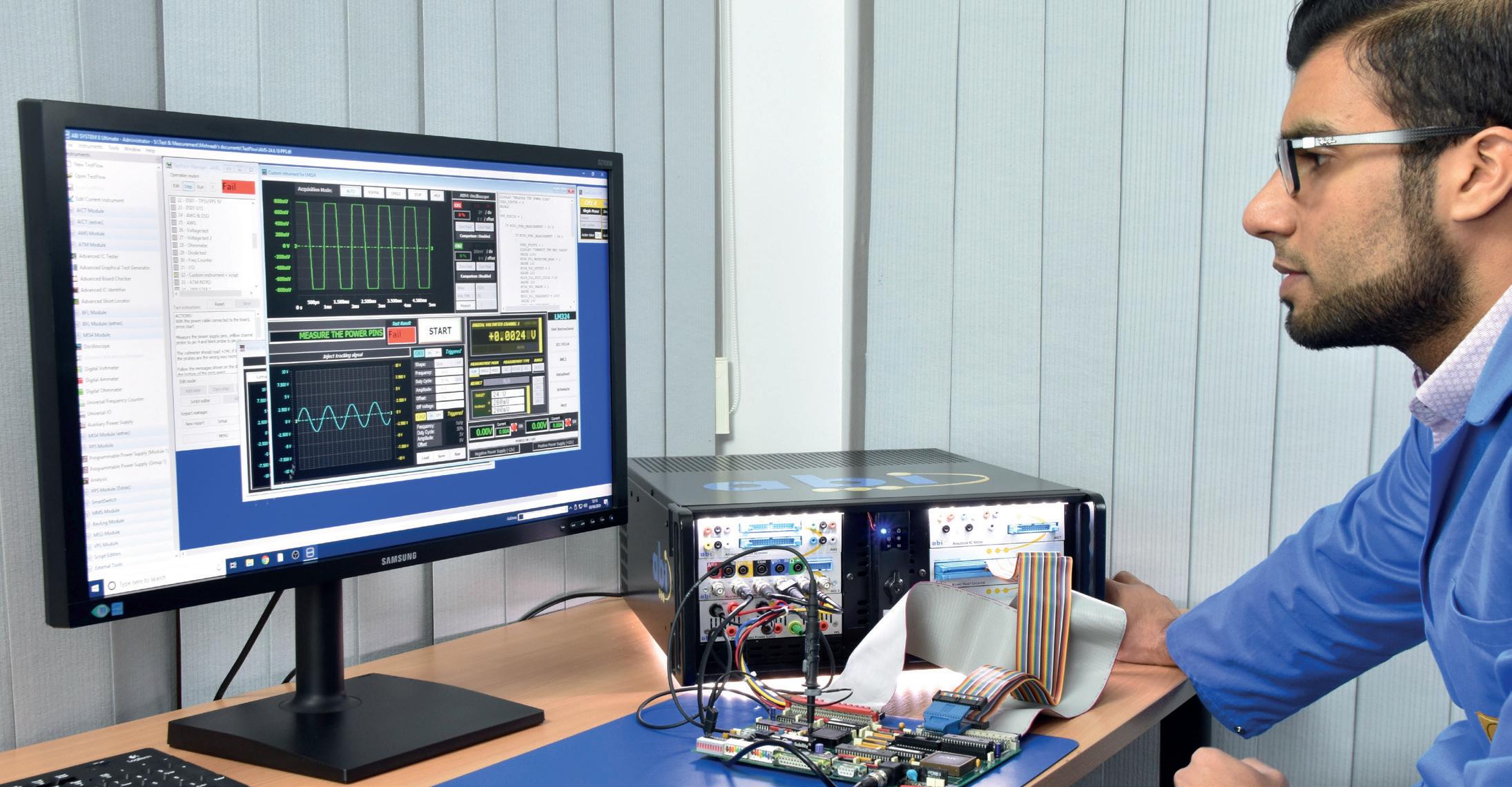
international sales manager at ABI Electronics, questions why so many circuit boards are being thrown away when it is costly and bad for the environment. ABI has the solutions to avoid this
ADVERTORIAL 40 February 2023
“In reaction to the ball grid array devices on the market, it released the JTAGMaster, and the acclaimed SENTRY Counterfeit IC Detector to combat the rising counterfeit issue. Another ABI solution loved by the rail industry is RevEng, a piece of equipment that can recreate schematics aiding reverse engineering and obsolescence management requirements.”
As part of the company’s passion for change, it created the ‘Repair, Don’t Waste’ international movement, which started as a hashtag in 2015 to emphasise the sustainability and cost-effectiveness of repair over replacement, and educate those in the industry who may not be engineers themselves on solutions to their faulty printed circuit board troubles.
Willian said: “The modern world runs on electronic systems that are designed to last many years with tonnes of natural resources carved out every day to produce semiconductor chips and other components, which are eventually mounted on printed circuit board.
“Replacing faulty industrial technologies for new ones is wasteful, unnecessary, and really aggravates the E-waste issue, so we really need to phase out this replace-not-repair mentality, which is an essential step in eliminating waste, lowering emissions, and saving precious resources.
“Repair, Don’t Waste has gone from strength to strength, centred on the ethos that a technician or engineer armed with the right diagnostic tools and training can diagnose the issue, replace the broken down and generally inexpensive components and save other components in the device from being dumped along with the circuit board.”
Last year VLT Carioca, Rio de Janeiro’s light rail operator, made a big commitment to the Repair, Don’t Waste ethos by investing in specialist test and measurement equipment by ABI, helping it to secure a future that is immune to component obsolescence and costly machine downtime, while taking high steps towards net zero targets.
Training
VLT’s engineers and technicians have been trained in how to utilise and optimise every function of its specialist test equipment BoardMaster by its partners in Brazil, RCBI Instruments.
“Repair, Don’t Waste was born out of our frustration going to the market and finding that mentality of circuit boards being seen as consumables and seeing it add to the huge E-waste issue,” said Willian.
“We don’t just talk about the environmental benefits, of which repairing a board produces 85 per cent fewer emissions than a new one taking into account the sourcing of the materials, but it is also 10 per cent of the cost of a new one. To help with that we develop systems that are easy to use, easy to be implemented, and ones that you don’t require someone with a PhD degree to operate.”
As well as customer service and striving to provide quick and efficient support to customers, another thing important to Willian and the team is education. Over the last 15 years, the company has developed its training courses, offering hands-on training, and going through lots of different aspects of the

troubleshooting application, covering as many issues as possible that customers could encounter in the rewire.
“There is much talk about sustainability, but education to repair is still very much stuck in the old ways of training engineers in this country,” he said. “A lot of the training is simulation-based, with virtually no hands-on training, so people don’t learn the hardware and they don’t know how to identify the components on a board.
“We need to see more action and for the Repair, Don’t Waste movement to continue to be a success we need to ensure people are trained to repair things such as circuit boards. In some sectors, we are seeing people being brought out of retirement to be trained on systems to troubleshoot and repair the boards because they are from a generation when they were repaired not replaced.
“If organisations are serious about sustainability, a practical thing they should be doing is stopping E-waste and working with academia and education organisations to attract and train a new generation of workers to repair. Industries need them and they are key to taking us to net zero and key if we want to make the world more sustainable.
“We train people how to use our test and reverse engineering products and when you have the ability to use our equipment, should any malfunction affect rail systems such as door controls, braking or traction technologies, passenger announcement and so on, you can easily replace just the faulty component on a board, rather than having to manufacture a new board. Our equipment is designed to be easy to use and our systems are universal so they can be used with any type of rail electronics regardless of brand, age, and technology.”
Looking ahead
Overall, the future looks very bright for the Yorkshire-based ABI, with Willian explaining how the plan for the future is to take the Repair, Don’t Waste movement to new heights, building on the support it is already getting from across the world.
“For the latest eight years we’ve had a global partnership with Alstom, initially starting in Chile but now covering 10 locations across the world which are using our systems, with more than half a dozen new ones this year, including three sites in the UK,” he said.
“The aim is to see that relationship growing and for even more organisations to see the benefits of working with us. In terms of Alstom, it is already reaping the results of investing in in-house repair and really seeing this as the future for the organisation.
“For me personally, I have thoroughly enjoyed the last 16 years at the ABI. It has been a great success in which we’ve tripled the size of the company. The most rewarding thing for me has been the jobs we’ve created through training people how to repair circuit boards and knowing that what we are doing in Barnsley is having a positive impact all over the world. We are seeing our technology adding value, changing lives and challenging the status quo.”
Please visit www.abielectronics.co.uk and www.repairdontwaste.com for more details
We need to phase out the replace-not-repair mentality, which is an essential step in eliminating waste, lowering emissions, and saving precious resources
ADVERTORIAL 41 February 2023
Willian
Santos, international sales manager at ABI Electronics, questions
Rail’s Managing Director, Rikki
RailDirector
Railway surveying services, made to measure
Formed in 2018, SEP Rail Services has quickly become established as one of the UK’s fastest-growing rail surveying firms and one boasting an enviable portfolio of projects and clients, including Colas, Keltbray and Network Rail.
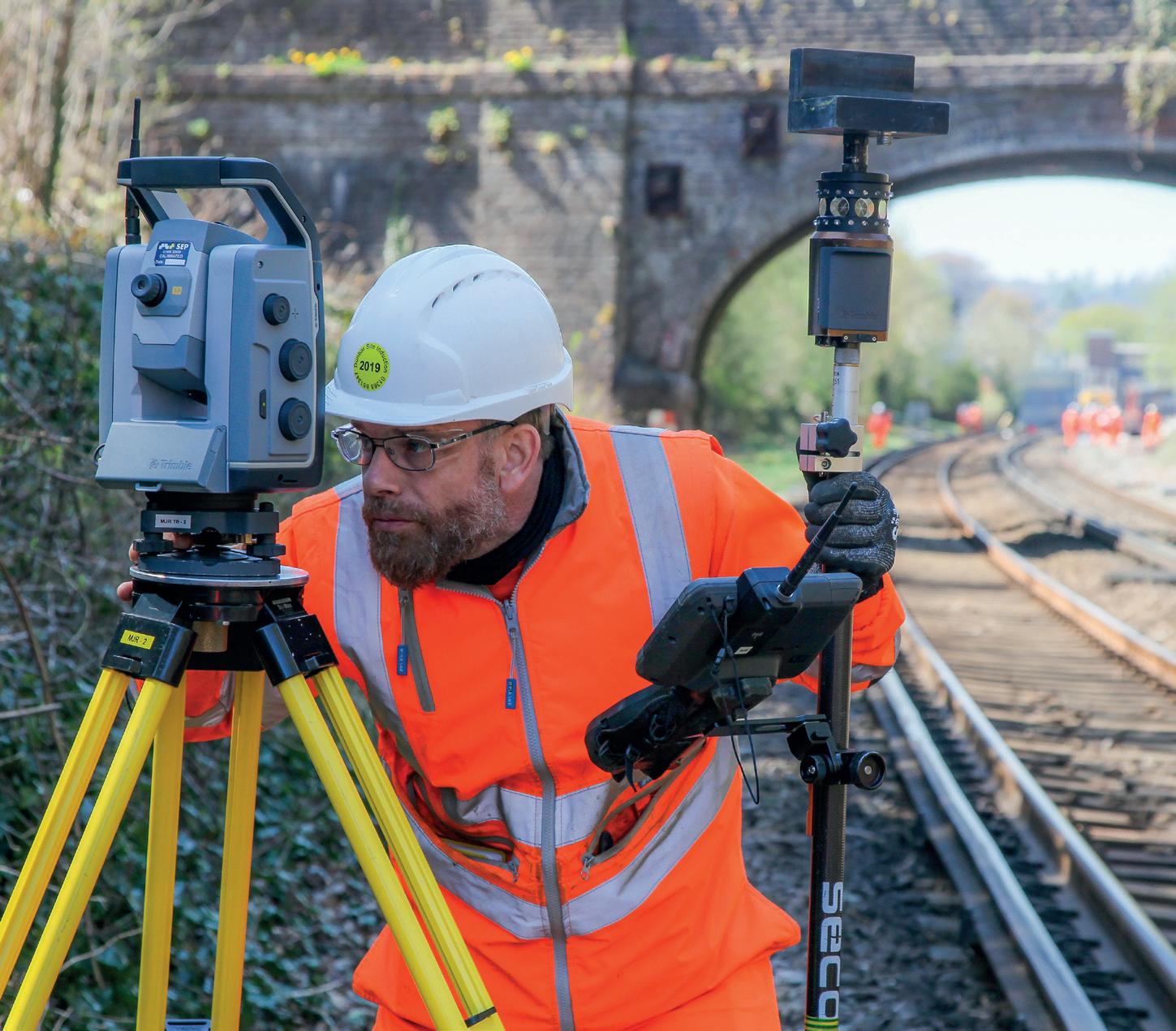
“I always believed that SEP Rail Services would be a success – there was never a doubt in my mind about that. But I had no idea that in four short years, we’d have grown to a team of more than 40 and a turnover of roughly £6-7million.”
That is the view of SEP Rail’s Managing Director, Rikki Morrow. The firm’s visionary leader holds almost 20 years’ experience working on the nation’s railways, with involvement in high-profile schemes including CP5’s S&C Northern & Southern Renewals, the Great Western Electrification Project (GWEP) and the Midland Mainline Electrification.
Rikki’s career in rail began as a route clearance designer and junior surveyor with Corus Rail Consultancy, becoming lead surveyor within four years.
Just a few years later, he moved on to Colas Rail, taking up the position of Senior Surveyor, rising quickly through the ranks to become Operations and then Senior Operations Manager before leaving to become Survey Director at a competing railway surveying firm.
Today, he leads SEP Rail, the UK’s fastest-growing independent rail group and provider of services from initial surveys right through to design, engineering and monitoring.
The company supports clients throughout the full life cycle of their projects, providing the support and data they need to make truly informed decisions.
In its short history, SEP Rail has become established as a leading service provider to the industry, with a growing list of satisfied customers and successfully delivered multi-disciplinary rail projects.
The rise of the firm has been such that, since its formation, it has expanded its offering into five distinct businesses: SEP Rail Services, SEP Rail, Design, SEP Rail Engineering and, most recently, SEP Culant and SEP Geotech.
Early ambitions and a winning mentality
Rikki’s career in rail began completely by chance. Before making the move to Corus, he played semiprofessional rugby before he was forced to seek a new challenge after suffering a serious knee injury.
Despite having to abandon his sporting ambitions, Rikki refused to be kept down. Instead, he took the time to learn about the rail industry, understand his new role and pave the way for his future career path.
“I really found my feet at Corus, spending a decent amount of time in different areas of the business, before moving into the survey department, a new team at that time where I was given the opportunity to find my own way.” He explained.
On starting his own surveying business with SEP Rail Services, he said: “The aim was to put something out there that nobody else had. I think that, with this level of capability under one roof, we’ve achieved that. I genuinely don’t believe anyone can compete with that.”
Investing in people and technology
Despite SEP Rail’s rapid growth and success, Rikki says the business is only as good as the people around him:
“Thankfully, we’ve managed to bring a
fantastic team on board, experts in a whole variety of disciplines. It’s all down to hard work and commitment. Yes, I’m sitting at the top and so the buck starts and stops with me, but that dedication cascades down – everyone plays their part.”
The business has spent a huge amount of time, not only recruiting but also developing the team, putting in place an in-house training programme to help each team member achieve their goals, remaining passionate and at the top of their game.
Despite this, Rikki also acknowledges that if SEP Rail Services is going to be the best, the team must have the very best equipment at their disposal:
“We’ve put a huge emphasis on technology and equipment and have made major investments including key pieces of kit such as the Trimble GEDO IMS, helping us to streamline and fast-track the collection of data, plus a 32-strong fleet of vehicles to get our team and equipment to site.” He explains.
SEP
Morrow, tells
about SEP Rail’s rapid rise from railway surveying company to multidisciplinary service provider, explaining just how his people-focused approach has driven its success
ADVERTORIAL 42 February 2023
Measuring, Modelling and Monitoring the UK’s Railways
The UK’s fastest growing rail surveying firm, we support consultants, contractors and more, measuring, modelling and monitoring the nation’s railways.
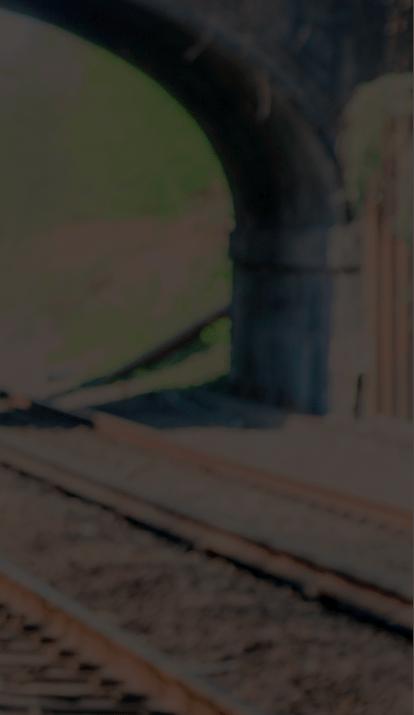
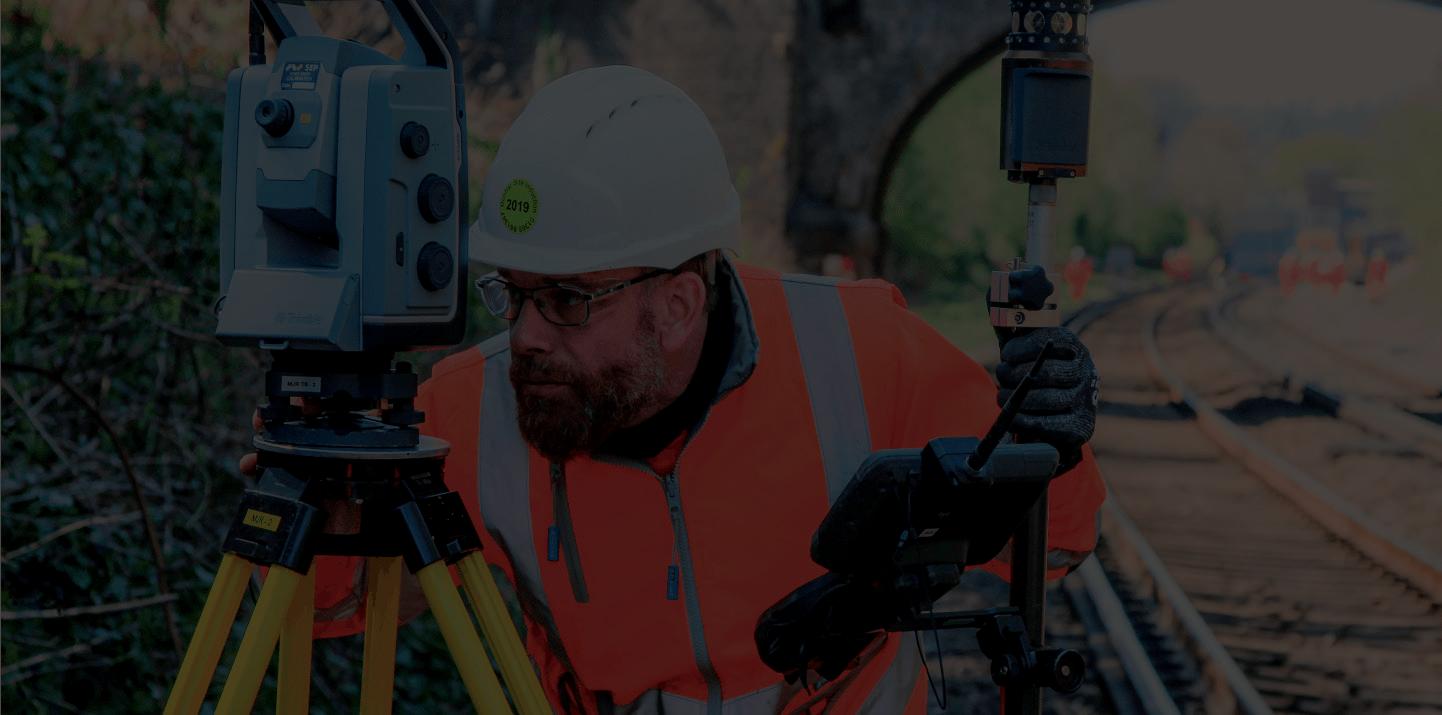
We’ve built our reputation upon the quality, reliability and flexibility of our service. With over 80% of our work coming from repeat business, we must be doing something right...


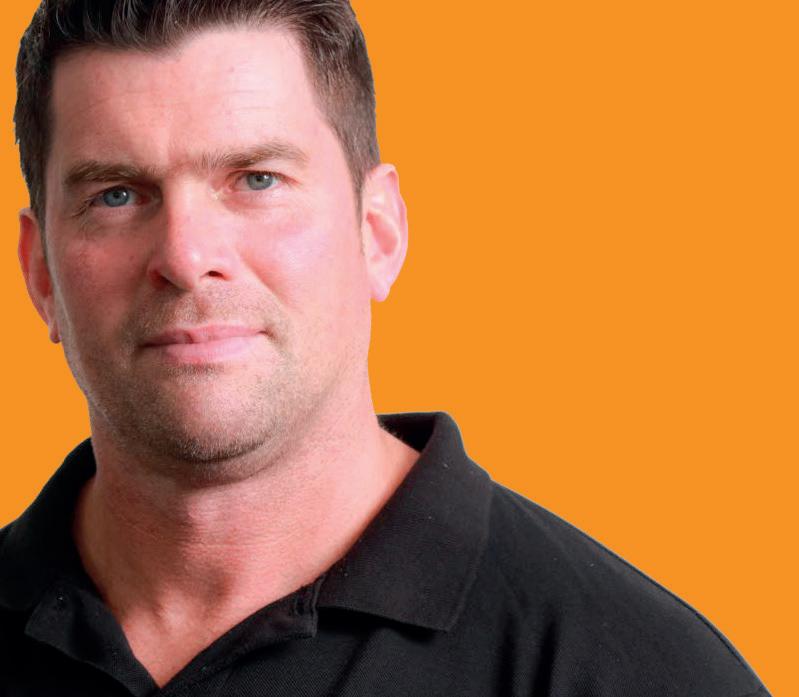
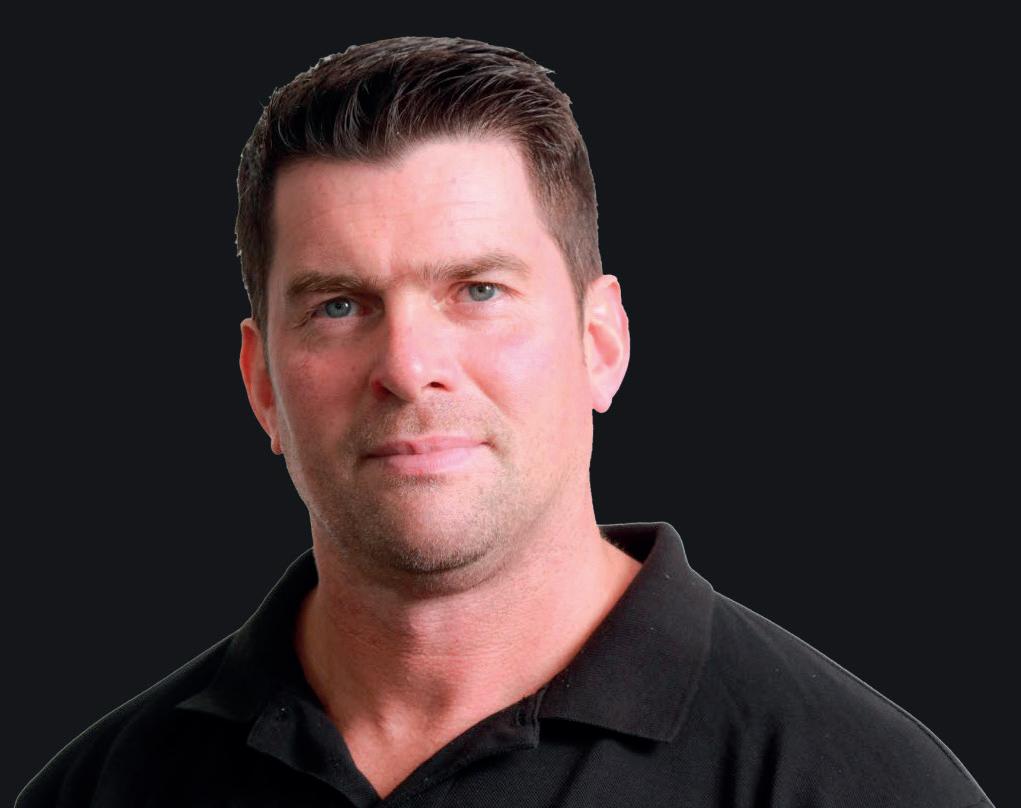
Railway Track Surveys
Control Networks
Railway Track Monitoring
CCTV Drainage Surveys
OLE Surveys
Measured Building Surveys
Gauge Clearance Surveys
Utility Mapping Surveys
BIM/Revit Support
Topographical Surveys
UAV Surveys
Structural Monitoring
Access Planning
RIKKI MORROW, MANAGING DIRECTOR 01904 403 322 info@seprail.co.uk Need our support on your projects? Get in touch
“Every day we’re learning how we can make incremental improvements. Even the most minor adjustments, when combined, can make a massive difference. Having access to the very best people and equipment plays a huge part in that.”
A complete project lifecycle offering For Rikki, bringing a range of services under one roof was both a massive opportunity and a huge challenge. It was this challenge, he says, that has motivated him to take on the journey of turning SEP Rail Services into the UK’s leading rail surveying firm: “There’s no other company that I know of that has the degree of capability that we do in-house, so I knew full well there was a significant opportunity here.
That’s precisely why we’ve set up the wider SEP Rail Group to include design, engineering, specialist access, devegetation and ground investigation.”
Looking ahead, Rikki says the design and build approach is where he sees SEP Rail’s direction taking. From a rail perspective, he explains that his is a three-dimensional project approach, covering the full life cycle – from survey, investigation and design right through to installation, covering all 8 GRIP stages.
“Absolutely, the plan is for significant growth – but we also recognise that to be successful, we’re in this for the long haul,” Rikki says.
“We’ll make sure we have the right contracts and people to further build upon the incredible reputation the whole team has worked so hard to achieve.
Strategic partnerships
During the firm’s early years, the team at SEP Rail Services created a strong partnership working model, seeing sub-contractors strategically appointed and relationships carefully nurtured to achieve the best outcomes for all parties.
It’s a case of fostering the value of collaboration and developing strong, long-lasting partnerships, says Rikki: “When working with partners, we never simply ‘shop in’ contractors. We build relationships built on trust, making sure there is one point of contact in everything we do.”
He adds: “Our strategic partners are sponsored and the rail interface side is fully managed by us. When it comes down to it, our project partners are bringing in their own unique set of skills to add value to our clients and we all benefit from this. It’s about choosing the right partners for the project and that’s something we take very seriously indeed.”
Keeping employee health and wellbeing on track
Working in complex and demanding environments, rail surveyors can find themselves under different pressures on the job; working unsociable, lengthy hours and often spending time away from home and loved ones.
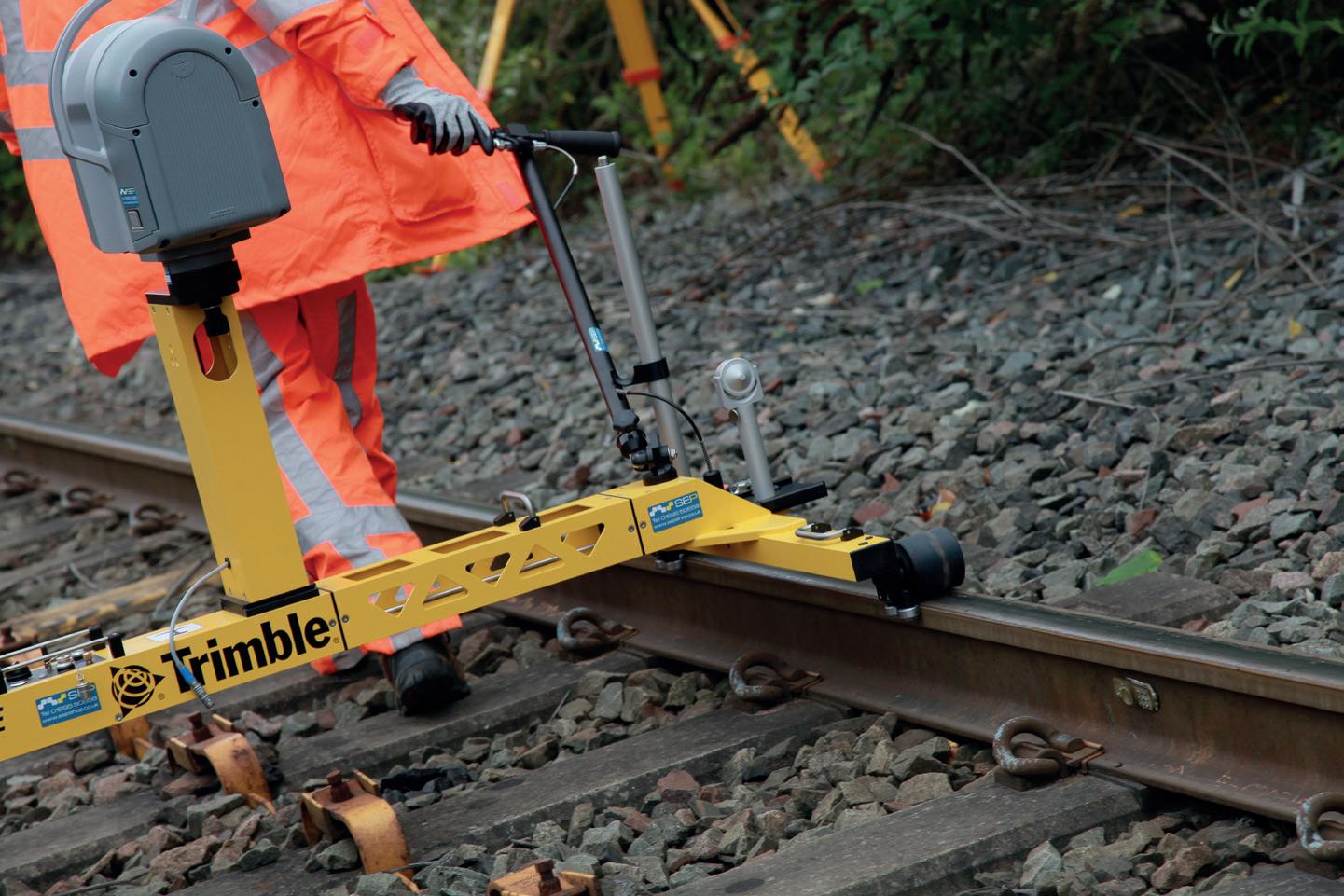
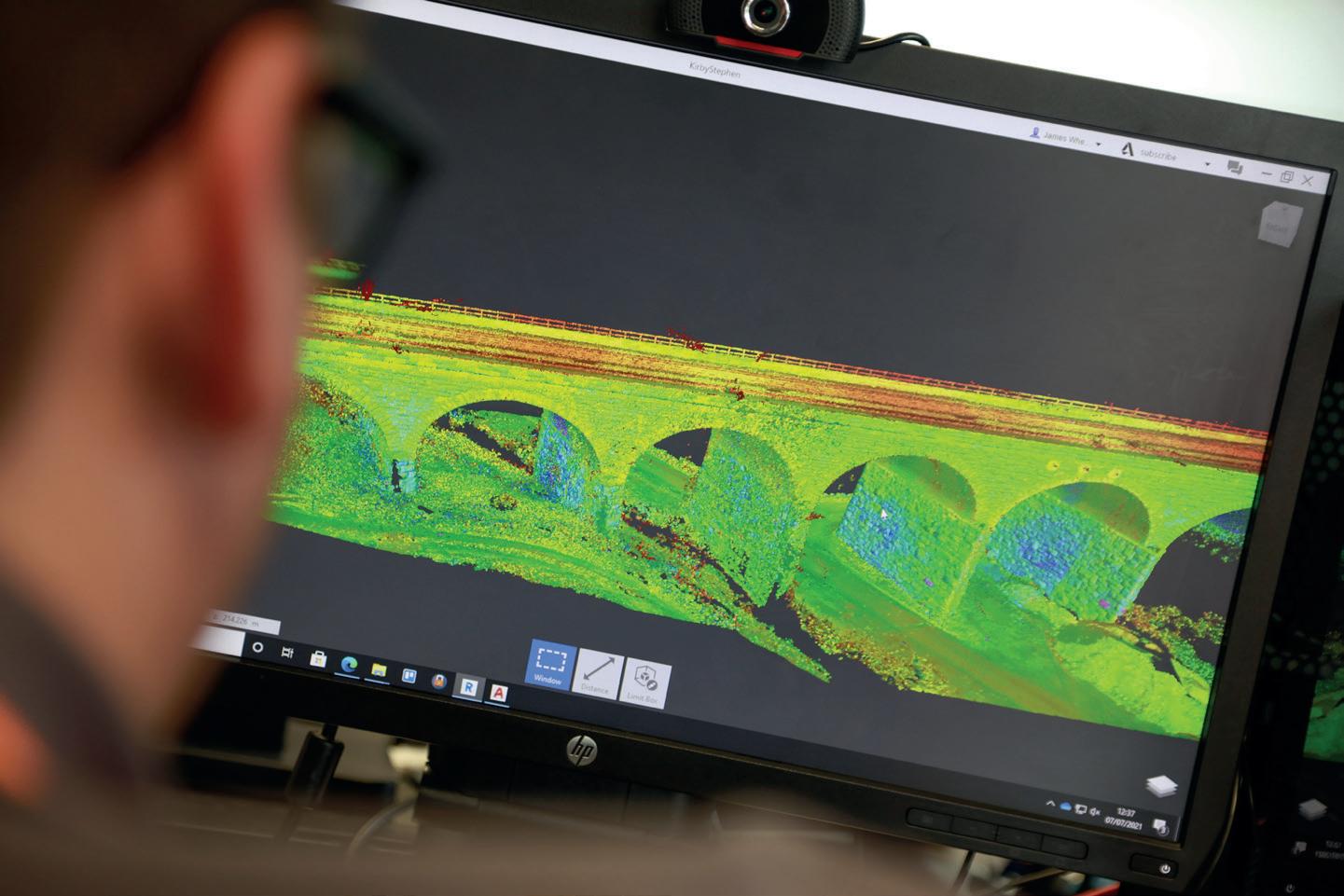
With this in mind, Rikki has been determined to do as much as possible to protect the health and wellbeing of his team in the workplace:
“Every member of the SEP Rail team has access to free counselling on demand, with a whole team of mental health first aiders available 24h a day. I’m also a huge believer in the ‘healthy body / healthy mind’ mentality, which is why we also provide our workforce with massively subsidised membership at any gym, anywhere in the country. That way, they can access exercise facilities at home or at work.
Rikki adds: “For me, business is all about the people - if we don’t have them, if they don’t care about what they’re doing and don’t give me 110%, we’ve got nothing. It’s about supporting the team and getting the best out of people.
SEP Rail continues to grow year on year and Rikki has ambitious plans to work on a fully design and build basis. There is, however, no reason to rush the process, he says:
“The plan is very much to keep doing what we’re doing well; remaining a people-focused business, understanding our clients’ requirements and delivering exceptionally well. With this formula, I’ve no doubt we’ll continue to grow as the opportunities come.”
ADVERTORIAL 44 February 2023
The aim was to put something out there that nobody else had. I think that, with this level of capability under one roof, we’ve achieved that
DECARBONISATION CATALYSTS

USA - CANADA - UNITED KINGDOM - SWITZERLAND WWW.TROJAN-SERVICES.COM TROJAN SERVICES
Kelvin Davies is one of those people you naturally gravitate to at a conference. With an infectious grin and a barrel full of ideas, he’s always good value to engage in a side-of-hall conversation about the latest concept in rail
Calling innovators everywhere…


In part that derives from his interesting backstory. In a long career at BAE Systems, Kelvin has worked on a plethora of fascinating projects and partnerships, from the technology supporting world-class athletes to the detection and neutralisation of sea mines. Latterly, as Rail Innovation Lead at Innovate UK, he’s helped nurture ‘first-of-a-kind’ ideas that have spawned some of the most interesting developments in the sector.
But what makes a conversation with Kelvin so interesting these days is the latest idea he’s got involved in – the Global Centre of Rail Excellence (GCRE) being constructed in South Wales.
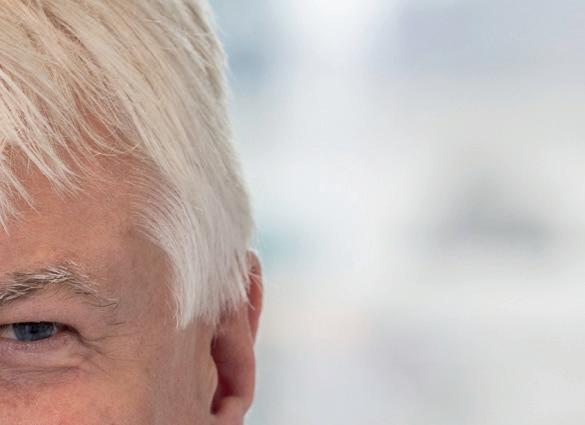
Last year Kelvin joined the GCRE team as Head of Innovation. The £400 million GCRE facility, due to


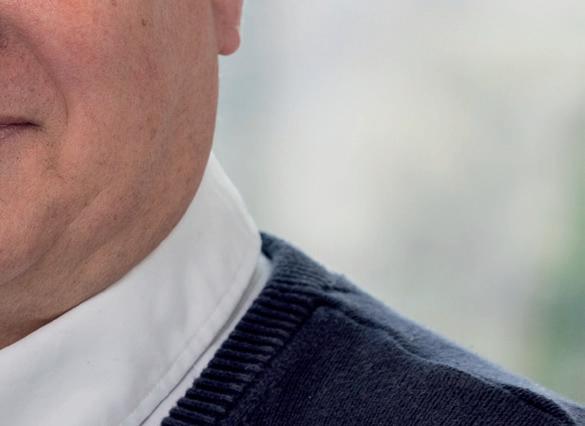








open in 2025, will be a site for world-class research, testing and certification of rolling stock, infrastructure and innovative new rail technologies. The facility will certainly be unique. No equivalent site in Europe will offer the range of whole-life testing services that GCRE will provide on its purpose-built site. The ambition is that GCRE will offer the industry a live railway environment to test new innovations that can then be deployed on the network. Currently, the lack of a dedicated, offline location to develop new products, processes and ideas means infrastructure managers often have to resort to inadequate options, including testing on the mainline railway –a workaround solution that nobody is happy with, draining capacity that could be used in other, more productive ways.

INNOVATION 46 February 2023
In the many years that I’ve worked in and around rail, I can’t think of another opportunity quite like this
Global Centre of Rail Excellence
The Global Centre of Rail Excellence:
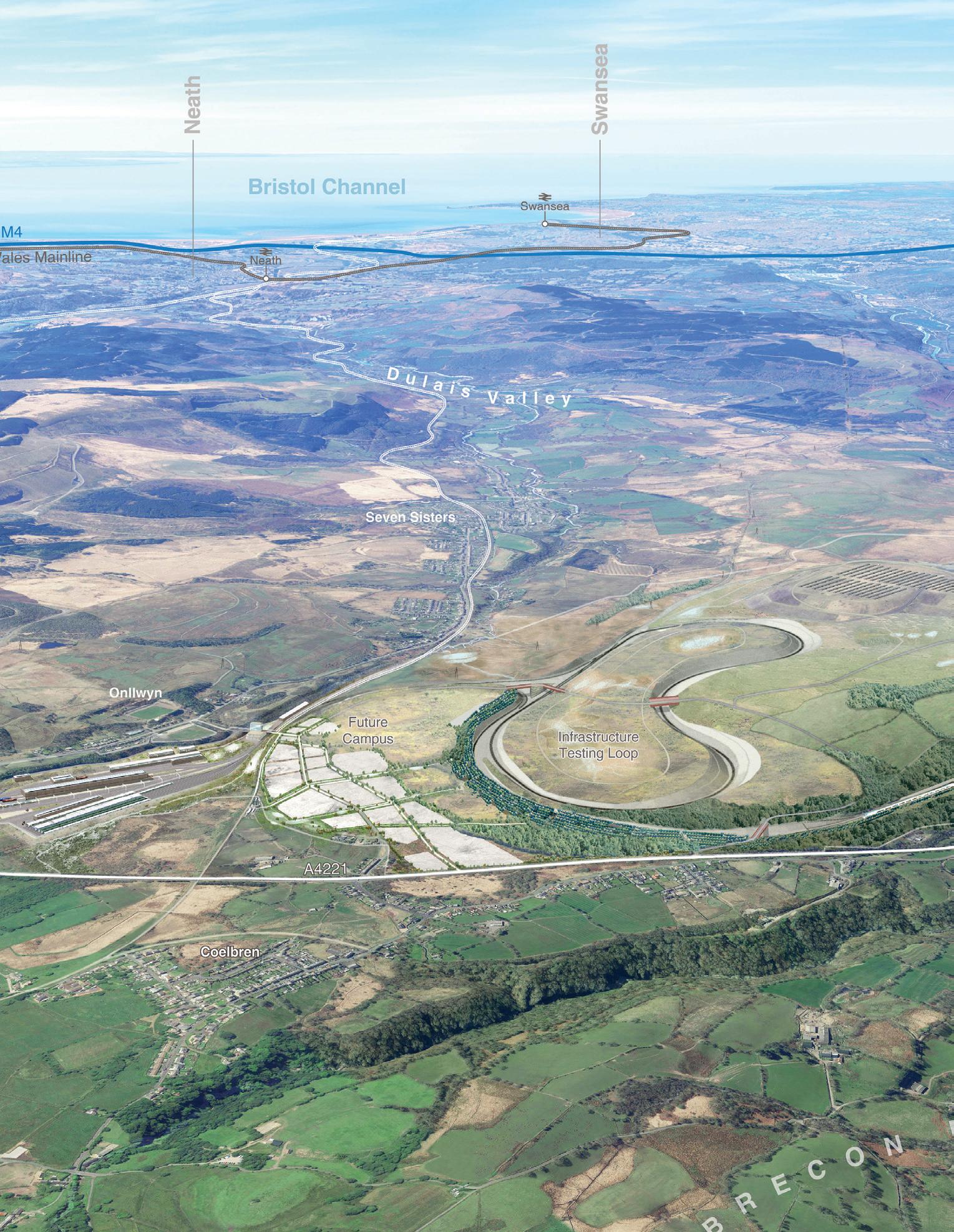
One of the most important ideas in European rail today
When it opens in 2025, the Global Centre of Rail Excellence will be a site for world class research, testing and certification of rolling stock, infrastructure and innovative new rail technologies.
The facility will fill a strategic gap in UK and European rail, supporting the path to net zero and helping lower the costs of rail. GCRE is now taking the next, exciting step in its journey by beginning the process of securing private investment for the project.
If you want to know more about the Global Centre of Rail Excellence or how you can get involved, get in touch.
enquiries@gcre.wales
www.gcre.wales
@GCREInnovation company/gcreinnovation
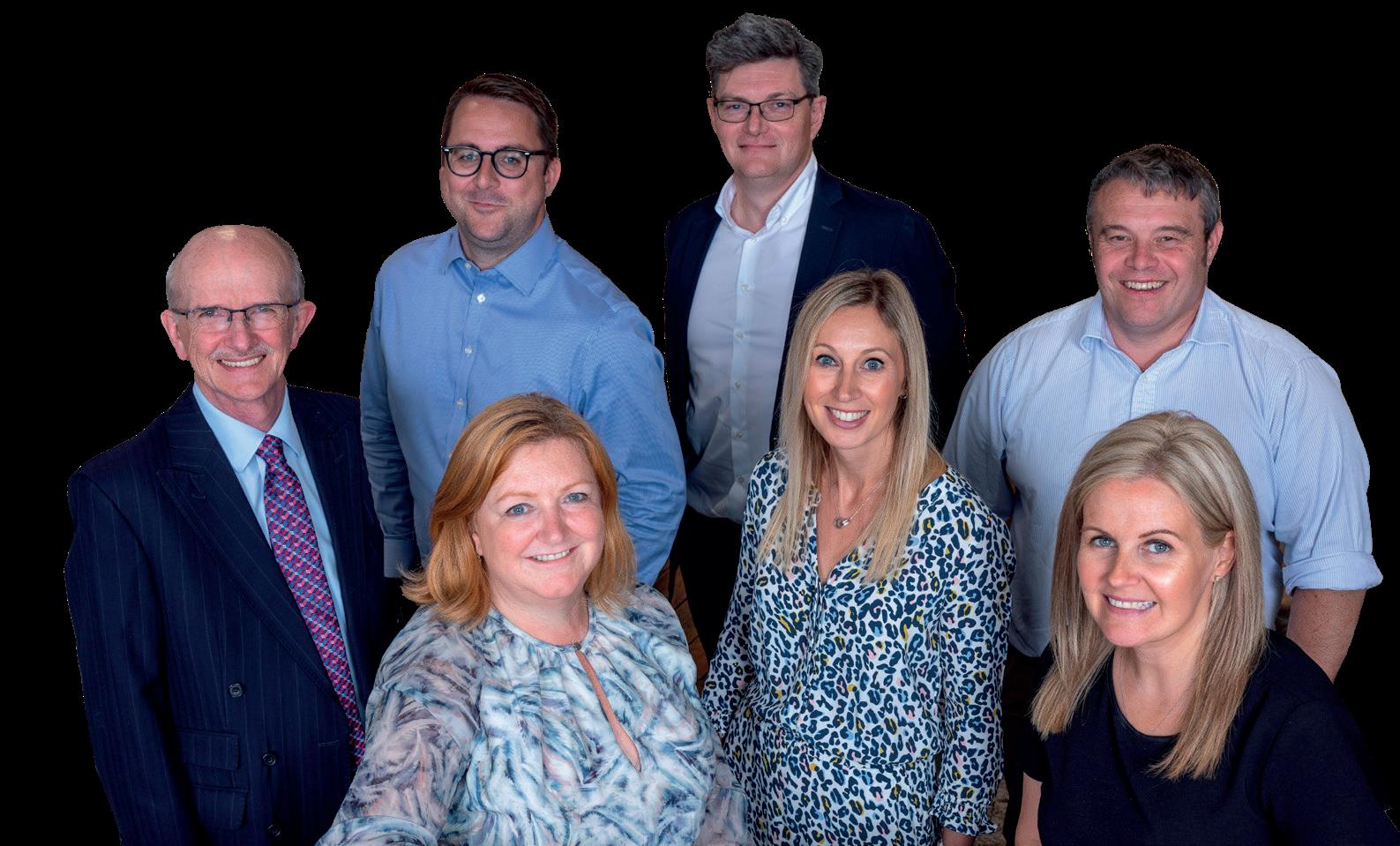
For the GCRE team, the ambition is that the ideas and the innovation that will support the better, more reliable, greener railway of tomorrow will be seeded and developed at the former open cast site in South Wales. Located at the head of the Dulais and Swansea Valleys, the project has received £50 million from the Welsh Government and £20 million from the UK Government, in large part to help stimulate new jobs and skills in an area impacted by more than four decades of deindustrialisation. A procurement process has begun to find private investors to fund the site vision to completion.
And quite a site it is – all 700 hectares of it. The size of Gibraltar, it will include a hotel for visiting technicians and visitors, a business park as well as storage and maintenance facilities. For many parts of rail, a facility like GCRE can’t come soon enough. One of the greatest headaches for the industry over the last 20 years has been the string of major projects that have gone over time and over budget, in part because of the challenge of implementing so many new innovations. Integration of complex technologies and reliability issues often have to be resolved in the middle of a project – with all the hold-ups and costs associated with those delays and refinements.
Approaching net zero
GCRE is out to change all that by finding out the problems faster – and resolving them quicker – before they negatively impact project timelines and a company’s bottom line. Faster innovation will have wider policy benefits too. The team see significant commercial opportunities in the ability to support the sector to get to net zero, as well as make rail more affordable in what will be a tight public spending environment over the next few years. But what has Kelvin so animated at the moment is how the facility gets built. “In the many years that I’ve worked in and around rail, I can’t think of another opportunity quite like this one.”
What he’s referring to is the most recent project he’s working on – the chance for innovators and companies across the rail sector and beyond to embed their innovations and technologies in the GCRE facility as it’s being constructed over the next two years. “It’s not often that the opportunity arises to so creatively put your stamp on a major piece of critical rail infrastructure,” he added.
Kelvin and the GCRE team were in London on 8 February to pitch their idea. They’ve launched a new initiative offering companies the chance to donate technology, kit and assets that GCRE can include in the build. For firms taking part, the opportunity is certainly an interesting one. GCRE holds out the prospect of becoming Europe’s leading site for research, development and innovation in rail. Customers from across Europe are expected to come and use unique facilities, including the 4km infrastructure testing loop, the nearest equivalent of which exists in Colorado in the USA.
The chance to embed innovative new technologies or kit in a world-class site offers firms a unique showcase prospect. If it is installed and is operational at GCRE, the cachet and the status it would carry could be significant – both for the profile of the company and the commercial potential of the kit. It also represents a chance to refine and develop ideas in a live railway environment – something companies will have to pay for as a customer after the site opens in 2025.
For GCRE the aim is clear. As a site at the cutting edge of innovation, it wants its construction to follow the same ethos – if it can embed the latest, cutting-edge technologies in its build as it goes then its adds weight to the reputation and the status of the facility it is building. At this stage, GCRE Ltd is offering the opportunity to organisations to provide assets to the build at zero cost. Not all the donations would need to be new. The GCRE team is open to making use of reusable products that may be sitting in a rail shed somewhere, tangibly demonstrating rail’s commitment to a circular economy approach.
A list of core assets the team are looking for has been drawn up and the clock is ticking for a wide range of partners to take part. Kelvin said: “It’s a chance to demonstrate collective support from the industry for a ‘once in a generation’ facility.”
The tender documents for the competition were launched recently on Sell to Wales and the competition will run until 30 March, with winning bidders notified on 21 April.

For Kelvin, the rallying call is clear – get involved. “There won’t be another facility built like this in Europe in the next 25 years, so for anyone wanting to take up the opportunity of getting their technology or kit installed at a world-class site, now is the chance”. More details of the opportunity can be found on the GCRE website – www.gcre.wales
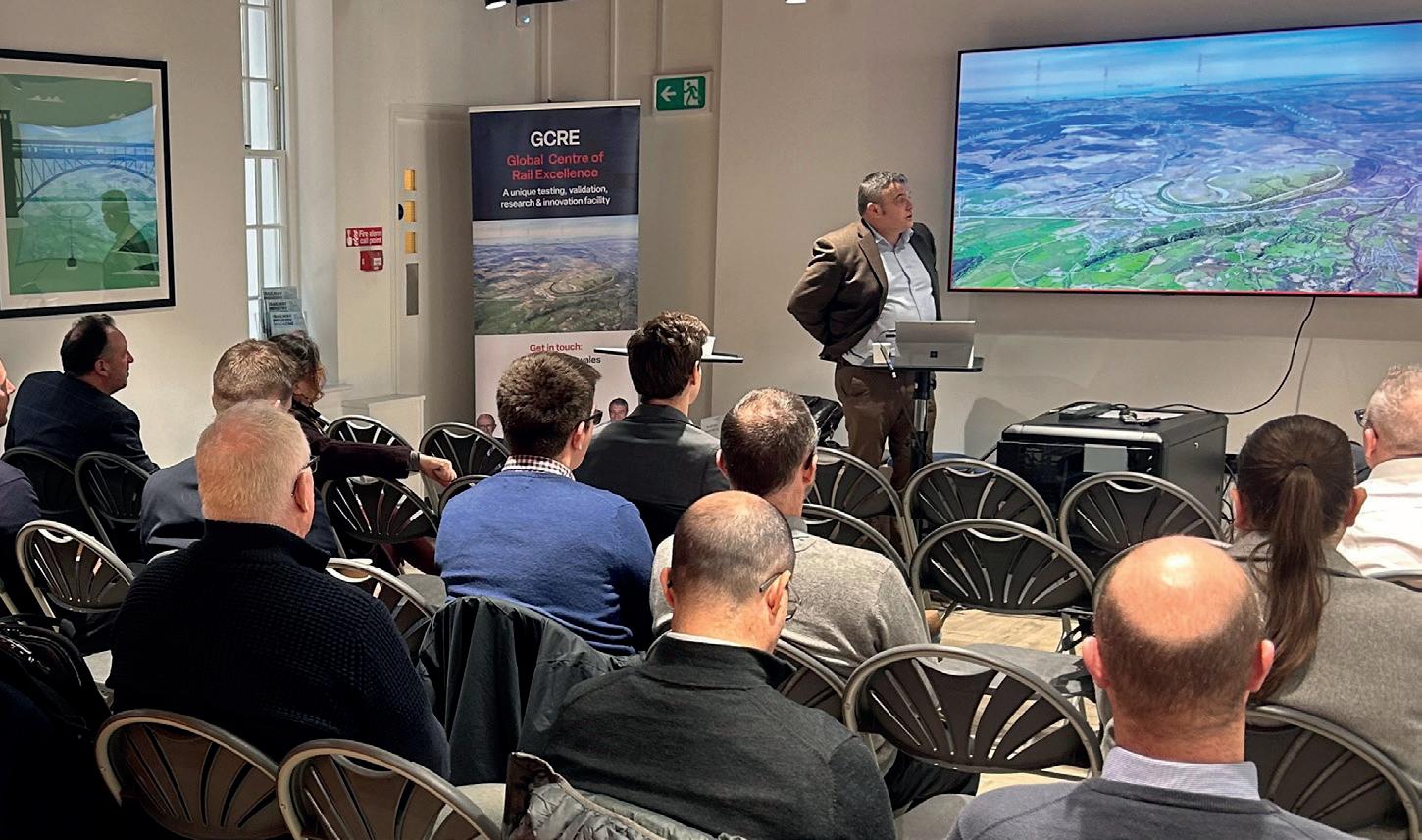
It’s not often that the opportunity arises to so creatively put your stamp on a major piece of critical rail infrastructure
Above: The GCRE site in South Wales
INNOVATION 48 February 2023
Below: The Railway Asset Showcase briefing event held at the RIA offices in London on 8th February
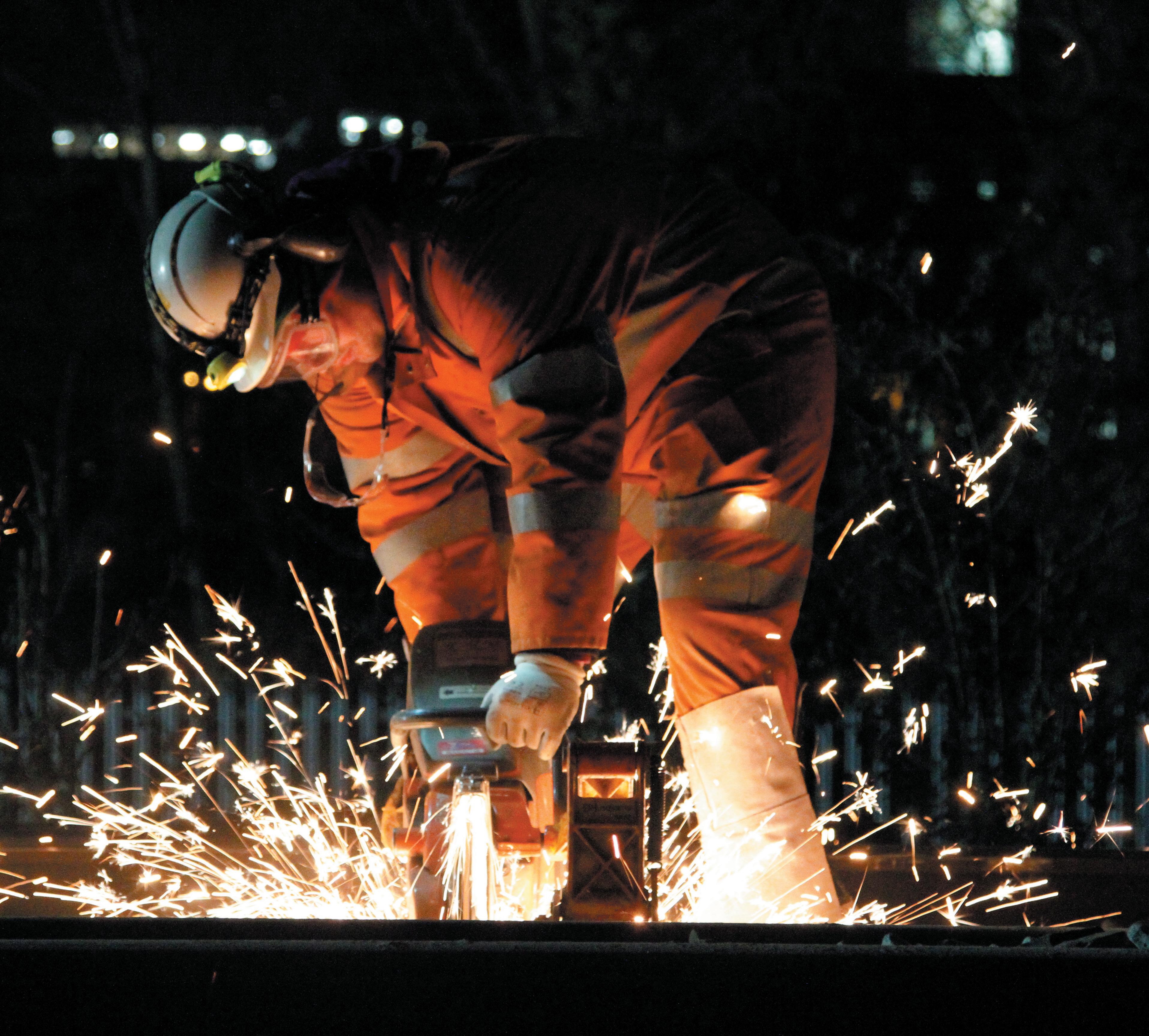
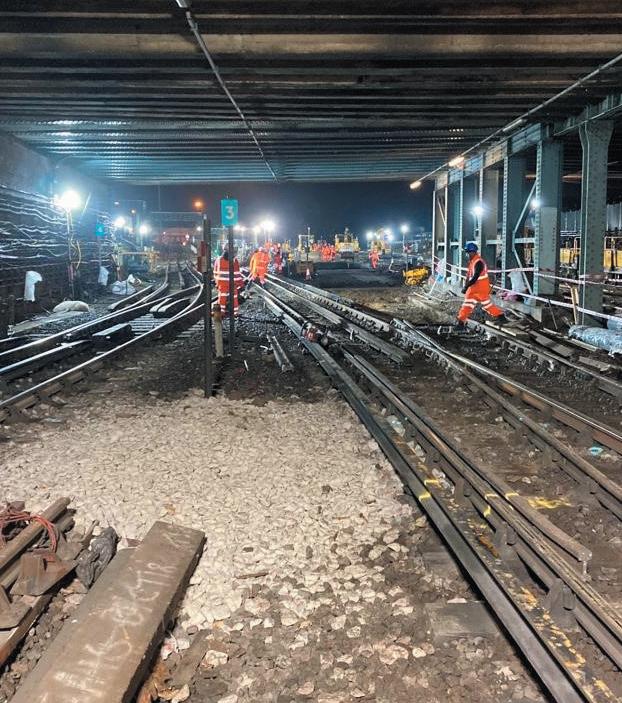
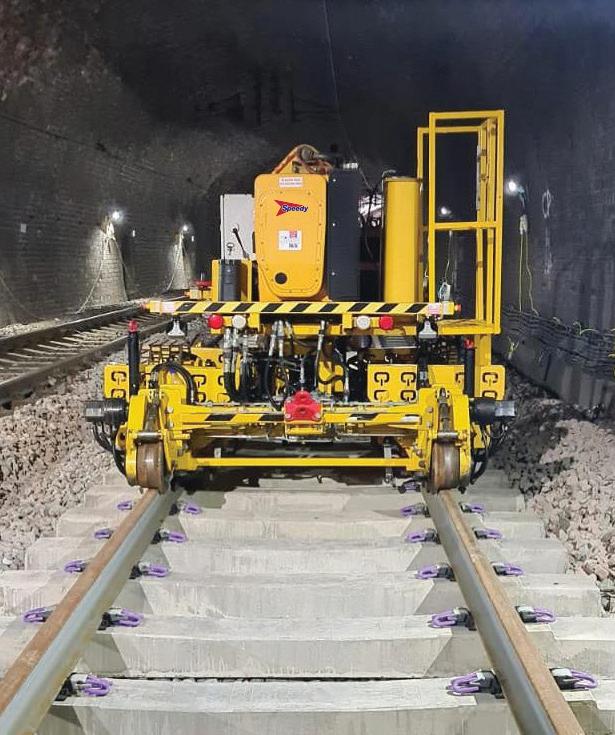
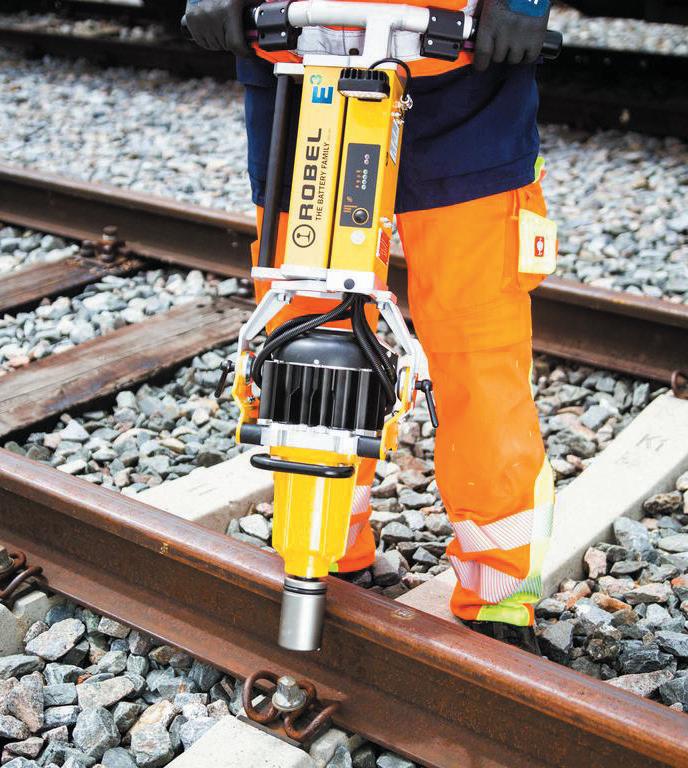
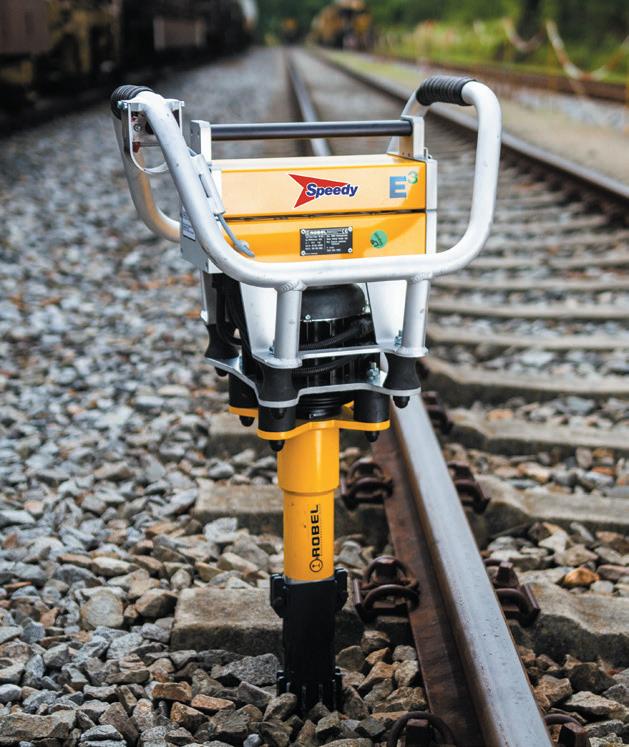
FROM ONE RAIL SPECIALIST TO ANOTHER Trackside Lighting and Lighting Towers Track Tools On Track Plant and Operators Tools and Cordless Working At Speedy Rail, we have the widest choice of innovative products and services to help you keep the UK’s rail, metro and tram network running smoothly. Visit www.speedyservices.com/rail-services 24 hours a day, 7 days a week. Scan here to find out more about our rail products and services VIEW AND DOWNLOAD OUR EBOOK trust us to deliver
Simon Newcombe, transport sector specialist at Designplan Lighting, discusses the company’s glowing reputation and its drive on sustainability for the UK rail industry
Six decades of lighting the railway sustainably
The importance of good lighting on the rail network should not be underestimated. It directly contributes to and has a significant positive impact on a passenger’s perception of security and safety. Sustainably designed luminaires can promote feelings of comfort and security to create a positive experience, while helping to reduce carbon emissions and costs.
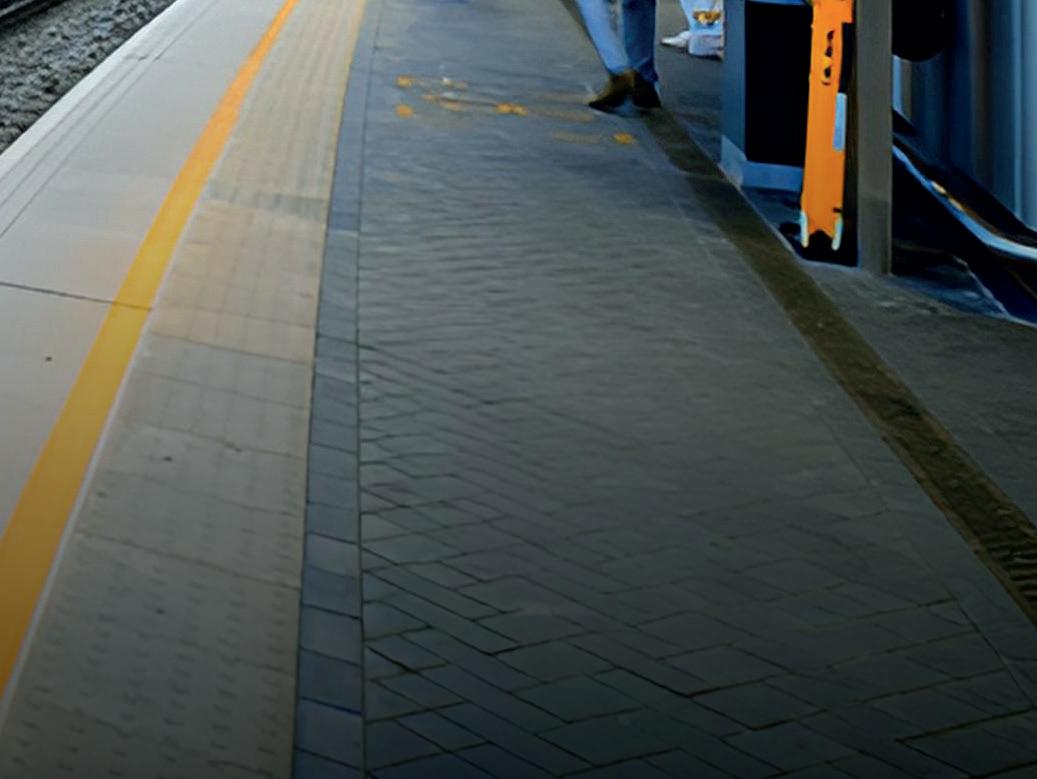
A leading light in this space is Designplan Lighting, which designs and manufactures sustainable and robust luminaires in the UK that are highly resistant to vandalism and environmental corrosion with a design life of at least 30 years. The company dates back to 1963, born out of the idea of an extra strong light fitting engineered to withstand the most severe weather conditions.
Simon Newcombe, transport sector specialist at Designplan Lighting, said: “Peace of mind with any design specification is vital for anyone illuminating a challenging environment such as the railways. It’s often presumed that all lighting is responsibly sourced, secure, simple to install, easy to maintain, proven and sustainable, but these fundamental things really have to be designed-in.”
“We have a track record in doing just that at Designplan Lighting. With 60 years of application experience, we can tailor our vandal and weatherresistant luminaires to meet the specific challenges facing the railways to create the greatest customer and user experience possible. This also makes the installation far more sustainable with a lower whole life cost.”
Designplan Lighting focuses on the principles of good lighting and the 4S initiative (sustainability, satisfaction, safety and stewardship). When it comes to lighting rail applications, the business has an unrivalled wealth of experience and products with the three core values of robustness and durability, service excellence and sustainability, all embedded in its product DNA.
Its luminaires are made from steel or aluminium with specialist polycarbonate diffusers which can resist up to five times (250 joules) more impact than standard fittings (50 joules). High Ingress Protection (IP) ratings help minimise maintenance requirements.
“Leading on Transport for Designplan, it’s pretty clear there is big change and a huge amount of work to be done when it comes to successfully specifying lighting on the rail network,” said
Simon, an experienced designer and senior lighting specialist to the transport sector with more than 25 years in design, lighting and product & business development.
“Many railway assets have simply fallen out of compliance over the years through poor maintenance, a result of some substandard contracts now being phased out by Network Rail. So, a lot of our focus at the minute is either on retrofitting our installed luminaires, keeping the fitting in place, or looking at complete redesigns.
“There is a lot of work going on in Network Rail to bring lighting up to new standards, within a sustainable model. That is what we are seeing – demand for longlife lighting. We have the experience as a company to provide the solutions to hit the performance and future maintenance requirements of network assets for longer than ever before.”
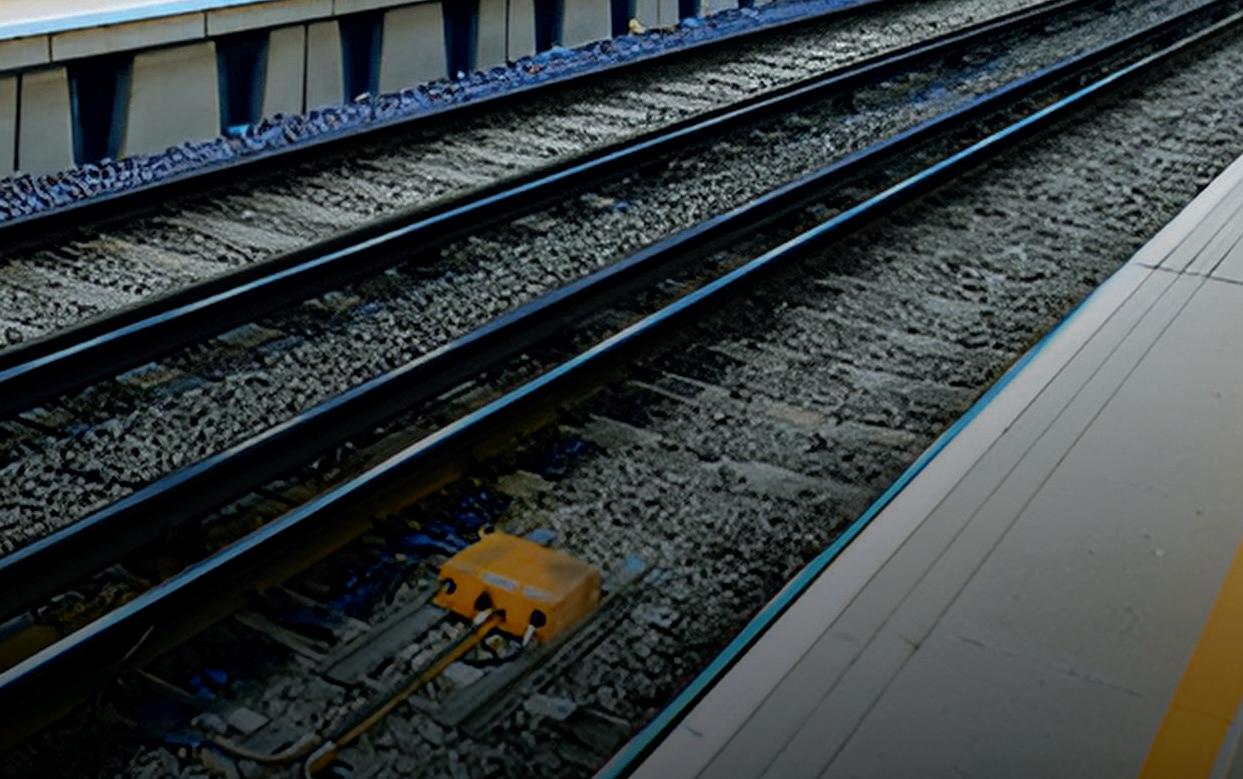
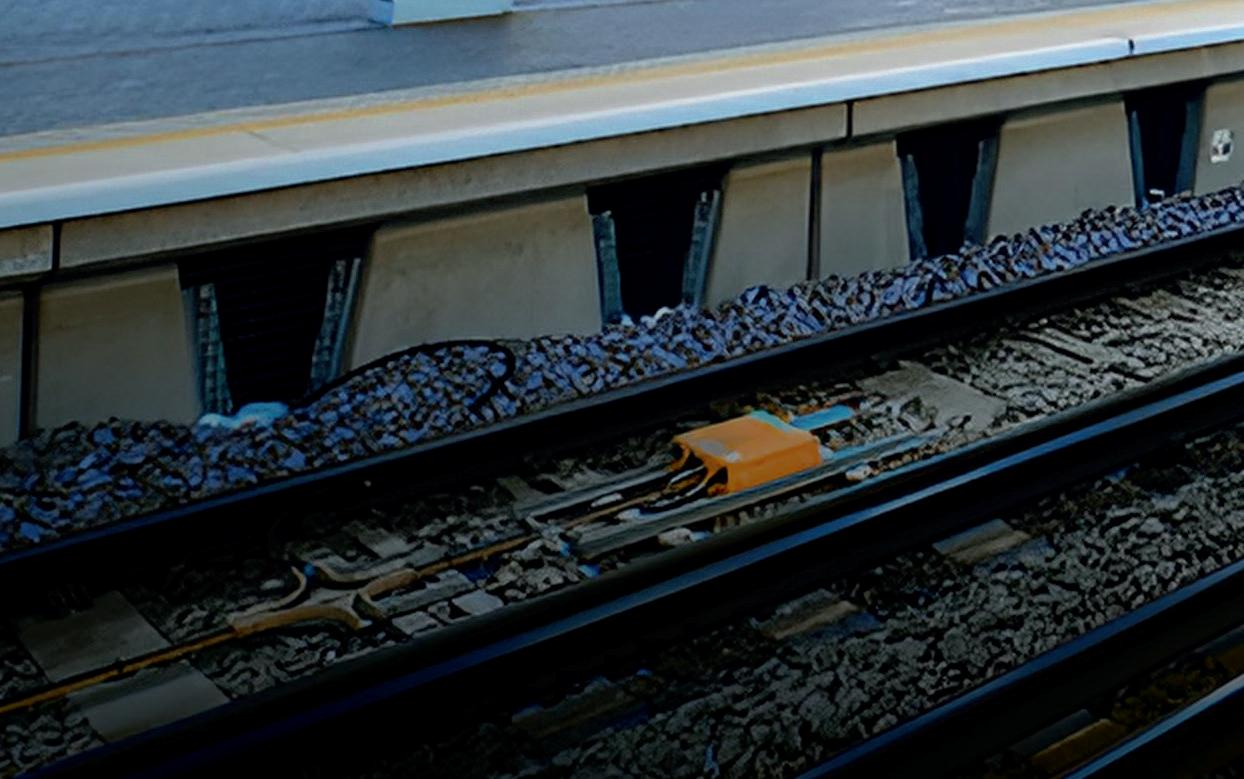
Customer satisfaction
The quality of station facilities has a significant bearing on customer satisfaction, and repeat business, encapsulated in Designplan Lighting’s service, which is driven by the rail industry’s 4S challenge of sustainability, satisfaction, safety and stewardship.
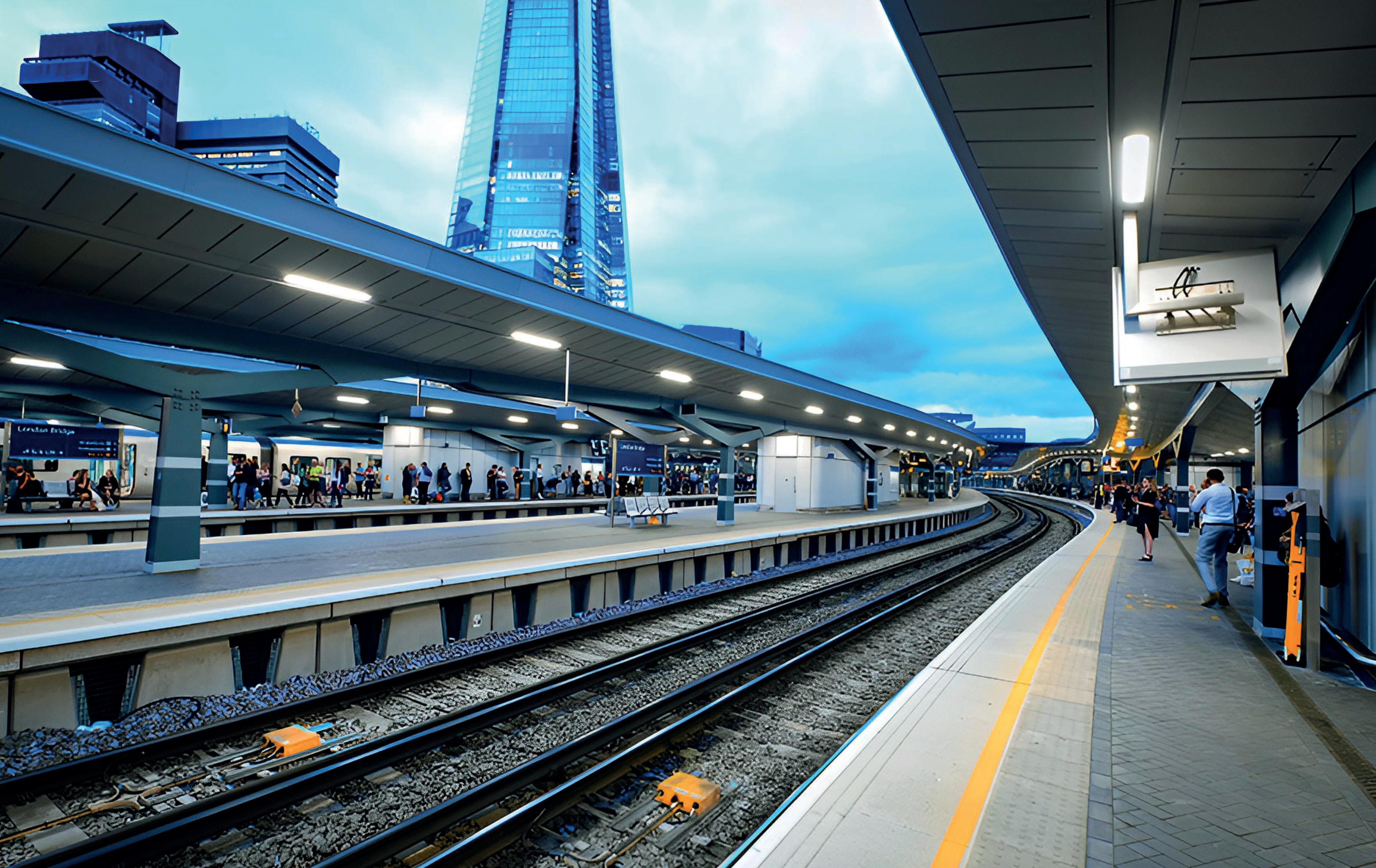
ADVERTORIAL 50 February 2023
“We are getting a lot of attention from the likes of Network Rail and other rail organisations because our robust fittings mean sustainable, long-life fittings,” said Simon. “They are designed to last for at least 30 years and crucially they can be updated, upgraded and fixed on-site, so you don’t have that heavy carbon, heavy cost process of taking the product away and completely replacing it.
“Our products offer a much more flexible approach. Their longevity ensures a lower OPEX and very good whole-life cost. This is vital to achieve government sustainability targets. We are looking very closely at carbon targets and carbon measurements in the built environment so the whole-life cost and a low carbon footprint is our permanent focus as a robust manufacturer.”
Well-established
The company has a long and proven track record in the rail industry, having recently provided luminaires to the likes of Glasgow Queen Street station and various Elizabeth line stations among many others. Further afield Designplan has illuminated the Copenhagen Cityringen Metro and several Deutsche Bahn stations in Germany, which has helped the company develop best practice, including the latest best practice trends in glare control, particularly for platforms.
More recently, in partnership with Q Sustain Ltd and Network Rail, Designplan Lighting upgraded the platform lighting at Birmingham New Street station to energy-saving LED. Due to the existing high-quality luminaire bodies, it was possible to replace the gear trays only and refurbish the bodies in situ, which lowered the embodied and operational carbon considerably.
Overall the total operational carbon saved by installing LED retrofit gear trays on the platforms at Birmingham New Street is 67 tonnes of CO2e every year. The total embodied carbon saved is 163 tonnes of CO2e, a carbon saving equivalent to 165 flight journeys between London and New York per year.
Simon said: “We continue to be totally committed as a company to supporting the circular economy of lighting. Being a sustainable manufacturer is key to the future of the industry, as a whole. We are proving it’s possible to create lighting technology in a sustainable way.
“Due to their robustness, our fittings can be permanently integrated into structures, a big focus for us across our sectors, allowing for more complete lighting solutions and better architecture and user experiences.
“We are constantly improving our environmental credentials. Our green certificate provides the embodied carbon in kilos of CO2e in our products using the TM65 calculation methodology assessment, the most thorough representation. There have also been lots of discussions in the last 12 months to do with the product passport environmental statements regarding the background of the product, the manufacture of the product, the energy used to make the product, and where you source your components from.
“We are in the process of delivering green certificates on all of our products on a TM65 basis as well as working on things like plastic reduction in our packaging and bringing packaging back to our BREEAM (Building Research Establishment Environmental Assessment Method) excellent-rated factory in Sutton.
“We are using a lot of sustainable energy sources, including solar panels, low-energy machinery and rainwater harvesting.”
By utilising the latest technology in lighting controls, Designplan Lighting can help create dynamic spaces in stations and terminals by ensuring that the right amount of light is present for all applications including retail, concourse, platforms and urban areas. This is achieved by following the RSSB guidelines with reference to CIBSE/SLL and ILP guidance for lighting in public areas.
Luminaires: Can be supplied with a number of driver options including standard switched, DALI-2 and DMX.
Lighting controls: Offer both wired DALI-2 and wireless cloud-based solutions with the added benefit of remote monitoring.
DALI-2 lighting systems: The DALI-2 standard (IEC 62386) allows for interoperability of input and output devices and is an open protocol.
Emergency lighting: Compliance testing can be achieved by the use of its DesignPath DALI emergency lighting test system, which is available in both wireless and wired versions.
Control strategy: A control strategy based upon the specification requirements specific to areas of a rail project, defined by the needs of passengers, train operators and lighting consultants.
Simon said: “We’re not just providing vandalresistant luminaires and gear trays for LED retrofitting, but also state-of-the-art lighting control systems. It’s not as simple as putting in a few new luminaires to upgrade these networks; we are in a renaissance period. The future of station design is very bold, and I’ve seen a lot of things that show me what the vision is, and it is very exciting to see that.
“The future station design guides, which are due to be released this year by Network Rail, focus heavily on using sustainable luminaires and also how you can integrate them into building structures. We will be continuing to work with engineers and consultants on ensuring we have what the market needs, as well as continuing to improve the efficiency and maintainability of our fittings.
“We’ve released a couple of new products just in the last year based directly on market intel. This includes Redoubt, designed for rail maintenance pits, which was based on specific application needs and customer feedback resulting in one of the highest-performing pit lights on the market. Similarly, the Trackline bollard was designed with the customer to ensure driver walkways are effectively and safely illuminated, and earthed for OLE locations, without creating unnecessary spill. We will continue to look at developing long-life lighting products with our railway partners to meet their specific needs.
“The backbone of everything we do is really about getting people to use the railway and decarbonising the transport network. Being part of developing such a major national asset and protecting the environment in the way that we are is hugely exciting and a real privilege. You feel like you are doing it for future generations while writing a bit of history.”
Visit www.designplan.co.uk/our-market-sectors/ transport/ for more details.
Designplan Lighting also offers CIBSE accredited CPD seminars available face to face or online, with topics including robust lighting, emergency lighting for challenging environments, lighting: the retrofit revolution and sustainable lighting for railway stations of the future.
Email simon.newcombe@designplan.co.uk or visit www.designplan.co.uk/technical/technicalsupport/cpd-seminars/ for more details.
We are getting a lot of attention from the likes of Network Rail and other rail organisations because our robust fittings mean sustainable, long-life fittings
ADVERTORIAL 51 February 2023
Dan Read, founder of Engineered Learning, discusses his mission to change young lives through engineering, and why others in the industry need to join the journey
Inspiring young people to achieve through engineering
Engineered Learning is a groundbreaking and innovative organisation that empowers young people to achieve through engineering.
The organisation works predominantly with schools and students aged 14 to 16. It offers these students the opportunity to gain NCFE accredited skills and experience in fabrication and welding while taking on real manufacturing projects from industry and local councils.
Students work on projects, which can be anything from creating steel benches, planters and bins to creating decorative metal art in Engineered Learning’s authentic workshops.
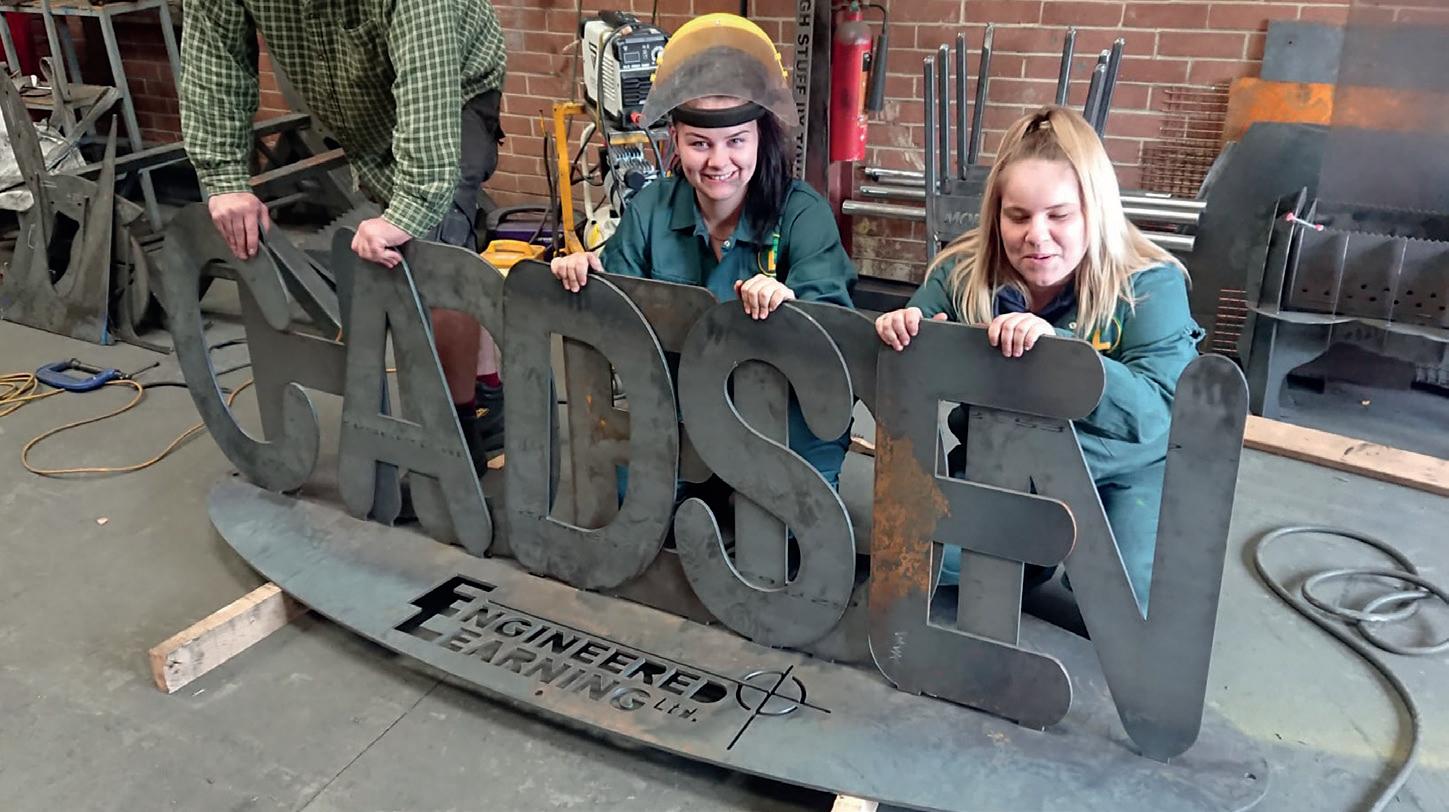
When students manufacture the infrastructure of their local community, the social return is immense. It is proven to result in less vandalism, less anti-social behaviour and more cohesive communities.
Helping young people
Most recently, Engineered Learning was the winner of the Involving Children and Young People Category at the National Community Rail Awards for its project ‘Turning Around Vulnerable Young Lives Through Engineering’ which was delivered in partnership with East Midlands Railway and Derwent Valley Line Community Rail Partnership. This groundbreaking project saw young people who were not in education, employment or training, design and create a decorative steel archway that now sits proudly at Duffield Station on the Derwent Line.
Dan Read, the company’s founder, said: “This recent project really highlights how we give young people the accredited skills and experience employers are looking for.”
Engineered Learning has recently announced an exciting new project that brings together schools and industry and sees welding and fabrication being taught within schools.
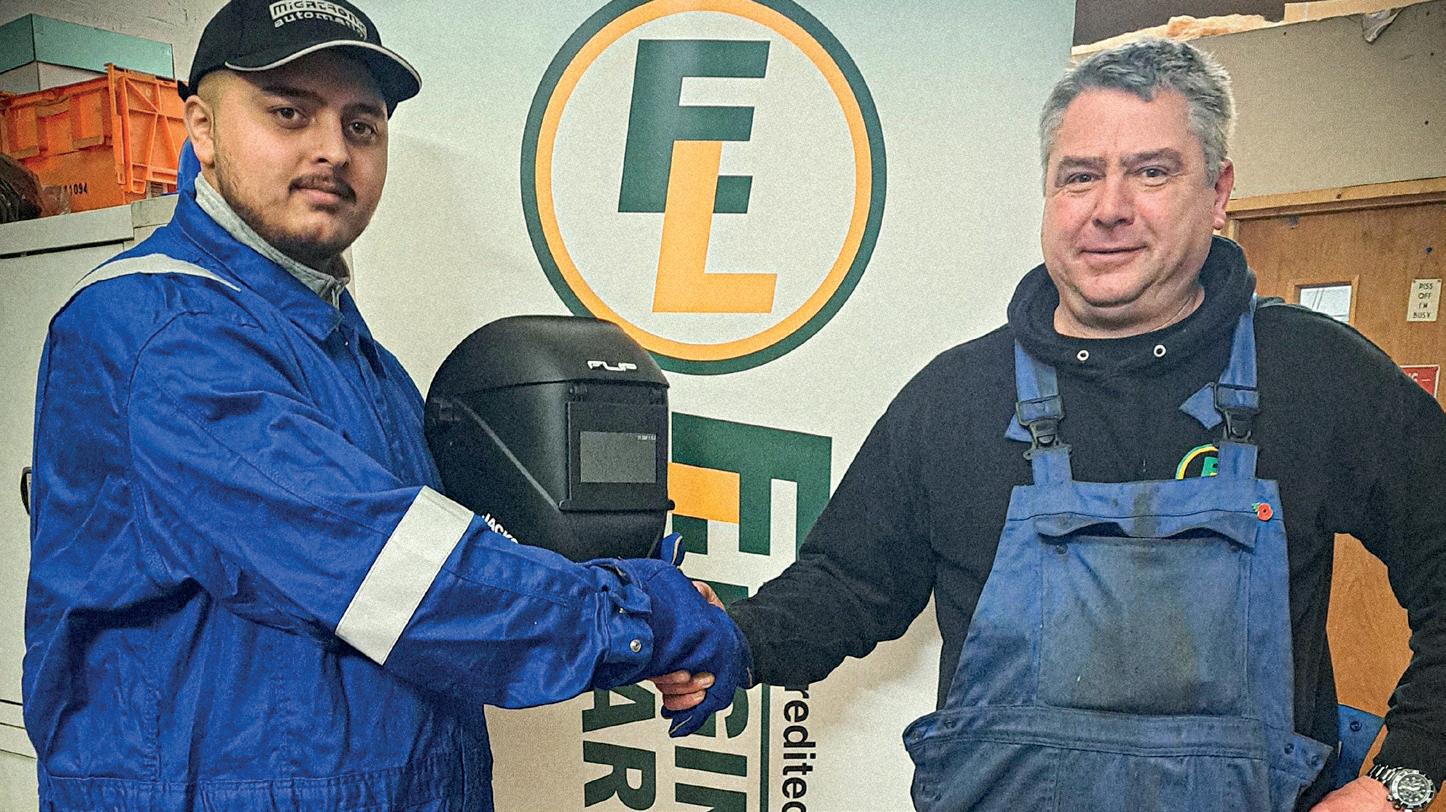
Dan added: “Over the past 10 years I’ve witnessed first-hand school pupils thriving and flourishing in our workshops. These are students who struggle at school and for whom mainstream education does not suit. In some cases, they have almost been written off before they have even reached adulthood – I think this is wrong.
“We can change this. In nearly every case, young people can succeed in engineering. It has long been a dream of mine that every student should have access to an authentic, metalwork workshop and I think that now is the moment that we can work in partnership with industry and schools across the UK to make this happen.”
Bridging the skills gap
Above: Students and staff help to create the infrastructure of the local community
Below: Dan congratulating a former student on gaining his new job
Dan is urging industry to work in partnership to plug the growing skills gap. This is particularly important with a shortage of some 40,000 skilled welders here in the UK.
“Why can’t we start giving young people training in this well-paid industry when they are still at school?” he said.
“I believe that by working together – Engineered Learning, schools and industry partners – we can achieve this by building authentic engineering workshops in schools where young people can learn the skills industry needs.
“Our industry partners can develop relationships with local schools that will enable them to train their future workforce, as well as supporting the economic and social development of the communities that surround them.
“For me, it’s a solution that solves so many problems and if anyone in industry shares my vision and believes that we need to give young people the skills and experience industry needs when they are still at school, please get in touch with me – I would be happy to hear your thoughts.”
For more information, email Dan at admin@engineeredlearning.co.uk
ADVERTORIAL 52 February 2023

Experts for all your gauging needs Trusted. Proven. Innovative. Let’s talk Clearance. • Fleet procurement • Train introductions • Vehicle upgrades and modifications • Vehicle Retractioning Rolling Stock Tailored to your specific sector, the Gauging Appreciation session gives insight into the world of Gauging. It is fully CPD Certified and gives valuable knowledge on clearance assessments. Book a FREE Gauging Appreciation Session To Book Email: info@dgauge.co.uk and quote GAUGING APPRECIATION Electrification • Electrical clearance feasibility • Pantograph and OHL clearance assurance • Electrical clearance monitoring Infrastructure • Structure Clearance Assessment • Track and Infrastructure Design Support • Assessment of Unusual & Out-of-gauge loads
The world’s first underground railway is marking its 160th birthday. Sadiq Khan, Andy Lord and Sam Mullins OBE are among those reflecting on its significance
Kick-starting a year of celebrations for the Tube
On 10 January 1863, the world’s first underground railway opened, with that first journey taking place between Paddington and Farringdon stations, on what was then the Metropolitan Railway. From that day forward the London Underground has been at the heart of the capital’s history.
Transport for London says a series of activities will be held throughout the year to mark the 160th anniversary, with the Mayor of London Sadiq Khan
Timeline of significant events
1863
1884
meeting with four London Underground staff members who have given a total of 160 years of service in a range of roles to kick off the proceedings.
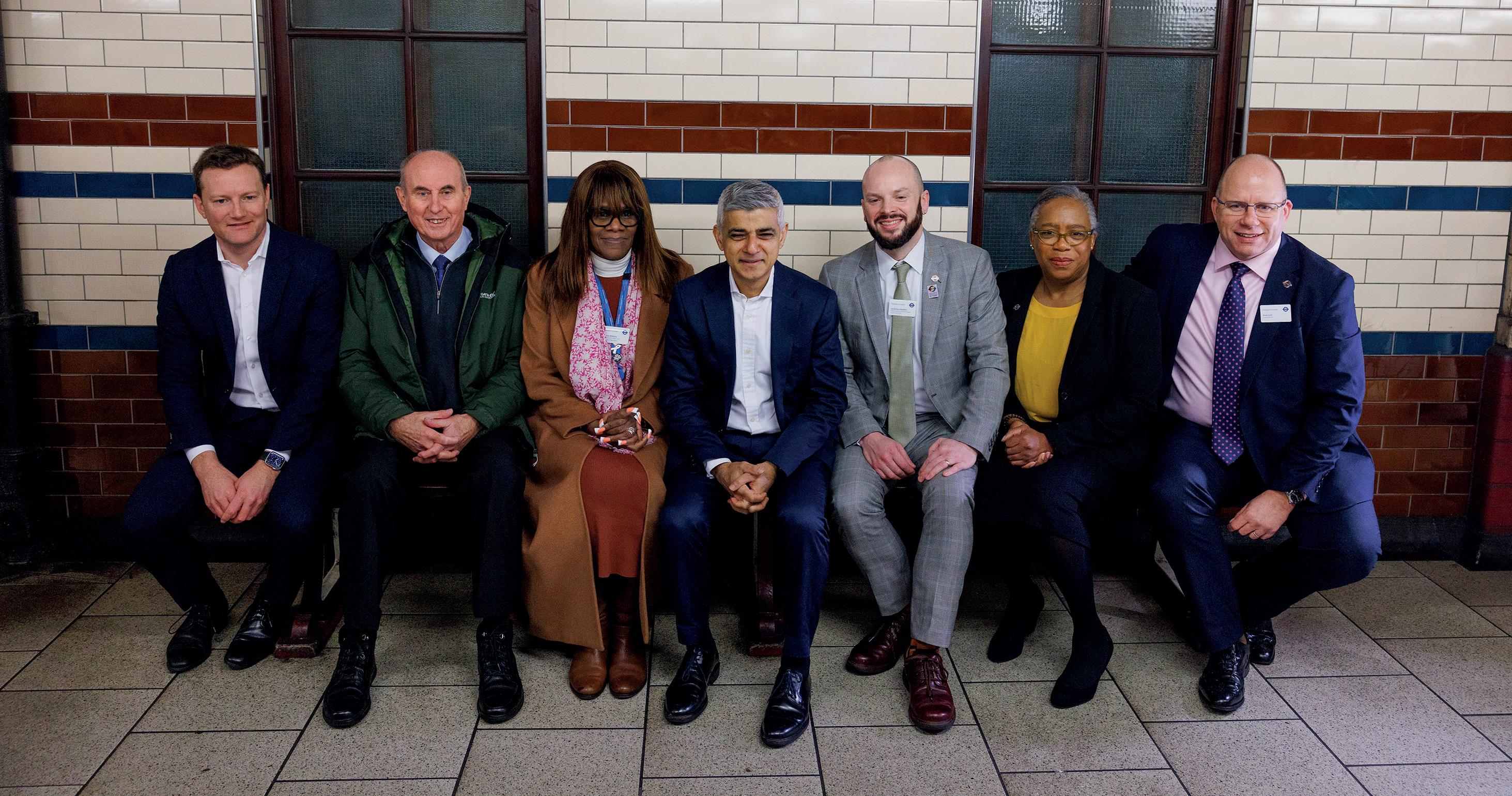
“The Tube is a true London icon, connecting people across the capital and transporting tourists and commuters across the city,” said Sadiq. “I’m delighted to kick-start a year of celebrations as the world’s first underground railway marks its birthday, unveiling a roundel at one of our oldest Tube stations (Baker Street), which celebrates London’s affection
1940
Between
for our world-famous underground. I’m so proud of the history of our Tube and I’m determined that the London Underground will continue to deliver a worldleading service fit for the 21st century, and contribute to a better, safer and fairer city for all Londoners.”
The Tube has always played an important role in the success of London. The growth of the early network led to the expansion of the suburbs in the last century, while the extension of the Jubilee line led to the development of Canary Wharf’s financial powerhouse in the 1980s.
1952
1961
The Metropolitan Railway opens the world’s first underground railway, between Paddington (then called Bishop’s Road) and Farringdon Street
The Circle line is completed
September 1940 and May 1945, most Tube station platforms are used as air raid shelters
The first aluminium train enters service on the District line
The end of the steam and electric locomotive haulage of London Transport passenger trains
LONDON UNDERGROUND 54 February 2023
The Northern Line extension’s opening in 2021 has enabled the growth of the Nine Elms and Battersea areas, and today’s system helps London continue to recover from the pandemic.
Tube ridership has steadily increased since the pandemic and is now at around 80 per cent, across a weekly average, compared to pre-pandemic levels – with weekend ridership increasingly edging towards levels seen before the pandemic.
Andy Lord, London’s Transport Commissioner, said: “A milestone birthday gives us the perfect opportunity to reflect on the historical significance of the Tube and how it has expanded and improved to meet the needs of an ever-changing world city.
“During this time the Tube has breathed new life into unconnected parts of London and been the
catalyst to many local economies. It also gives us the opportunity to look forward to the next raft of improvements and to continue planning to ensure that the Tube serves our city ably and efficiently for the next 160 years.”
Looking back
A programme of activities throughout 2023 will celebrate the London Underground’s role as the lifeblood of the city, connecting Londoners with work and leisure opportunities for the past 160 years.
Activities will be themed around the Tube’s innovation, its contribution to improving the environment, how the Tube connects people and places, how it supports diversity and inclusion, and its unique and world-renowned architecture and design.
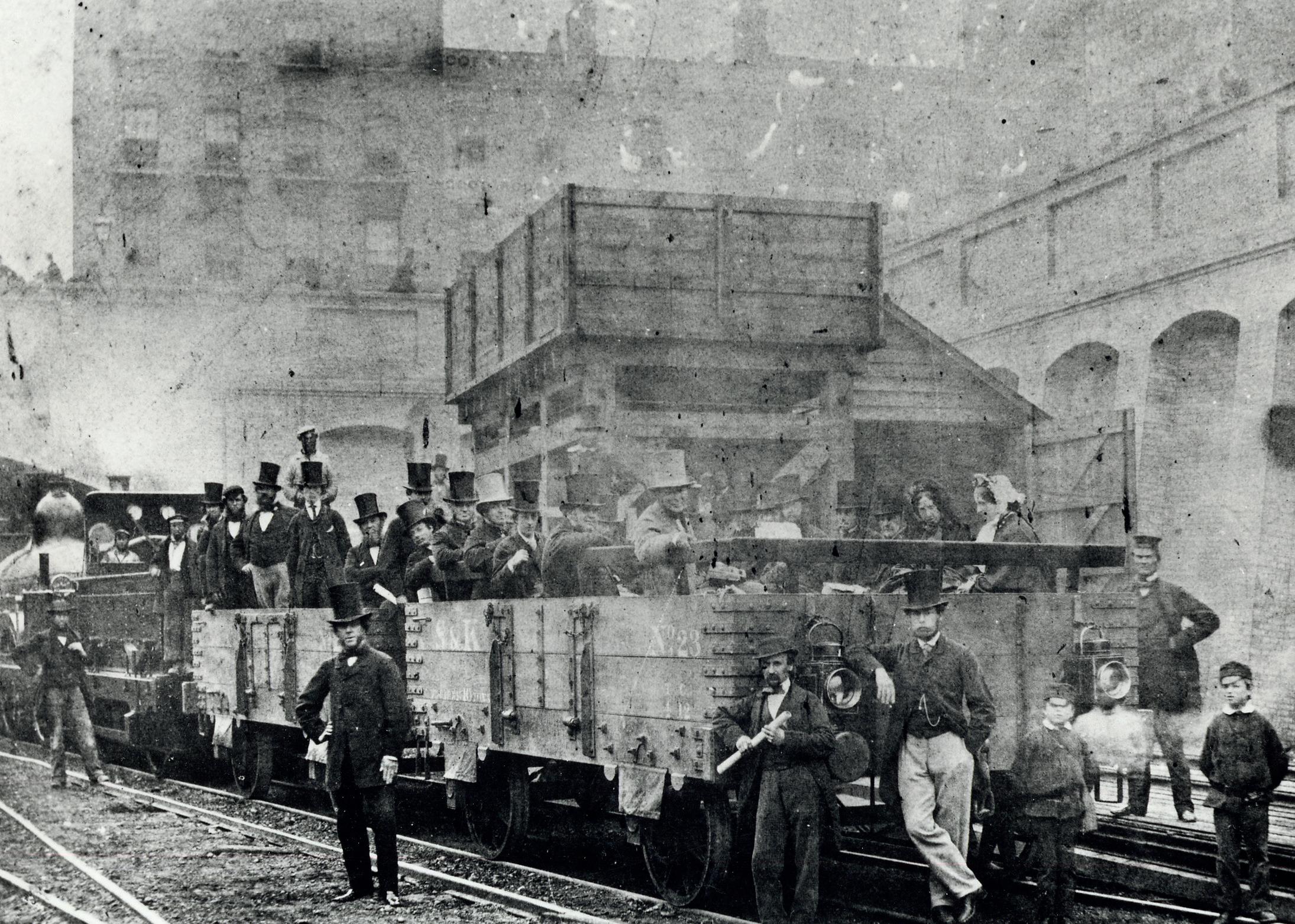
1969 1979 2003 2016 2022
Above: 1862 test train at Edgware Road Image: TfL/London Transport Museum
Opposite: The Mayor, Deputy Mayor and Commissioner meet long-serving members of staff
HM the Queen opens the Victoria line
The then Prince of Wales opens the Jubilee line
London Underground becomes a wholly owned subsidiary of TfL. The Oyster card is introduced. Busking is legalised
Night Tube is launched offering all-night services at weekends
LONDON UNDERGROUND 55 February 2023
The Elizabeth line is opened by HM the Queen. The Circle line becomes fully automated
The London Transport Museum will be supporting the celebration of the Tube with activities throughout the year, highlighting the heritage and innovation of the world’s most iconic underground railway. This will be alongside the museum’s permanent exhibitions, which encourage visitors to explore the Tube’s origins as the world’s first subterranean railway.
Sam Mullins OBE, director of the London Transport Museum, said: “The opening of the Underground in 1863 and its evolution over the past 160 years has continually shaped London. Deploying cuttingedge engineering, design and service innovation, the Underground has kept the city on the move and given it the strong character we know today.
“The network has both responded to and promoted the growth of the city, spurred regeneration, connected communities and made it accessible to residents and visitors alike. We look forward to welcoming visitors to the Museum in Covent Garden to share this fascinating lens for London’s history.”
Moving forward
A range of further improvements to the London Underground network are on their way, including new trains to replace the ageing Piccadilly line fleet and new signalling on the District, Hammersmith & City and Metropolitan lines as part of the Four Lines Modernisation programme (and following the completion of new signalling on the Circle line last year).
The project to modernise and expand Bank station is also nearing completion, transforming customer journeys at the heart of the city. Further significant improvements will be delivered on the Elizabeth line –the evolution of the Tube network – with an increase in frequency and through-running to more destinations introduced later this year.
Richard Burge, chief executive of London Chamber of Commerce and Industry (LCCI), said: “Over a remarkable 160 years, the London Underground has become synonymous with London and is a crucial part of our capital city’s infrastructure. The Tube provides businesses with essential transport connectivity on a daily basis and where the tube goes, investment, innovation and productivity follow. The Tube has played a major role in establishing London’s reputation as the best city in the world to start and run a business.
“Through continued investment and development, it will no doubt continue to boost London’s economy and connect Londoners for the next 160 years and beyond.”
Image: TfL/London Transport Museum
Below: 1862 construction at Great Portland Street
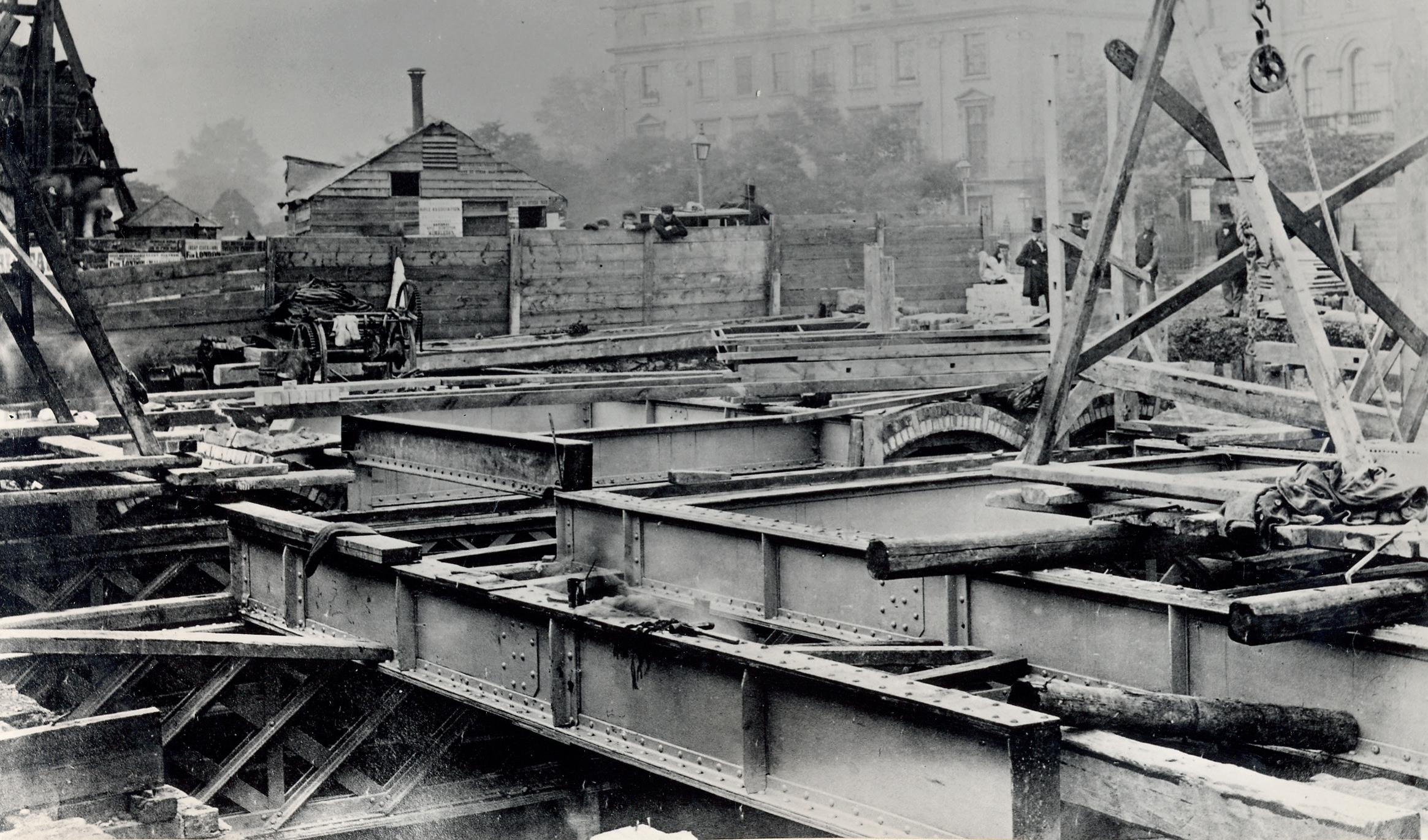
Image: TfL/London Transport Museum
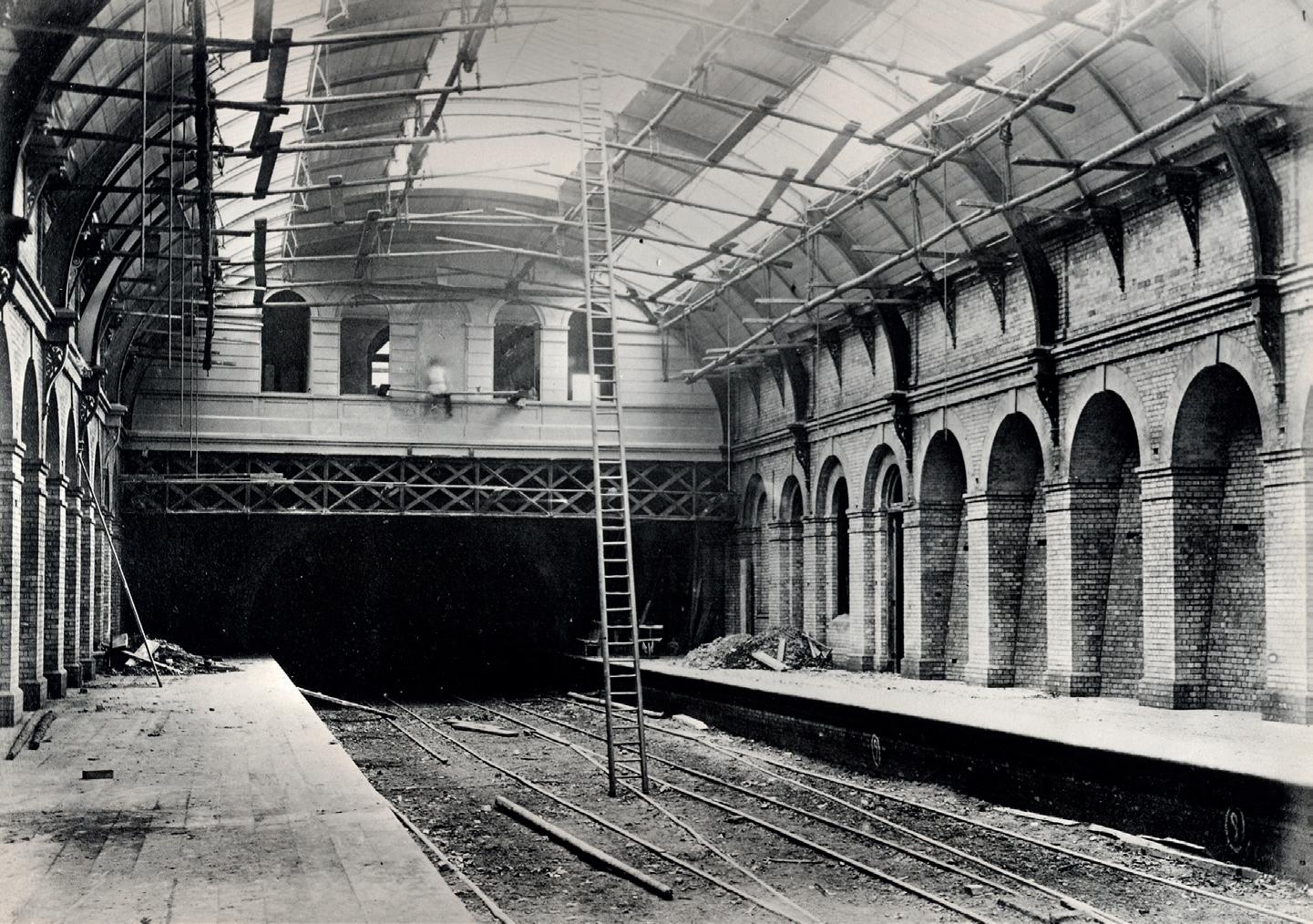 Above: 1862 Edgware Road
Above: 1862 Edgware Road
LONDON UNDERGROUND 56 February 2023
Earth Leakage Units

What do AC/DC Earth Leakage units do?
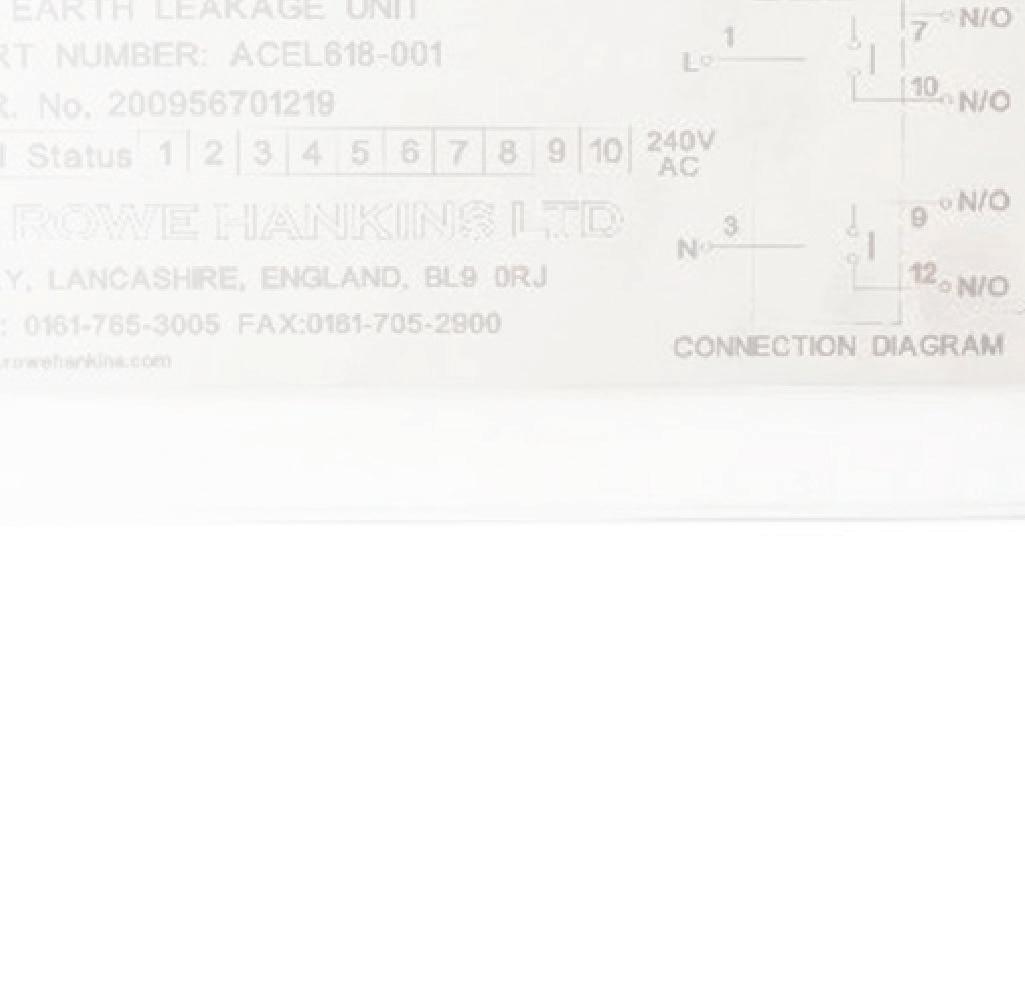











The AC / DC Earth Leakage Unit is a residual current detection unit which is powered from the vehicle’s battery or AC supply and measures the sum of the current in the primary ‘supply and return’ conductors passing through its aperture.
During normal operation when there is no earth fault or imbalance present in the system, the current in the conductors cancel each other out so no fault is triggered.
The measured residual current signal is filtered and rectified before it is fed into a comparator circuit. If the current is greater than a set detection level, then a fault is signalled via volt-free relay contacts. The fault output may reset after a delay if residual current falls below the desired detection level or remain latched in the fault state until the unit is powered off and on again.
Rowe Hankins’ has developed a new dual trip AC Earth Leakage Unit that is digitally programmable and forms the next evolution of current imbalance detection products and systems.


Available for OEM & Retrofit applications
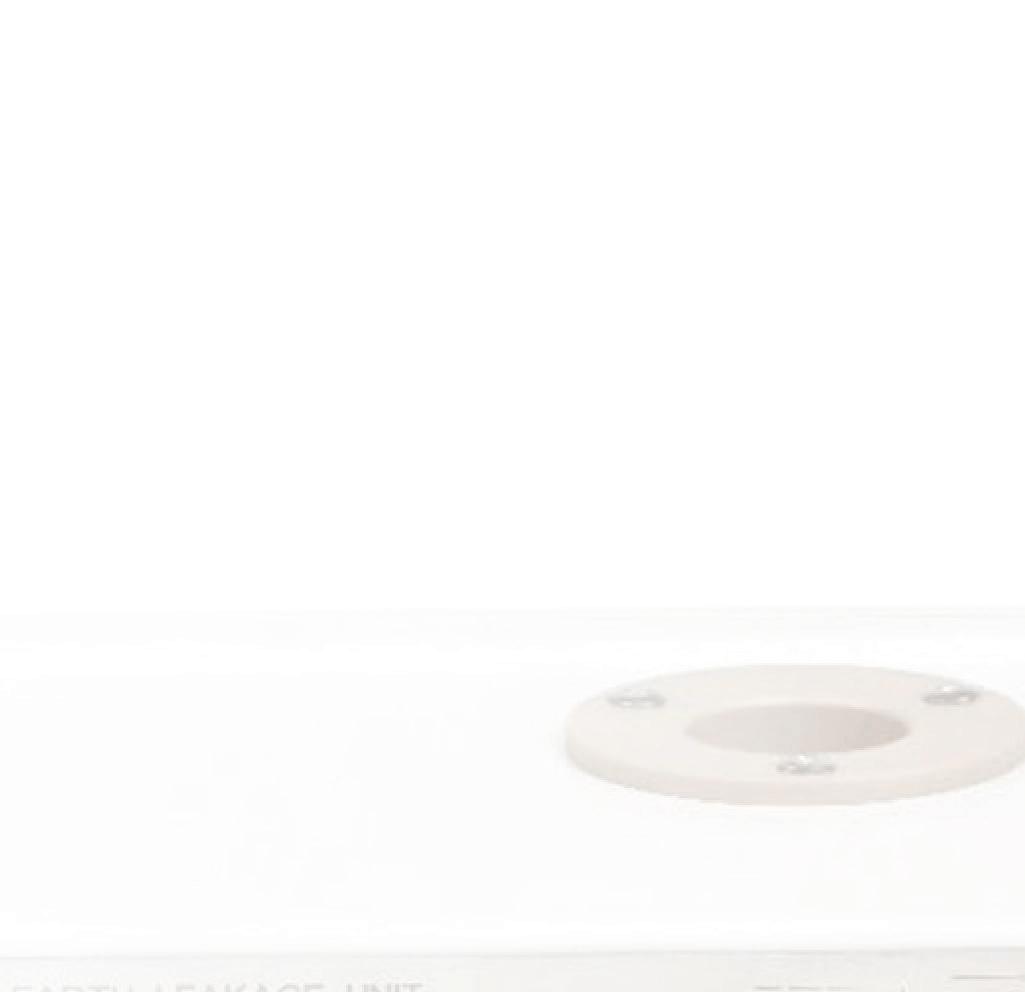
Get in touch! +44 (0) 161 765 3000 | sales@rowehankins.com | www.rowehankins.com Power House | Mason Street | Bury | Greater Manchester | BL9 0RH Innovate Design Deliver
Locked Locked fault output. Certification Certified for rail applications. Protection For the protection of AC/DC power supply circuits & equipment. Features
Insulin and pantographs

Iimagine those two words don’t appear in the same sentence very often.


I’m type 1 diabetic, and I travel a lot on electric trains. A good day rests on insulin and pantographs working properly. Without them, my blood glucose goes out of range, my electric train comes to a halt, and my plans fall apart.

Effectively, the two things do a similar job. They take what is external and allow it to reach that which is internal. A pantograph takes the 25,000 volts from the overhead wires to safely transfer the power to the train. Insulin takes the carbohydrates we eat and enables them to be converted to energy. What is crucial here is we rely on the life-powering results they deliver
In many ways, in the world of railway people, that converting equipment – the insulin or pantograph of our industry – is communication. Specifically, for






those in the majority of our workforces and teams, how do we make sure we are speaking the right language?


Our language
When I’m struggling with something and turn to my friends, they usually give me a response that is one of four alternatives. There are some who are listeners and will patiently let you offload for as long as you need. These are rare types who will give you all the time you need to unpack, repack and process your thoughts.


Some are solutionists. They want to help you create a solution and sort the problem, getting it out of the way. We get sceptics, who seem determined to tell you things are always bad and we’re all doomed. And then there are the random friends who help by sending cat videos and Minions memes – because
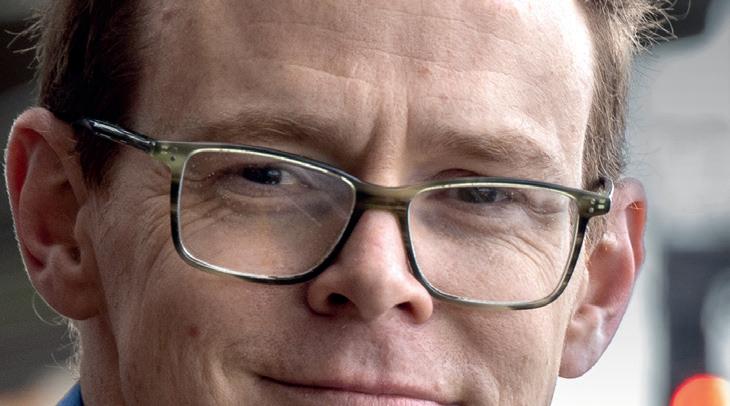
people with problems still have the need to be human.
We, as an industry, put a lot of time and effort into communication, but sometimes we succeed in getting the message through to some but not engaging with the majority. I arrived at a depot before the pandemic and went to stores to get some eye protection. I was told which box to go to, but actually found boxes and boxes of the company newsletter, never opened. The depot administrator said they’d become tired of putting them all out, and then putting them all away again at the end of the month.
Communication and engagement are two sides of the same coin. Even the most engaging material won’t connect if it’s badly communicated, and even the best communications won’t reach people if they’re utter drivel.


We’re at a stage where the railway needs to nail how it communicates.

Railway Chaplain Mike Roberts explains why everything falls on communication
PEOPLE 58 February 2023
As we look ahead to a decade where we’ll be shaped by a post-pandemic recovery, CP7, HS2 and projects like the Transpennine Route Upgrade, all of these depend on the amazing people who make the railway what it is and what it can be. And if our railway family are going to deliver, then that vision for a railway must be communicated with aspiration, clarity and passion.
In celebrating the life of Adrian Shooter recently, I was reminded that he once said that his vision for the railway was “a safe railway that delights people…” Over 2022 we had a railway year which was the equivalent of a game of snakes and ladders. We saw moments when the railway stepped forward, seeing passenger numbers exceed 100 per cent of pre-COVID numbers in certain places, and huge encouragement for the railways as part of the leisure and tourism market, but also huge issues around the ongoing industrial disputes that crippled the network in the latter part of the year. As we move into a new railway era (however that will look) we must communicate to the staff who make the railway happen and the customers who will learn to trust it or will leave it. Worryingly the staff will also trust it or leave it, but that’s a whole different article…
Communication constipation
Without exception, the industrial disputes of the last year have put a strain on the railway that, in many companies, is at unprecedented levels. In places, these disputes have created blockages in the pipework of our companies where communication and information usually flow. Some companies excel at internal communication and how they engage with their staff teams, while others relate externally to customers and stakeholders well, but not to their own teams. Most of our businesses, at some point, become constipated in terms of communication – everything is still going on, but we struggle to get that message out!
At the end of COVID, the railway shouted together to come back to rail. TV campaigns, billboards and online campaigns called those who were staying at home to get back on track. Northern has a dog mascot, TPE had a bucket, spade (and Vernon Kay), Avanti has a turtle and EMR has Miles the purple explorer. The message to the public was clear– we want you back!
As 2023 begins we’ve found it hard to talk. We don’t know what message we want to get across to the public, and in stations, offices and messrooms across the country, the silence of uncertainty has replaced conversations of confidence. I’m in a privileged position where I get to spend time with directors and senior leaders, but also with frontline staff. I see how life is in offices, stations, trains and depots, from the smallest to the largest, rural and urban and everything in between. Potentially, the biggest barrier to resolving the disputes that are leaving a lasting bruise on the heart and soul of our beloved industry is poor communication; right now, I believe we’re in danger of losing the connection between our leadership and our front-line.
We may put our vision on the intranet, we may share our core values on glossy leaflets, and we might display our aims and objectives on artistically impressive PowerPoint presentations – but if we ask someone in the boardroom and someone on a platform, on a production line or behind a desk
to share the vision and the journey ahead of the company will we get the same answer? Perhaps it’s time for us all to consider whether those who wear the same ID badge as you, share the same understanding of the journey.
My friends have a little girl who, whenever they are in the car, keeps asking that question all parents hate. “Are we nearly there yet?” Sophie asks the question, not out of impatience, but out of frustration. She is, above all else, a little girl who is desperate to know what is going on all the time. She asks about being ‘nearly there’ because she wants to know what’s happening and what this journey involves.
Lots of our staff are passionate about the journey we’re on but, after the bruising of the pandemic, the challenges of dispute and the uncertainty of the future shape of the industry, are now asking, in the same uncertain tone as little Sophie, “do you think we’re nearly there?” They want to understand the journey, they need to trust the people leading it, and they want to believe that there will be an ending. For the passenger industry and for Network Rail, the Department for Transport have not made this easy. The lines have been blurred and the goals moved multiple times, whilst media reporting has created heroes and villains. We’ve seen a fracture in the relationships of our railway family, because our conversations have become muted.
Tell our stories
I don’t know the answer to the industrial disputes – and if I’m honest there are parts I don’t even understand. I know though that when these disputes are solved, we need to – as leaders and frontline staff – commit to restoring the broken relationships and sharing life. In June 2022, as the first strikes hit, a leader said to me that their hope was, “at the end of this that people are still talking to each other and caring about each other.” I smiled at him, and we moved on in our conversation, but half a year on, I’m convinced more than ever that he was spot on.
Let’s share our picture of what we want to be as businesses and as an industry, and share how we want to get there. Let’s be honest about the challenges and promote those opportunities. Let’s listen to the worries and concerns that those on the frontlines face. Let’s admit the uncertainties about tomorrow, while celebrating today’s joys and mourning its sorrows.
I passionately believe that to emerge from this storm, our directors and managers need to become leaders. We need risk-taking leaders who are ready to be on a bumpy journey with those they manage. We need leaders who will listen, advocate and live life with their teams. I’m thankful for people I could name who model this already, but for us as an industry to thrive, we need many more.
I’m writing this just after #BrewMonday and the call to make time to talk. So, let me leave you with a question: have you got time to talk to those around you, those with you, and those on whose shoulders tomorrow will succeed or fail? Is there someone today you could have a conversation with and, as a leader, with whom you could share your vision, hopes and journey ahead? One conversation at a time.
www.railwaymission.org
mike.roberts@railwaymission.org
www.twitter.com/birdsnestsblog
PEOPLE 59 February 2023
Communication and engagement are two sides of the same coin. Even the most engaging material won’t connect if it’s badly communicated
LIFTING JACKS & BOGIE LIFTS BOGIE LIFTS
Lifting and inspection equipment you can rely on for all maintenance of rail vehicles.



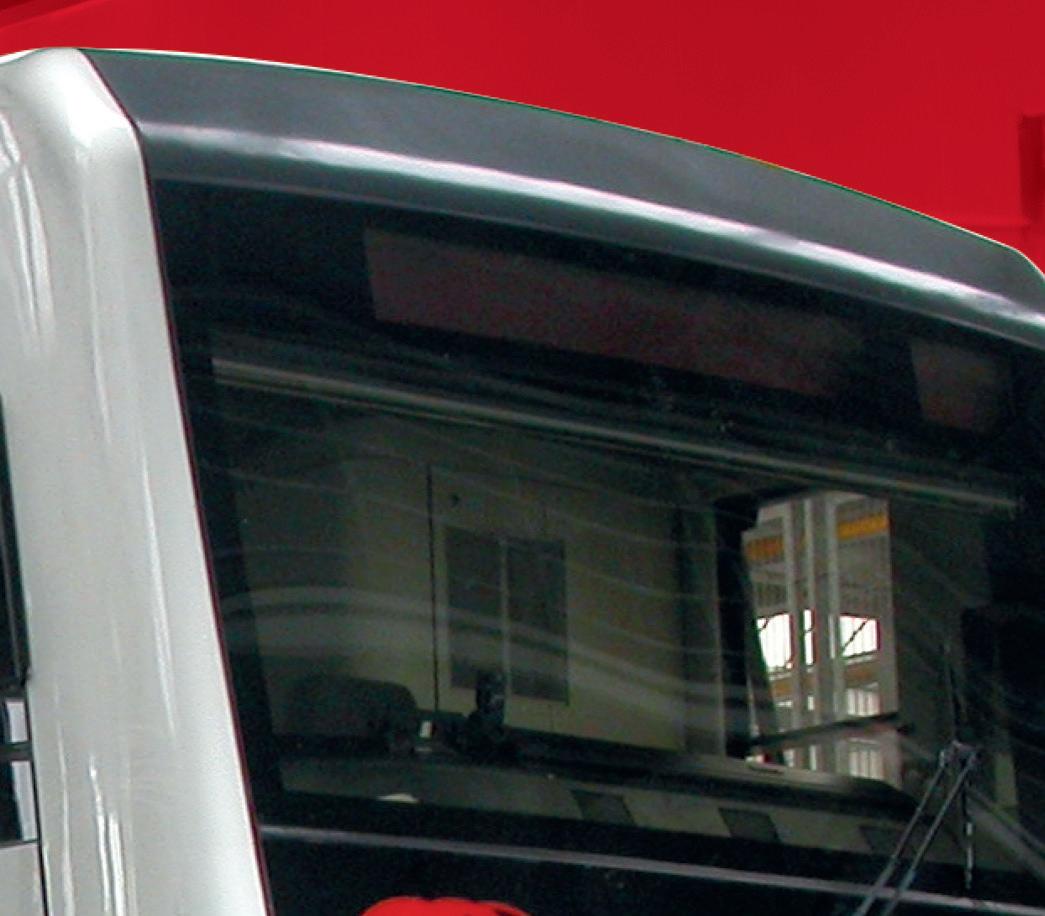








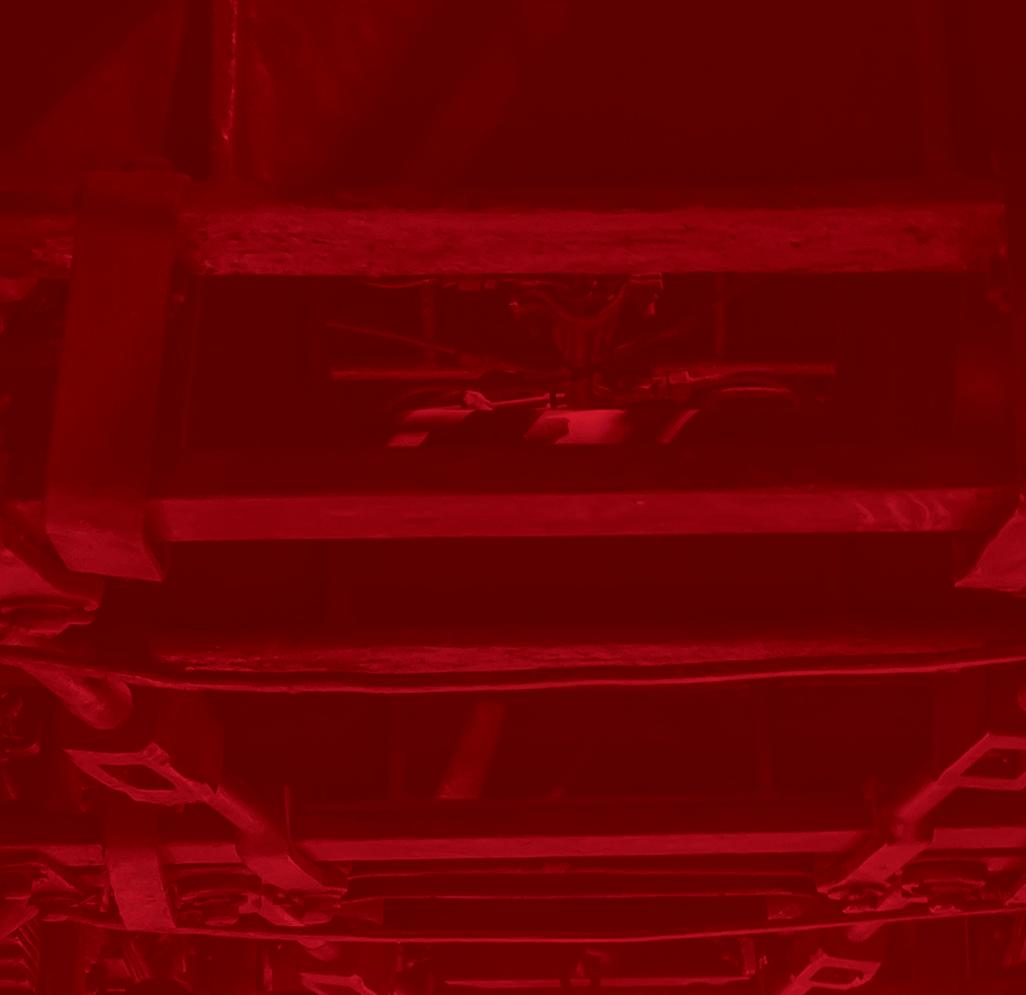
With 40 years’ experience on heavy duty lifting solutions, Totalkare combines world class products with industry leading support to facilitate effective maintenance and repair.

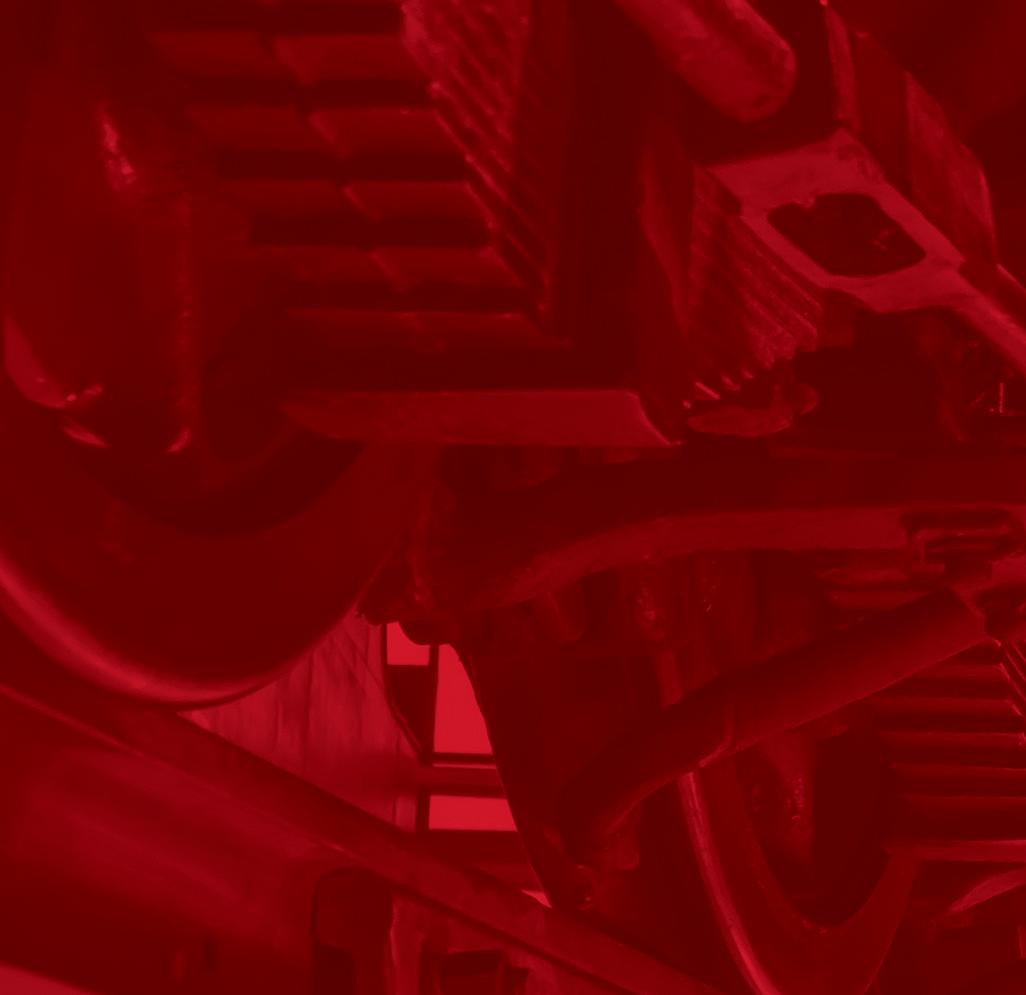

SYNCHRONISED
REQUEST A











QUOTE
6,000 - 14,000KG


COMPLIANT WITH DIFFERENT RAIL GUAGE SYSTEMS








HYDRAULIC LIFT PLATFORM
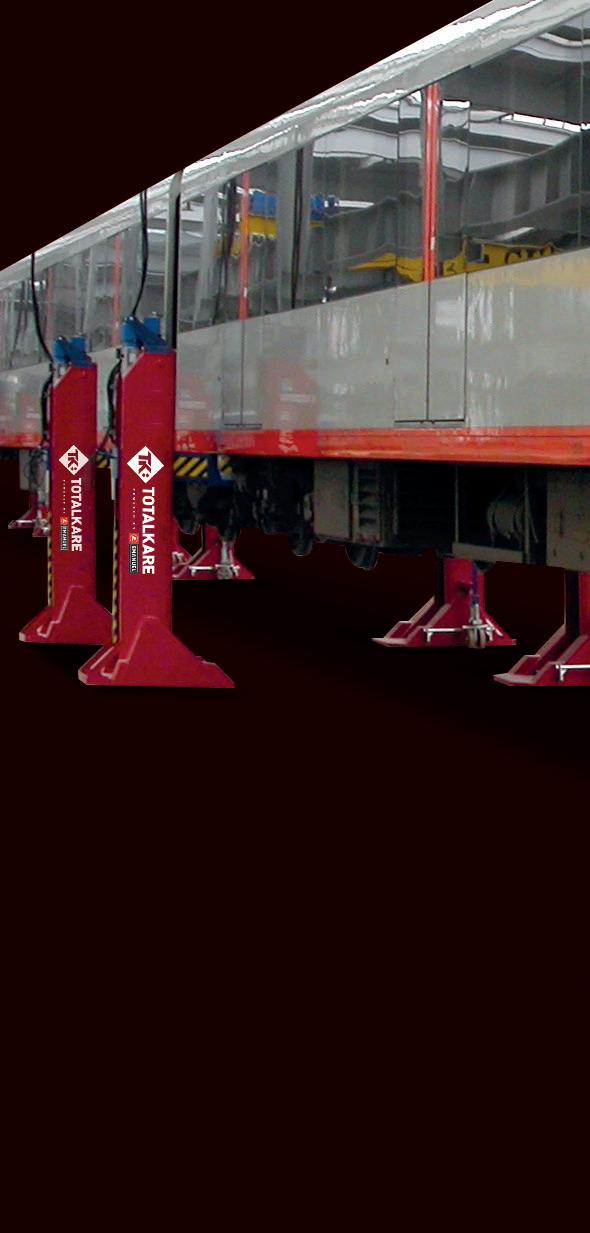
HEAVY DUTY RELIABLE SERVICING TRAINING LIFTING
MOBILE LIFTING JACKS
Eiffage and NGE win contract on Tolouse third metro line

Eiffage and NGE consortium has been awarded the contract by Tisséo to carry out the civil engineering works for the tunnels, stations and structures on the new Line C of the Toulouse metro. The contract is worth almost €590 million.
The consortium, led by Eiffage through its subsidiary Eiffage Génie Civil, will be responsible for carrying out the studies and construction of an 8.416km tunnel, six stations, five related intersection structures and a specific tunnel connected to the maintenance area.
The contract also encompasses construction of nine safety galleries, connecting shafts to the tunnel.
Eiffage says various advanced new techniques will be used for the project, including two next-generation tunnel boring machines fibre-reinforced concrete segments containing less steel being used in 95 per cent of the project, with the consortium manufacturing them thanks to a new plant in the Toulouse area.
Lastly, the Carasol® soil analysis technique, developed by Eiffage, will be implemented. This technique takes just two hours to analyse excavated materials rather than the three to five days with traditional methods.
The project will involve up to 1,000 people and includes 195,000 hours under
access-to-employment programmes, with the creation of 150 to 200 new jobs. It is due to get underway from spring 2023 following a three-month preparator period. Handover of the infrastructure is scheduled for late 2025, before development and equipment installation works, ahead of its commissioning in 2028.
Coradia iLint to carry passengers in a commercial service demonstration in Quebec
Alstom, in partnership with the Government of Quebec, Chemin de fer Charlevoix, Train de Charlevoix, Harnois Énergies and HTEC, has announced a passenger service demonstration project for its Coradia iLint hydrogen-powered train.
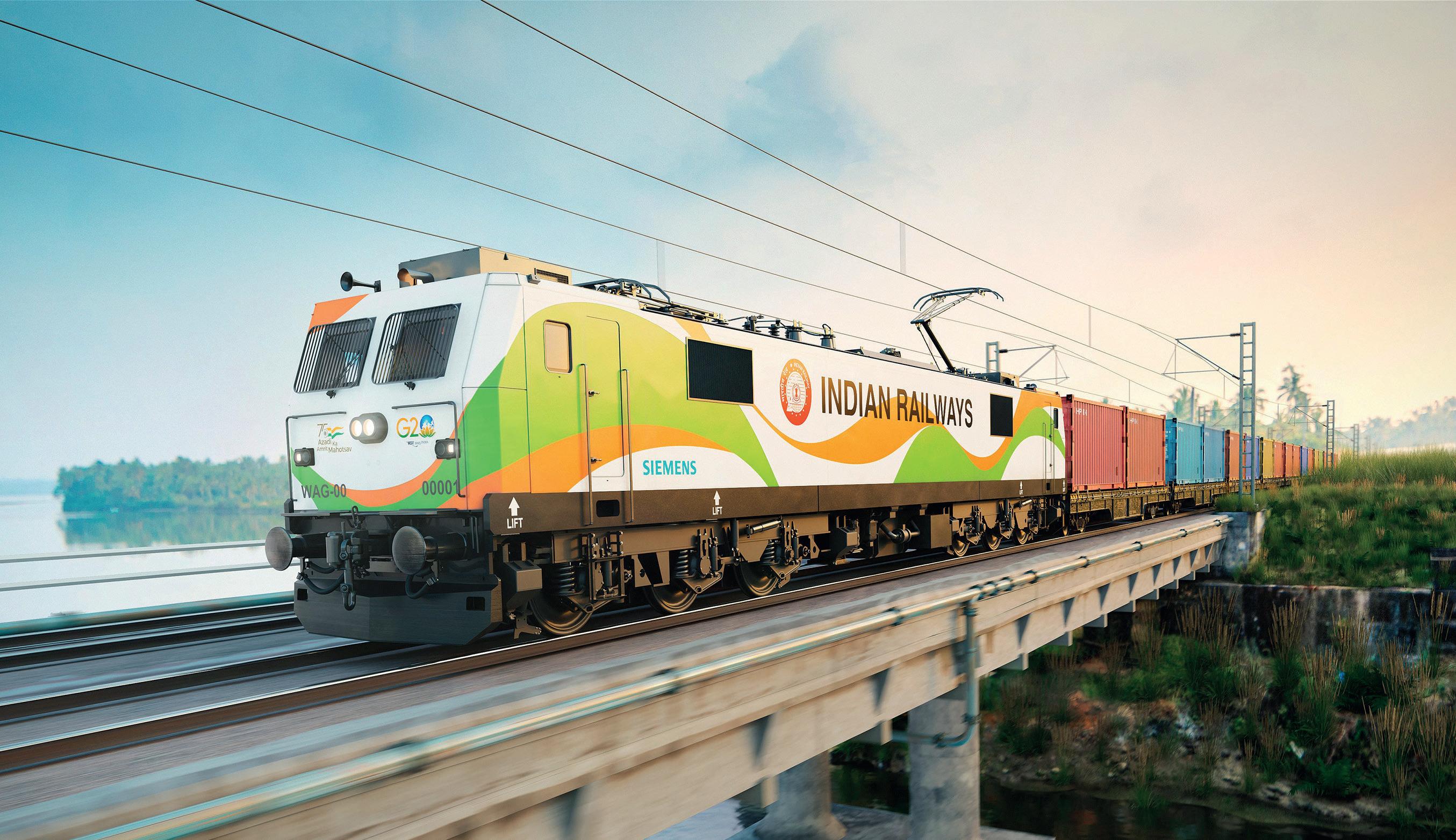
During summer 2023, the Coradia iLint will carry passengers on the Réseau Charlevoix rail network, along the St. Lawrence River, between Parc de la Chute-Montmorency and Baie-St-Paul. The train will be powered by green hydrogen produced by Harnois Énergies at its Quebec City site.
The province of Quebec will be the first jurisdiction in the Americas to run a train with zero direct emissions powered by green hydrogen, demonstrating its leadership in the transition to a low-carbon economy and the set-up of ecosystems dedicated to hydrogen.
The operation of this train with passengers on board will allow Alstom and its partners to better assess the subsequent steps for the development of hydrogen propulsion technology and its penetration into the North American market.
Michael Keroullé, President Alstom Americas,
said: “As early as 2018, Alstom was the first to put a hydrogen train into service in Europe and we aim to be the first in the Americas as well.
“With only one per cent of the networks electrified in our region, this technology will provide an alternative to diesel.
This project will demonstrate our capabilities to provide more sustainable mobility solutions to customers, agencies and operators, as well as to passengers. It will also provide an extraordinary showcase for Quebec’s developing green hydrogen ecosystem.”
INTERNATIONAL NEWS 61 February 2023
Andy Hinsley, business manager at SEKISUI KYDEX, explains why thermoplastics should be considered over FRP when it comes to rail interiors
Reimagine designs with thermoplastics
KYDEX® Thermoplastics is globally recognised as the leader in highperformance speciality polymers for mass transit interiors.
Its fully compliant portfolio meets all of the requirements of rail industry certifications for passenger safety. With a refined degree of integral finish, colour, and design, KYDEX Thermoplastics enhance the passenger experience.
“This new focus on rail interiors has designers considering new and innovative materials,” said Andy Hinsley, the company’s business manager. “Education about the available material options and their benefits can help shift rail interiors from heavier, less sustainable metal and fibreglass-reinforced plastics (FRP) to thermoplastics – a lighter, safer, more sustainable option.
“Decarbonisation is a crucial goal that will require the industry to transition away from traditional materials. KYDEX Thermoplastics help move you towards net zero goals by guiding the transition from traditional fibre-reinforced thermosets to lighter thermoplastic materials that are durable, recyclable and customisable.”

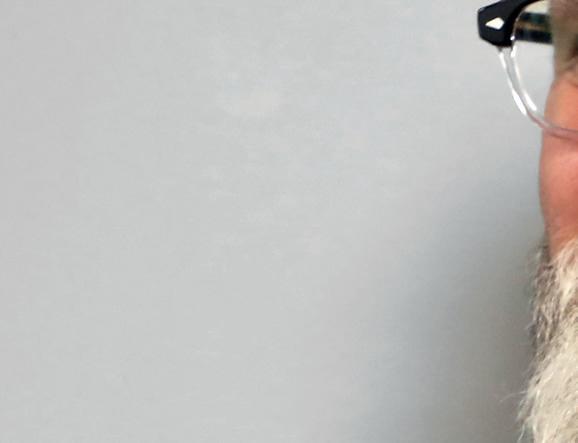
An environmentally sound solution
KYDEX Thermoplastics have distinct design, cost and environmental advantages over fibreglass. They are 100 per cent recyclable, making them an environmentally sound solution that supports endof-life recyclability and life-cycle design.
The manufacturing processes do not release volatile organic compounds (VOCs) or produce hazardous waste and offer more complex geometries and improved aesthetics over FRP alternatives.
As part numbers increase, costs are reduced because thermoplastics are less labour-intensive and do not require painting.
Andy, who has more than 20 years of experience in technical and engineering sales, said: “Transitioning materials can seem overwhelming. There are concerns regarding certification, custom colour, and speed to market.

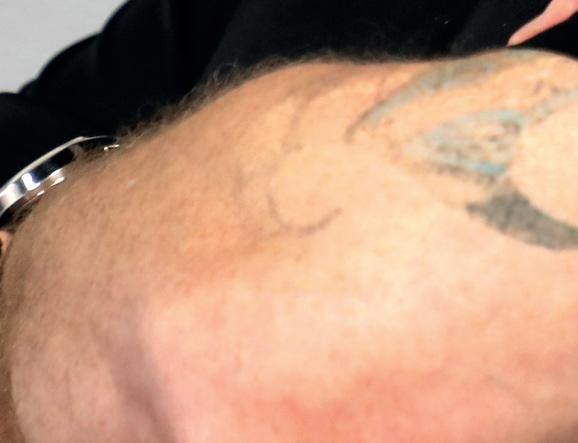
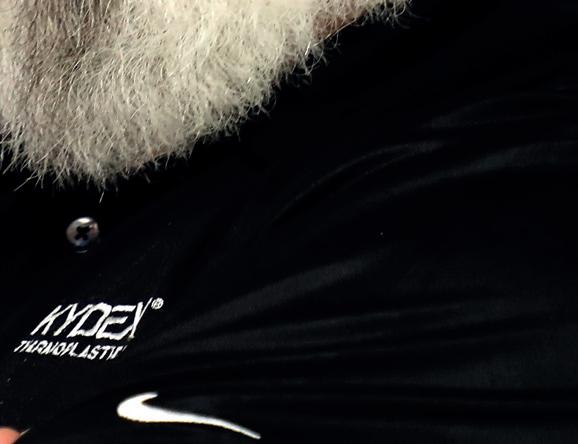
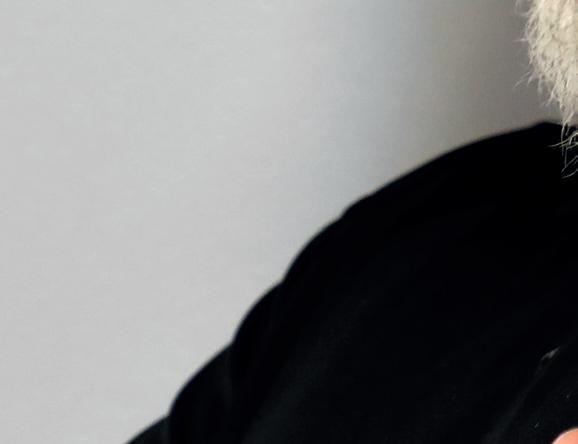




ADVERTORIAL 62 February 2023
“Inside our Innovation Centres, development teams can see iterations in real time and choose one that meets their vision by creating custom colour, producing sheet, and rapid prototyping the material in-house.
“By educating and collaborating with designers, transit system professionals, and rail engineers in a space made specifically for exploration, we can help speed up the development of state-of-the-art solutions, and engineers and specifiers can experience true design freedom in moving from FRP to thermoplastics.
“When prototyping parts, appLab™ engineers recommend thermoforming partners and processes, and provide modifications to the part geometries to adjust undercuts, split lines, and hidden edges. In the designLab™, colour iterations are produced to ensure the colour is just right, and customised Infused Imaging™ artwork is adjusted to complement the colour selections.”
KYDEX materials
There are multiple material grades for mass transit interior applications, notably KYDEX 2200LT, a high-performance thermoplastic sheet designed for SMP800C or BSS7239 compliance, and KYDEX 2210LT, specifically engineered to be compliant with the EU’s EN45545-2 HL2.

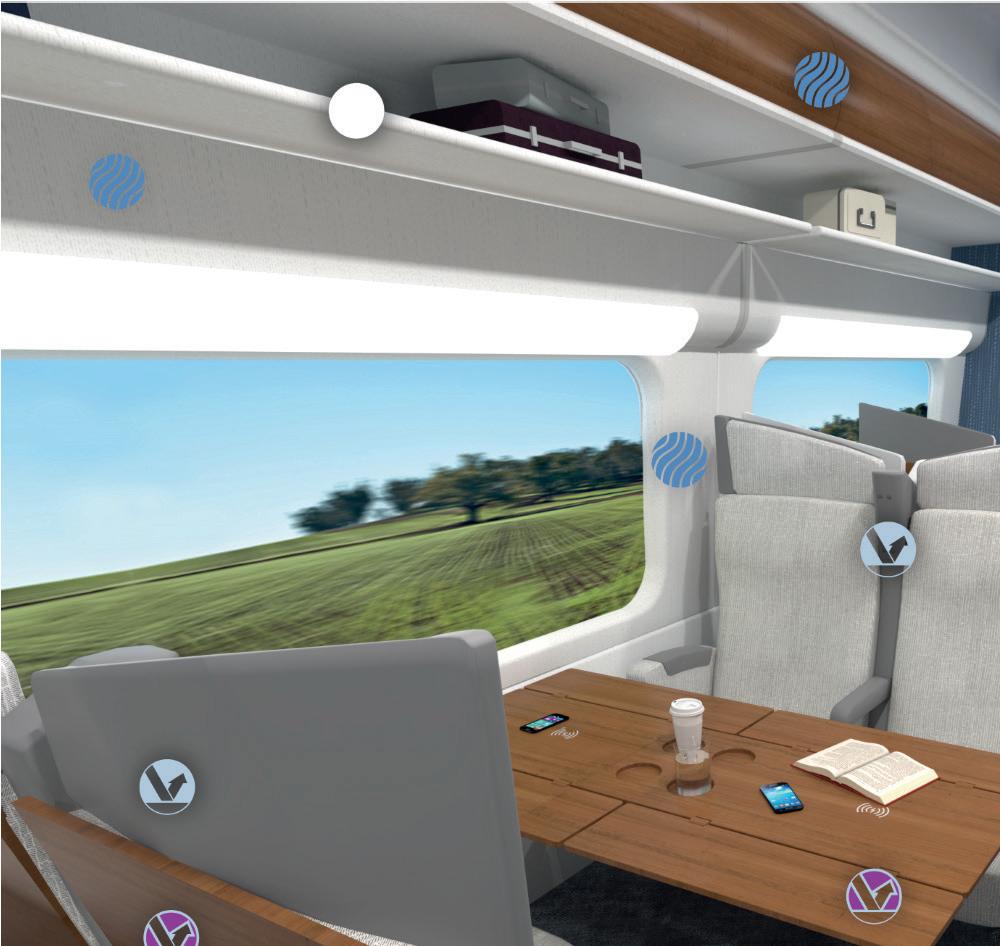
Andy said: “KYDEX materials are ideal for rail car interior applications like walls, passenger seatbacks, armrests, tray tables, and window masks or shrouds.
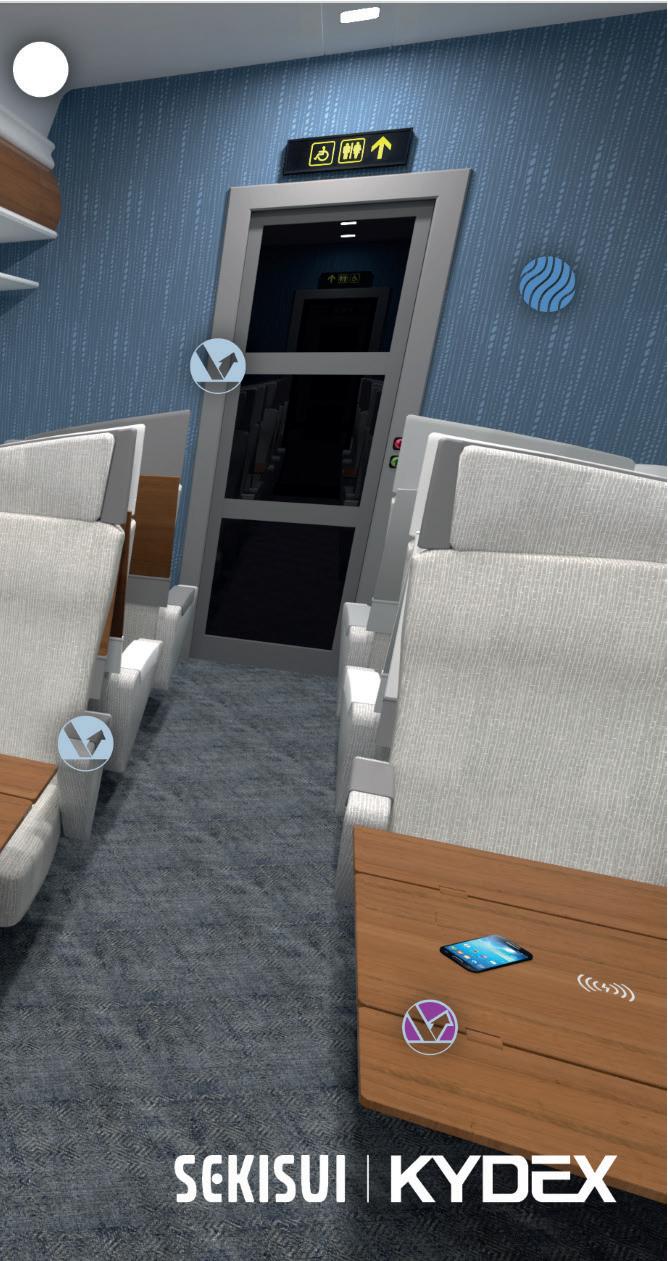
“A clear overlay cap provides enhanced cleanability and graffiti resistance. Long-term durability and weight savings over FRP, aluminium, or steel make KYDEX Thermoplastics a desirable and more sustainable choice, and when a rail car reaches the end of its tracks, KYDEX parts can be recycled into something new.”
KYDEX is more than just a raw materials supplier; it is a solution provider, which as a collaborative partner puts innovation at the forefront by guiding you through your project from beginning to end.
“Bringing the supply chain together, including our thermoforming partners, designers, and engineers, for early collaboration can expedite the material selection process,” said Andy.
“We utilise our Innovation Centres, appLab and designLab, as places for design and engineering teams to collaborate and explore possibilities.
“In the designLab, art and science combine in a collaboration space for industry thought leaders to develop a deeper understanding of colour and design.
“With access to the latest technology, this space brings the supply chain together to iterate in realtime, comparing textiles, colour, texture, and thermoplastics simultaneously.
“At KYDEX we make the journey as exciting as the destination with Infused Imaging technology that incorporates colour, special effect, and imagery into thermoplastics to personalise the passenger experience and convey brand stories. Because the imagery is in the material, not on it, it does not chip, fade, or delaminate the way capped, and traditionally printed images can.”
Visit kydex.com for more details

Decarbonisation is a crucial goal that will require the industry to transition away from traditional materials
ADVERTORIAL 63 February 2023
Chela is leading the way in high-performance chemical cleaning solutions for the rail sector. Sales and marketing director Tony Philippou and Anthony Fisher, chairman at Fisher Research, explain more
Cleaning up the UK’s railways
If you are travelling on a train or bus anywhere in the UK there is a good chance that Chela’s detergents have been used to make them safe and clean. For 35 years the UK manufacturer has led the way with its innovative specialised industrial chemicals and technical solutions.
For the rail industry, it provides a comprehensive range of 4-Rail and Scientifics-tested cleaning detergents across rolling stock, depot and station environments and is a trusted original equipment manufacturer for Alstom, Siemens, Hitachi and Stadler.

“Increasing presentation standards and ambience scores across rolling stock is our speciality, as is offering the highest levels of technical service possible and being the go-to company for all rail presentation-
related cleaning issues in rail,” said Tony Philippou, sales and marketing director at Chela.
What differentiates Chela from many of its competitors is its ability to create new products or adapt existing ones for existing and prospective customers thanks to its dedicated research and development laboratory and scientists.
“We are run by scientists, not accountants so we deliver technical excellence that is the best it can be to solve the problem,” said Anthony Fisher, chairman of sister company Fisher Research, which carries out the research and manufacturing.
“Our first act is to develop something that works and, if necessary, we look and see how we can reduce the cost so the customer can afford to buy it. Trust is important and over the years we have worked hard to retain, keep and gain trust, creating
relationships. We are technically honest and say how things are.”
Chela is first and foremost a manufacturer of specialised detergents, with its core markets trains and buses, and anything which carries freight or people. The company is an expert in manufacturing detergents which are designed to increase ambience and ultimately make surfaces clean, whether it be interiors, exteriors or in the depot environment.
Among its contracts includes pan Transport for London which includes all the Tube’s 272 stations and more than a dozen train care centres supplying all the detergents to maintain the insides and outsides of the trains, all of the stations and all of the facilities.
Tony said: “We stand out because we are a manufacturer, so our detergents are made by us and designed to increase ambience.
ADVERTORIAL 64 February 2023
“Being part of a large research and development company ensures our detergents go through a number of processes to prove their efficacy.
“The lab will choose the most sustainable raw materials available, but we also undertake cleaning tests, including corrosion analysis, so our detergents are tested for efficacy and performance before they are offered to the market.
“Once they get through that process they then go off for independent analysis to check they are safe for the train or asset and of course that they work. Going into this level of testing ensures that performance is guaranteed.”
Manufacturing, research and development
Chela is able to provide cleaning solutions for use across all facets or rail-related cleaning including rolling stock-specific detergents and comprehensive interior and exterior ranges, along with full product offerings for depots and station environments.
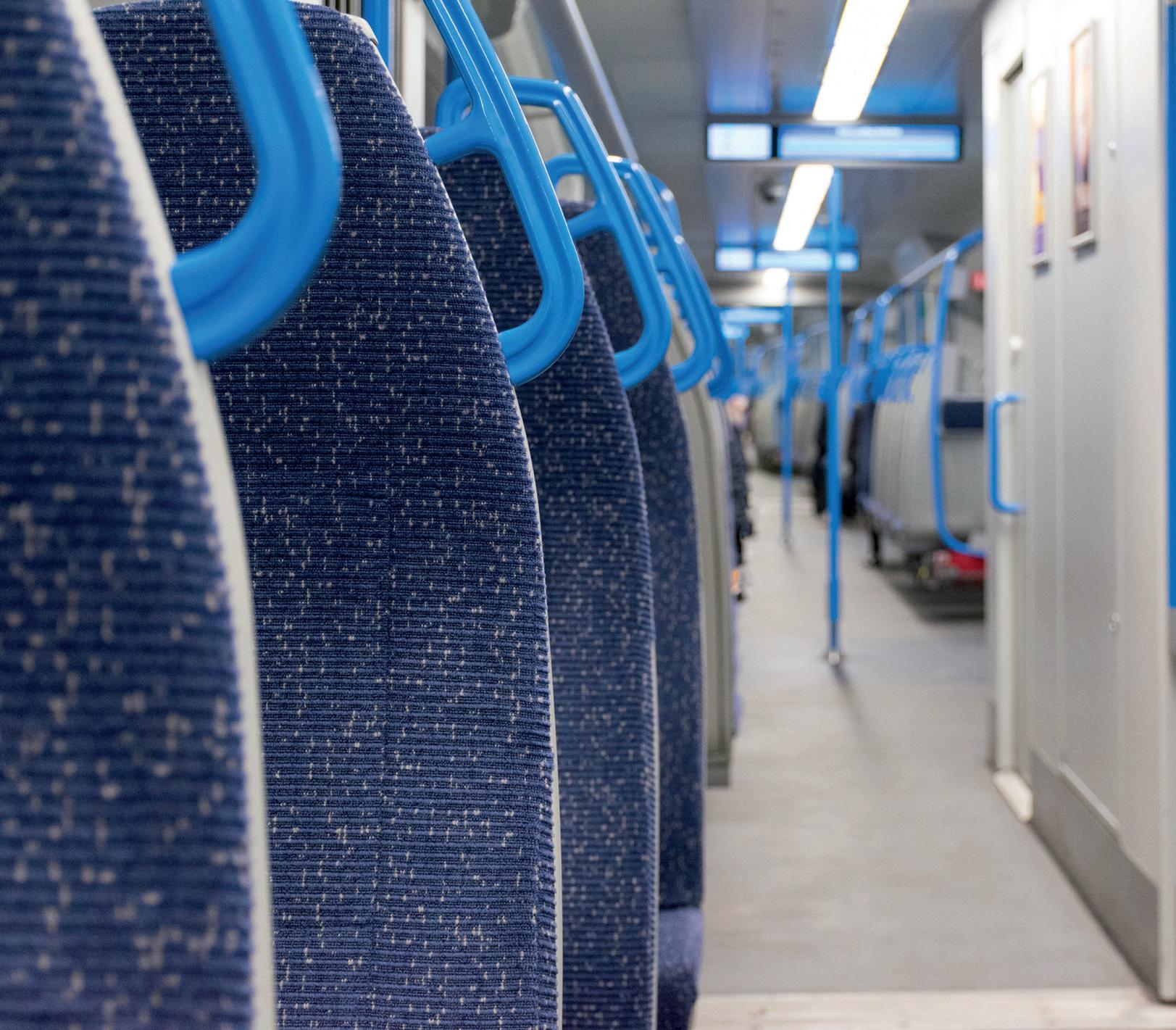
Tony said: “We take a proactive approach to manufacturing and research and development. Many of our formulas and concepts are born in partnership with our clients, so a lot of our clients come to us with a particular issue and we will build a product from the ground up. That could be everything from odour issues or that their interiors or exteriors might not be clean enough.
“Our products are constantly evolving. The range we have today wasn’t the range we had five years ago and won’t be the one we have in five years’ time. One of our unique selling points is that clients can give us their technical issue and we will solve it for them.
“It is unusual for a company of our size to have so many scientists, but it is vital for what we do and we wouldn’t have had the success we have had if we didn’t have the technical expertise to build these products.”
The products Chela offers are created with the latest chemical technology and not only solve clients’ problems, but also take into account environmental issues, from the chemicals being used, to the packaging they are being stored in.
Anthony said: “I don’t like accepting a status quo and even if it is a product we have created I am always looking to make it better. Sustainability is very important, but the products need to work and we’ve recently introduced a new range which seems to be doing better than the conventional products.”
Tony added: “Sustainability and the environment are at the forefront of what we are doing. When we look at a product, the first stage is ensuring that none of the raw materials are toxic to aquatic life, but also important is that we look at all the facets of the product from the packaging all the way down to the raw materials that we are using.
“Something that we are gearing up towards is using as many plant-based raw materials as possible. We supply thousands of plastic containers around the UK and something we offer our national contracts is the cradle-to-grave recycling of their plastics, which come back to our HQ, are cleaned, checked for structure and then sent back into the supply chain.”
Looking to the future and Chela is continuing to work on building its approvals with the original equipment manufacturers, ensuring the products are specified when new train fleets are introduced, and working towards being even more sustainable.
Tony said: “The aim of the latter is the move towards having 100 per cent biomass-based products across the range. It is not completely possible as of yet because the raw material market isn’t where we need it to be because there are issues around the global supply.
“But ultimately, we’re working towards sustainable concepts whether it is 100 per cent plant-based, or as far as offering water-soluble sachets which allows us to eradicate the use of packaging.
“As well as sustainability, the overall aim at Chela is to cement what we do within the industry. We are one of the leaders in the supply of detergents into UK rail, building the portfolio, but that can only be done by working in partnership with our clients. For me personally, my role is to solve technical issues, increasing the cleanliness and presentation standards and ensuring trains, depots and stations look their best.”
Anthony concluded: “I get very excited when I’m on the Tube and I see a notice come up saying surfaces have been sanitised, knowing it’s is a product that we have developed and supplied and they are promoting it.
“The rail industry is technically interesting and demanding, but that spurs us on to do better because the customers appreciate what we do and we know how much of a difference it makes.”
Visit https://chela.co.uk/ for more details.
ADVERTORIAL 65 February 2023
Ultimately, we’re working towards sustainable concepts whether it is 100 per cent plant-based, or as far as offering water-soluble sachets
Inspiring young Asian females working within the rail industry
Zahida Sultana was driven to join the rail industry by the fact she had never seen a Hijab-wearing Asian female as a train conductor. More than two-and-a-half years later and the 24-year-old is thriving at Northern, and inspiring others along the way.
“I was aware the railway was driving more women to join, but I had never seen a Hijab-wearing Asian female in conductor roles, and I was motivated to change this and represent all young Asian females in this sector,” she said.
“The majority of people who work in the railways are white males, and although there are more females coming through, there are not really any Asian females, so I am hoping people can see what I’m doing, and I can be a role model. When I tell

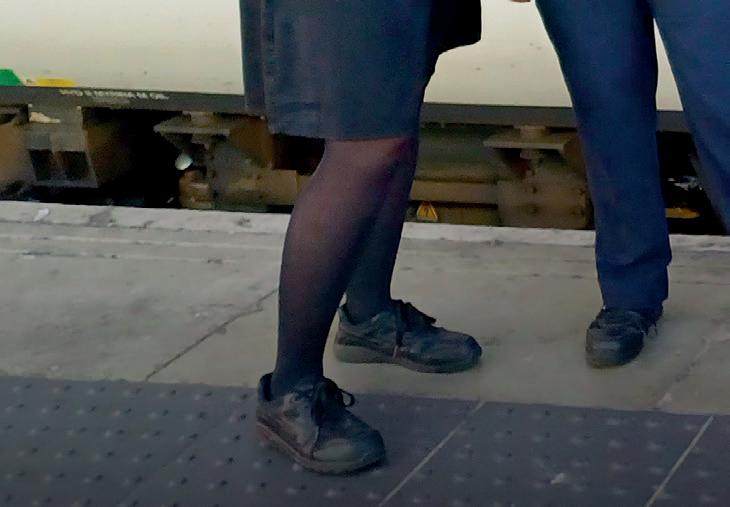
people what I do they always respond with ‘wow, that is such a cool job’”.
Zahida’s efforts haven’t gone unrecognised. Last year she was named as a runner-up in the public sector category at the Yorkshire Asian Young Achiever Awards – a scheme which celebrates people who have overcome deprivation and disadvantage or have broken down traditional barriers to progress.
“It was amazing to be nominated,” she said. “It has been an honour to receive this recognition as a reward for my representation of young Asian females working within the railway industry and I hope it will inspire more to look to join the sector. I would like to thank all of Northern for all the support I have and continue to receive.”
Northern is the second largest train operator in the UK, providing nearly 2,000 local and regional services every day to more than 500 stations across the North of England, with more than 100 million passenger journeys made on the network.
Zahida, who is one of more than 7,000 employees, said: “Someone I used to work with left to join Northern as a conductor and when they told me about the role it really appealed, so when a job came up I applied and thankfully I was successful.
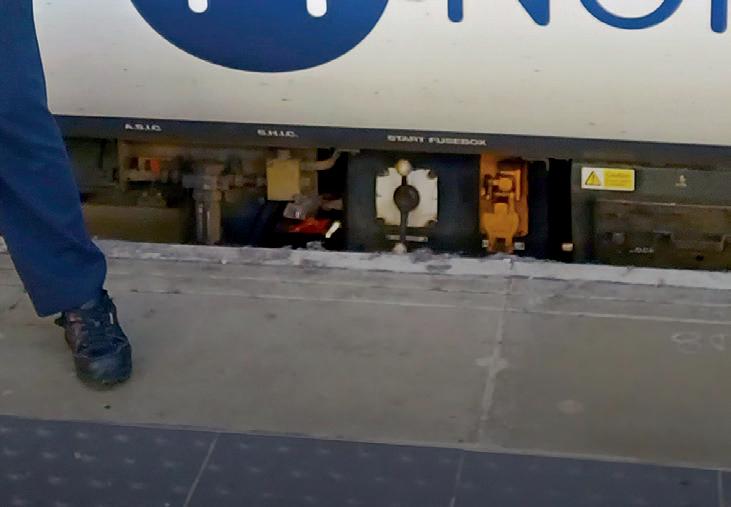
“It’s really good, I get to meet loads of people and no two days are the same. You have your good days and bad days, meet some good people and bad people, and come across some challenging situations that you’ve got to deal with, but overall it is enjoyable.
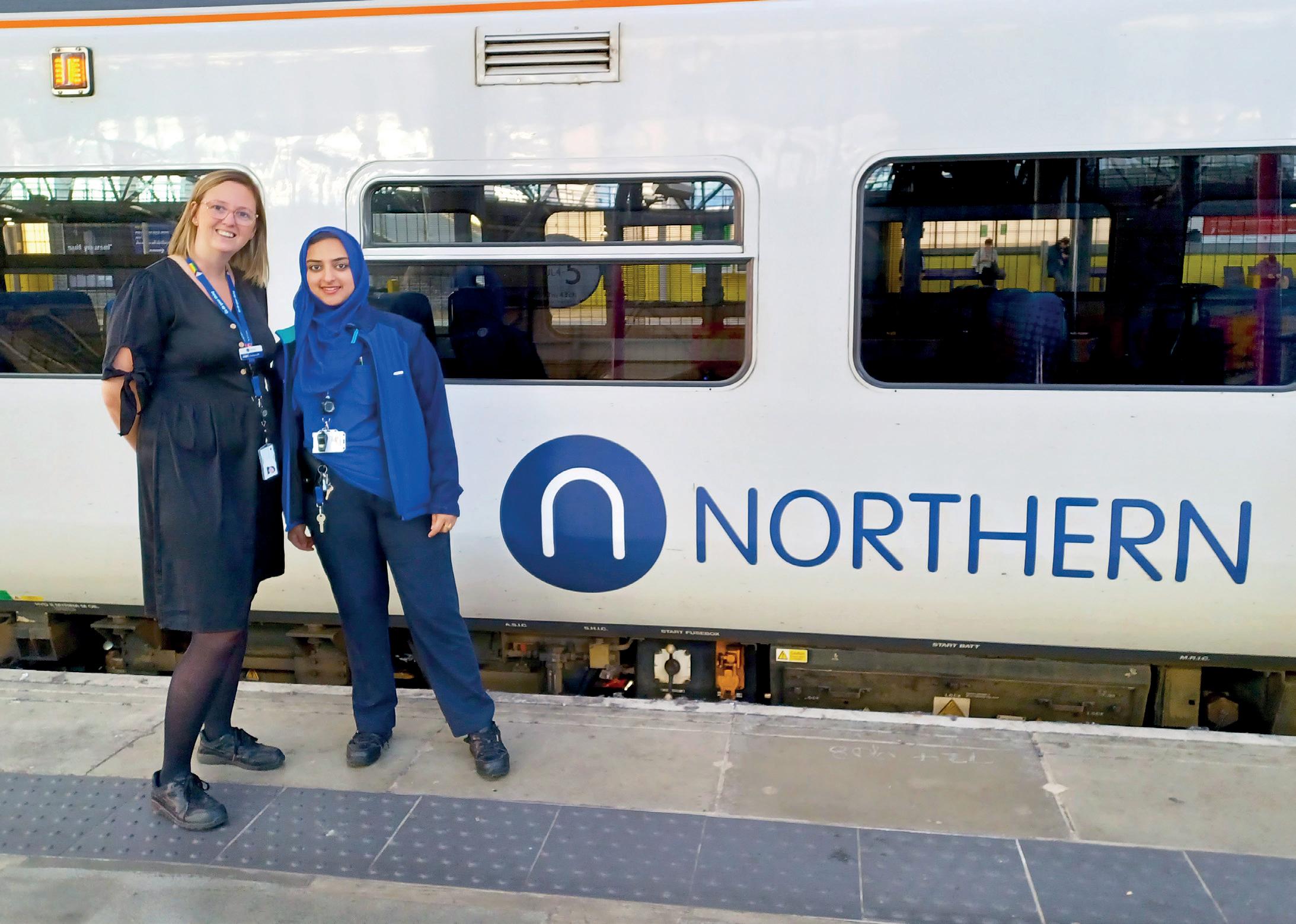
NORTHERN 66 February 2023
Train conductor Zahida Sultana has been recognised at the Yorkshire Asian Young Achiever Awards
“It has been completely different to what I expected and when I joined I expected it to be a huge challenge overcoming this culture barrier. I thought it would be really hard to integrate with people and colleagues, but it has been the complete opposite, with everyone at Northern being really welcoming.
“I have had a few bad experiences from passengers, being called this and that and although at the time it can put you down, I have just ignored it and the company has been very supportive.”



Zahida can’t speak highly enough of the support she has received from Northern. During her first training, she fell pregnant with her firstborn, which left her feeling nervous and concerned about her job security.
Beneficial help
“Northern helped me through every step of the way; not only was I informed about the amazing maternity benefits at Northern, I was also treated with great fairness throughout my whole pregnancy and the nine months after too,” she said.

“After this, I was able to resume my training as normal and managed to qualify as a fully competent train conductor.”
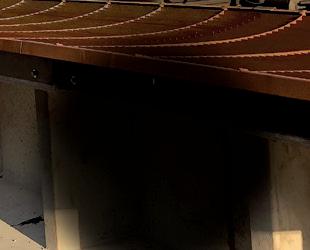

Northern was given special recognition for improving gender balance, equality, diversity and inclusion at last year’s Women in Rail Awards. The train operator launched a new Equality, Diversity and Inclusion strategy in 2020 with the aim of creating a culture where everyone who works or travels with it feels included and valued.
“I’ve had loads of compliments from people who are proud someone like me is representing their communities,” she said. “It isn’t really looked at as a feminine job, but my family are ok with it, although some families might think it is a bit odd, with most wanting you to be a doctor or a lawyer.

“I’m already seeing that this perception of the role is changing, and I’ve had people saying that they are really happy that I’m a train conductor and that I am playing my part in changing how the railway looks.”
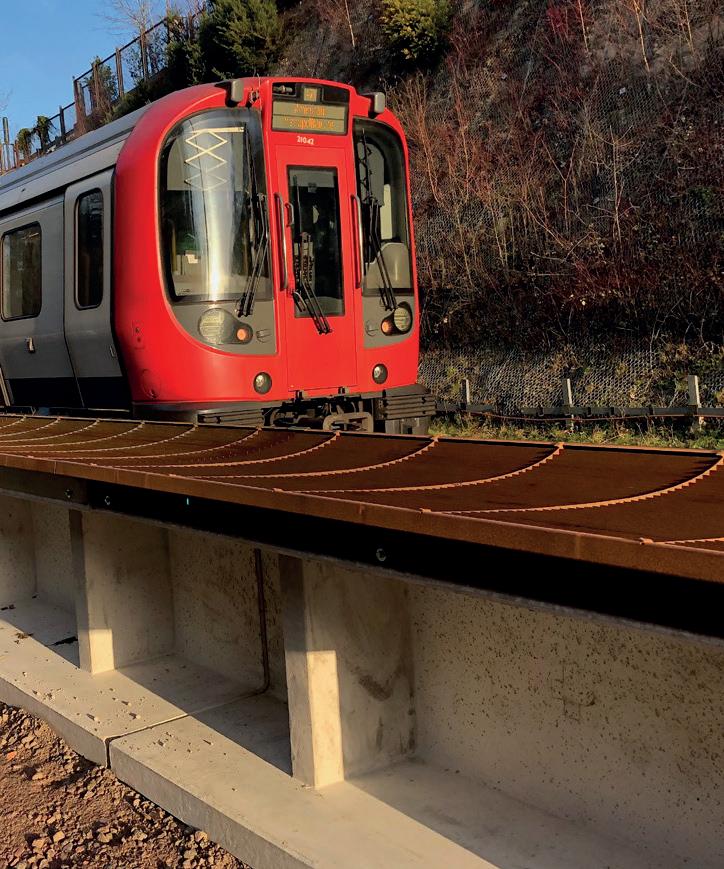
Good initiatives
Zahidia added: “Northern is doing some good initiatives such as ensuring pictures and videos show people from all cultures and backgrounds. It also has a zero tolerance on discrimination or racist abuse, sending a strong statement that they do care. This needs to continue across the industry.

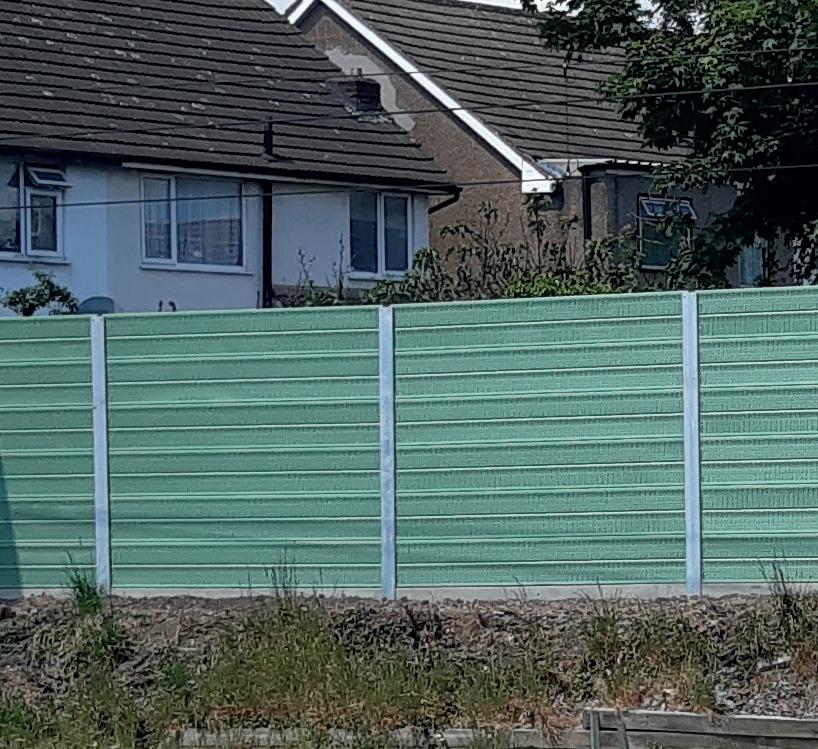

“What I’d say is that no matter what background you’ve got, if you want to do something that you will enjoy just go for it and don’t be scared of cultural barriers. Once you are in the rail industry you’ve got so many options to progress. For me, I’m really happy in this role and in the future, I’d like to stay being on board train crew and maybe progress to driving.”
Tony Baxter, regional director for Northern, said: “Congratulations to Zahida. She is a fantastic colleague and makes a difference to the business every day through her amazing attitude. We are all proud of her achievement.”
WHIS® wall T: 01323 872243 E: info@grammbarriers com T he rail indu st r y ’s be st k ep t s e c re t.. Acoustic Noise Barrier Specialists • Network Rail Approved WhisWall low level noise diffracting barrier • SilentRail Coating (Acoustic and Thermal) • POLYSoundBlok Acoustic Barrier • CONCRETESoundBlok ® ® ® OUR CLIENTS INCLUDE: CONCRETES oundBlok ®
NORTHERN 67 February 2023
I’ve had loads of compliments from people who are proud someone like me is representing their communities
Daniel Edwards has been appointed the new business lead and director at Heathrow Express. He rejoins the team (having worked at Heathrow Express from 2018-19 as the company’s commercial customer service manager) from Heathrow Airport, where he led the Heathrow VIP commercial team before becoming head of retail categories



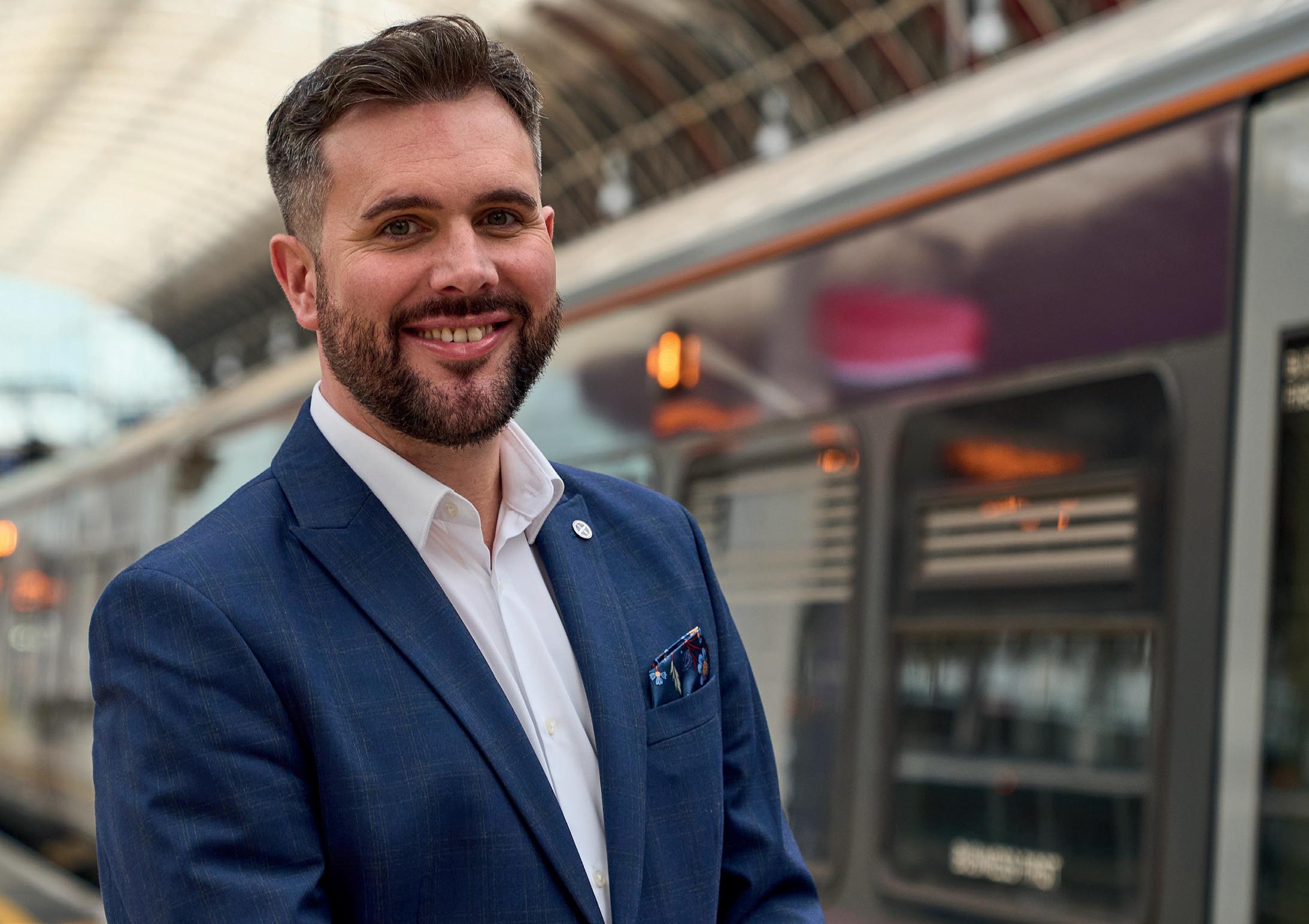
‘An opportunity too good to miss’
What attracted you to the role?
As a transport aficionado the opportunity to lead such a high-performing team in such a trusted brand was too good to miss, so I swapped planes for trains. I was a part of Heathrow Express (HEx) in 2018, and despite my varied roles within the airport – such as leading our VIP operation and heading up huge swathes of our retail and advertising portfolio – business lead at Heathrow Express was always on my radar as a career move. It is the biggest people management role within the Heathrow commercial team, and I relished the challenge to lead and develop such a large team who have a significant impact on the customer experience of travelling through Heathrow. It’s such a people-focused organisation and we can be agile in our approach to giving great customer service. Plus, there’s a party to celebrate –our 25th anniversary!
How does it feel to be back at Heathrow Express?
I’m overjoyed to be back. The business has changed significantly in the past few years, but I’m reassured that the brand and our people keep the customer firmly at the core of every decision that we make. It’s a ‘heart-based’ business with endless energy; that’s what brings so many people back. It sounds a cliché but there really is a ‘railway family’ and this is no more evident than at HEx.


Aims and aspirations?
To continue to build on the culture that Sophie Chapman has fostered over the past few years as business lead. It’s easy to say that safety is in our DNA, but it truly is at HEx. Our colleagues live and breathe a safety culture and recognise that keeping themselves, each other and our customers safe is
the best service you can provide. My first personal aim is for every single colleague to understand their potential and unlock it. I’ve been lucky to build my career with Heathrow Airport as well as HEx and I want all colleagues to see a career path that is not just limited to roles within Heathrow Express. Secondly, I want to encourage diversity and inclusion at every level of our organisation – but especially on our leadership team. Thirdly, I want to learn from our customers how we can evolve our product, and replicate aspects from the very best in hospitality, retail and aviation as we improve not just our physical offer but our digital offer too. Finally, we are finalising our commercial and customer plan for 2023 as we speak – and we will only deliver our objectives through strong collaborative relationships with partners like Great Western Railway and Network Rail (NR).

MOVERS AND SHAKERS 68 February 2023
What do you think the railways can learn from aviation?
The rail industry has developed significantly, even compared to when I was working for Northern back in 2016. I have been lucky enough to try and bring some aviation sparkle to the railway industry, having worked for 11 years with both Flybe and British Airways. I think there are some clear areas for the industry to focus on: railway ticketing, for example, nationally is very complex and needs simplification. At HEx our ticketing has learnt from the aviation industry already and we like to keep it simple for passengers. What I would like to see is for Great British Railways (GBR) to usher in more clarity for customers when booking their rail travel. We also will start positioning our Paddington base as a ‘London Hub’ to connect with other transport modes – much like the biggest airlines use the hub and spoke model. Finally, customer service is an area where there is still some room for improvement; for example, empowering people to make decisions to resolve customer complaints at source. At HEx we are proud to be moving towards this with our 120-strong team of sales and service ambassadors throughout every step of the customer journey.
Are you optimistic for the future?
Despite being a natural optimist, I’m cautiously optimistic for the future. I’m excited, as I love change, but I think it is important to be cautious, especially when it comes to recovery postpandemic and how geopolitical events can impact
our very specific customers’ need and desire to travel. I’m looking forward to watching the evolution of GBR as it unfolds in the coming years and to working with industry and government to ensure that the needs of open access operators are captured in future developments. More locally, HEx has an exciting year ahead, with our 25-year anniversary, numerous digital developments, and the prospect of reaching new domestic and global audiences.
What are the big challenges facing Heathrow Express and how do you hope to overcome them?
The NR infrastructure performance on the Western Route is our biggest challenge now. We are working closely with NR on the issues and I’m encouraged by the actions being taken by the interim route director – but we still have some way to go to get performance where we need it to be. As well as this, and despite HEx colleagues not being directly involved, the ongoing industrial dispute is proving incredibly disruptive to our services which customers rely on being 15 minutes, every 15 minutes throughout the operating day. I encourage a timely resolution to the ongoing disputes. Finally, it is great to see the Elizabeth line connecting new parts of London directly to the airport. Our products are very different but in the face of new competition, we will be considering every part of our service to make sure that we are positioning HEx as the best airport transfer service in the world.
Image: Loram
MOVERS AND SHAKERS 69 February 2023
My first personal aim is for every single colleague to understand their potential and unlock it
Trenitalia c2c appoints Abu Siddeeq as its new customer experience director
Train operator Trenitalia c2c has appointed Abu Siddeeq as its new customer experience director. He heads a newly-restructured team, dedicated to delivering excellent customer service for users of the east London and south Essex train line.
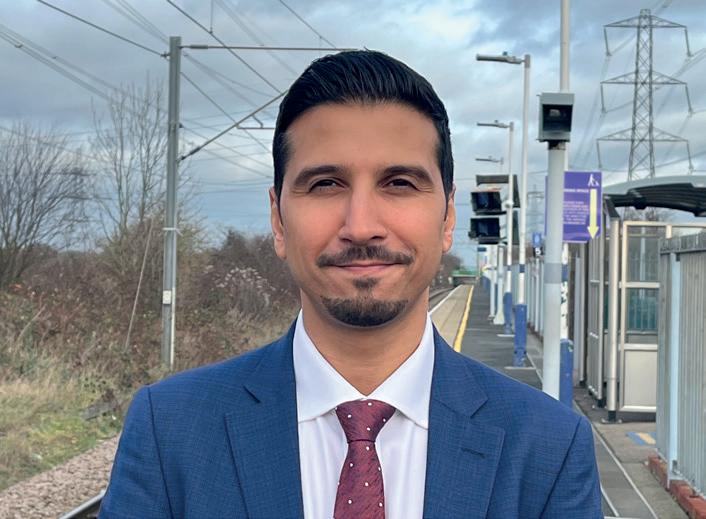
Abu joined from rail operator, LNER, where he was most recently head of customer experience strategy. Prior to this, he was at Great Western Railway, latterly as head of customer proposition. He has also held roles at FirstGroup, Transport for London and the NHS.
Abu said: “I’m delighted to be joining Trenitalia c2c, which is consistently one of the highest performing train operating companies for customer satisfaction.
“I’m really looking forward to working alongside colleagues across the organisation in developing and embedding an ambitious customer strategy.”

Marks & Spencer executive joins Northern as people director
Train operator Northern, has appointed Marks & Spencer executive, Lisa Leighton, as its new people director.
Lisa has an extensive background in HR, with experience across telecoms, financial services and retail. She is responsible for employee relations and recruitment, as well as the organisation’s industry-leading learning and talent programmes and will lead a renewed focus on overall employee experience and engagement.
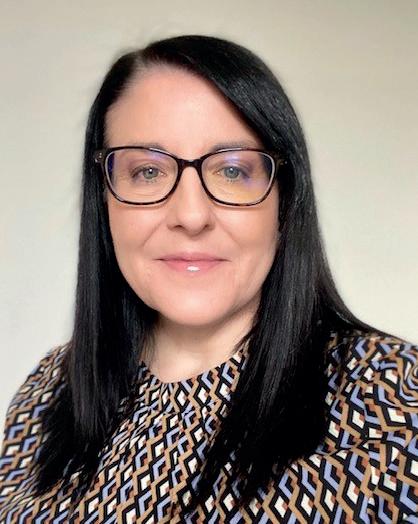
Lisa said: “The rail industry is going through a period of huge change and I look forward to working with colleagues at Northern to lead the way in the industry and build a new future for colleagues and customers.”
Atkins appoints new MD of Transportation
Atkins, a member of the SNC-Lavalin Group, has appointed Andrew English as managing director of its Transportation division in the UK and Europe.
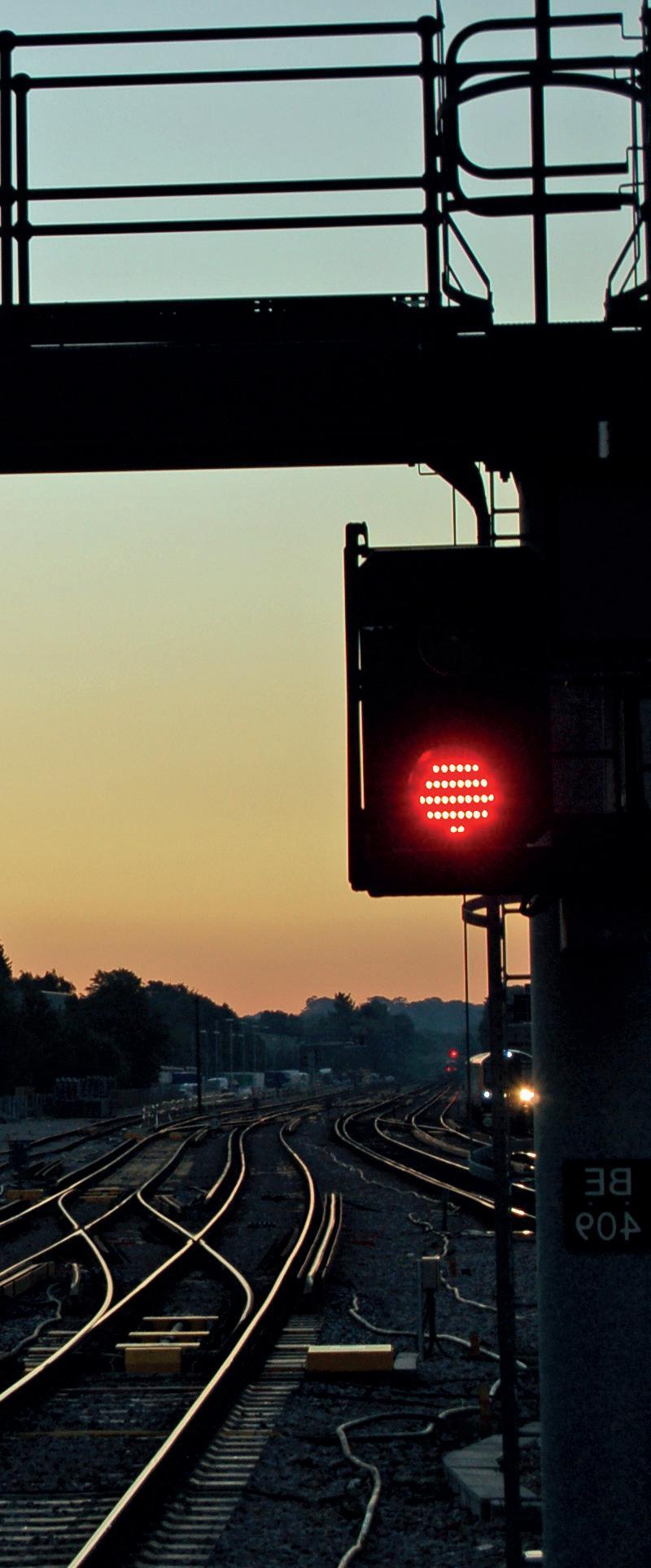
Andrew joins Atkins from John Holland Group – one of Australia’s leading engineering contractors – where he was executive general manager for its Infrastructure business operating in the rail, water, roads, energy, airports, and marine markets. During a 35-year career, Andrew has also held senior leadership positions at Balfour Beatty and Skanska, where his roles included managing director of Skanska UK’s Infrastructure division.
Andrew joined Atkins in late 2022 and is responsible for driving further growth in the rail, highways and local transport markets, while overseeing the delivery of existing major transportation contracts and supporting the industry’s digitally driven transition to net zero.
Delivering railway signalling courses and training programmes to members of the Rail Signalling Industry Specialising in Technical Training and Development Want to know more? Contact us today 01332 343585 | enquiries@signet-solutions.com signetsolutions.com
Image: Northern
MOVERS AND SHAKERS 70 February 2023
Image: Trenitalia c2c
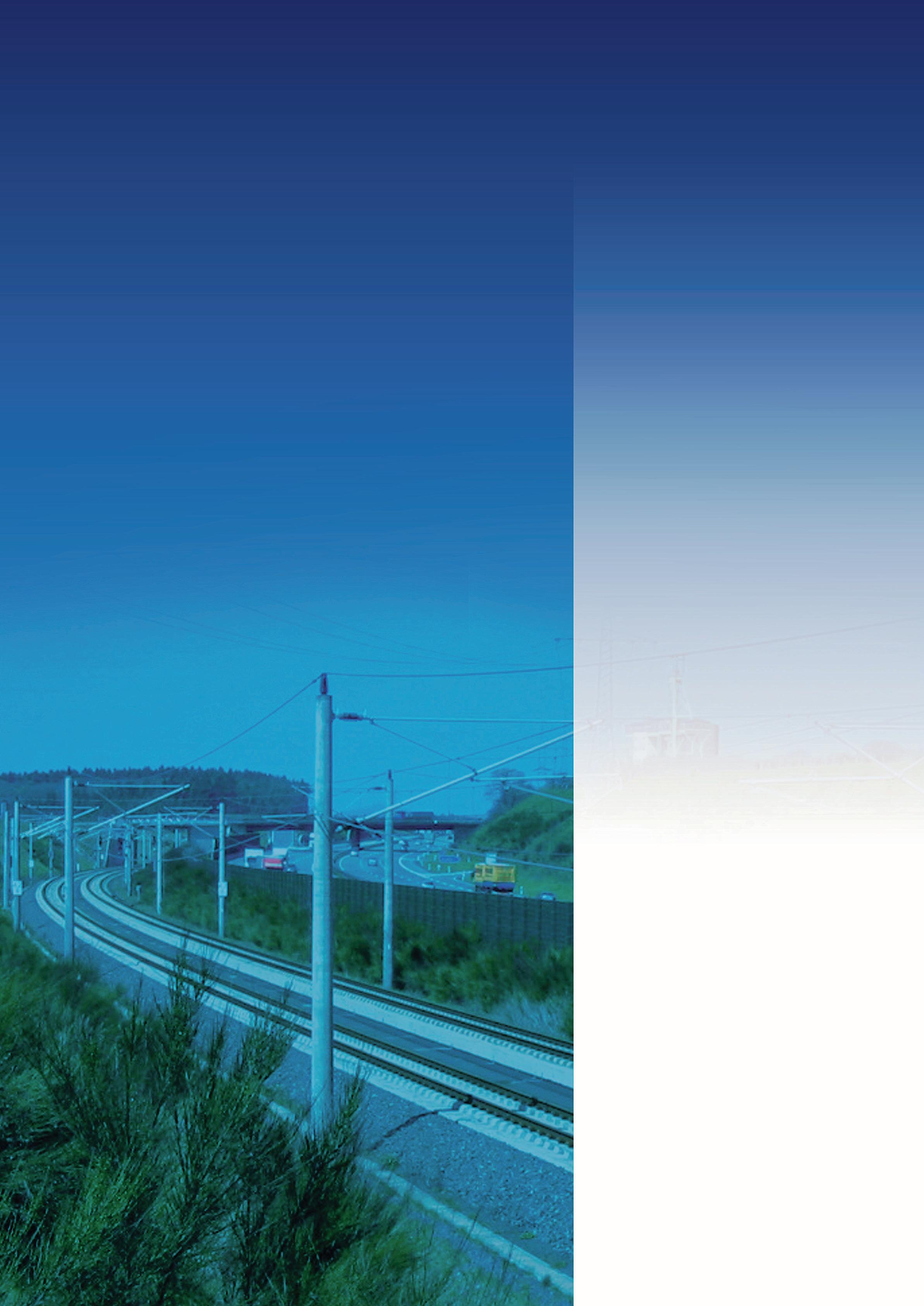
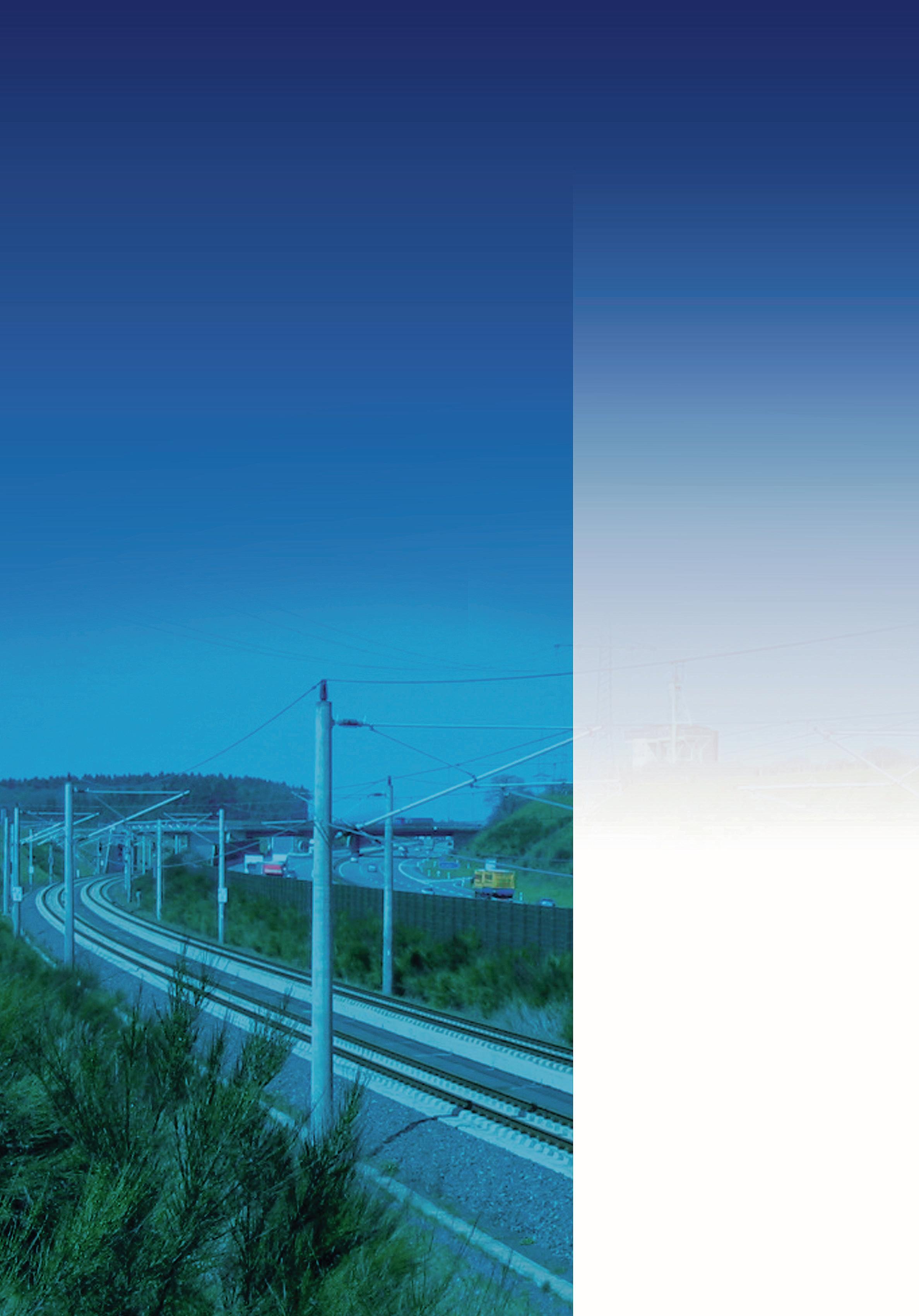




Acorel specialises in real-time Passenger flow intelligence solutions incorporating automatic people counting delivering the most accurate technology for analysing the passenger analytics since 1989. phil.linnecor@acorel.com
www.acorel.com/en
+44 (0)780 878 8785
Althon Limited manufacture and distribute specialist water management products to the construction industry. sales@althon.co.uk
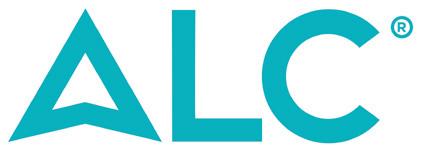

https://www.althon.co.uk/ 01603 488700
SCAN ME
Our daily news service reaches more than 200,000 Facilities Management professionals every day. The newest, biggest and most powerful profile enhancement platform for everyone working in facilities management news@fmbusinessdaily.com fmbusinessdaily.com
0800 046 7320
SCAN ME
GAI-Tronics® (Hubbell) designs and manufactures rugged telephones, help points and comms equipment in the UK for industrial/rail applications. GetInTouchUK@hubbell.com
https://www.hubbell.com/gai-tronics/en +44 (0)1283 500500
SCAN ME
INIT is the worldwide leading supplier of integrated planning, dispatching, telematics and ticketing systems for buses and trains – assisting in making public transport more efficient for over 35 years. www.initse.com/ende/home
+49 721 6100 0
SCAN ME
WorkfloPlus by Intoware transforms paper based forms into digital workflows with access to documents, videos, pictures, weblinks and remote experts to improve safety, accuracy & productivity. hello@intoware.com
https://www.intoware.com 44 (0)115 977 8969
SCAN ME
SCAN ME
The Aluminium Lighting Company (ALC) supplies the bestselling Echalon Raise & Lower lighting column across the UK and internationally. A simple one-key, one-person system providing safe solutions for operating at height and in restricted areas. sales@alulight.co.uk
https://www.aluminium-lighting.com/ 01639 852502
SCAN ME
HR Kilns is the premier supplier and manufacture of GRP/FRP (Glass Reinforced Plastic) products, Embankment Steps, Walkways, Gratings, Stair treads, Handrails and ATP Panels. sales@hrkilns.com
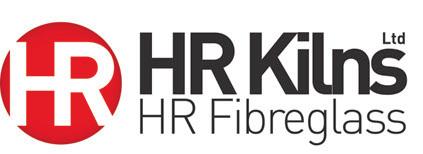
www.hrfibreglass.co.uk 01695 557711
SCAN ME
Jobson James Rail is a national specialist railway insurance broker, the market leader in the UK by a huge margin with over 325 rail clients across the UK, Middle East and Australasia.

keven.parker@jjrail.co.uk jjrail.co.uk 07816 283949
SCAN ME


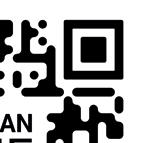

DIRECTORY 72 February 2023
Specialty lubricants from Klüber Lubrication for train maintenance and infrastructure prove their worth worldwide every day. From lubrication of traction systems and doors to many other components.


info@uk.klueber.com
https://www.klueber.com/uk



01422 205115
SCAN ME
We are a UK based provider of wellbeing consultancy, training and coaching who support organisations that want to help their staff thrive at work. If we can help, we will. wendy@thementalwealthcompany.co.uk www.thementalwealthcompany.co.uk
07305843993

SCAN ME
Rail approved power solutions Luso Electronic Products builds strong and lasting relationships with its customers through its expertise and quality of service. sales@lusoelectronics.com

https://www.lusoelectronics.com/rail/ +442075881109

SCAN ME
As a global leader in motion and control Parker has for more than a century been enabling engineering breakthroughs across multiple technologies. Parker provides a wide range of standard products and added value system solutions. parker.uk@parker.com



https://www.parker.com/ +44 (0)1926 317 878
SCAN ME
McCulloch Group are transforming rail infrastructure projects with a fleet of bespoke and patented machines that eliminate manual handling and improve the efficiency of installations. enquiries@mccullochgroup.com
mccullochgroup.com

+44 (0)330 0130 010
SCAN ME
PSV Wipers manufacture complete wiper systems, including wiper arms, wiper blades, drive systems and linkage parts, in fact every conceivable part of a wiper system. sales@psvwipers.com

http://www.psvwipers.com/index.html
+44 (0) 1905350500
SCAN ME
Reach 17,000+ senior rail industry professionals List your business here for just £200 Contact Christian Wiles Chris@RBDP ublications.com DIRECTORY 73 February 2023
Railsy offers an unmatched variety of courses and programs across the rail industry, created for individuals or groups of all academic levels. info@railsy.co.uk

www.railsy.co.uk
0330 043 1037





SCAN ME
Schweizer Electronic is the market leader in Europe for on track automated protection on busy railways for both passenger and freight lines. info.seuk@schweizer-electronic.com www.schweizer-electronic.com
+44 (0)1827 289996
SCAN ME
Spencer Group specialises in the design and build of complex engineering projects across the UK’s rail network, constructing, maintaining and extending the lifespan of bridges, materials handling and bulk storage solutions. think@thespencergroup.co.uk
https://thespencergroup.co.uk/ 01482 766340
Since 1961 Rittal has been a global leader in innovation for its products, including enclosures, cooling solutions, power distribution, and IT infrastructure. Rittal’s robust enclosures are a functional solution for the rail environment. information@rittal.co.uk

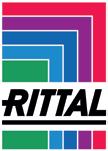
www.rittal.co.uk
01709 704000

SCAN ME
SatSense identify and alert asset owners, managers and engineers of areas at higher risk of ground or structure movement, using satellite-borne radar. contact@satsense.com
www.satsense.com


0113 306 1688
SCAN ME
To help you do more business, better... Rail Business Daily has carefully prepared an essential range of benefits and services for our RBD Community members.
Profile Enhancement






Rail Director magazine subscription
Rail Business Daily subscription





Microsite within the Rail Business Daily website (21m page views)







Two news stories with social media support
Three ‘Directory Spotlights’ in the RBD newsletter (70k distribution)



Featured Directory for one week


Welcome social media post (20k followers)

Promote your business in the Community Marketplace
Post your events in the Ultimate Rail Calendar
Advertising spot in Rail Director magazine
Win a ½ page feature in Rail Director Marketing and website review
20% off all marketing and profile enhancement services
SCAN ME
Networking Access to live roundtable events Four webinar masterclasses Introductions to other Community members and broader rail community
Intelligence
Insight reports and latest industry thinking Tender opportunities Informative newsletter Unlimited logins to OnePlace Sound too good to be true? Get in touch today: Louise@railbusinessdaily.com | 01924 667939 ADs.indd 1 01/02/2023 11:16 DIRECTORY 74 February 2023





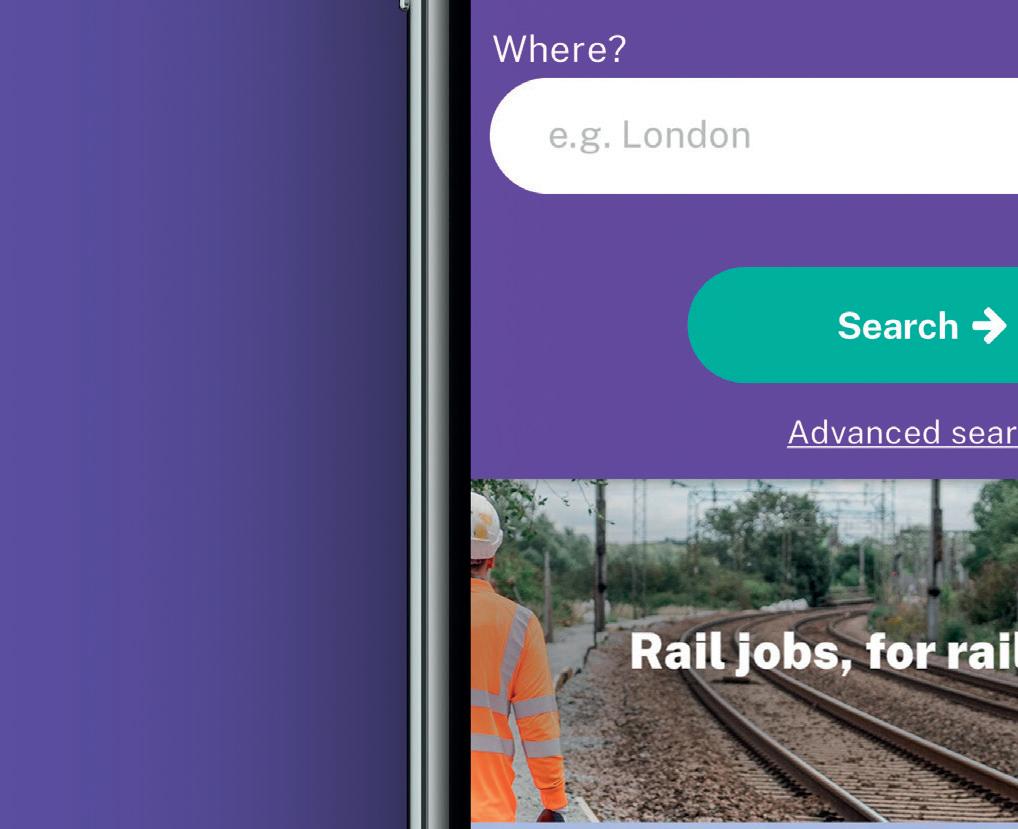


Find your dream rail job 1,300+ rail jobs to search Call the team today on 01924 667939 RBDRailRecruiter The rail jobs board Scan and start your job search Fast track your recruitment. www.RBDRailRecruiter.com or email Louise@RBDRailRecruiter.com
TV weatherman Joe Avary has gone from the Cayman Islands to the North East of England and now works for the train operator as a customer service advisor
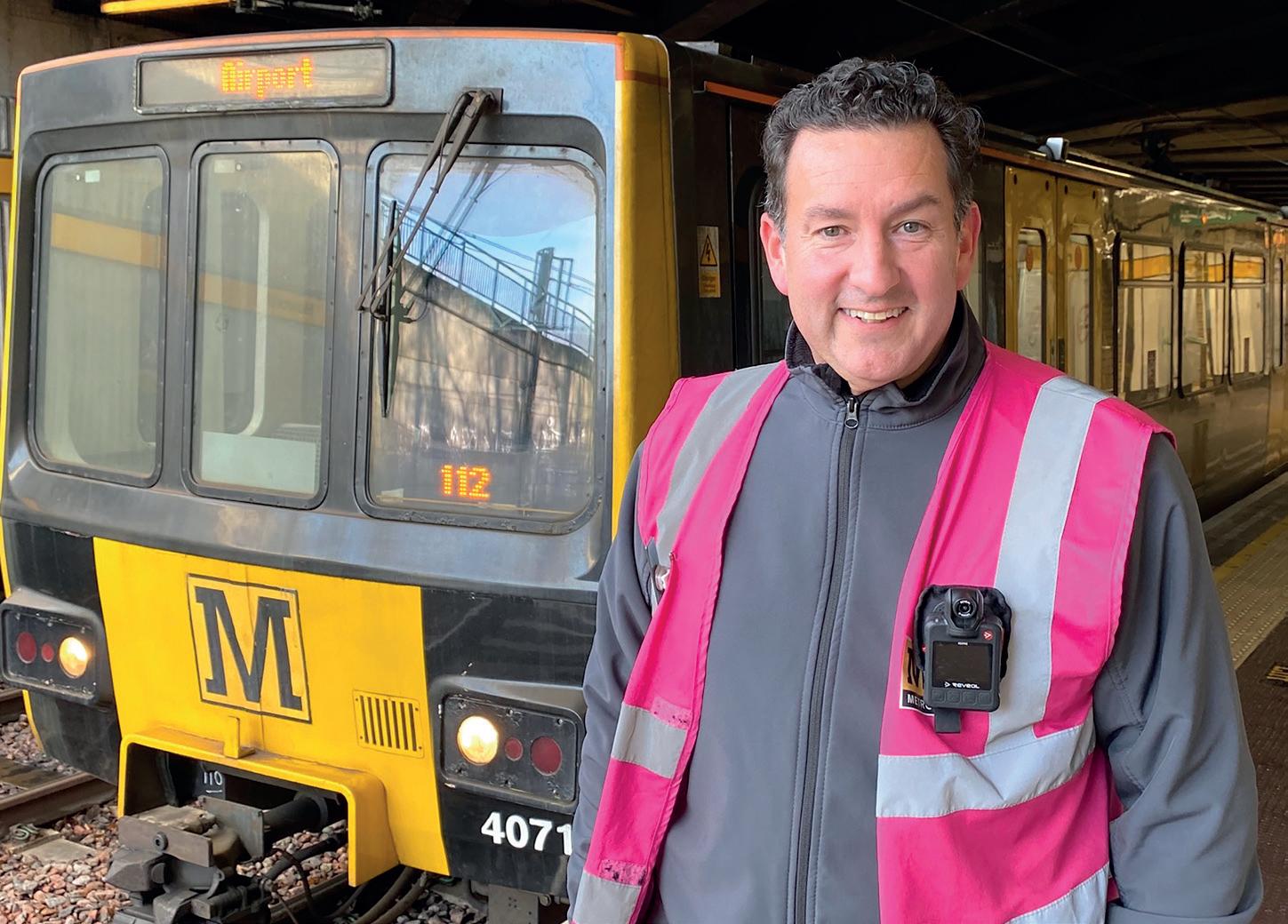
A bright outlook for Tyne and Wear Metro’s new recruit
Tyne and Wear Metro has a celebrity among its ranks; one who moved away from a life on TV in the Caribbean and now works as a customer service advisor.
Joe Avary might not be a household name here in England, but prior to moving to the North East he was a senior reporter at Cayman 27, where he presented daily weather forecasts, and compiled news reports for the Cayman Islands’ only local TV station. He once got the chance to interview Sir Richard Branson.
“I may well be the only weatherman to get a job on the Metro, and, of course, nobody here knows me, but out in the Caymans I actually became a bit of a household name,” he said. “I was presenting the weather and reporting the news. We broke some pretty big stories, quite often the kind that a lot of the billionaires on the island don’t like to hear.”
Around the world
Joe is originally from Albuquerque in New Mexico and has had a 23-year media career, one that took him across the USA as a cameraman and a journalist, culminating in his dream job working in the Caribbean.
“Presenting the weather in the Caymans, we often joked, was fairly easy – you knew it was going to be hot and sunny most days,” he said. “There is occasional rainfall and hurricane warnings to watch for, but for the most part it’s sweltering.
“It was a great phase of my career, which started out back in the States when I got a chance to help out at a local television station in Omaha called Fox 42.
“I did some camera work for them and that led to a move to a national broadcaster, CBS, based in Atlanta. It was exciting work, and I quite often got to film live from the news helicopter.
“The job in the Cayman Islands was too good to turn down. It was a fabulous five-and-a-half years, but at the end, it felt like the right time to come back.”
Joe’s decision to move to Britain with his wife Claire (who is from South Tyneside) was partly driven by his increasing workload, which saw him often putting in 13-hour days. This caused him to suffer from the hair loss condition alopecia, which he has since recovered from.
“We initially moved to Guernsey, and that was just before the pandemic, and then after the lockdown,
my wife decided she wanted to come home to Geordie land,” said Joe, who is now Metro’s customer service advisor, providing support for customers and inspecting tickets across the network’s 60 stations.
“It’s my first time here, but I’m settling in great. People don’t believe me, but it’s been a great experience. It was a big change leaving the Cayman Islands, for sure, but I am really loving it here. The people are great. I just need to get used to the Geordie accent a bit more. As an American, some of the local phrases are still hard to get.
“I think it’s a fantastic public transport system that you have here. I love integrating with the local community, much like I did out in the Caymans, so this was an ideal role for me. The Metro is at the heart of the area and it’s the veins of the local economy.
“I love meeting my customers, and they seem to enjoy hearing my American accent, you can often see it on their faces. It takes them by surprise, and it’s a good way to engage with people. My announcements on the tannoy certainly seem to make people stop and take a bit more notice.”
AND FINALLY... 76 February 2023
I love meeting my customers, and they seem to enjoy hearing my American accent


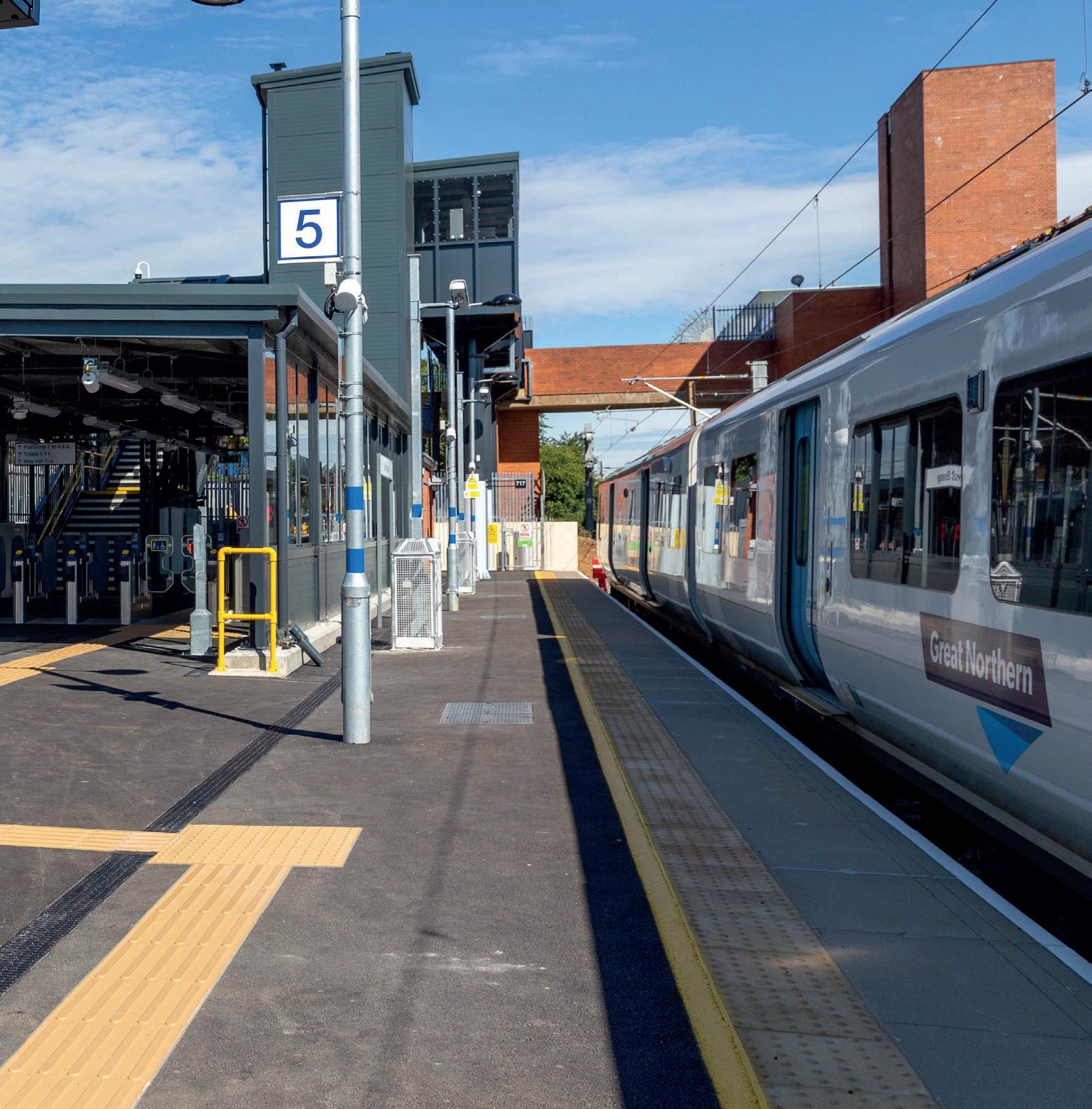



Led by People, Powered by Technology Visit thespencergroup.co.uk to browse our current vacancies • LARGE MULTI-DISCIPLINARY PROJECTS • STATIONS & ACCESS FOR ALL • DEPOTS & SIDINGS • CONTROL CENTRES • E&P AND M&E SERVICES • BRIDGES • CAR PARKS































































































 Operated during the day or at night
Operated during the day or at night



































































































































 Richard Allen Dip CII, NEBOSH Client Director - Jobson James Rail
Richard Allen Dip CII, NEBOSH Client Director - Jobson James Rail













































































































































 Above: Adrian Shooter tribute Image: Chiltern Railways
Above: Adrian Shooter tribute Image: Chiltern Railways





















































 Above: 1862 Edgware Road
Above: 1862 Edgware Road








































































































































































































